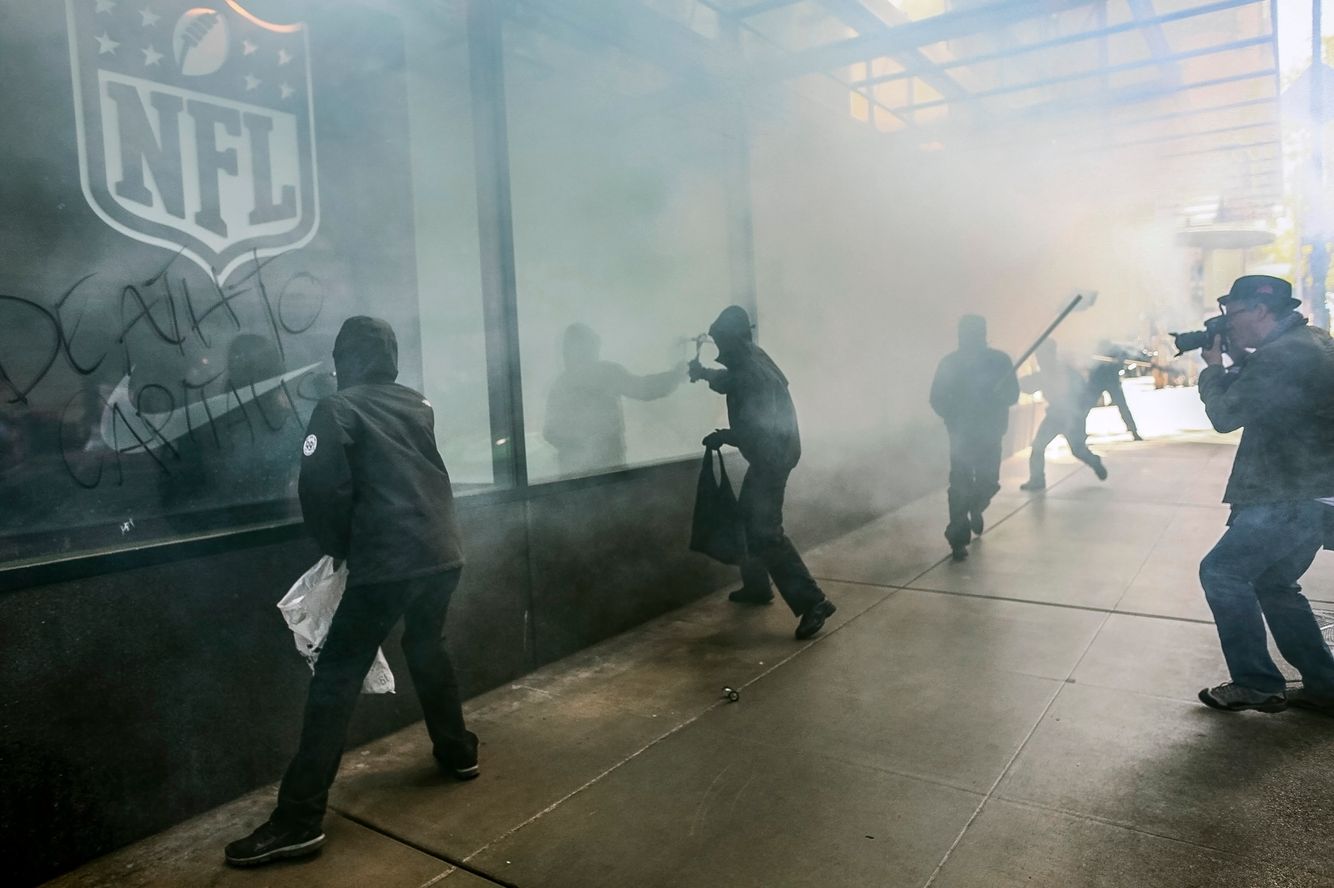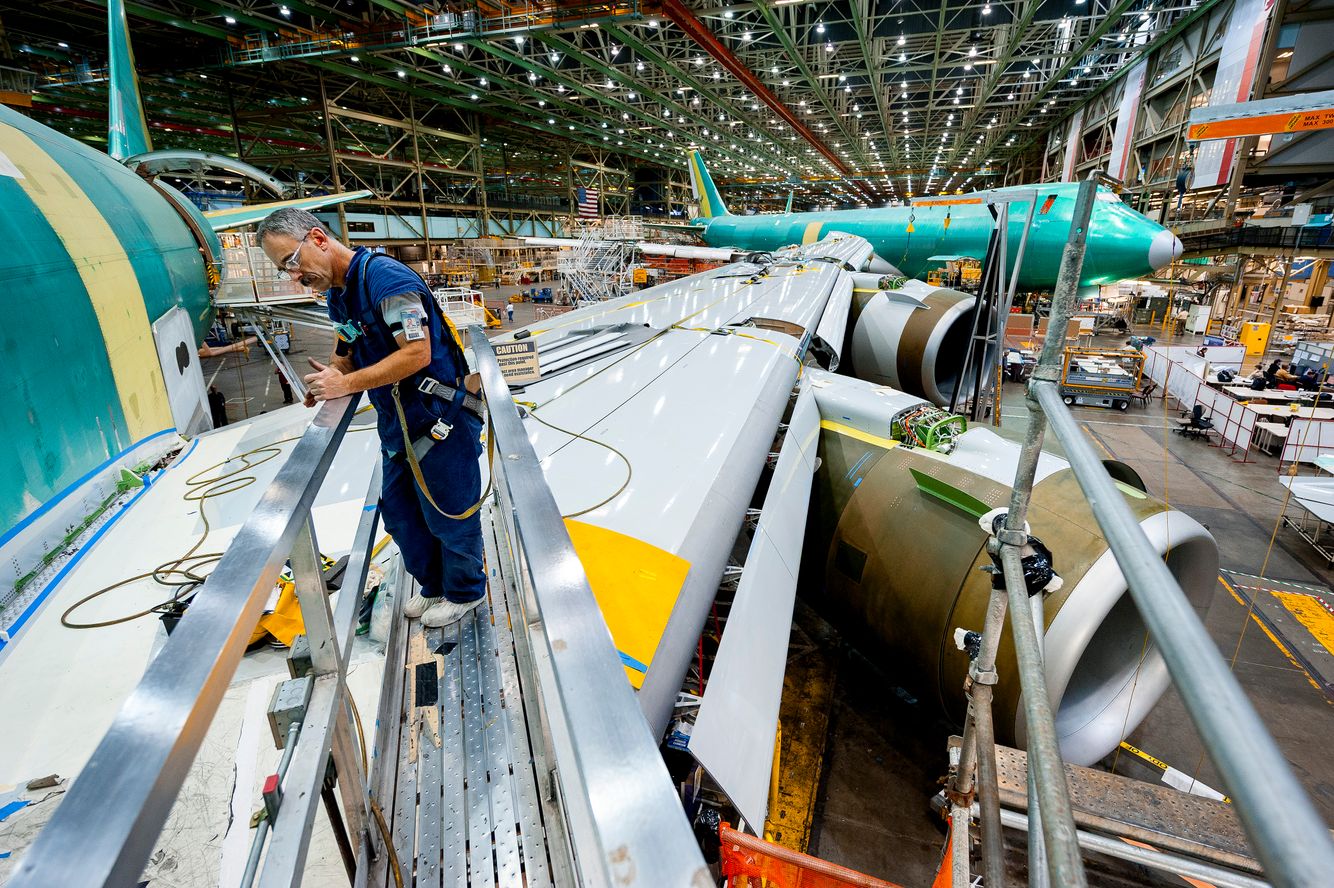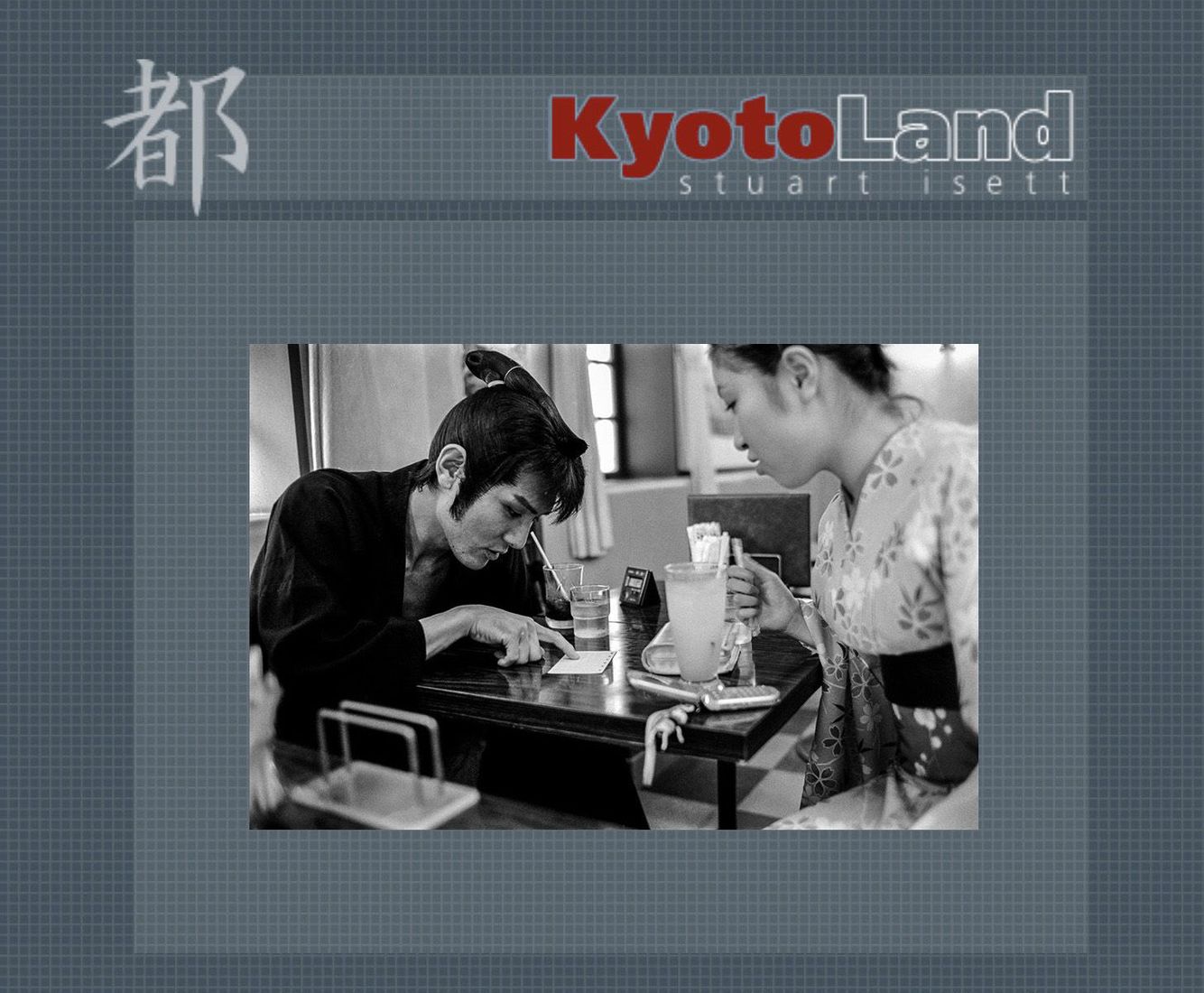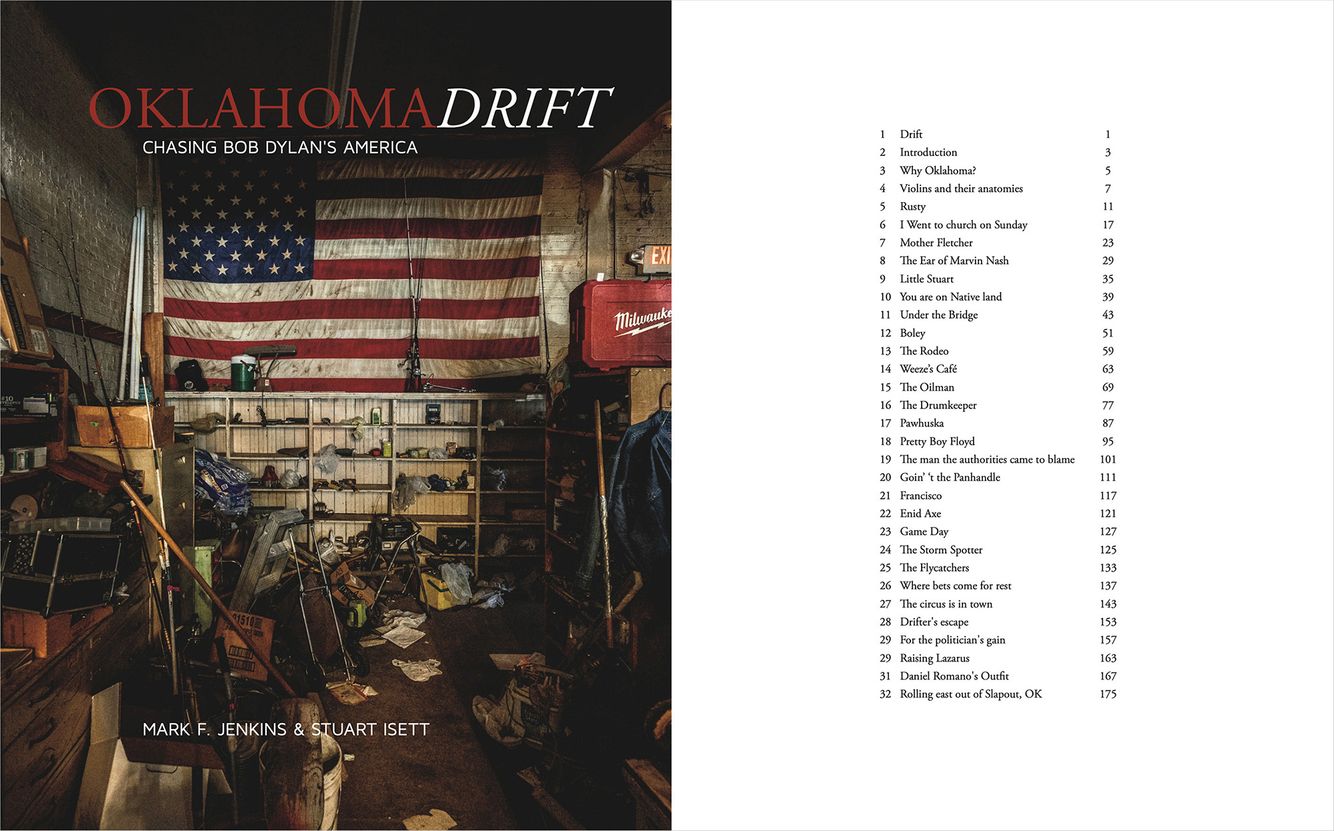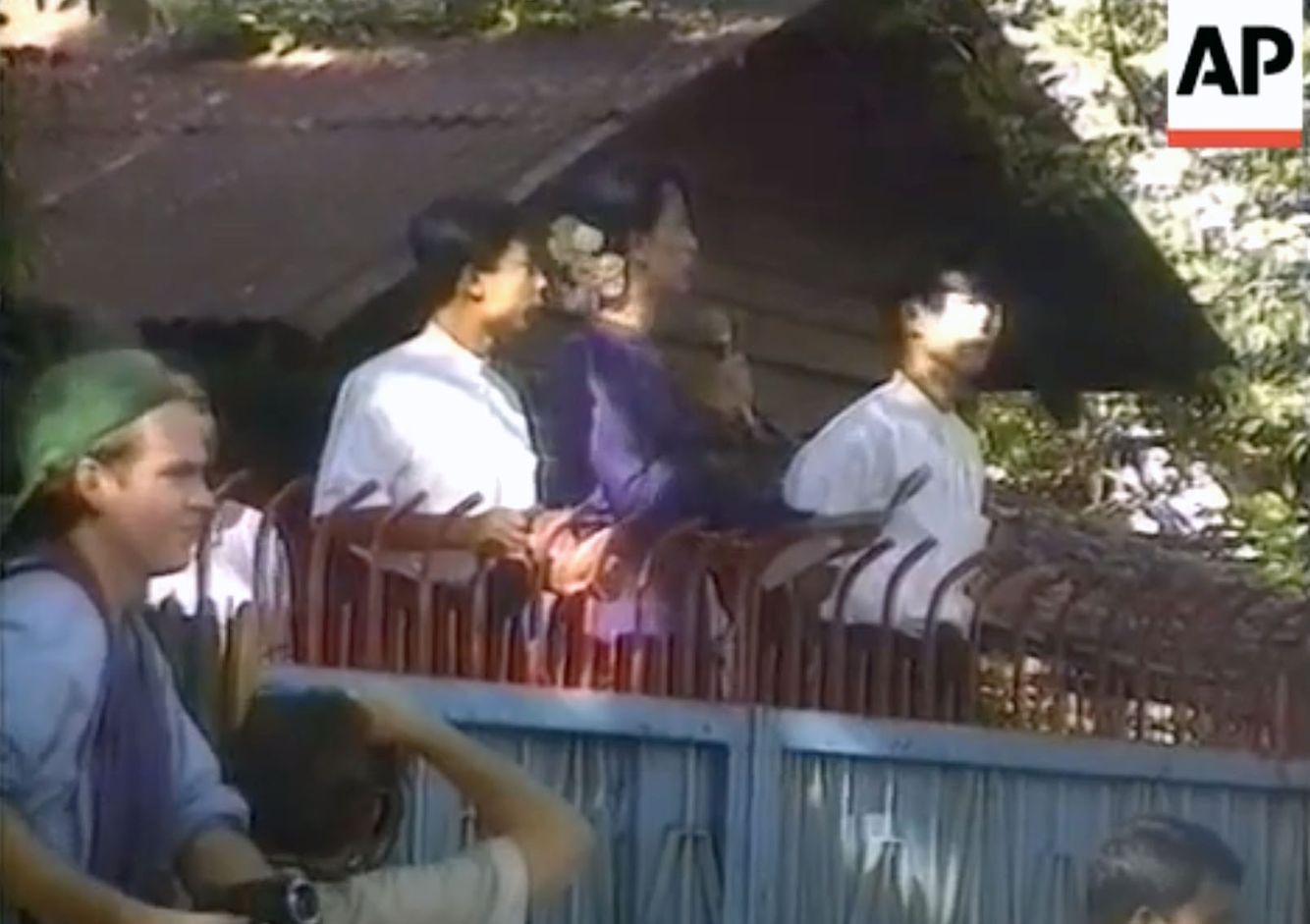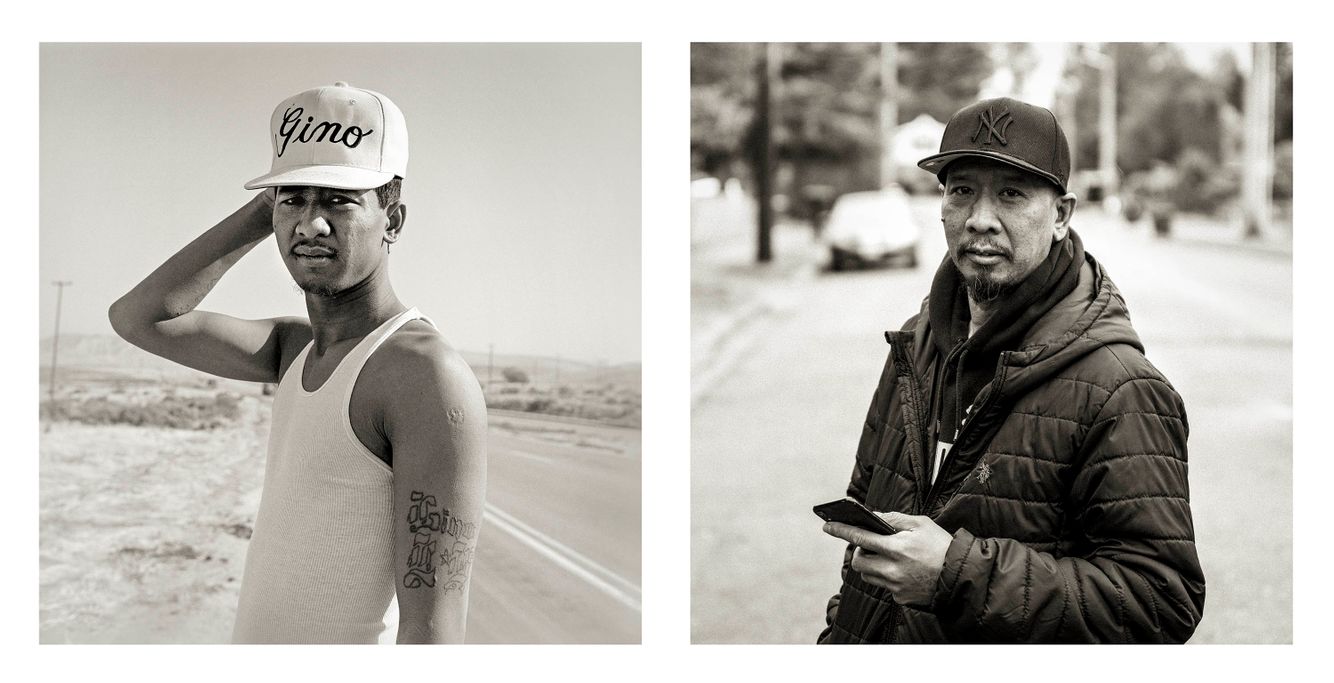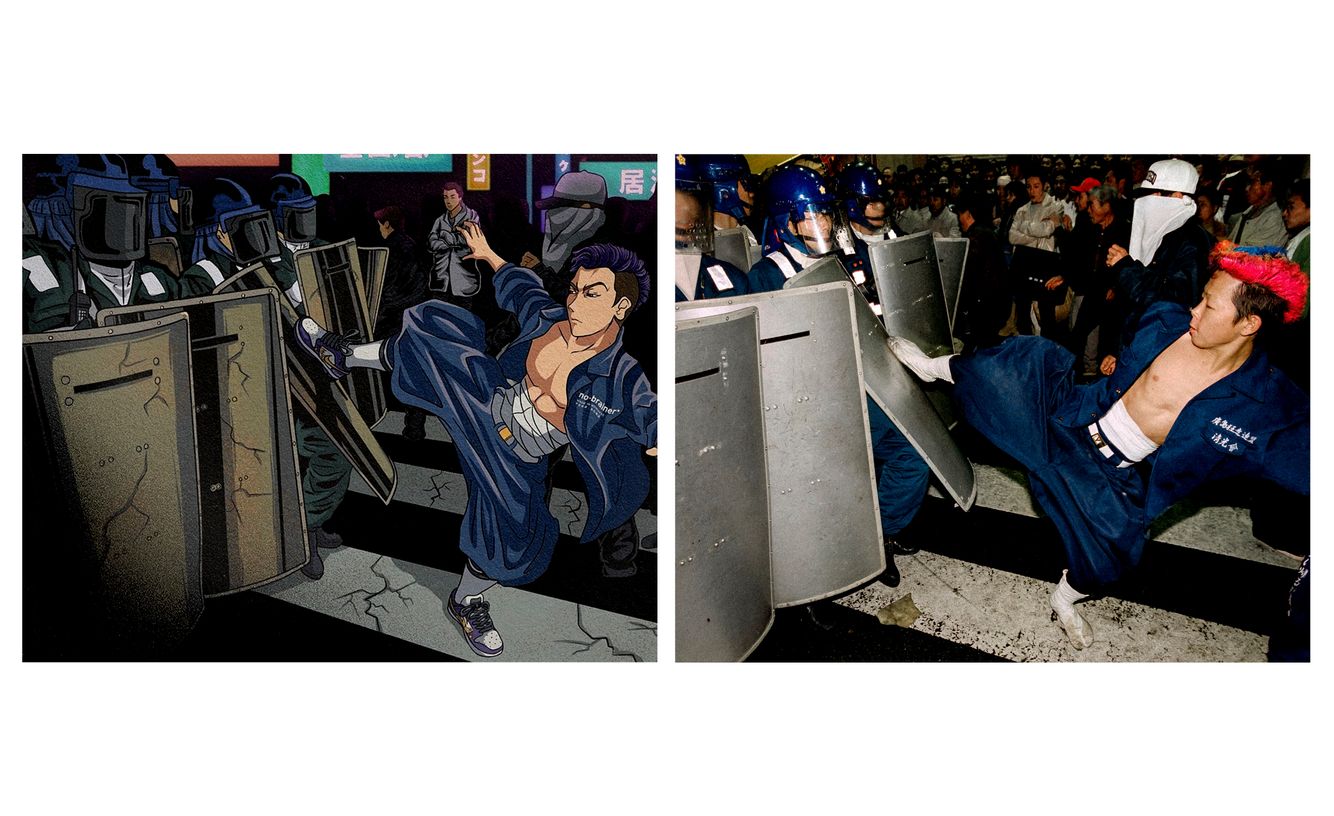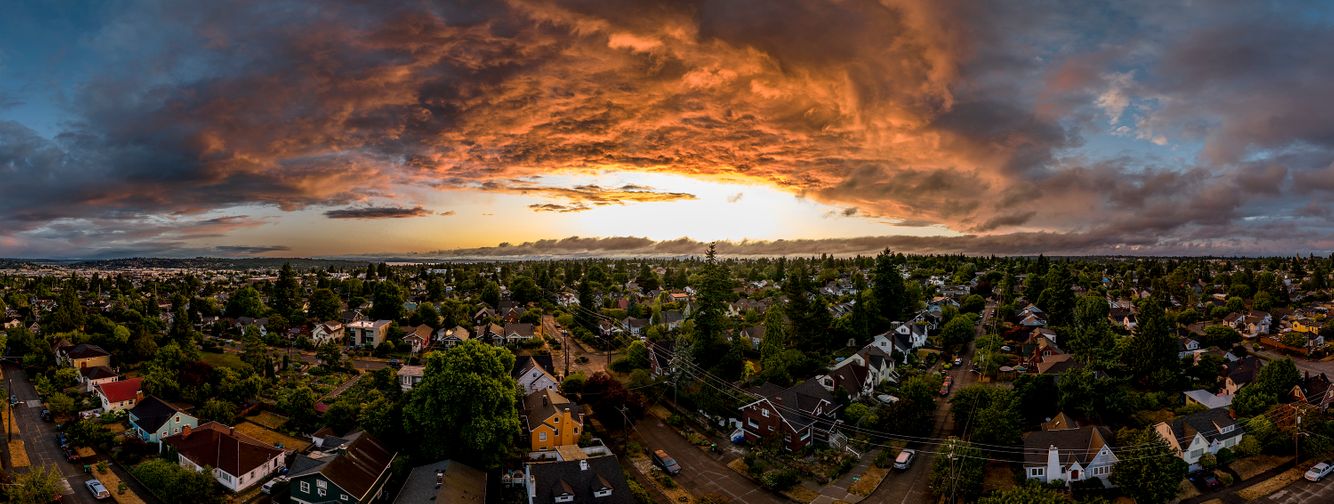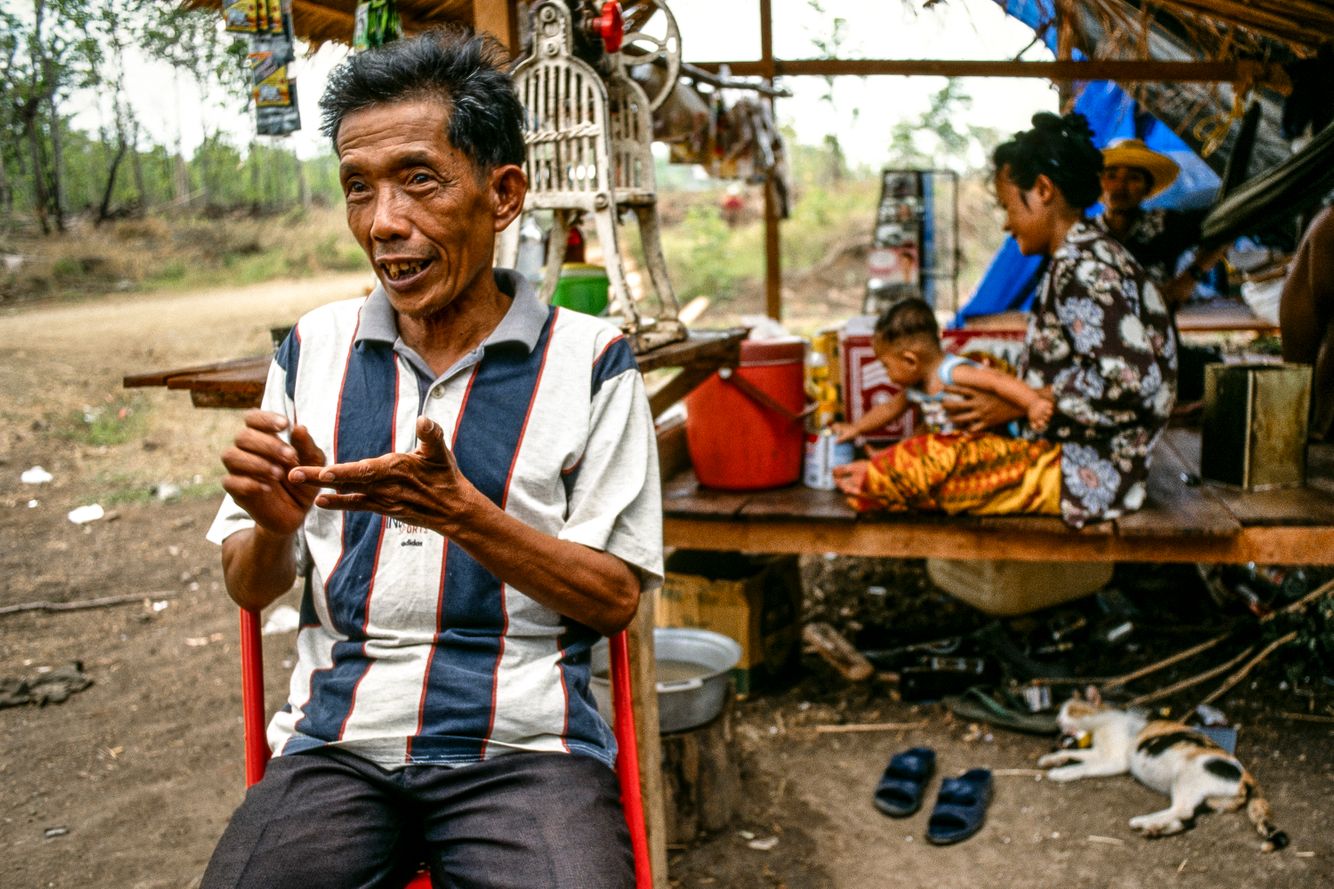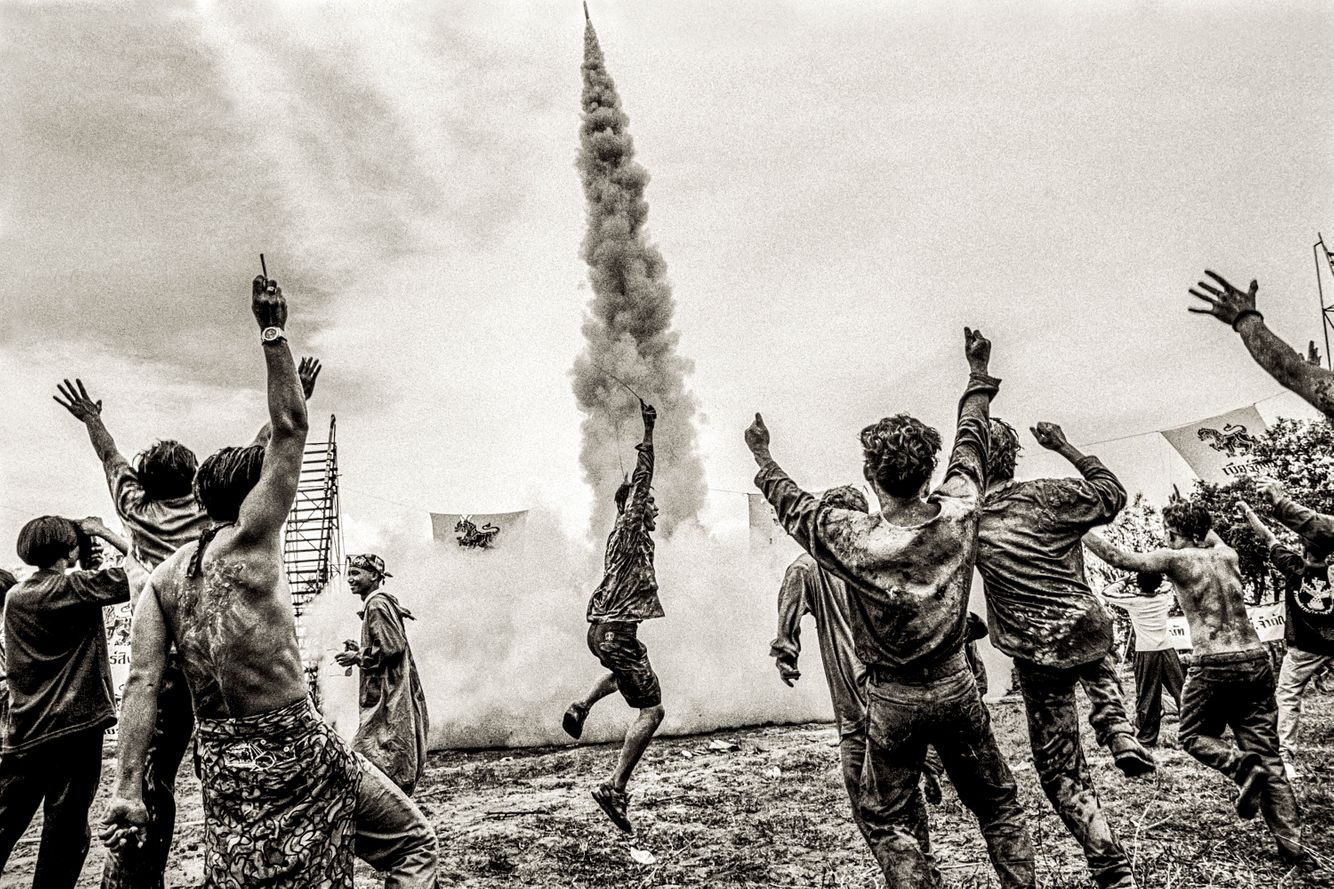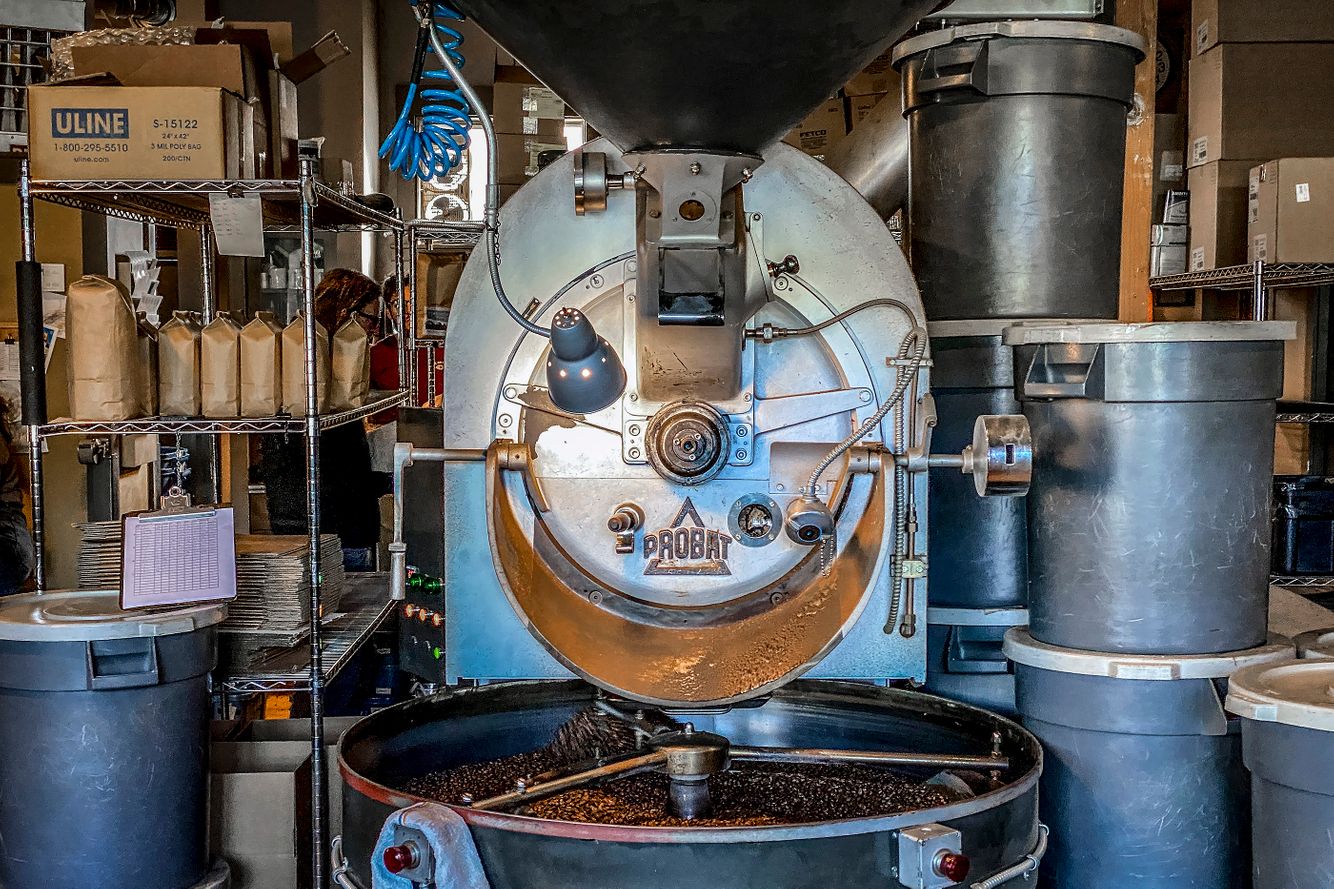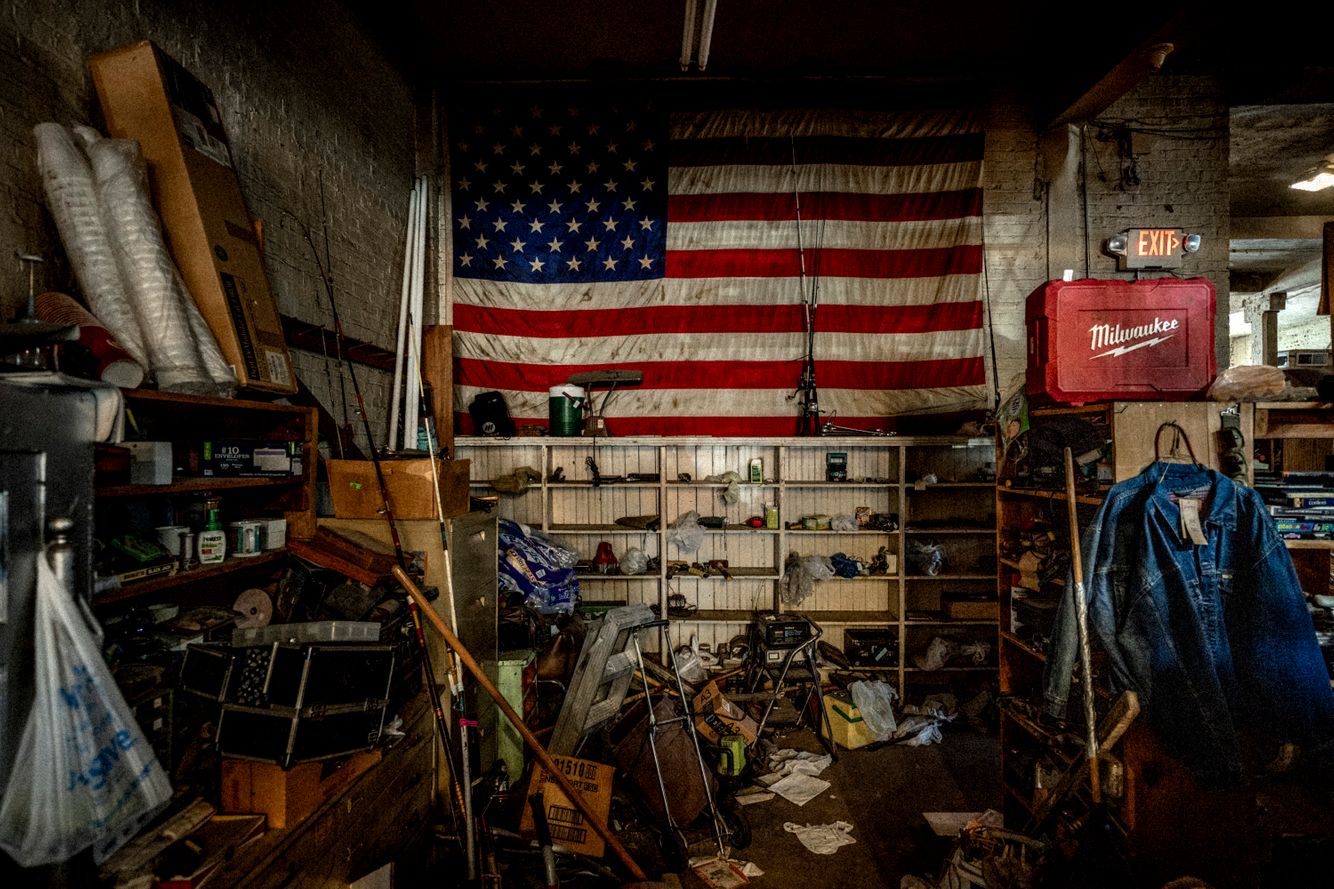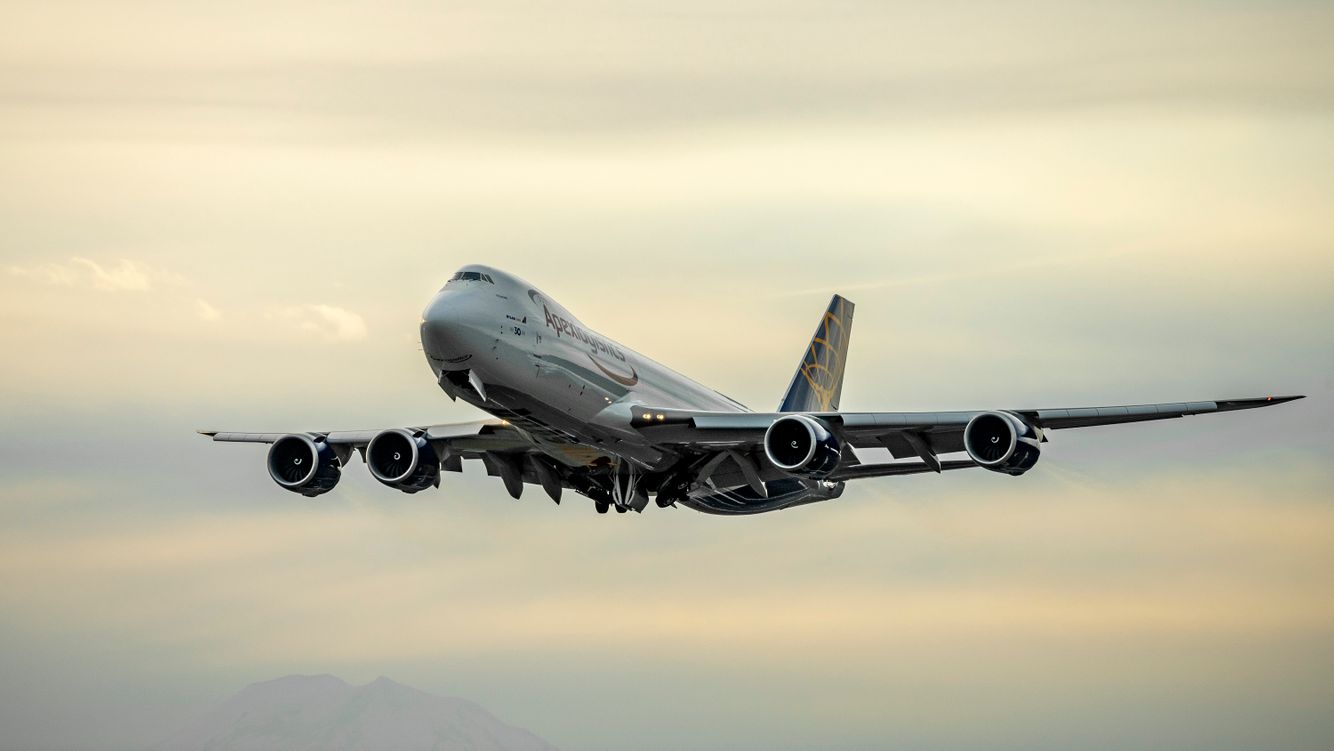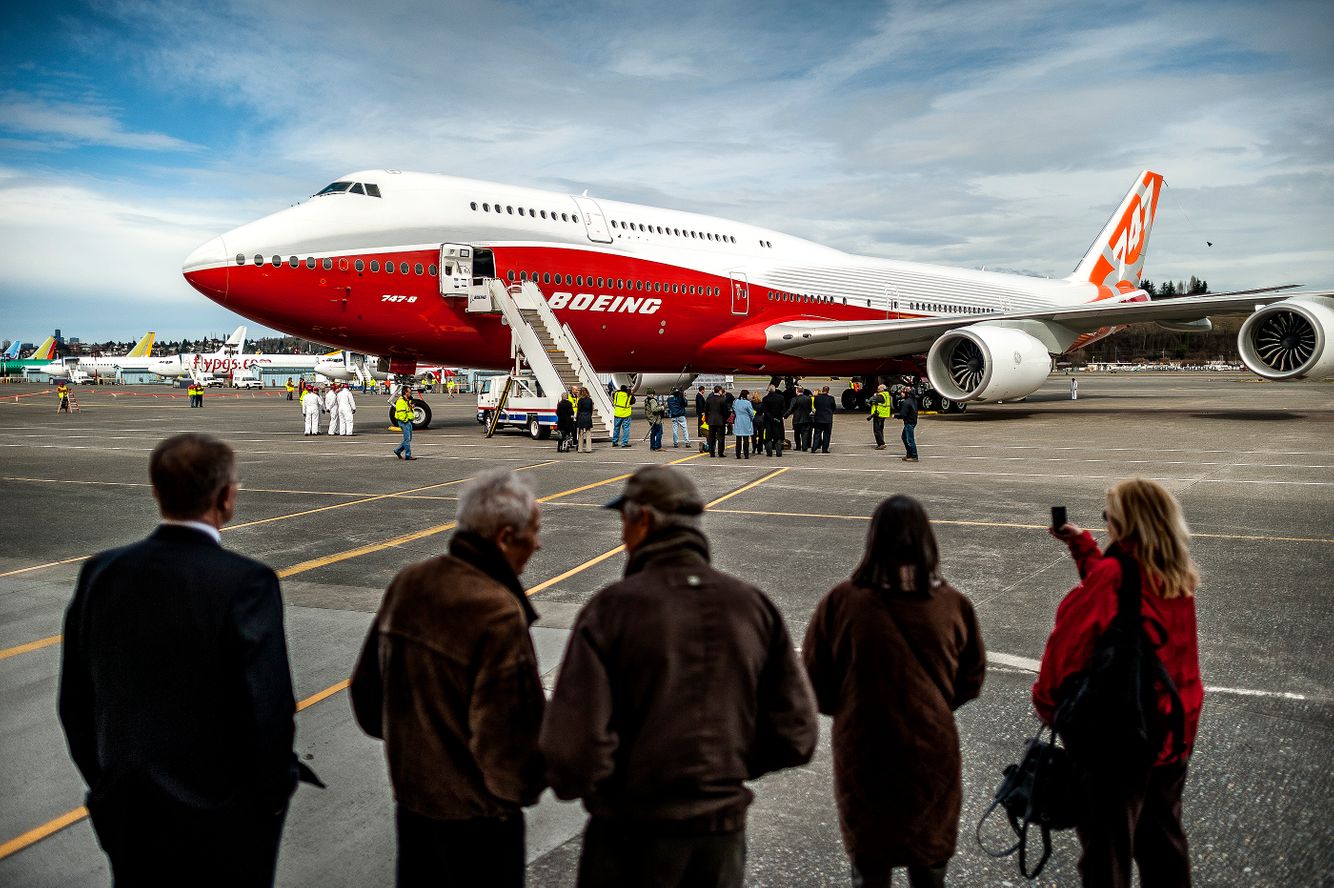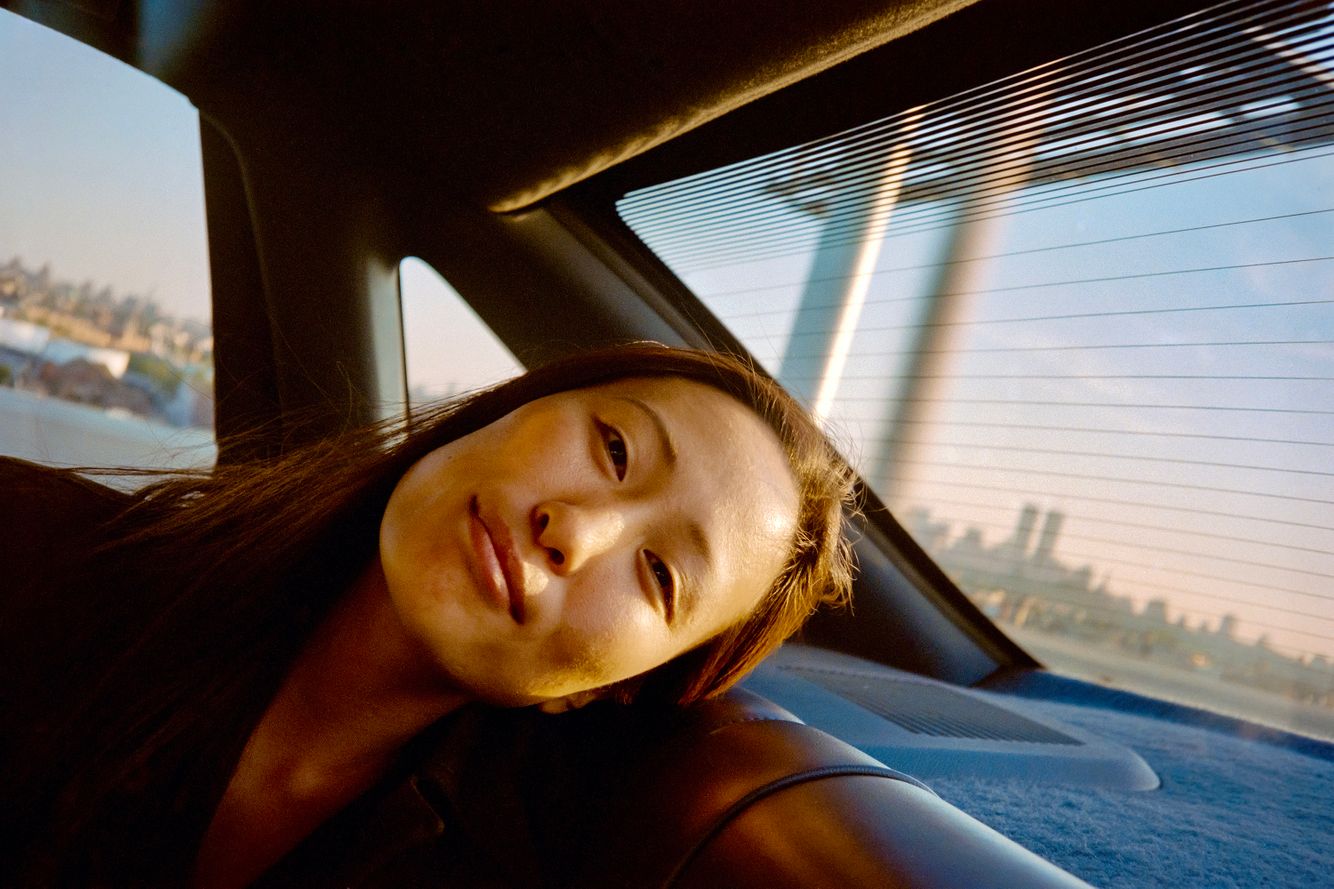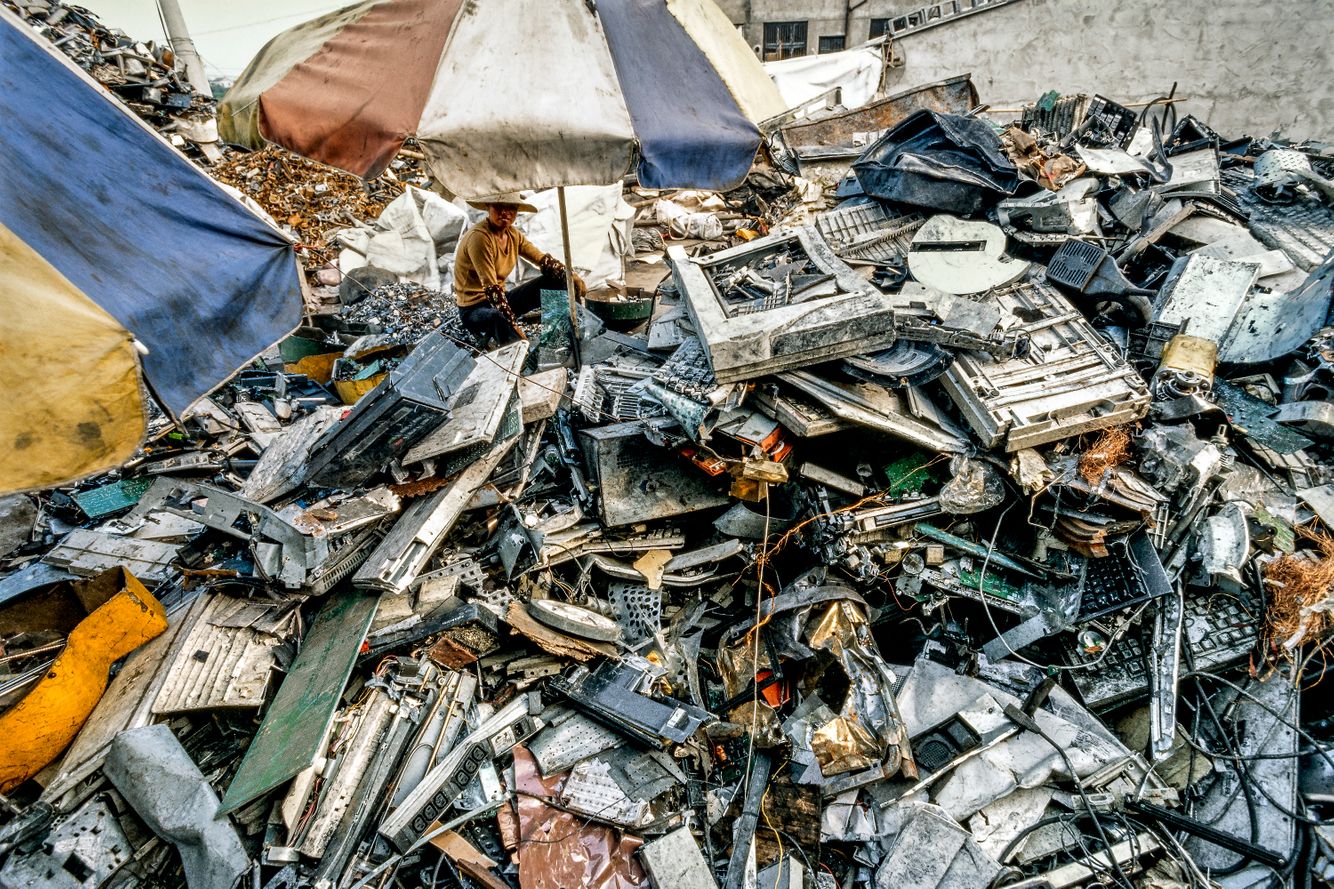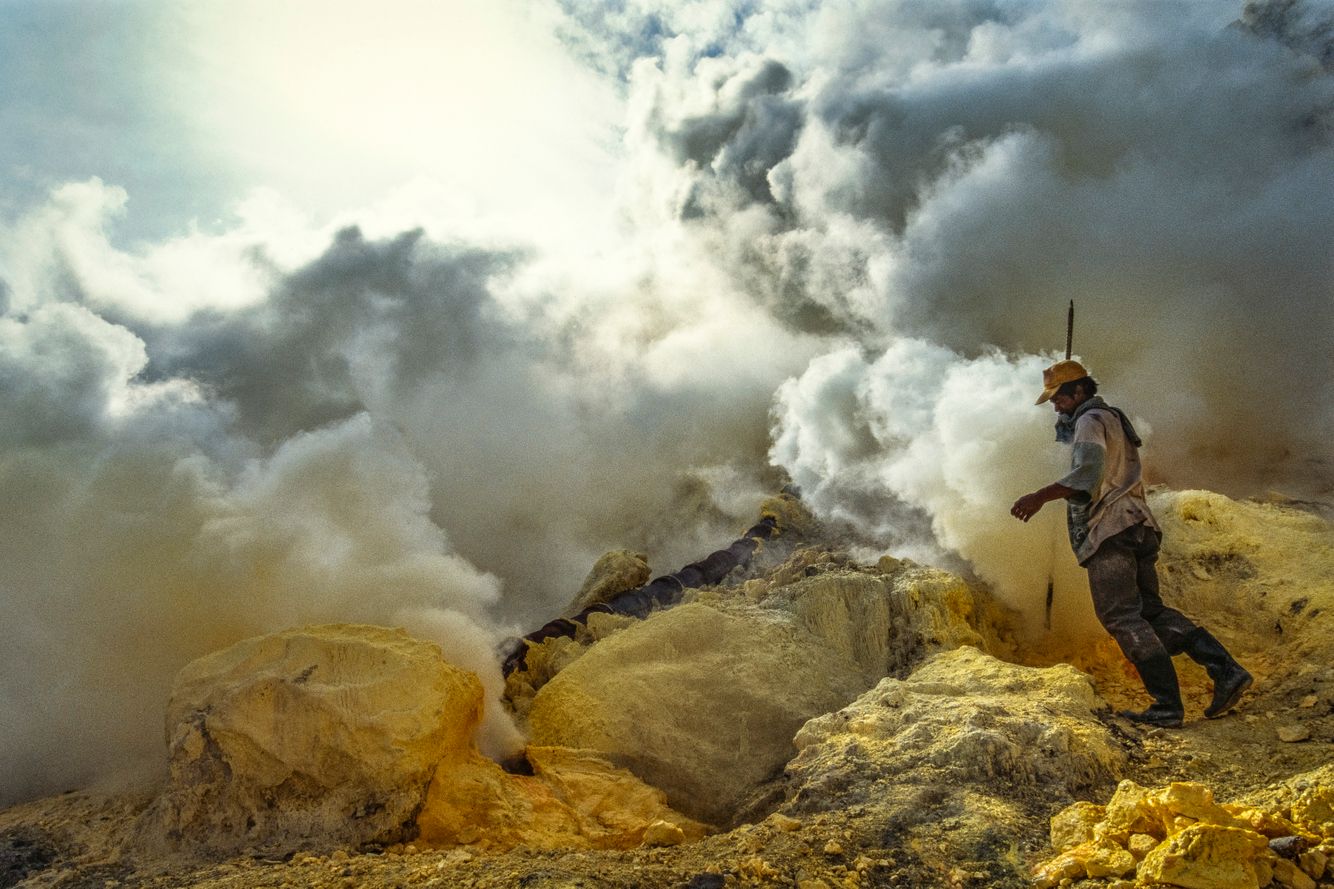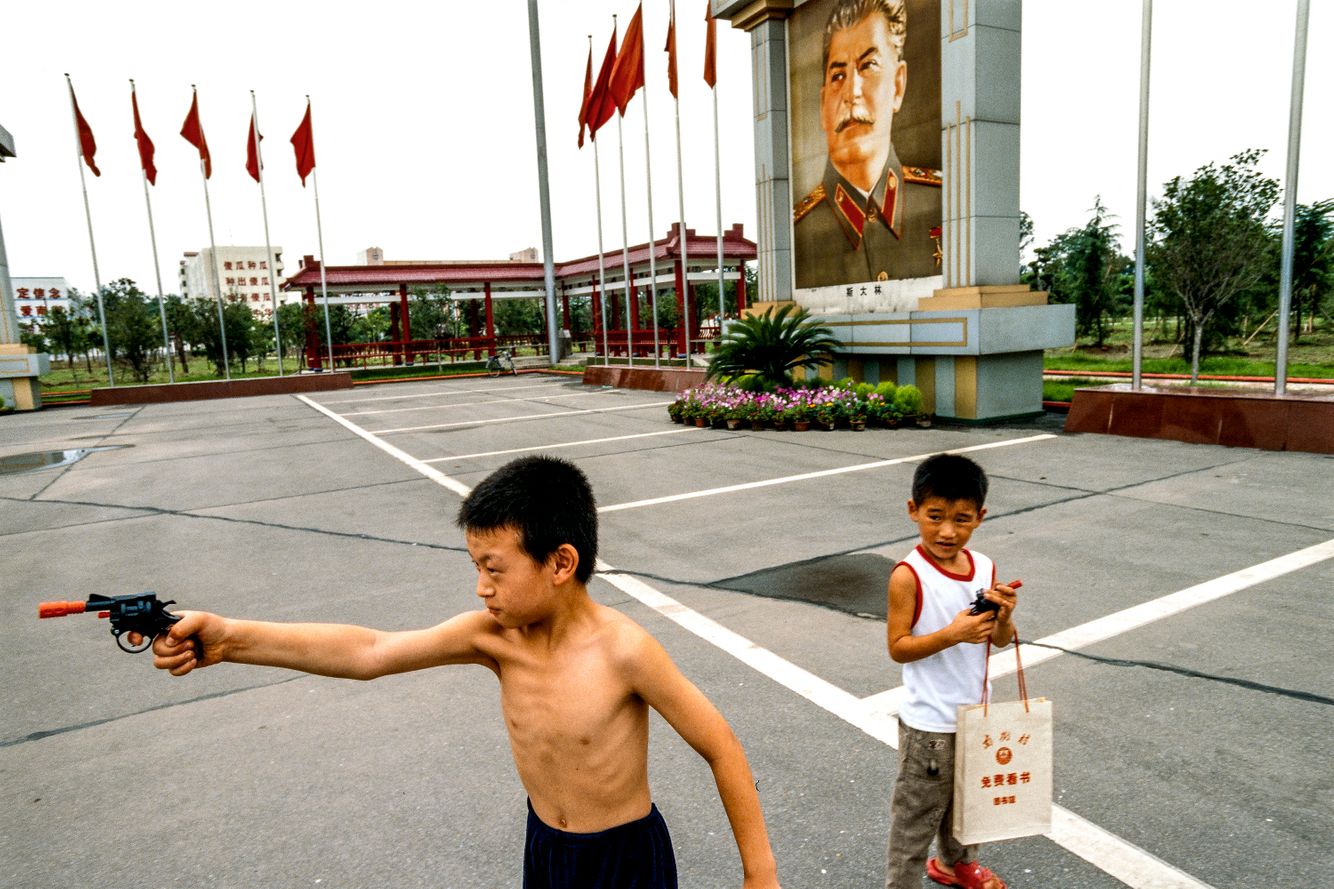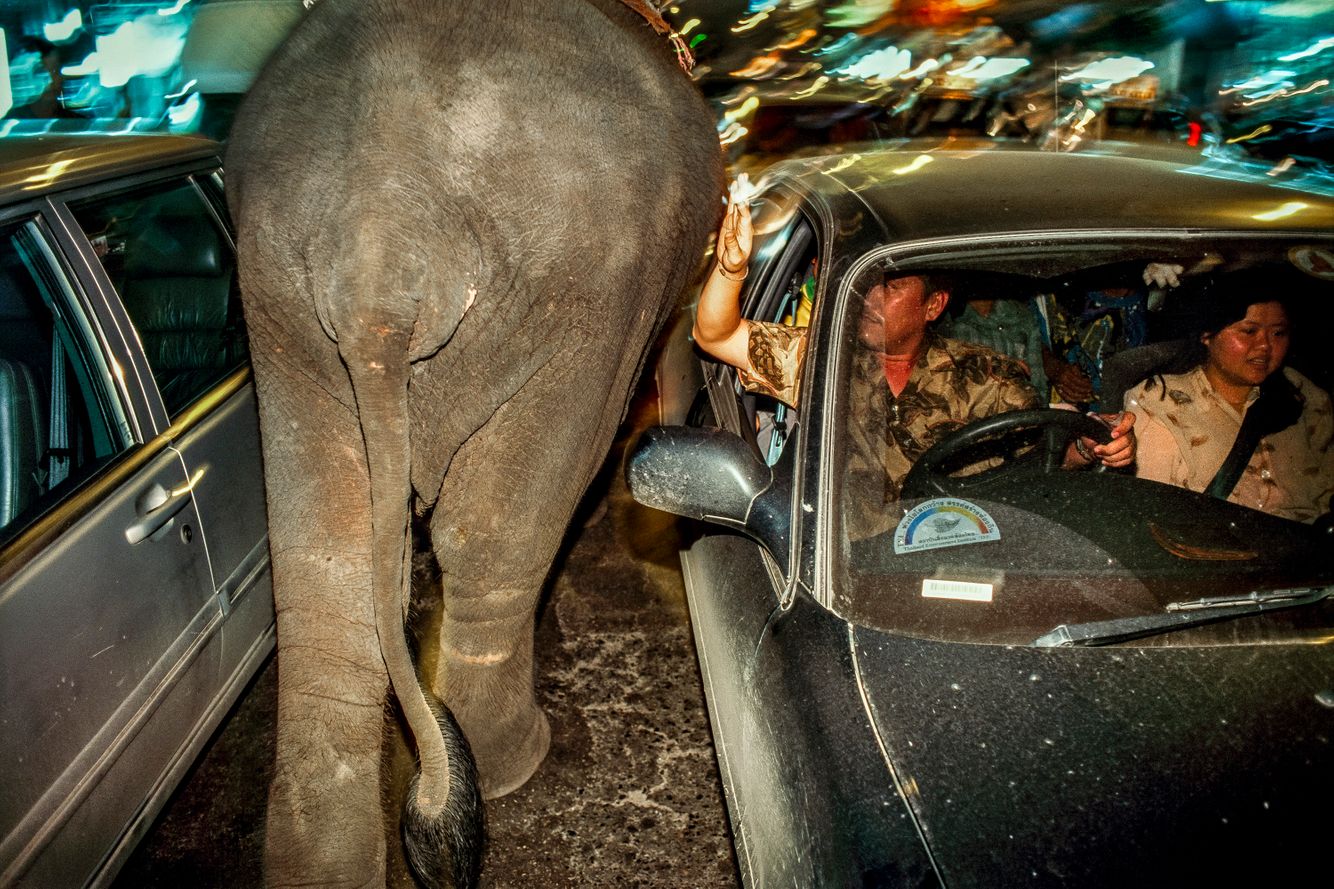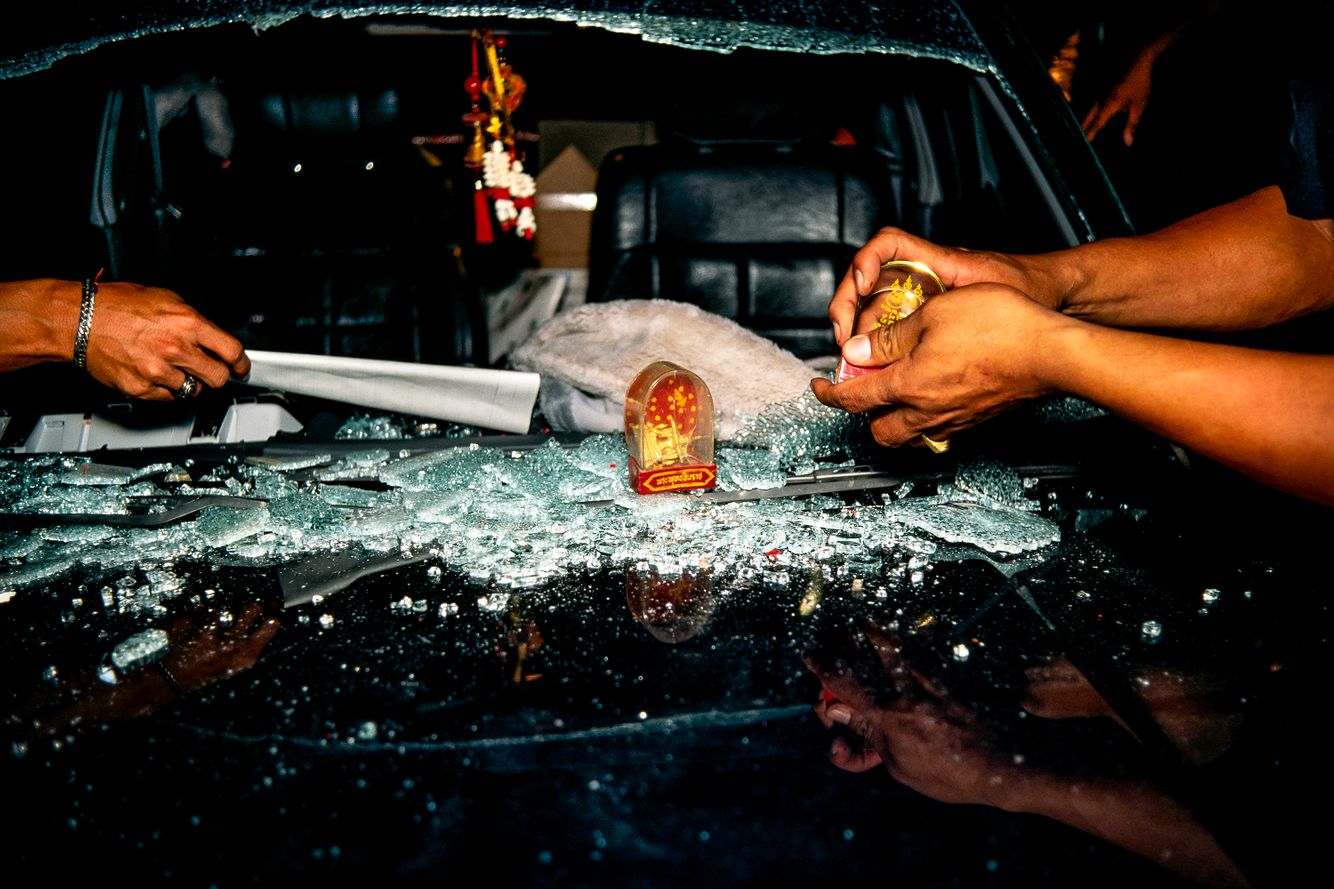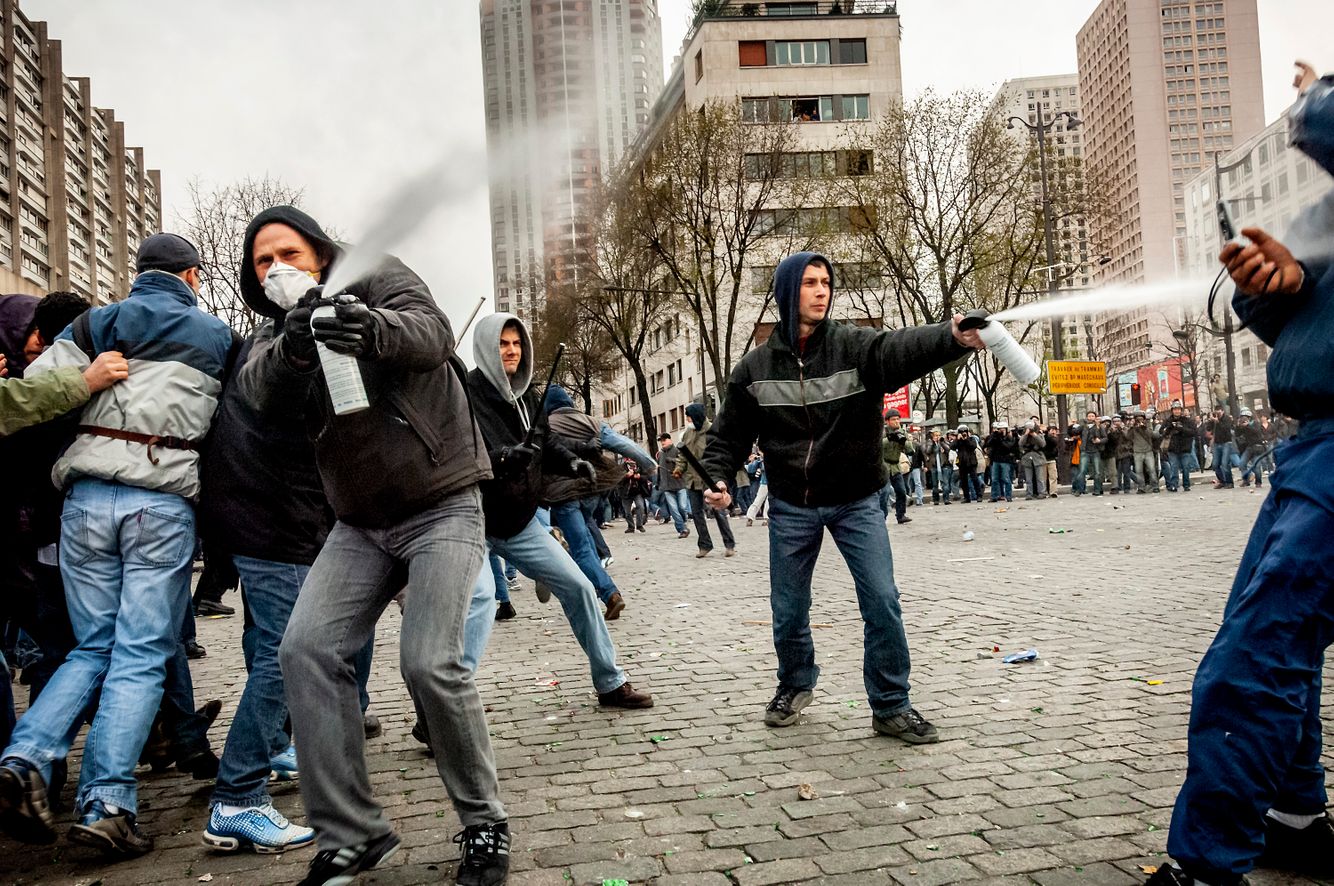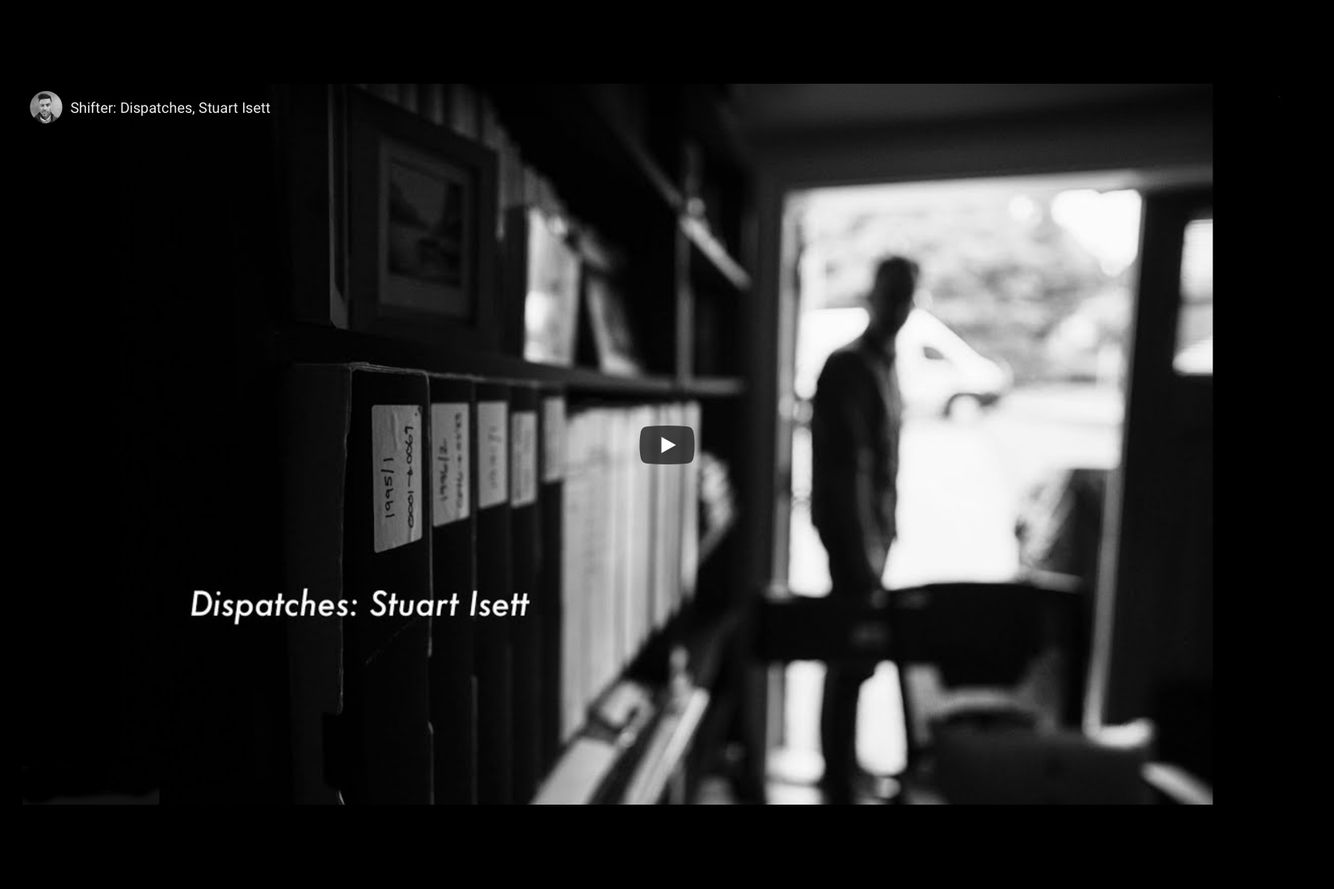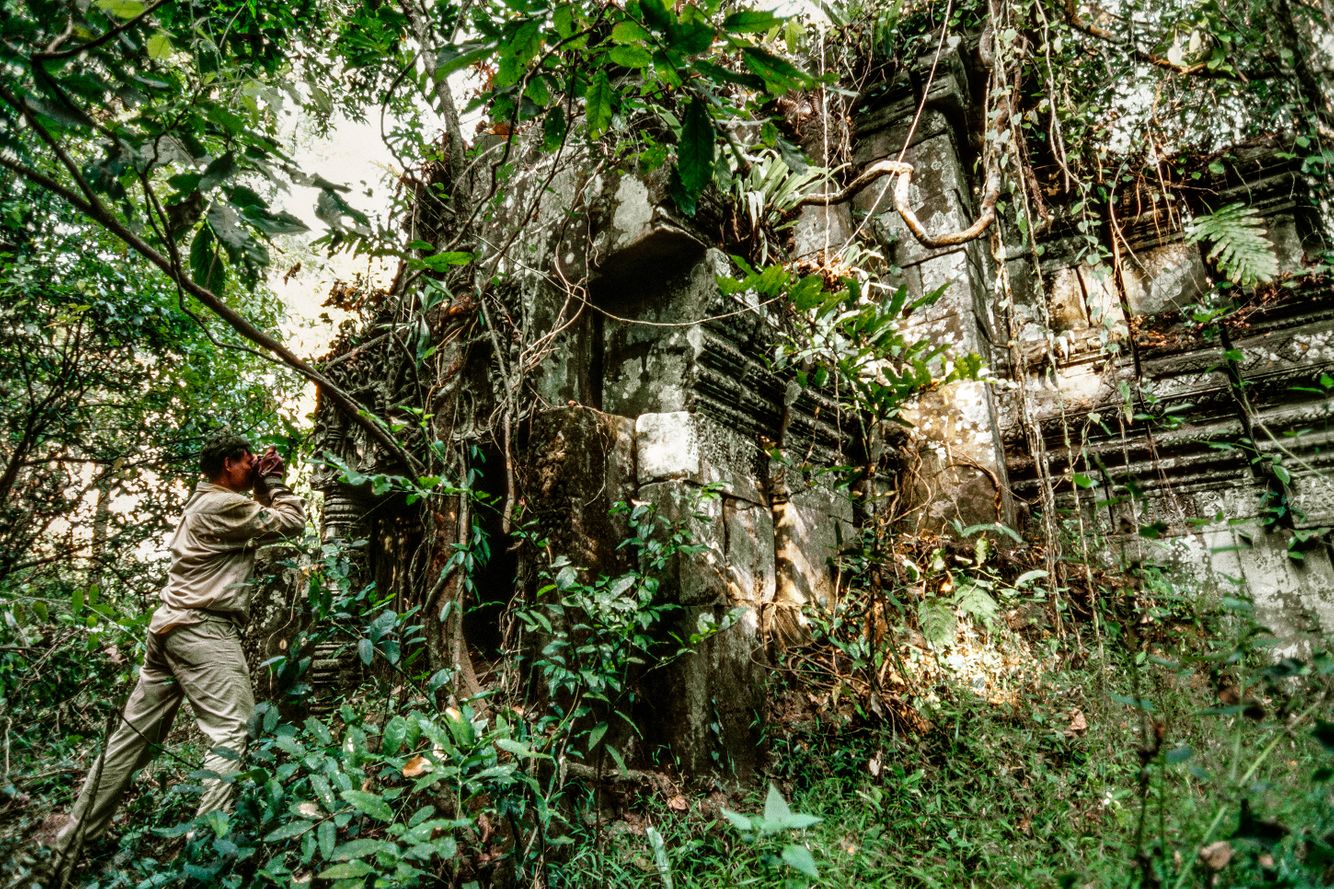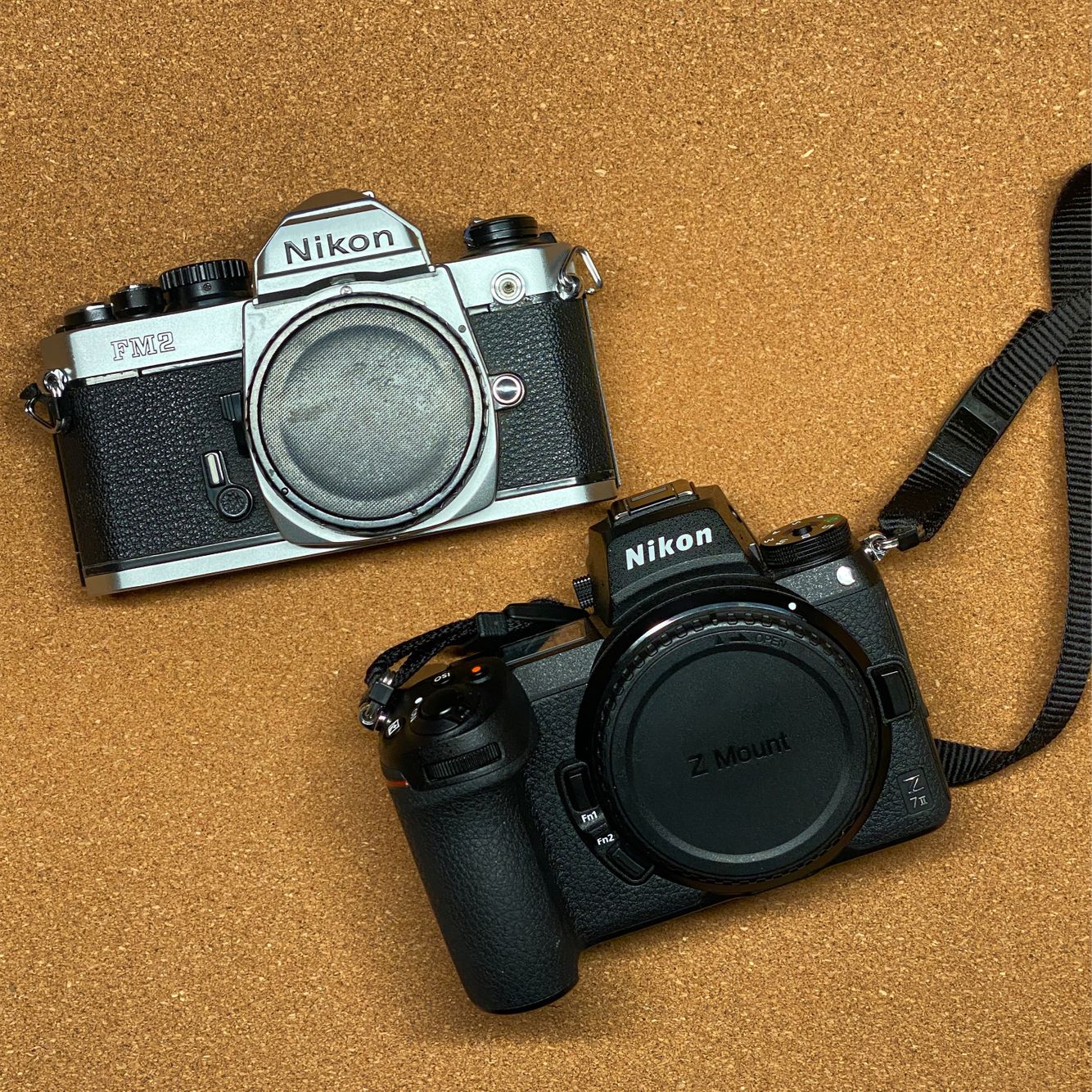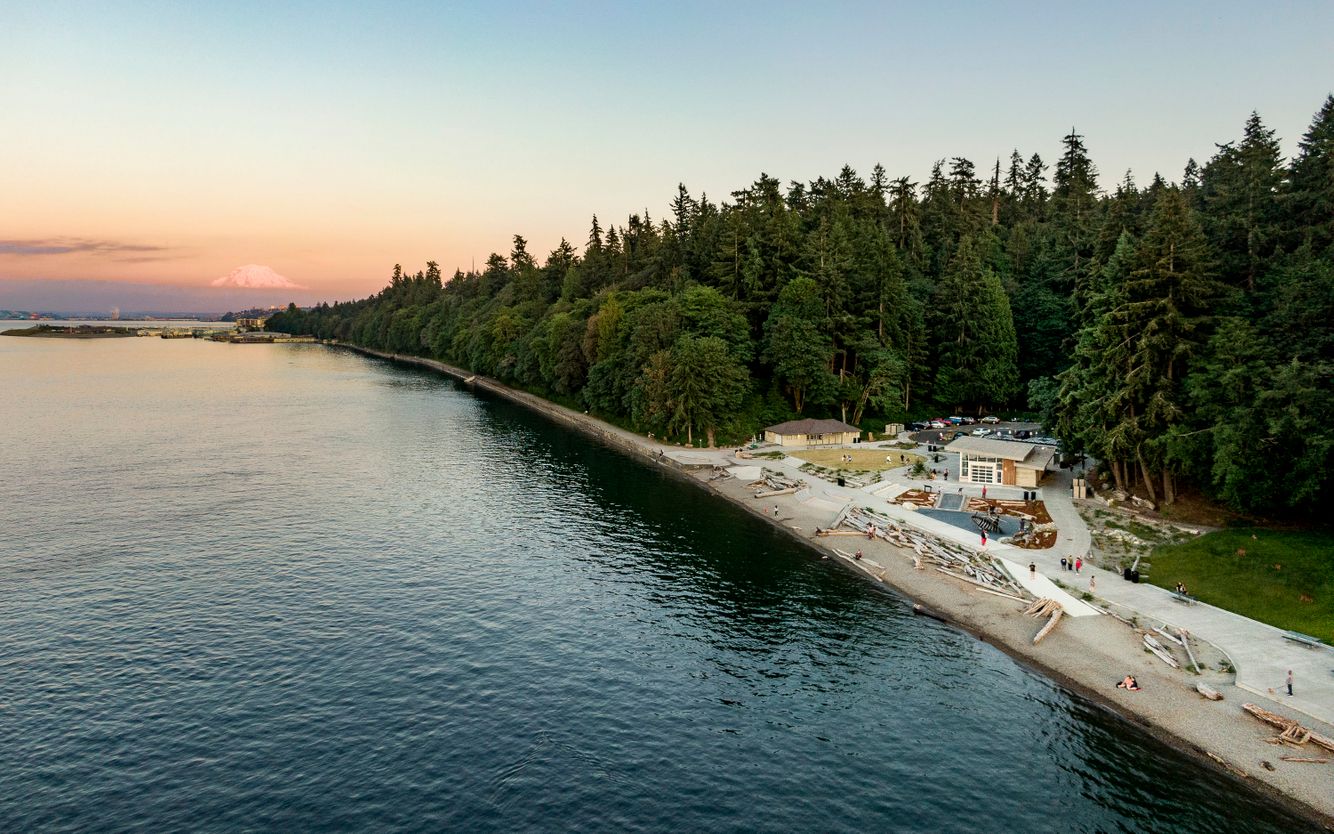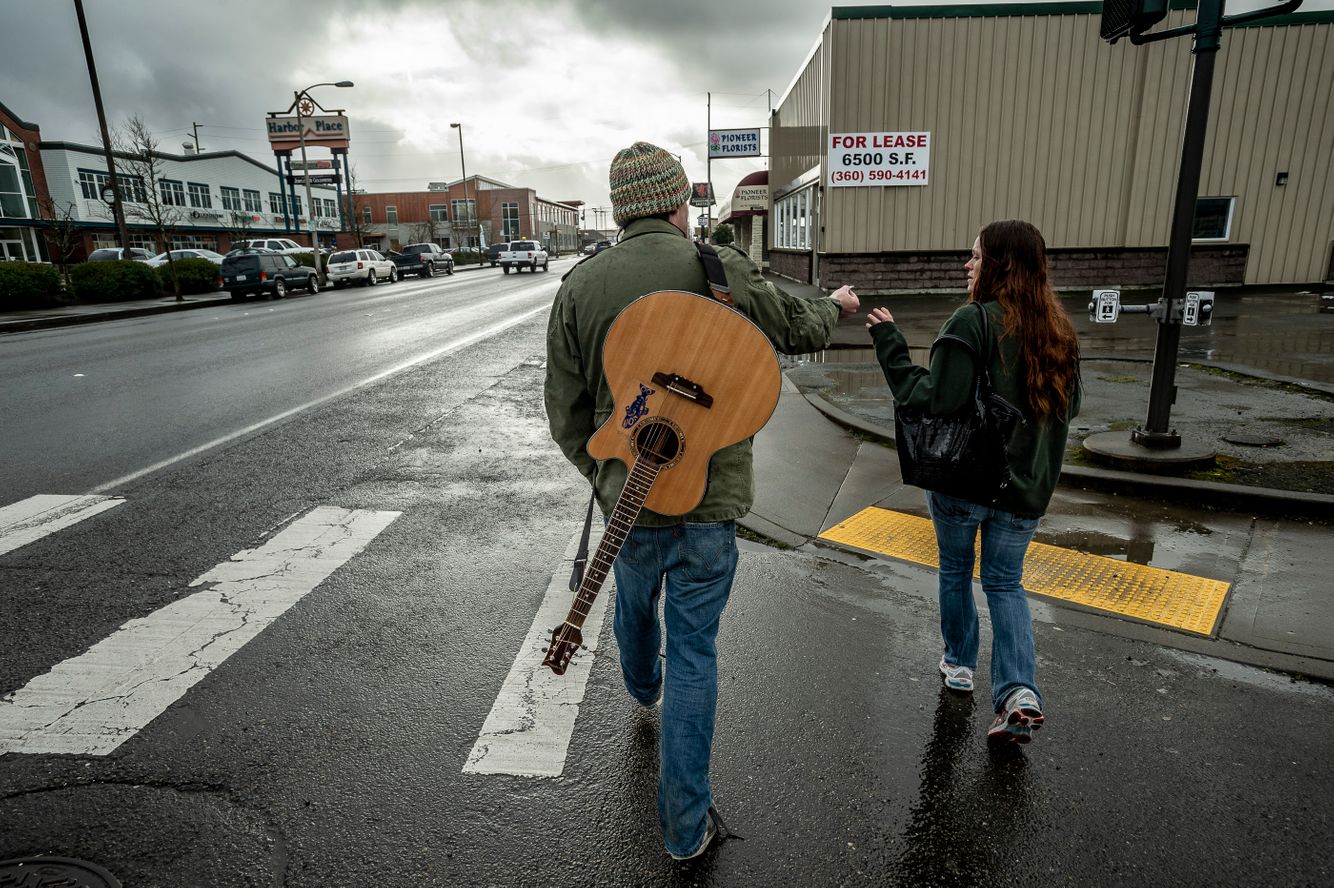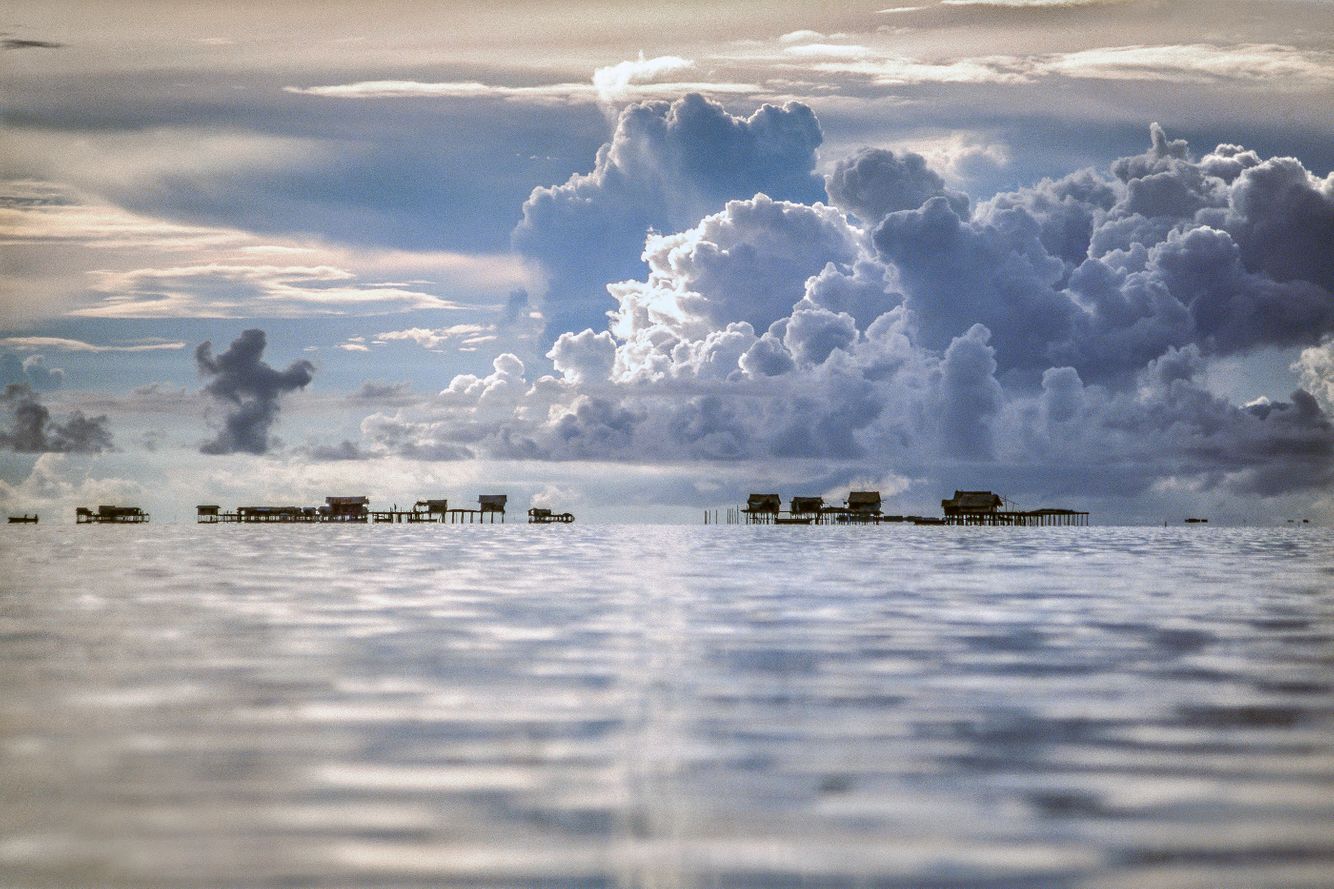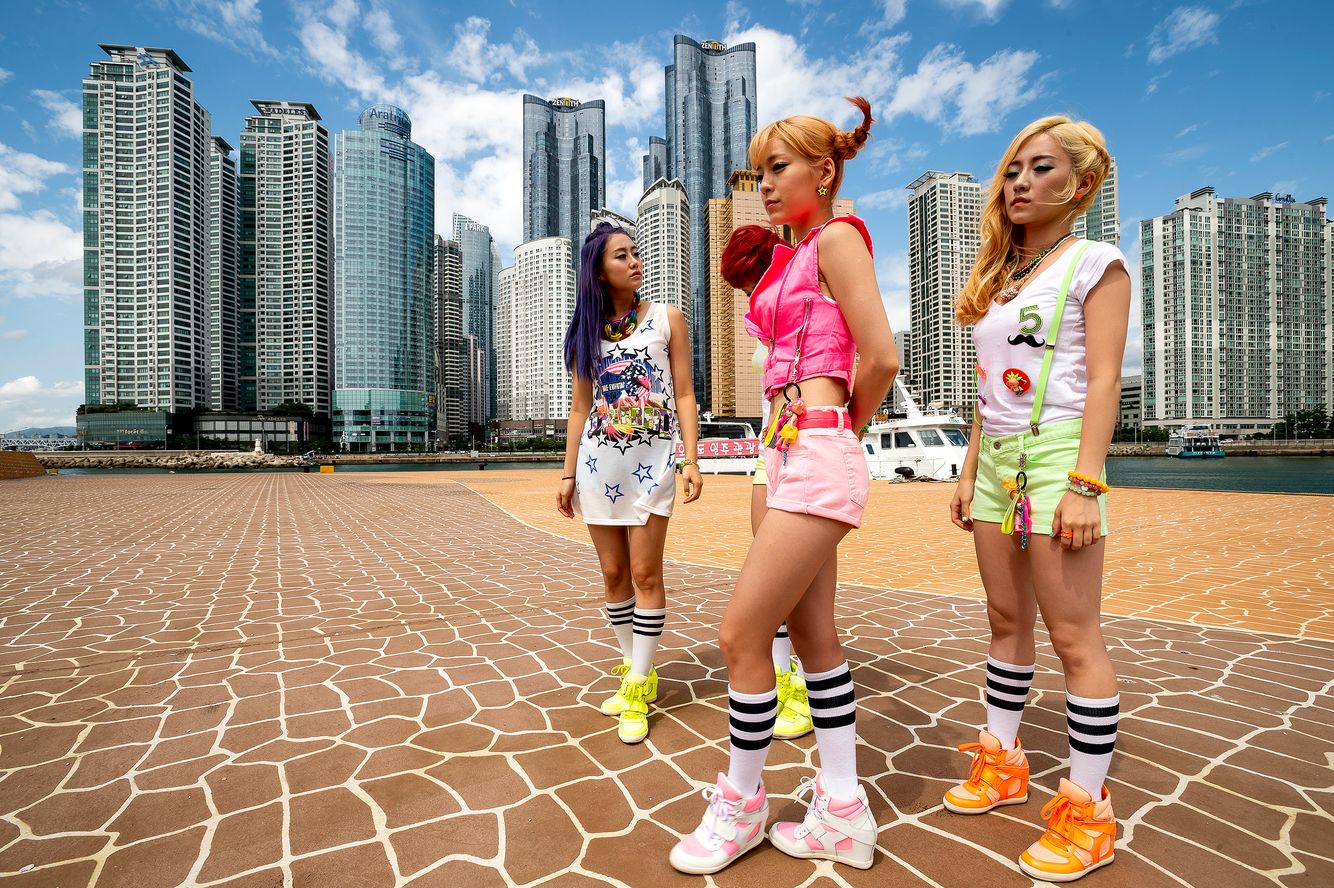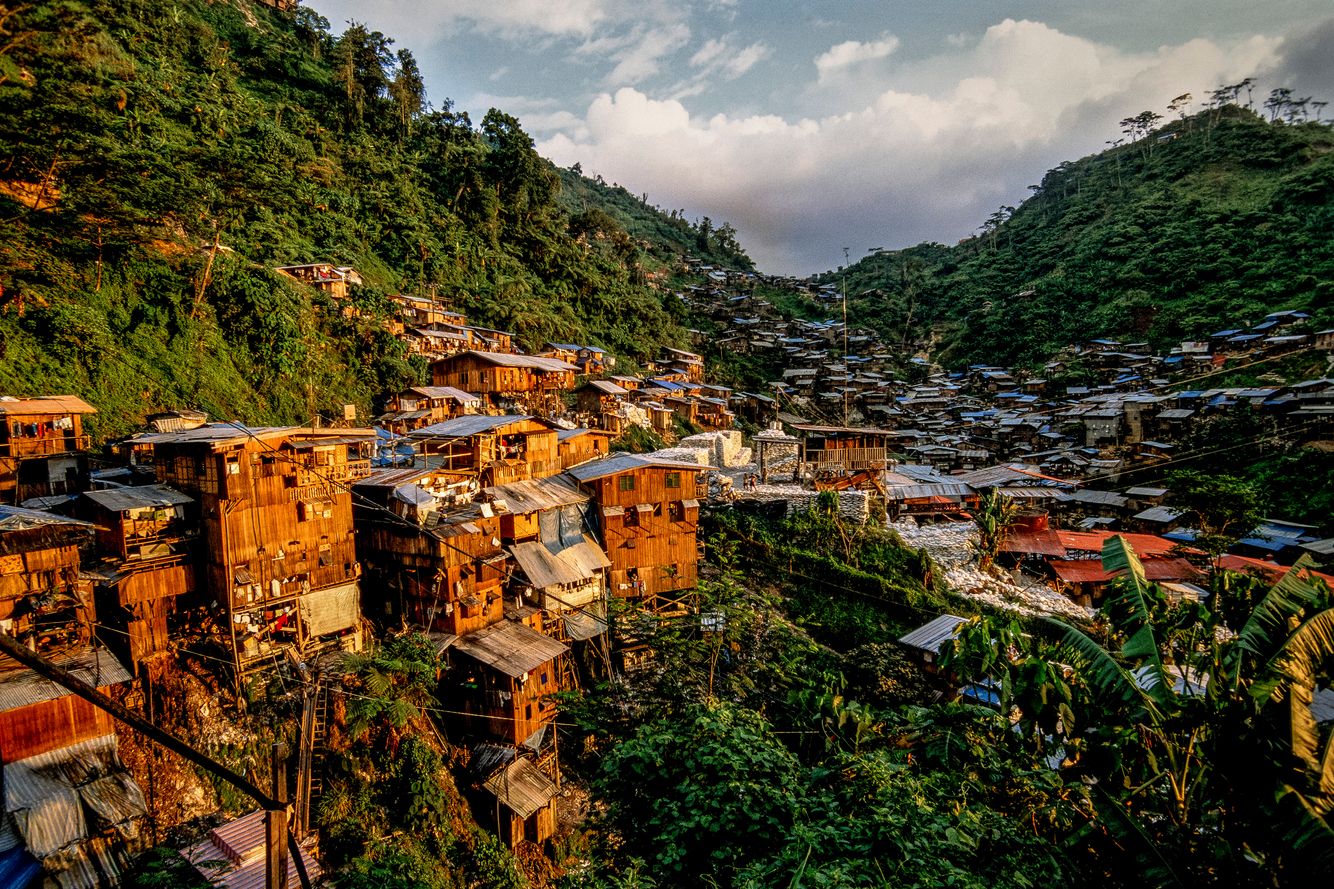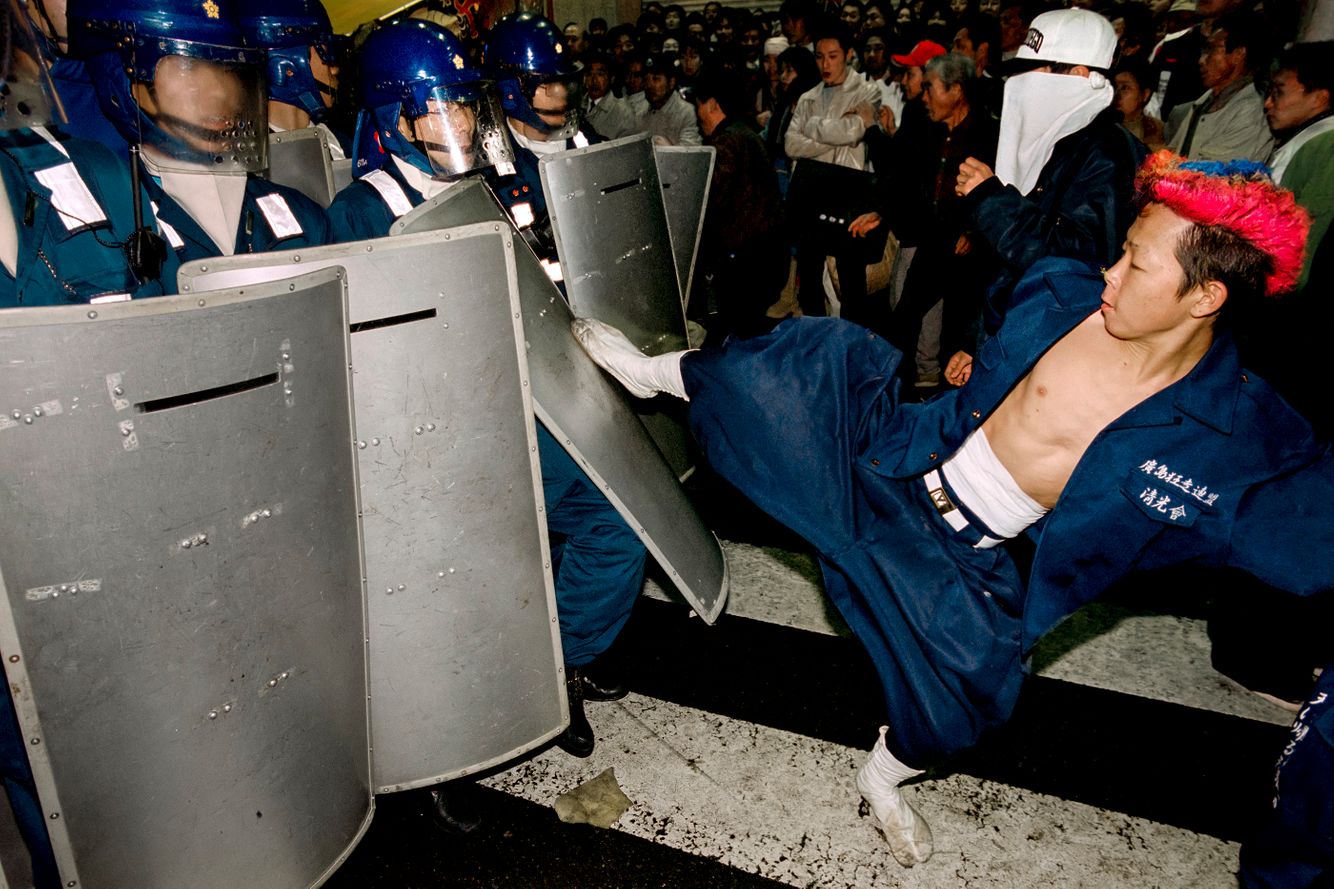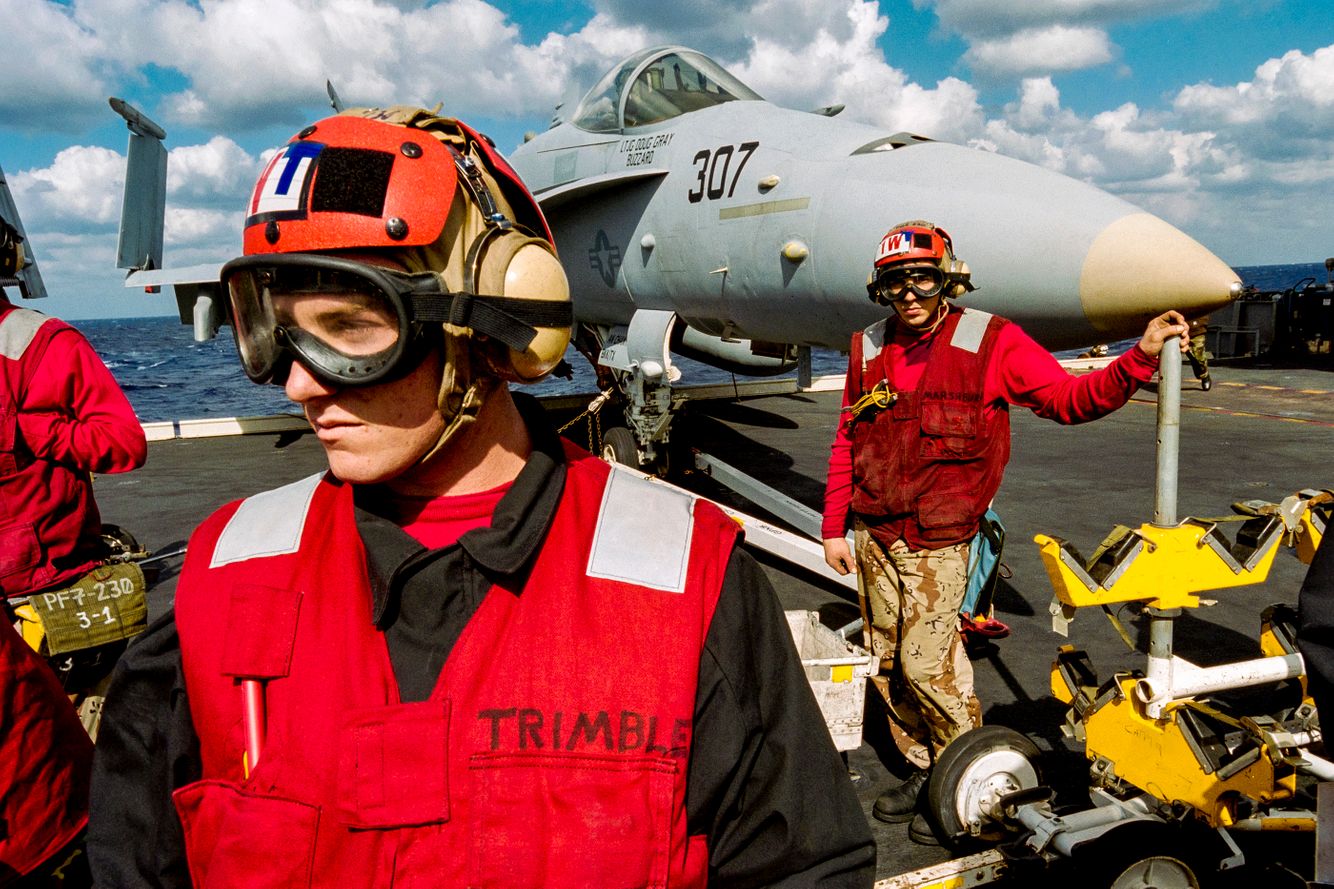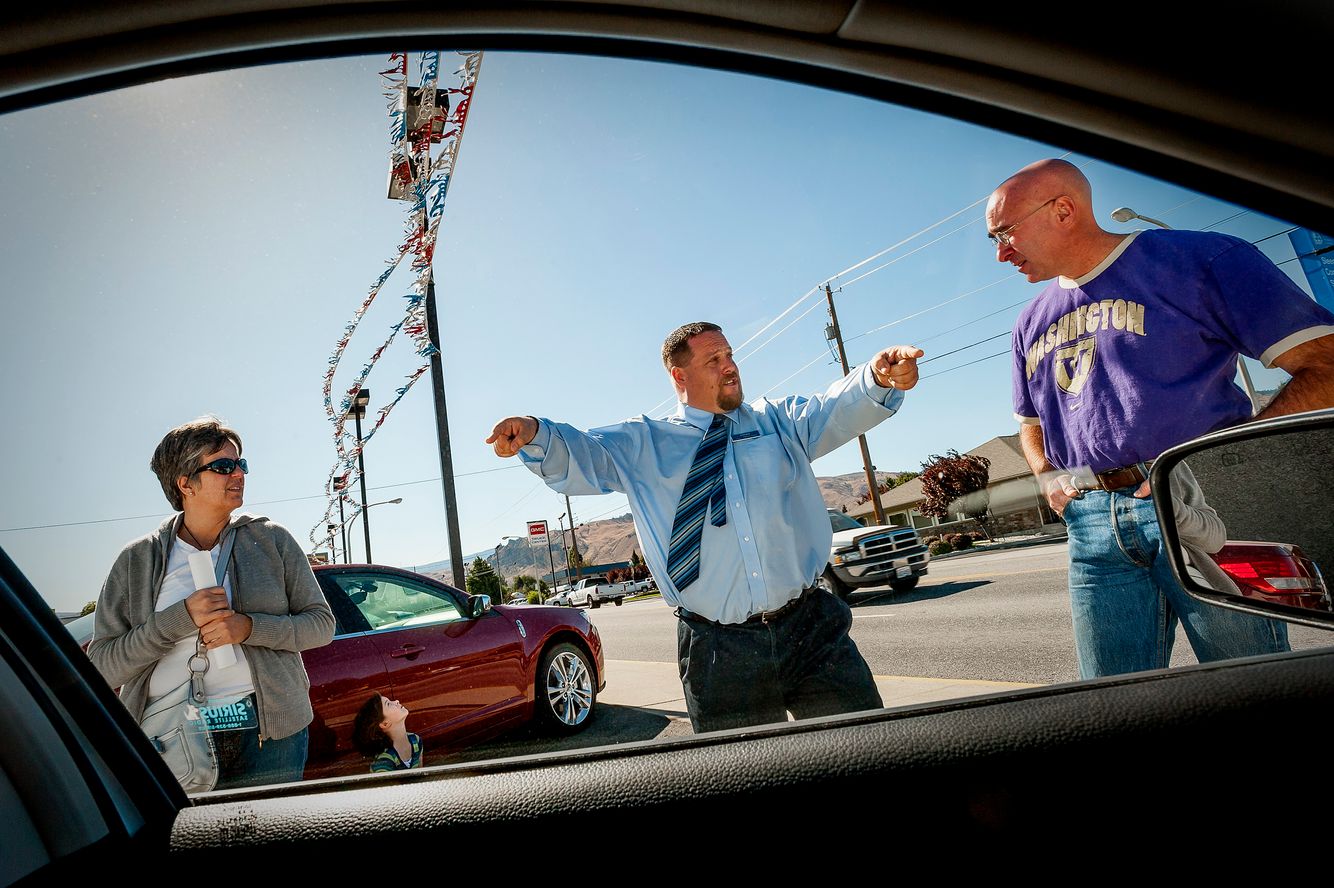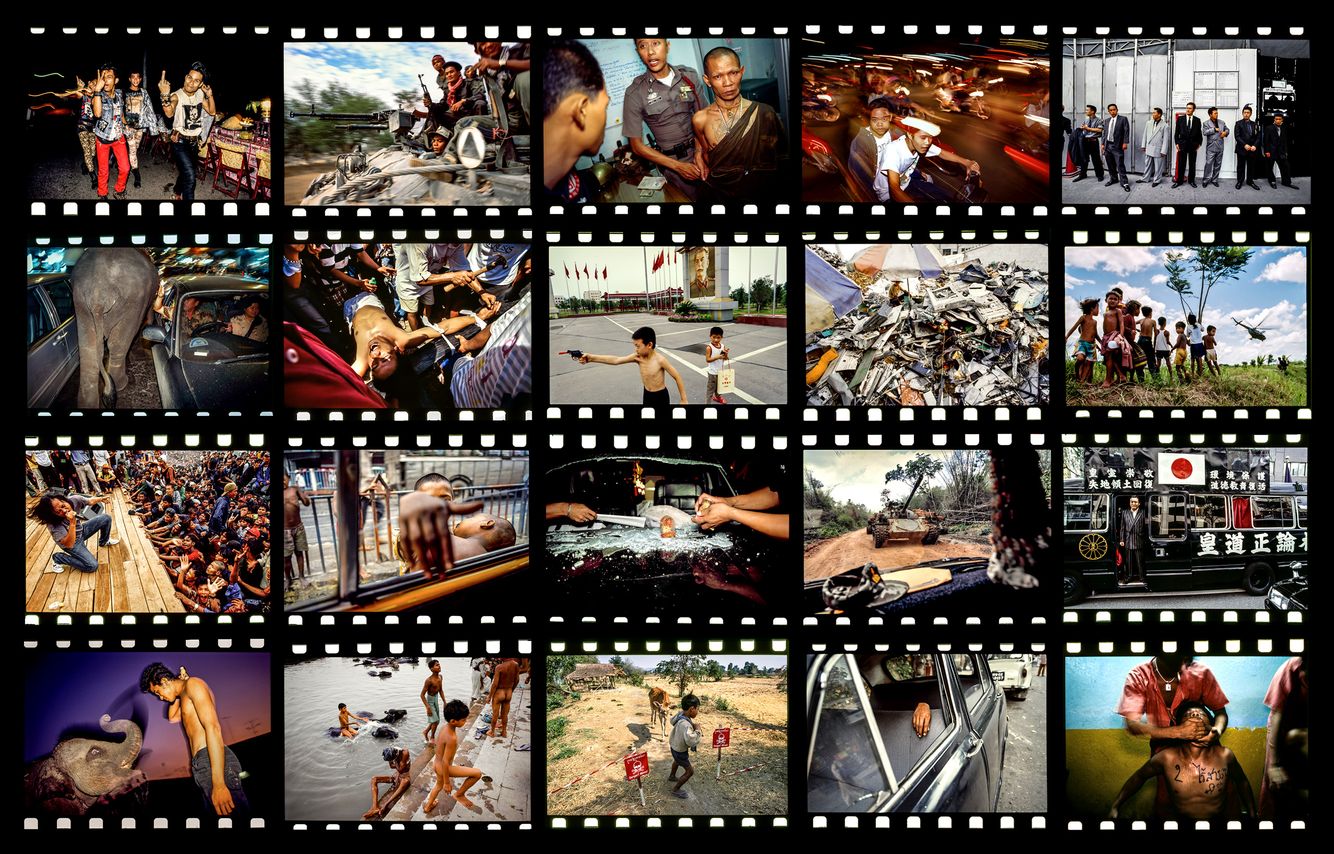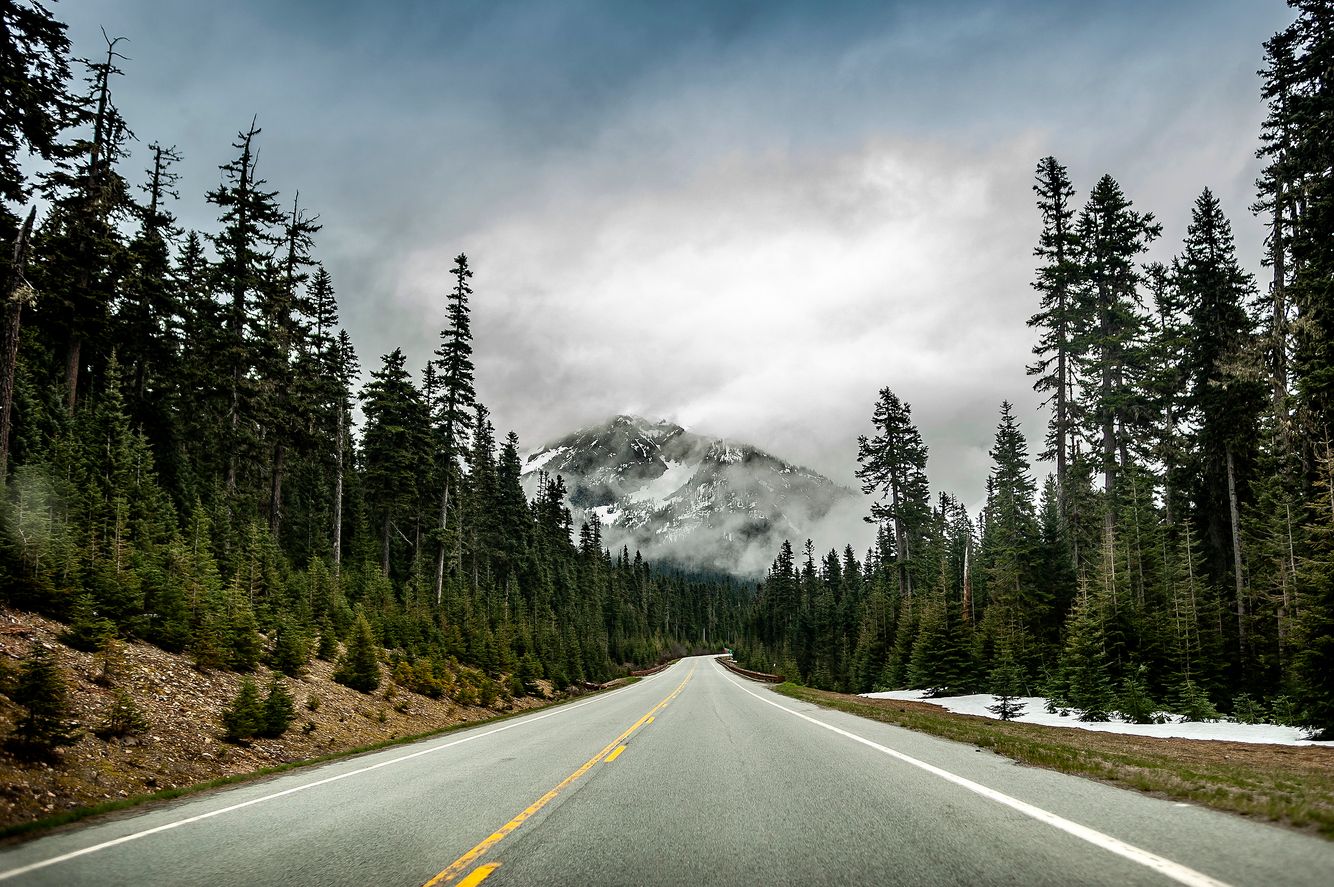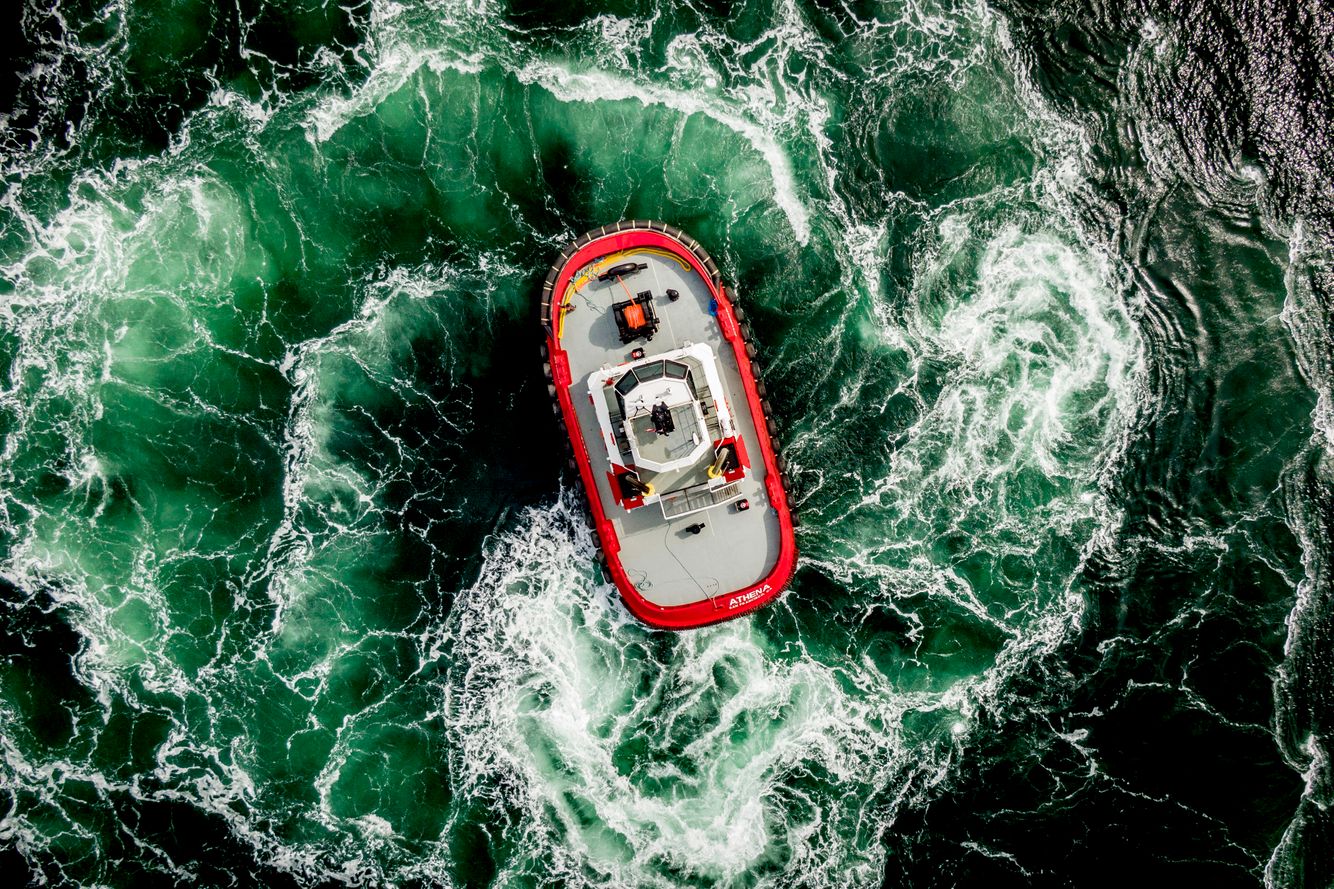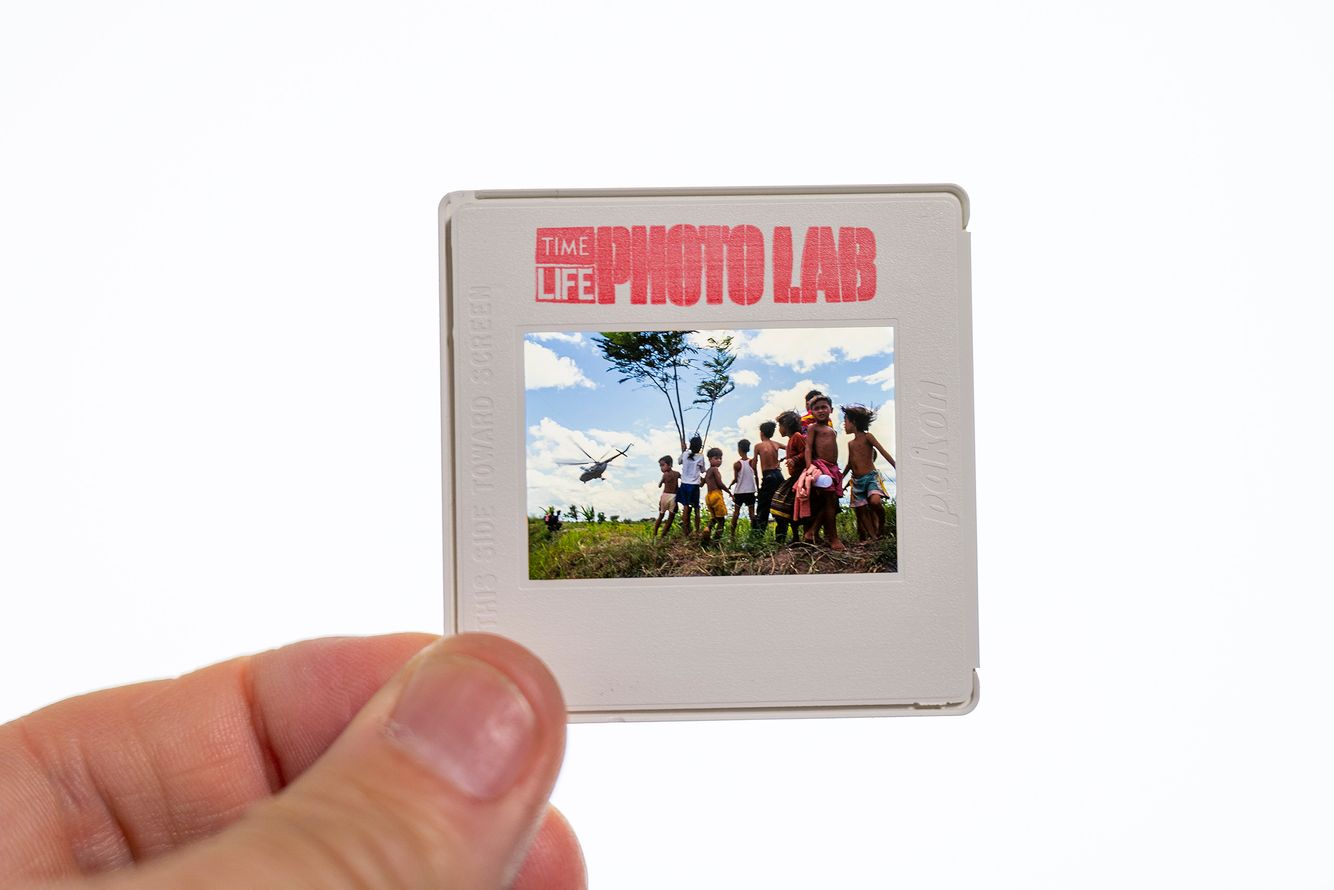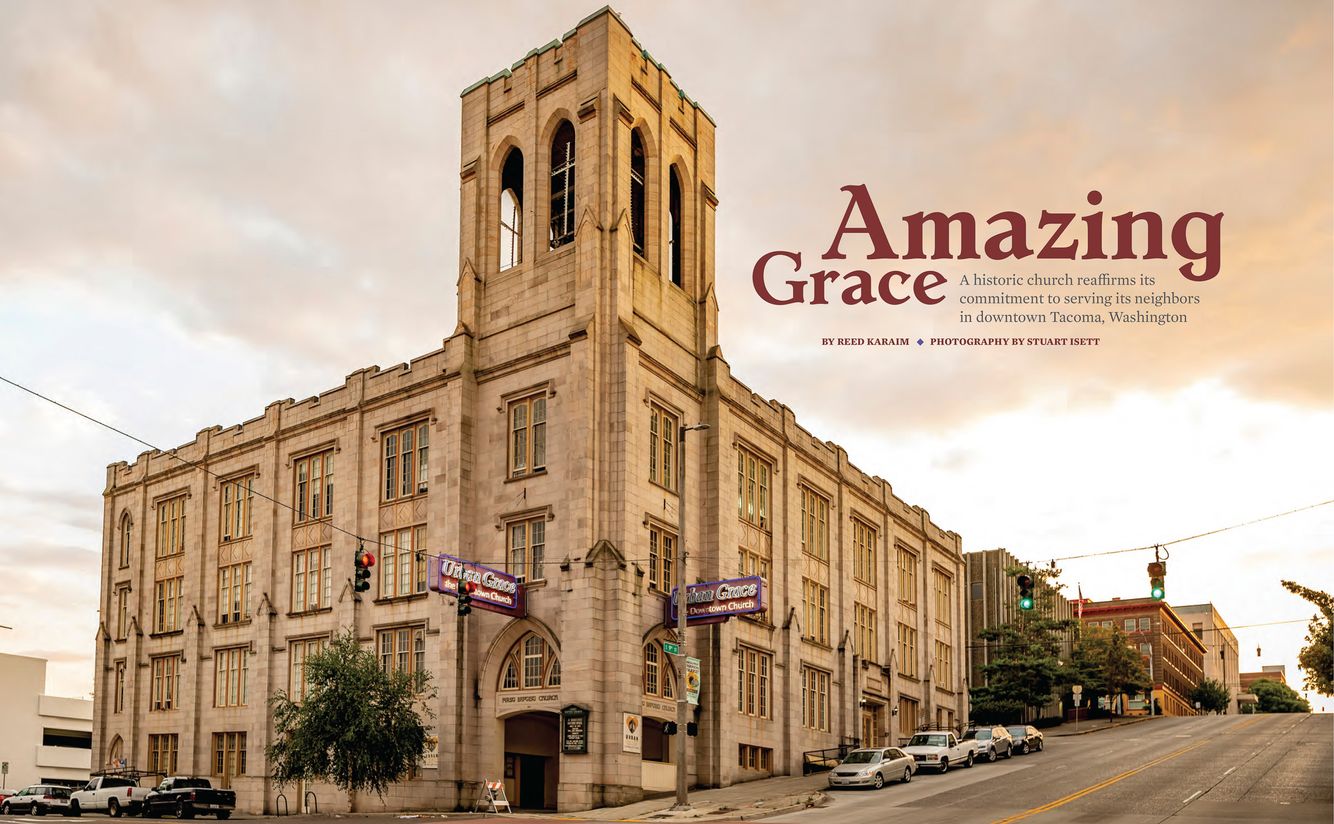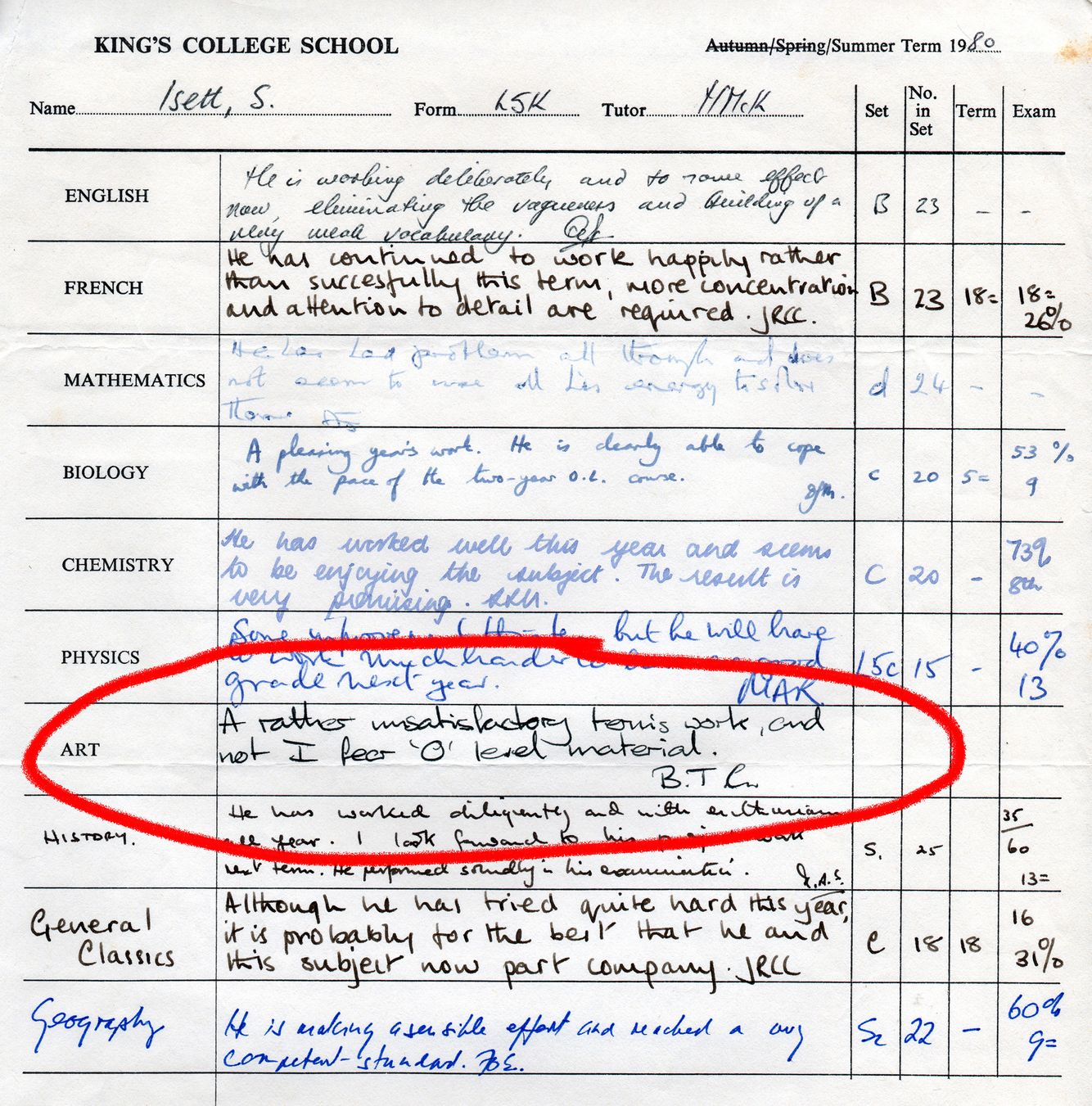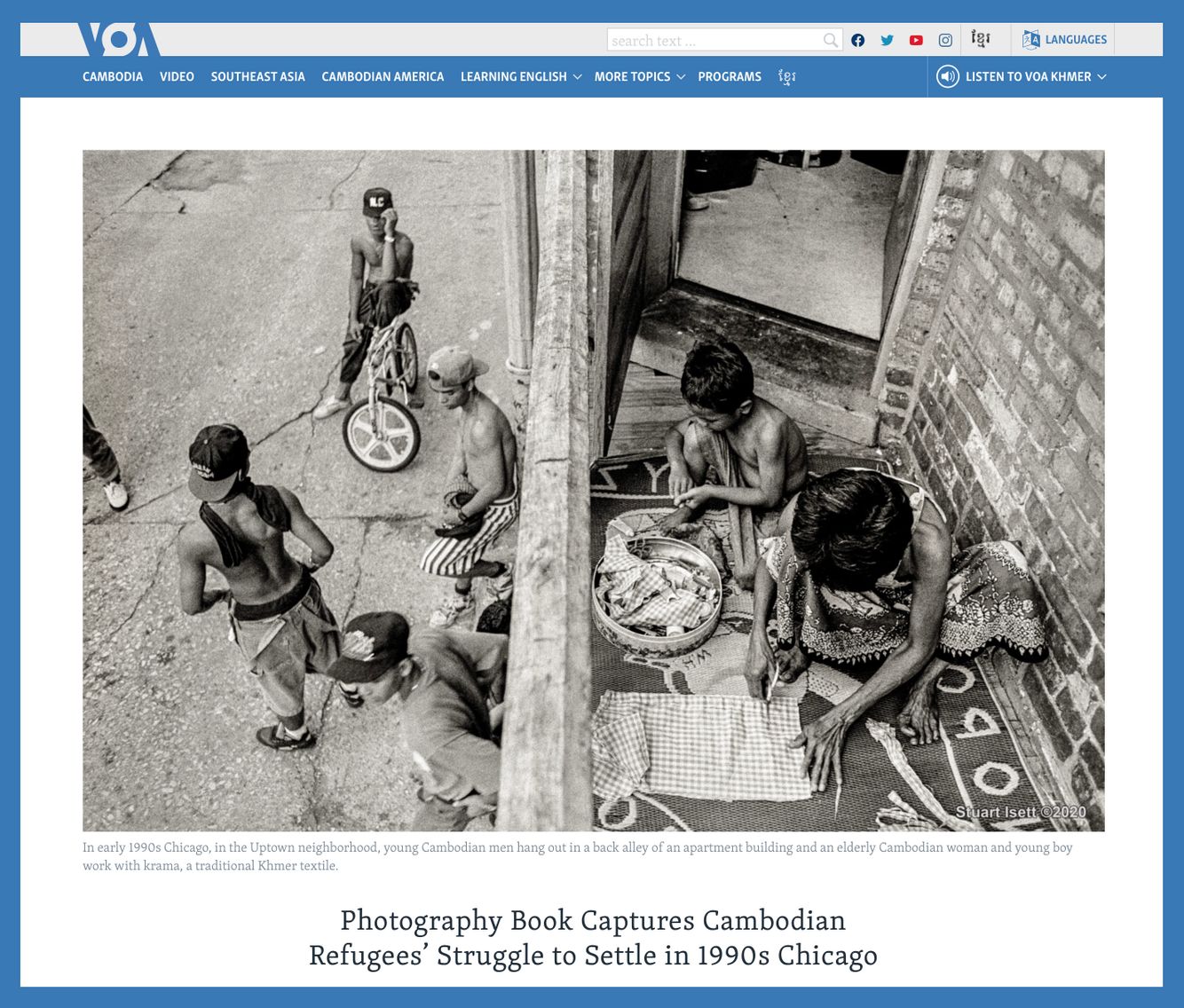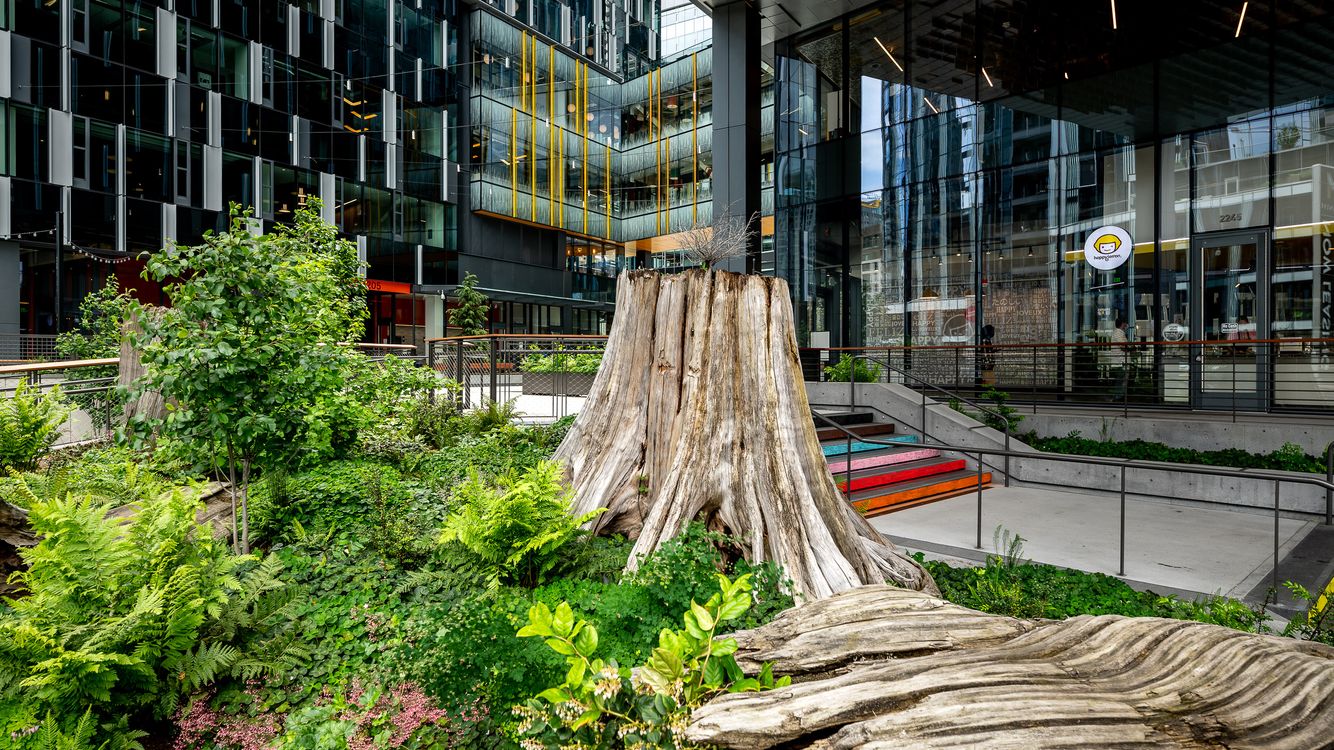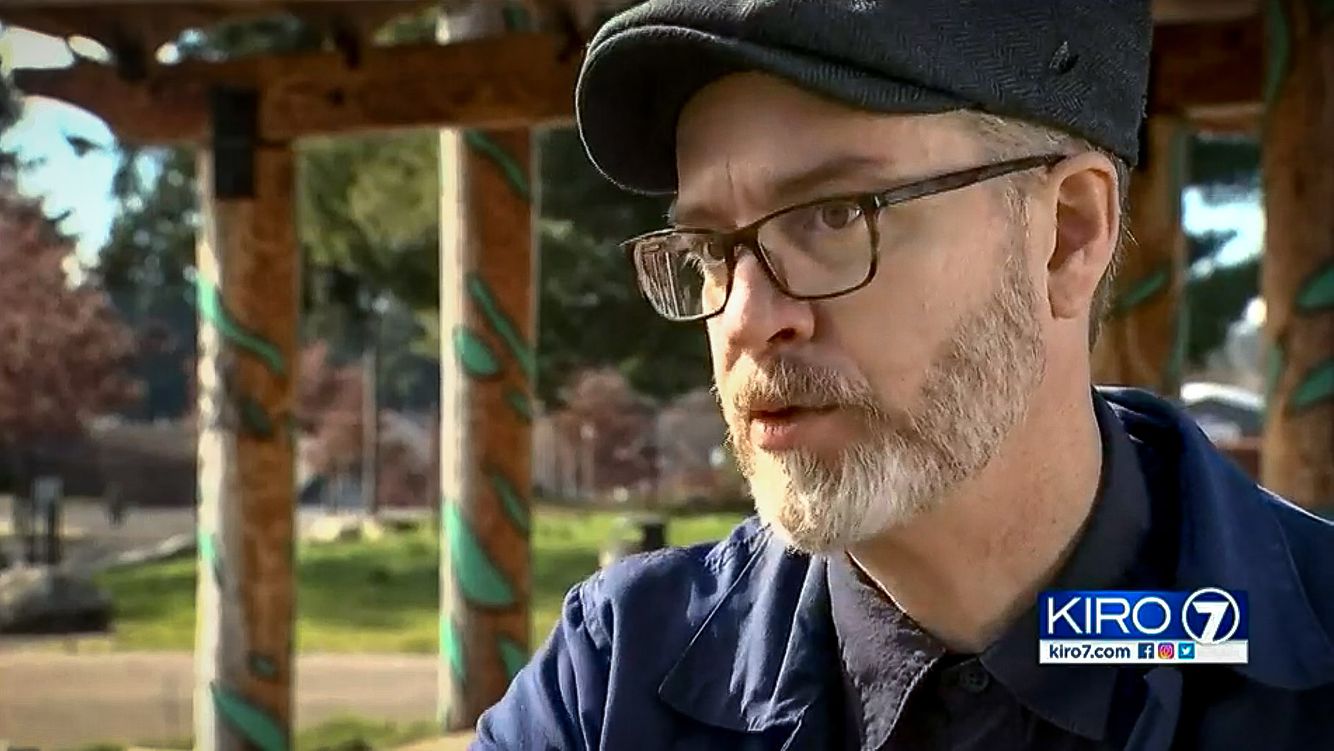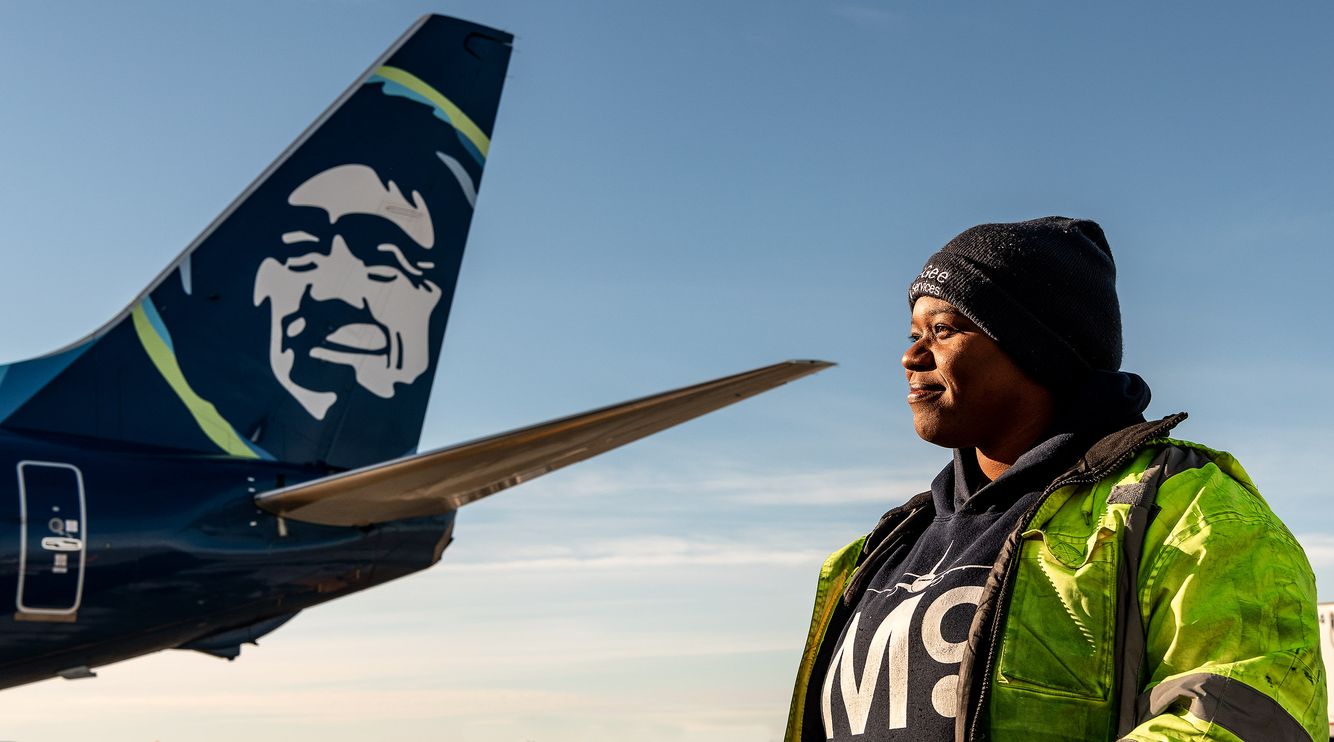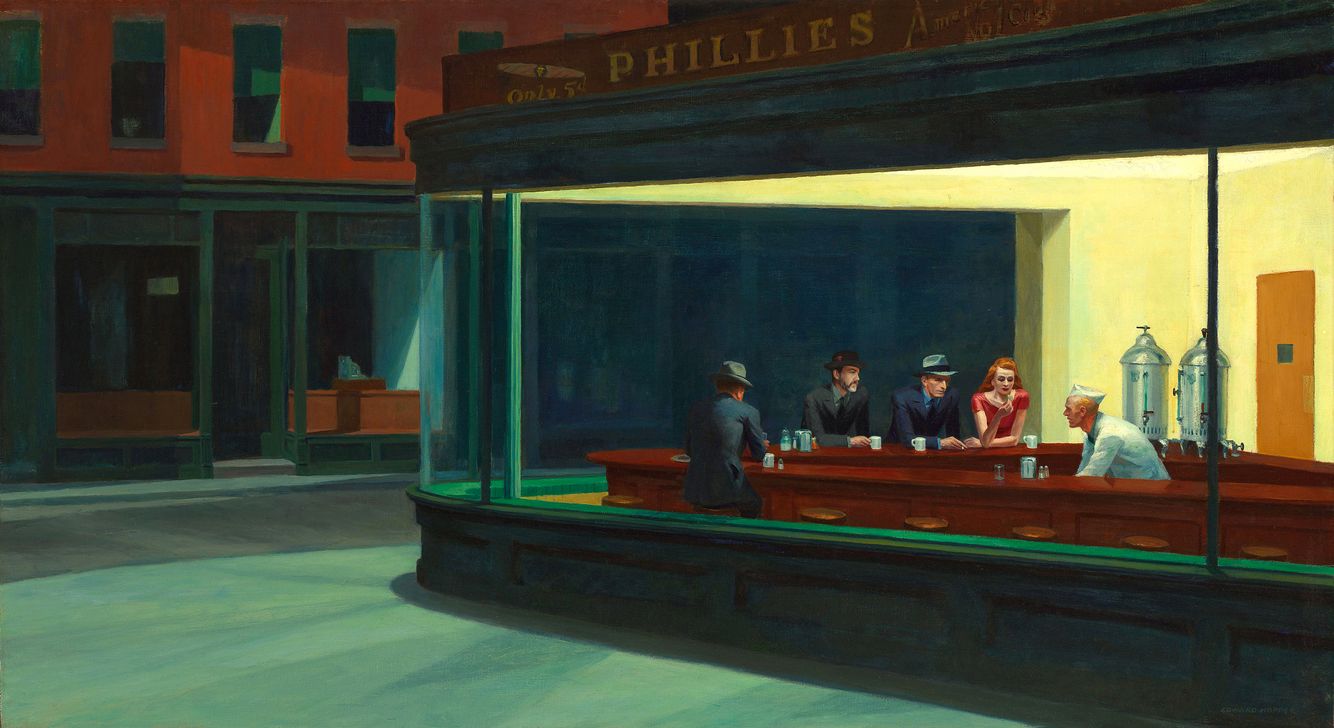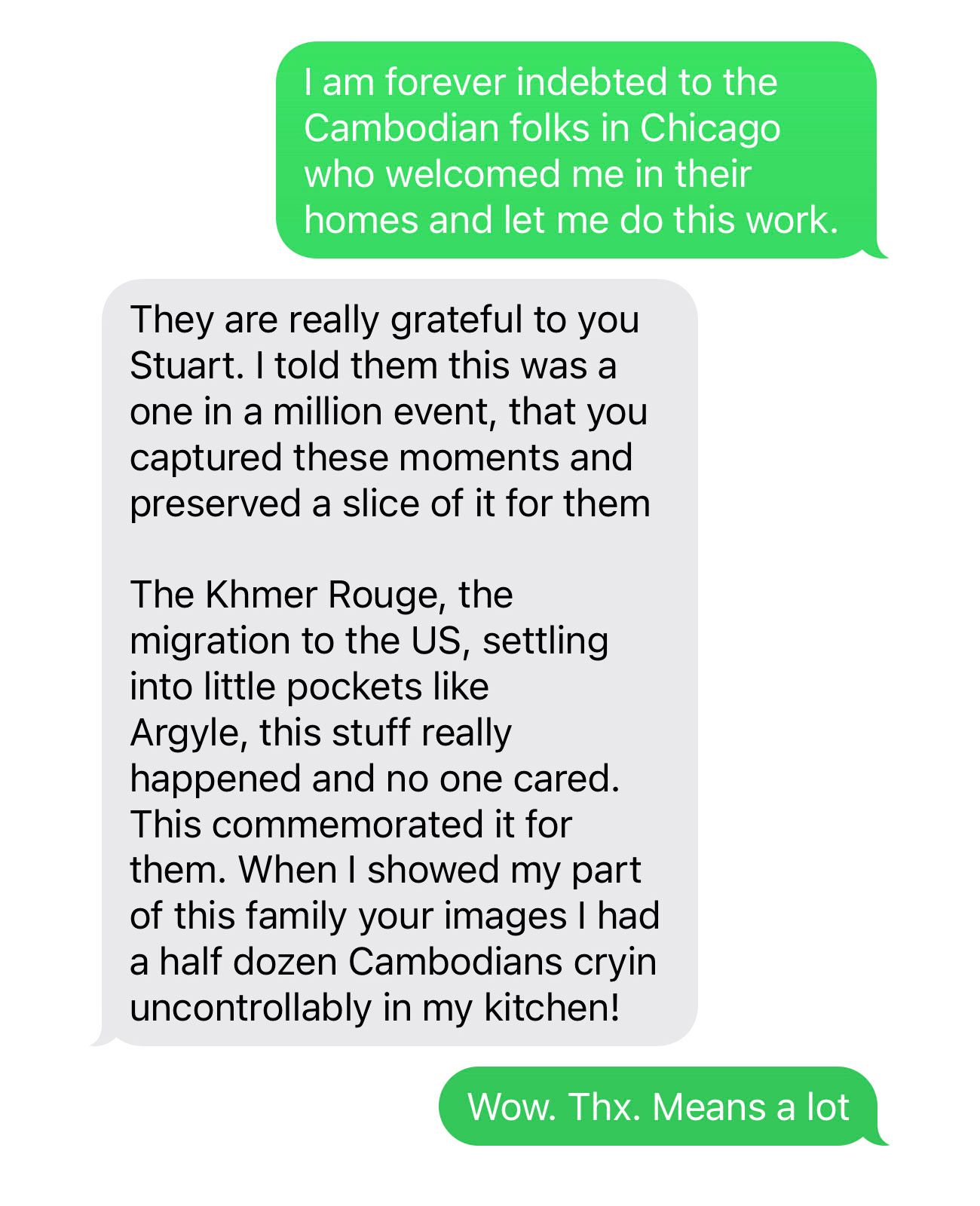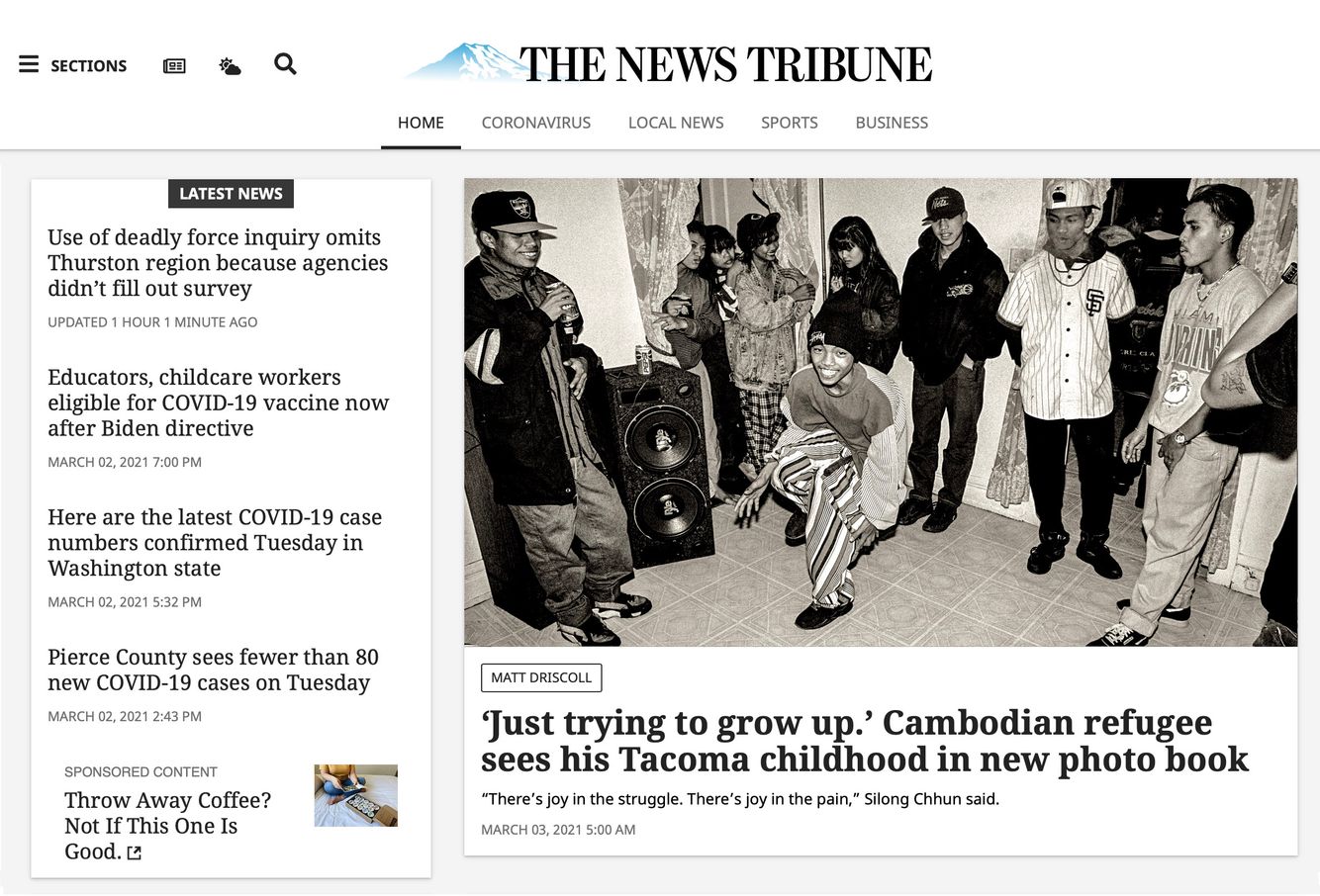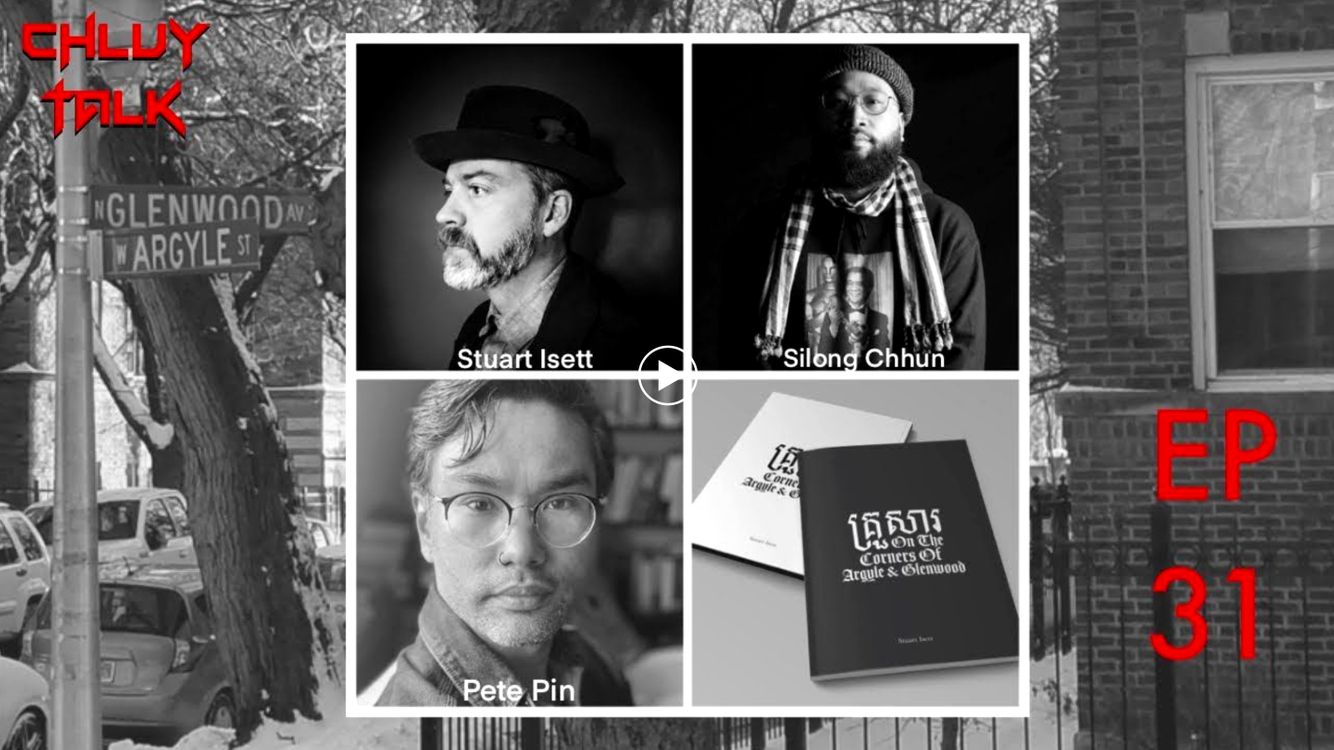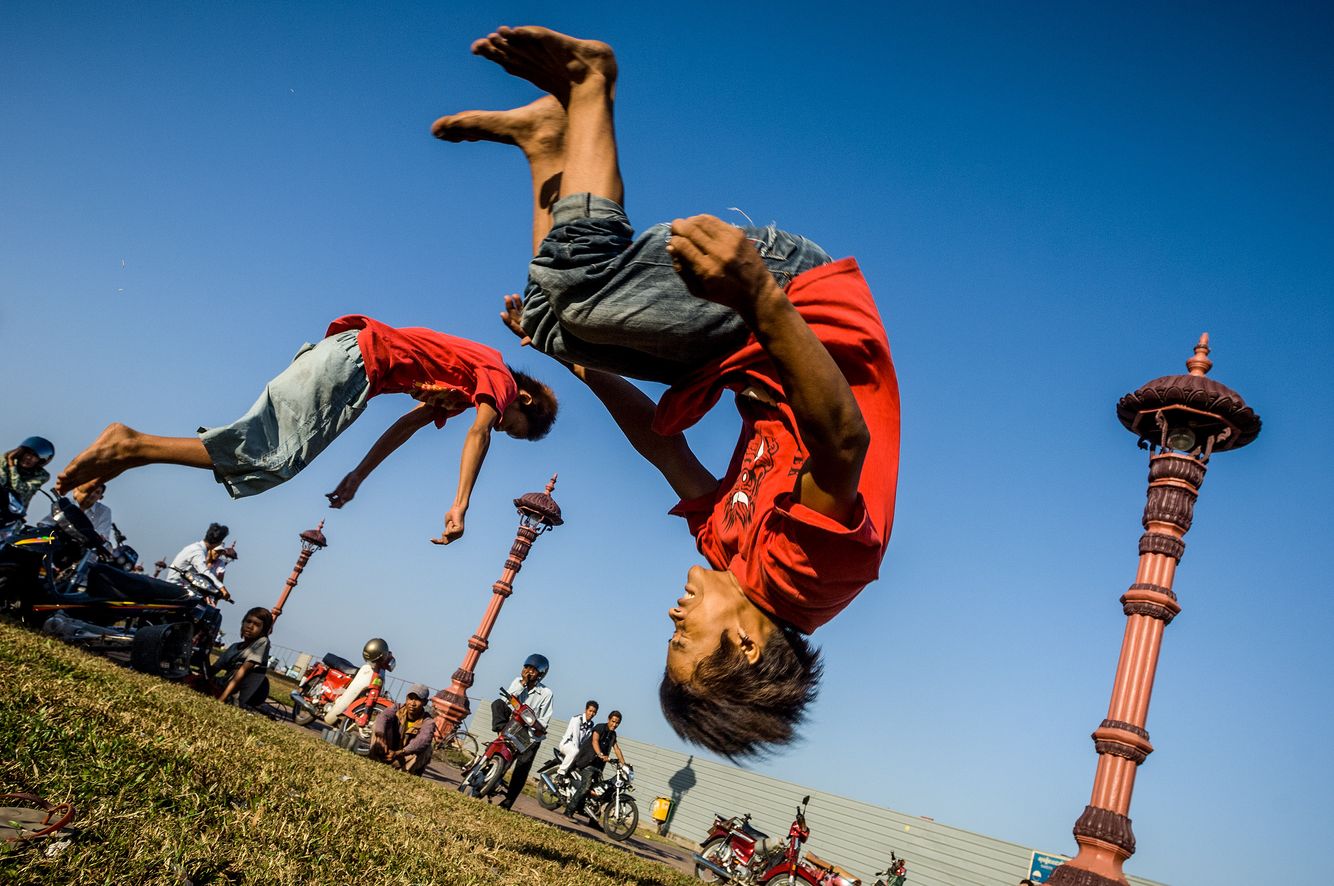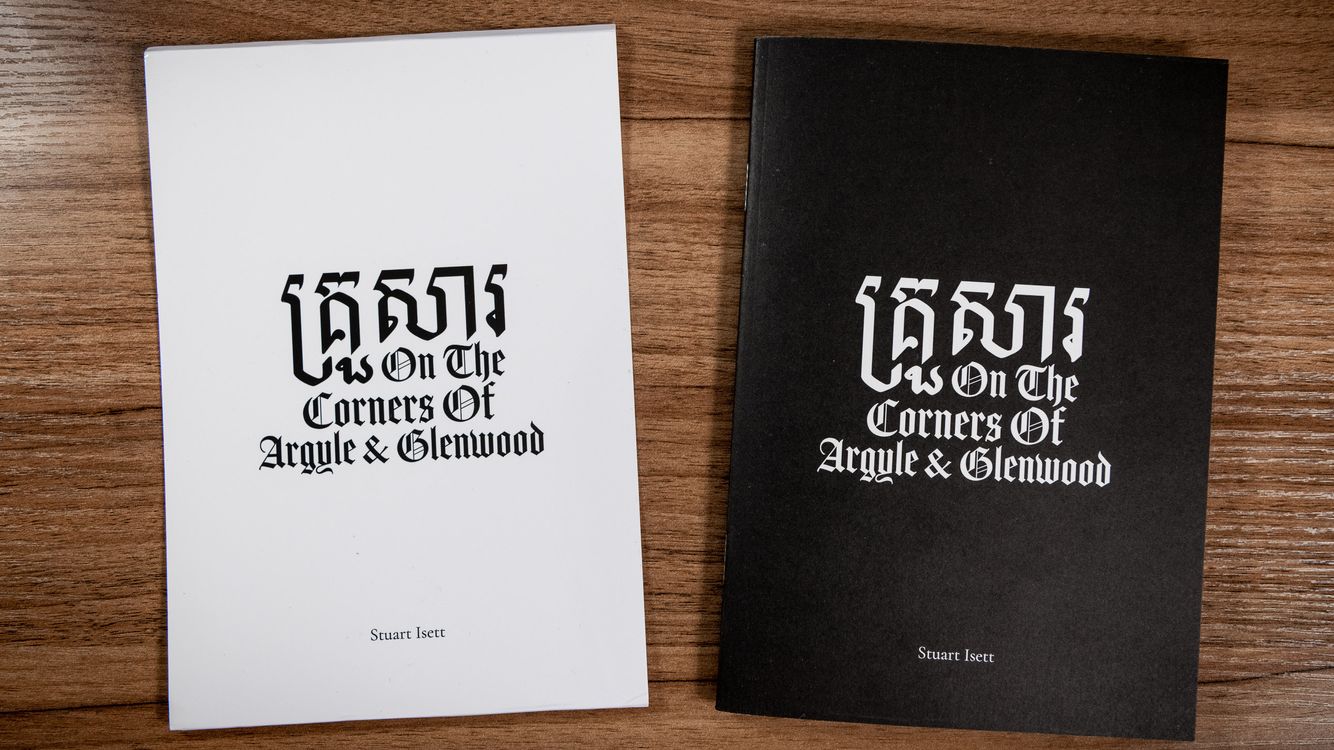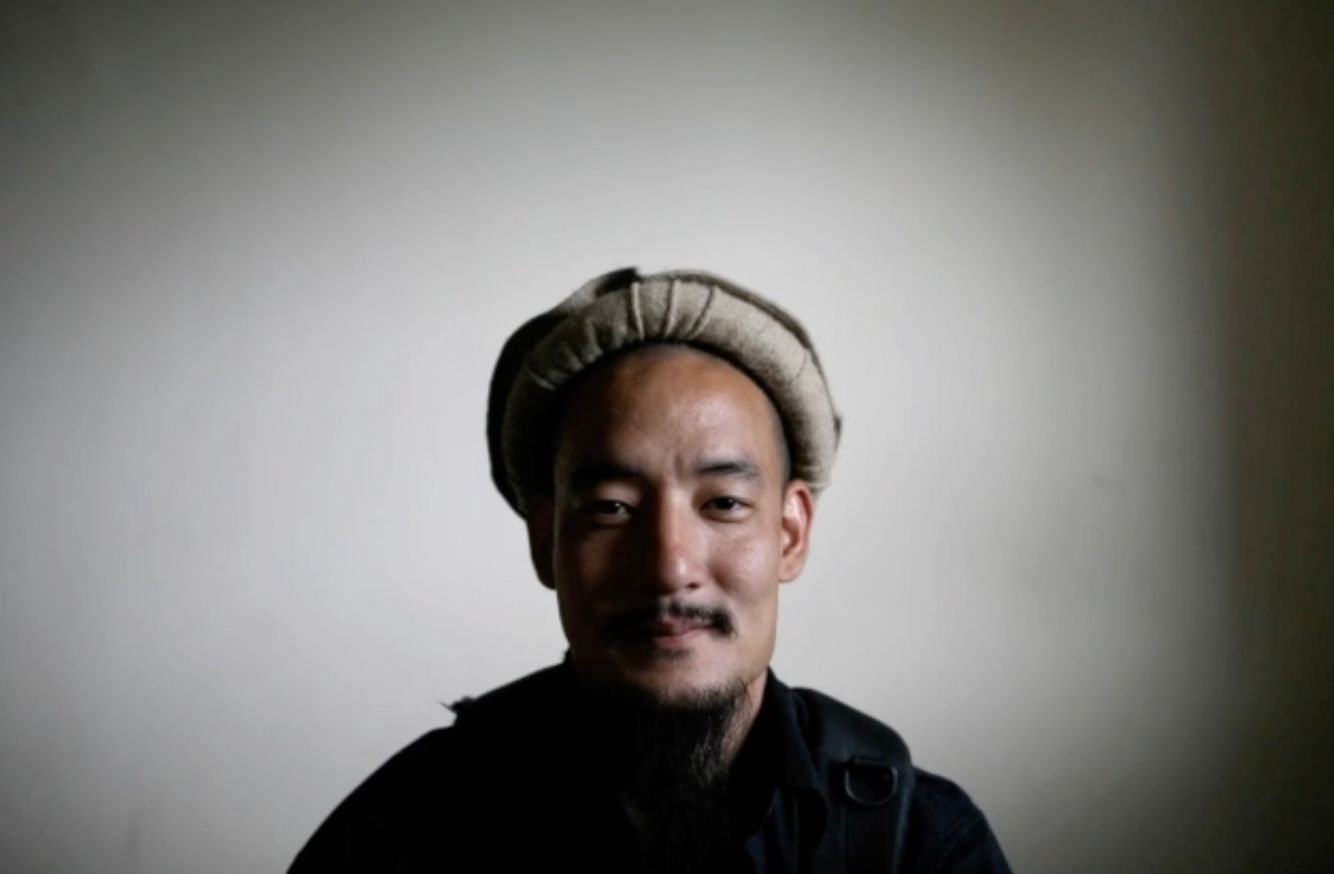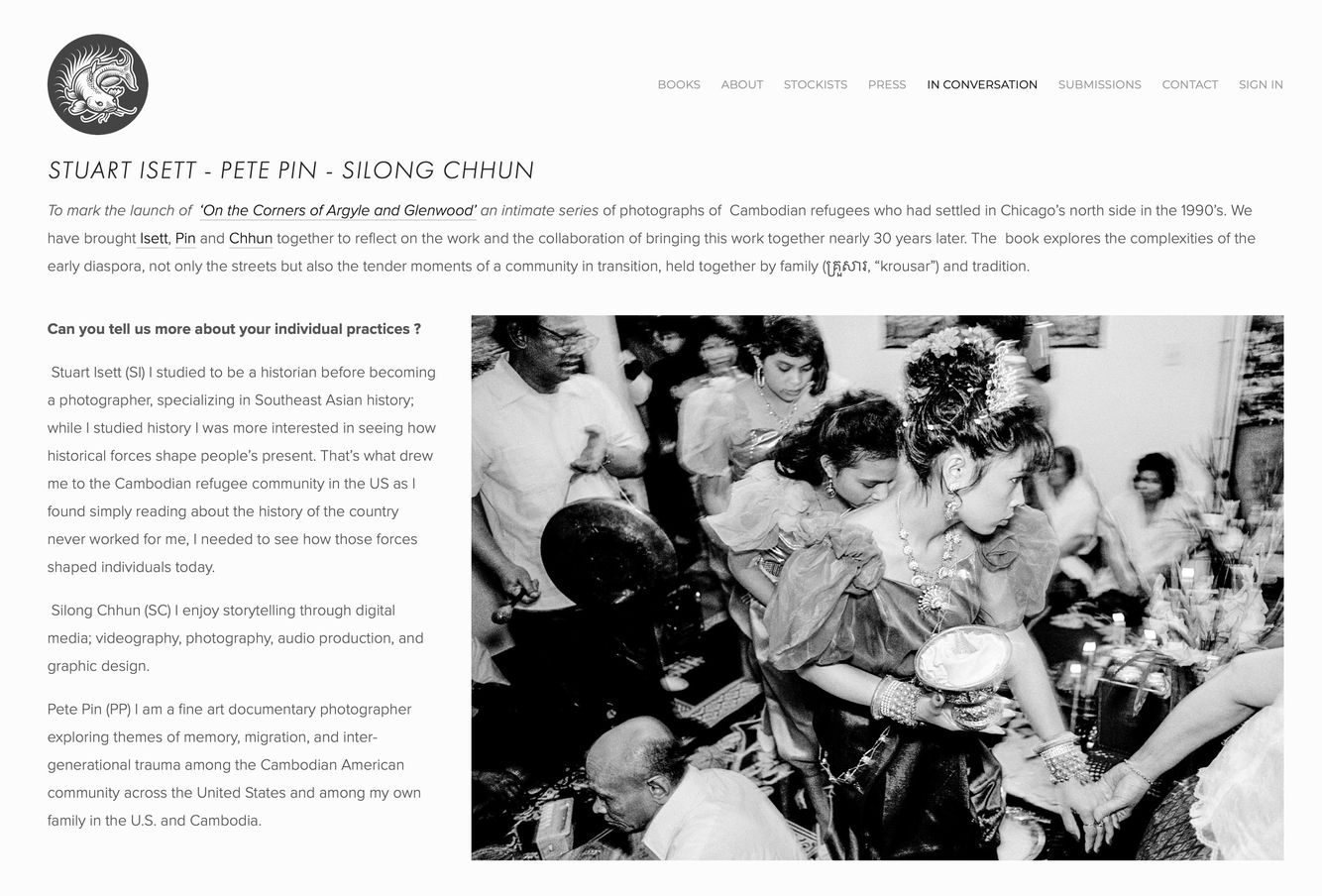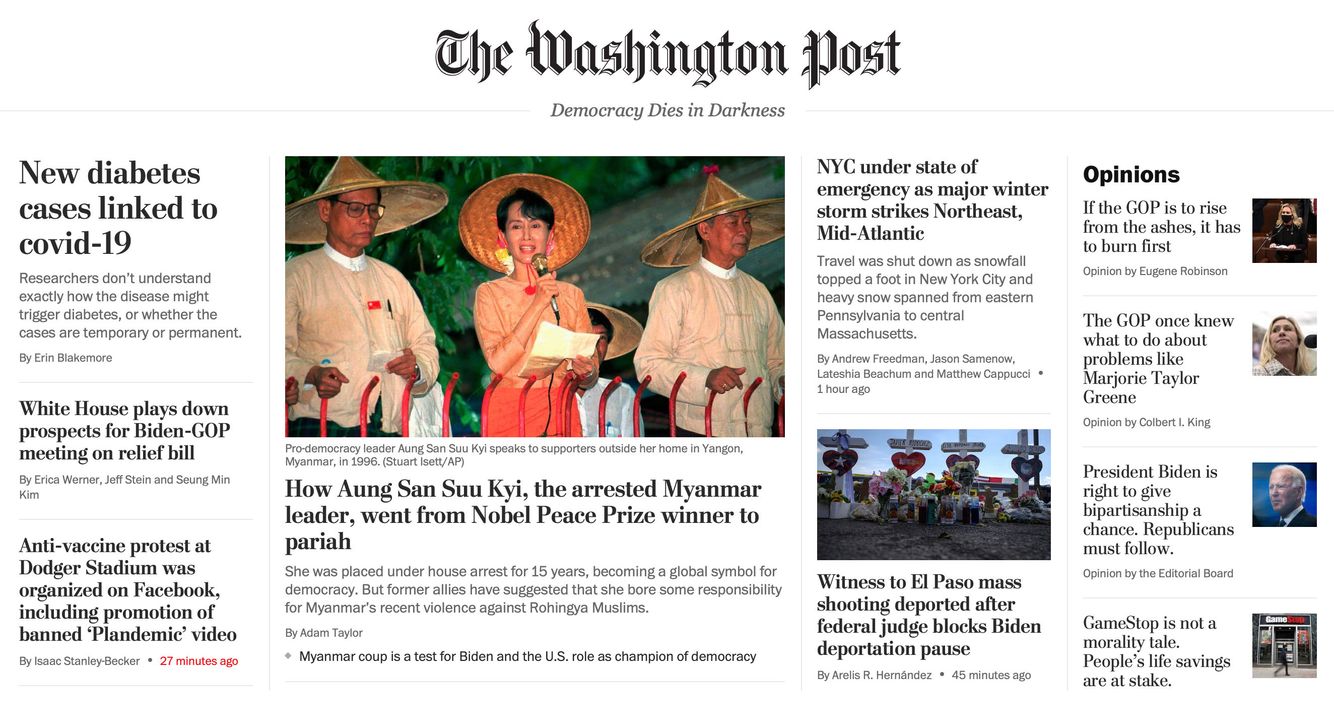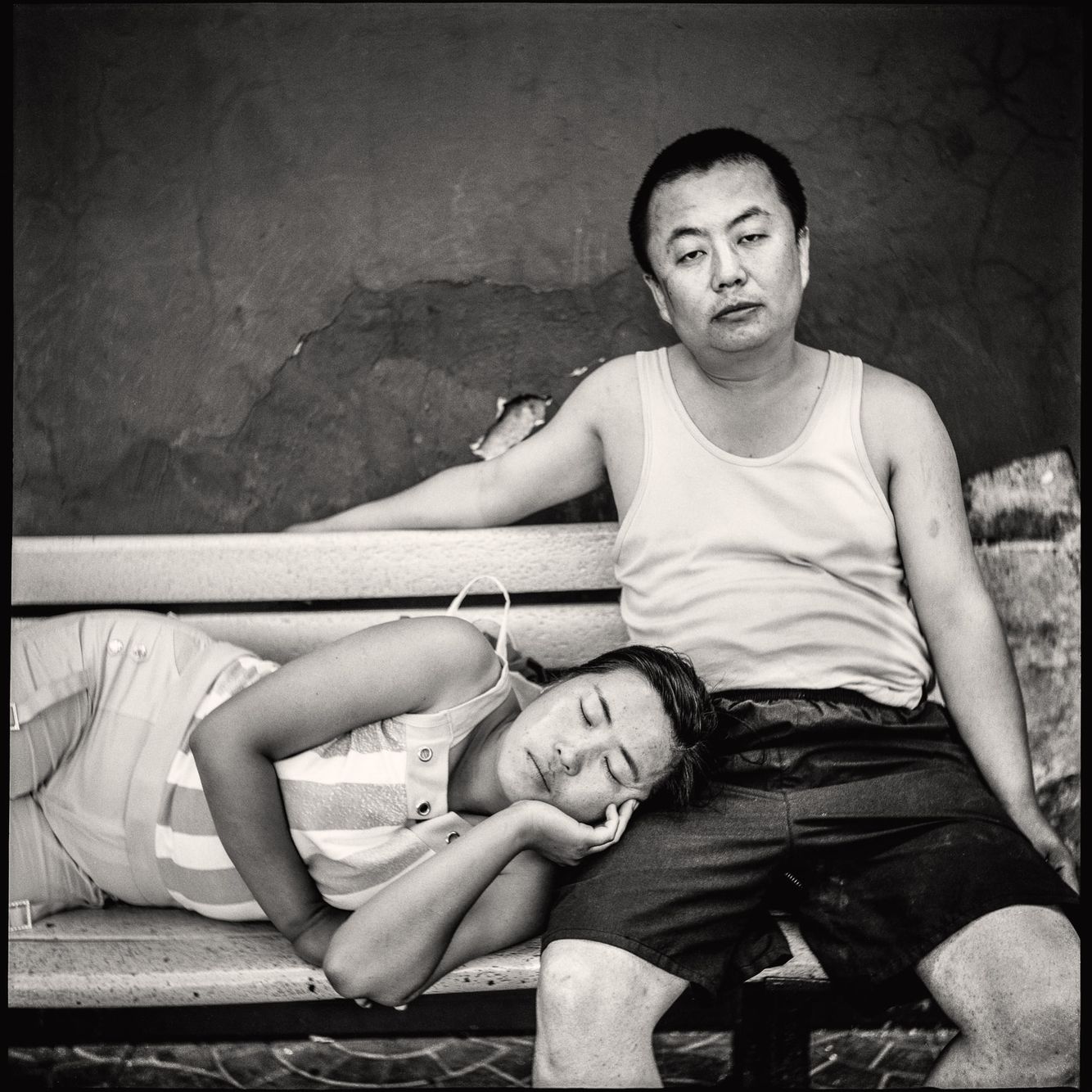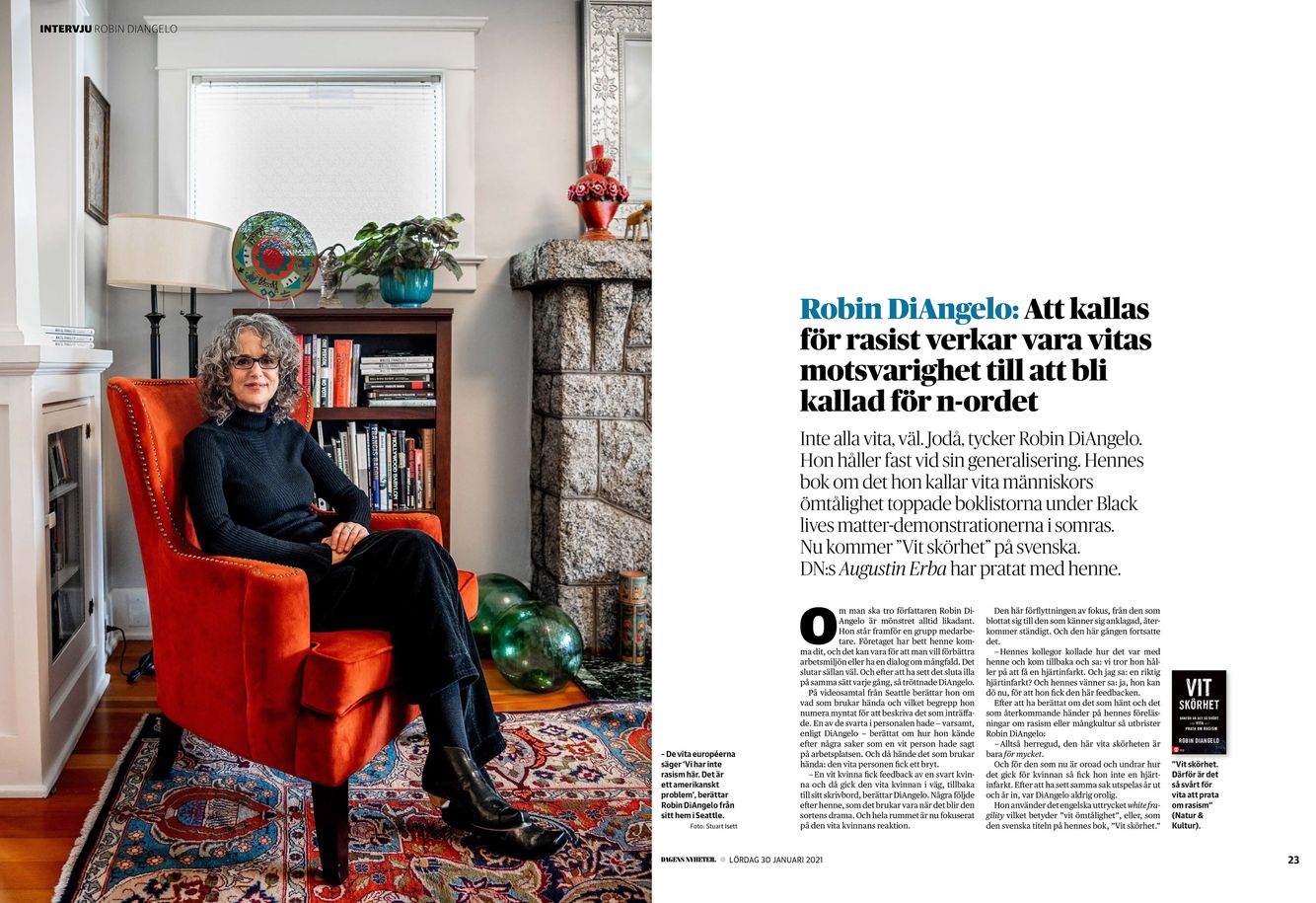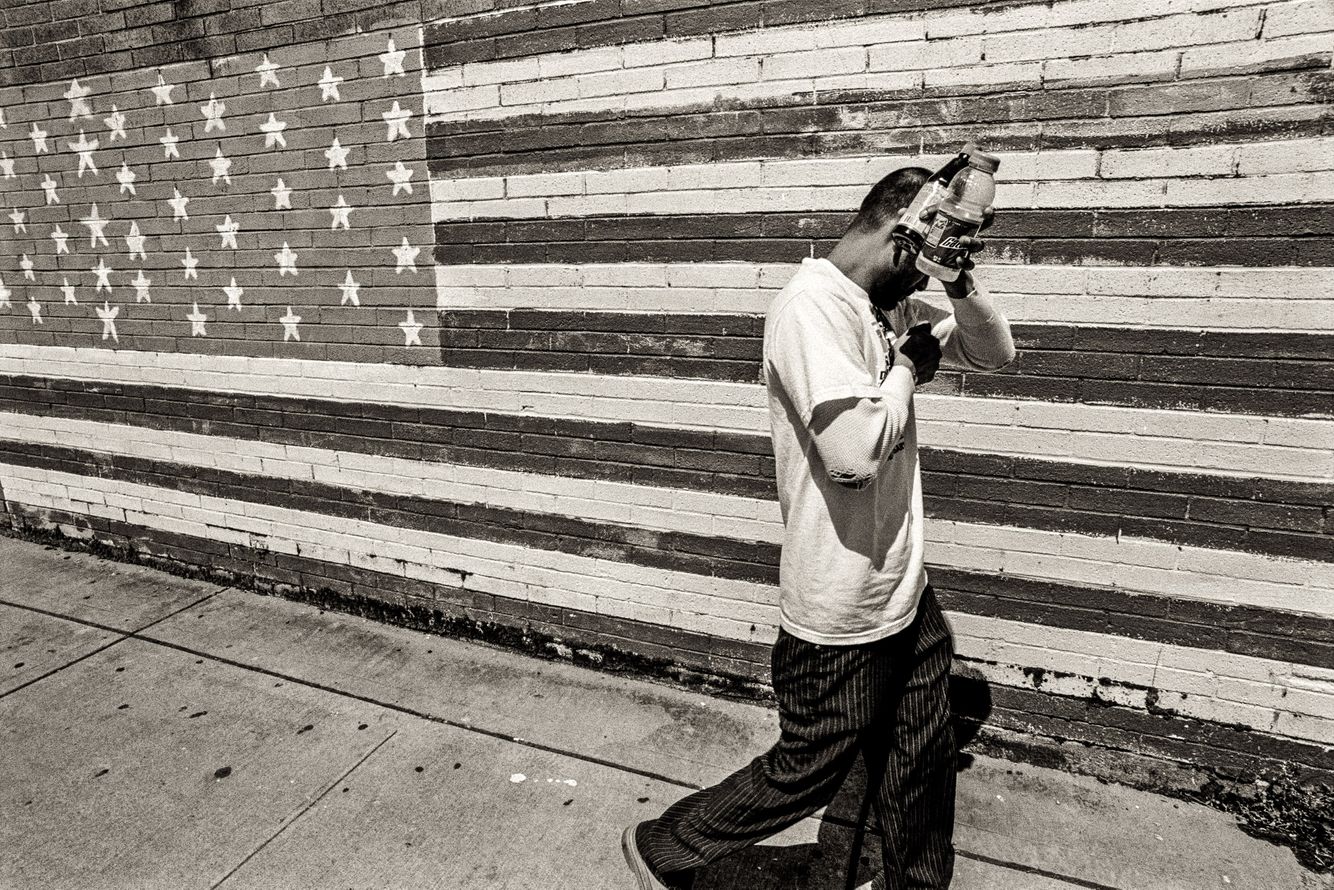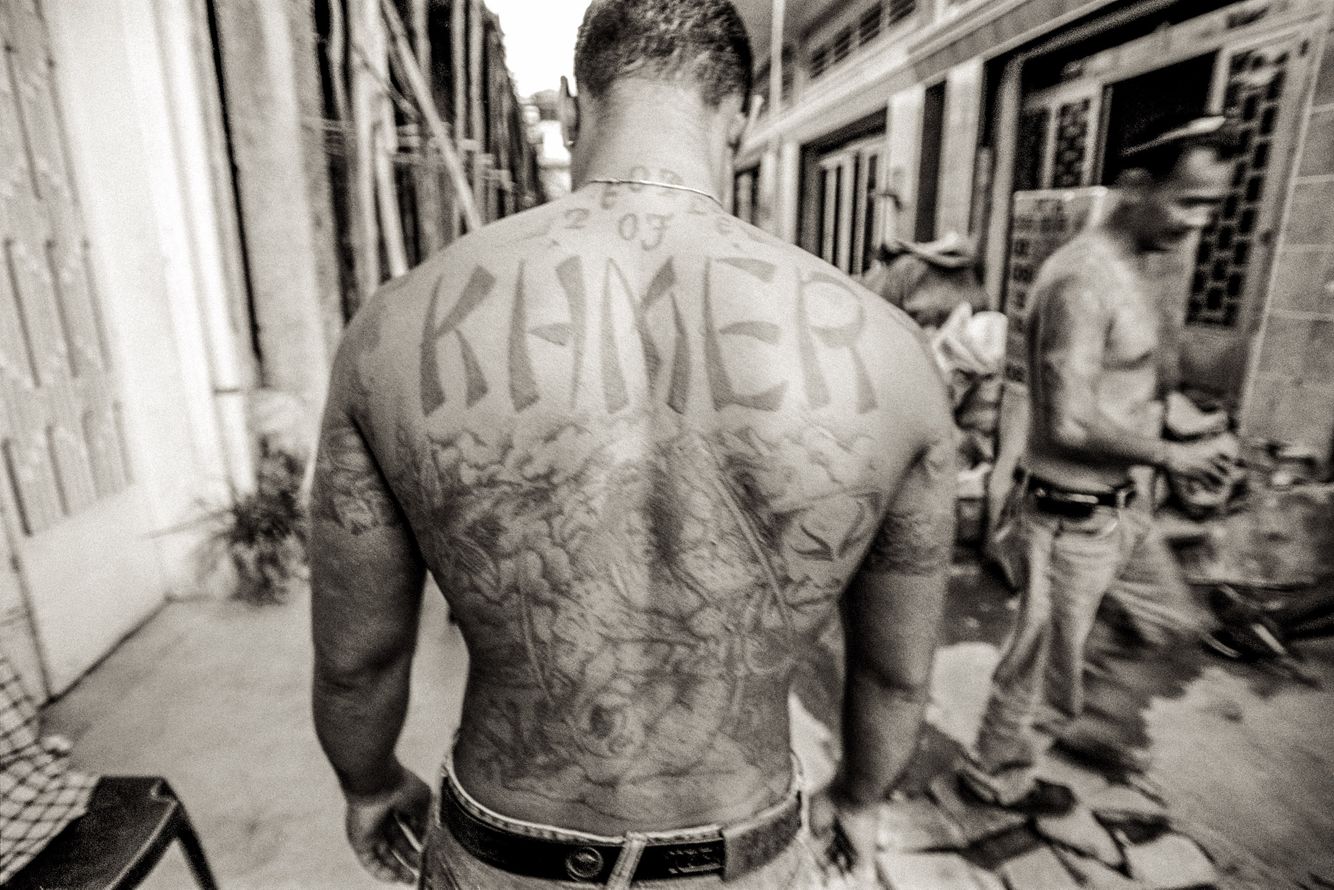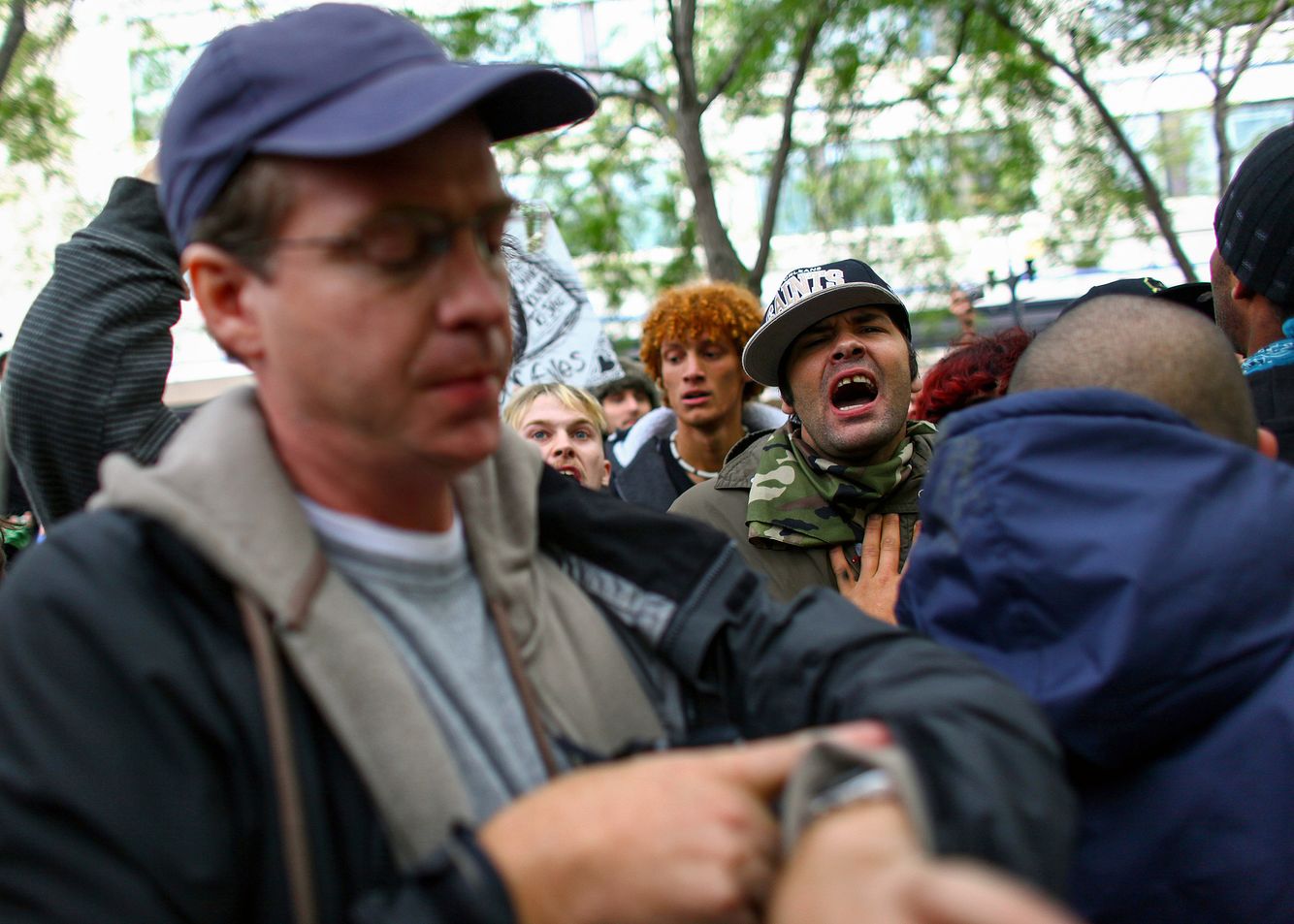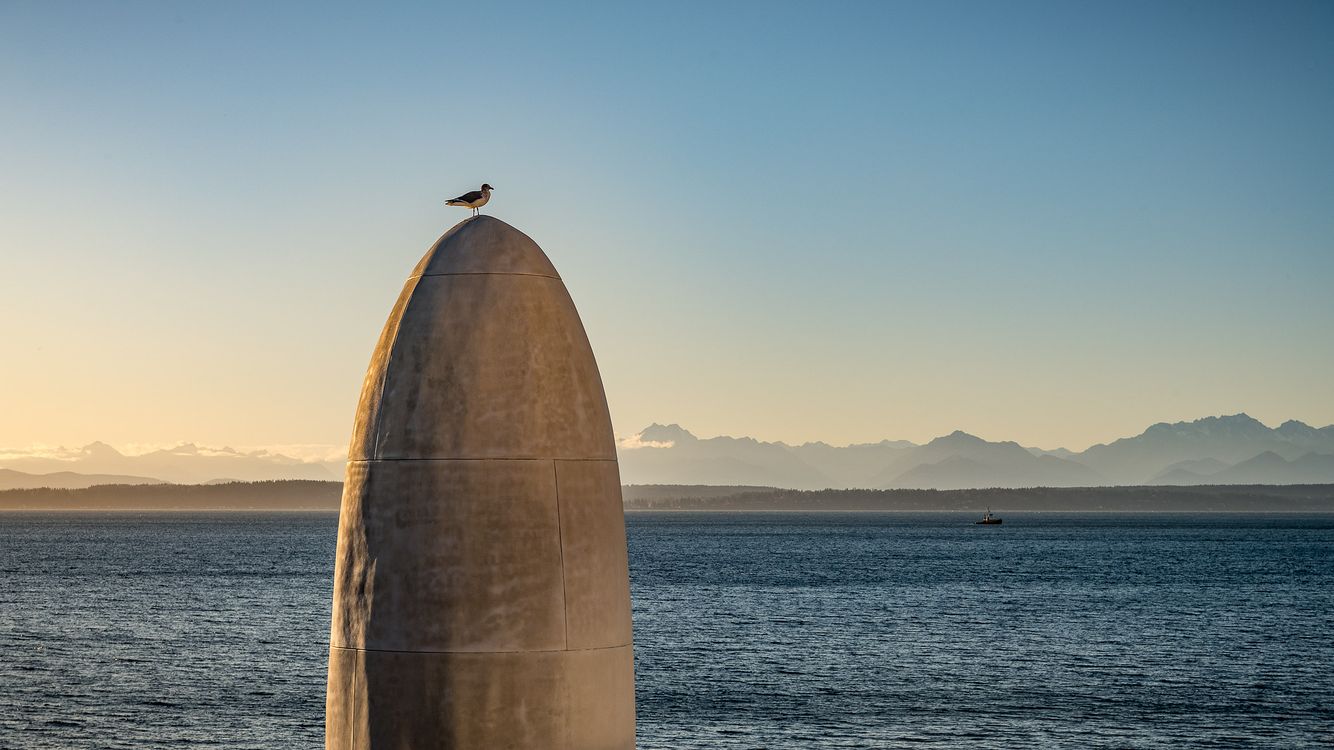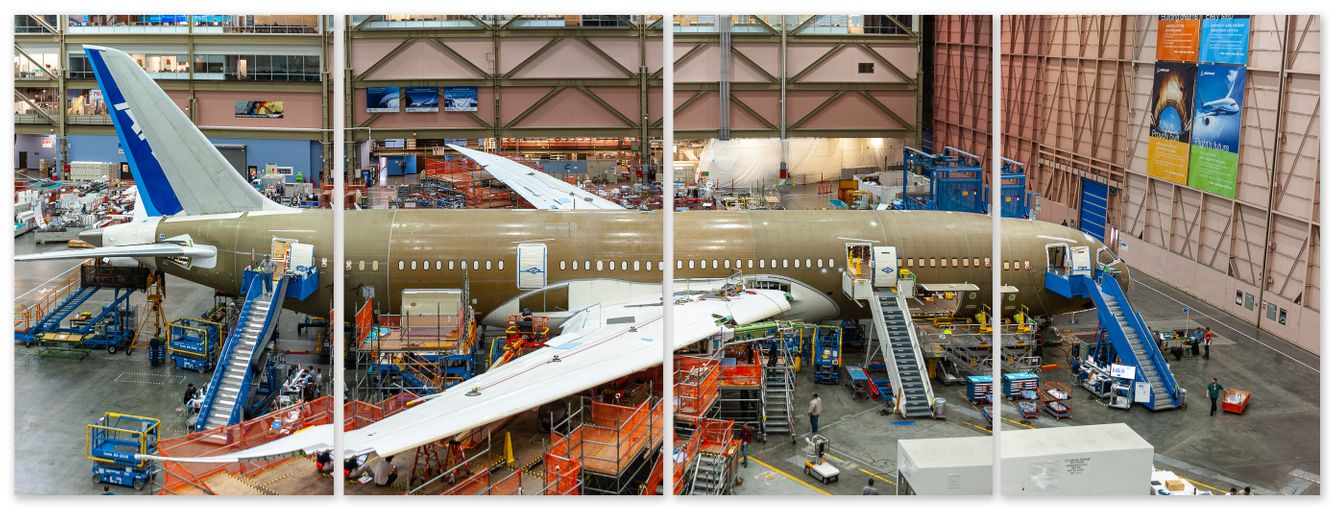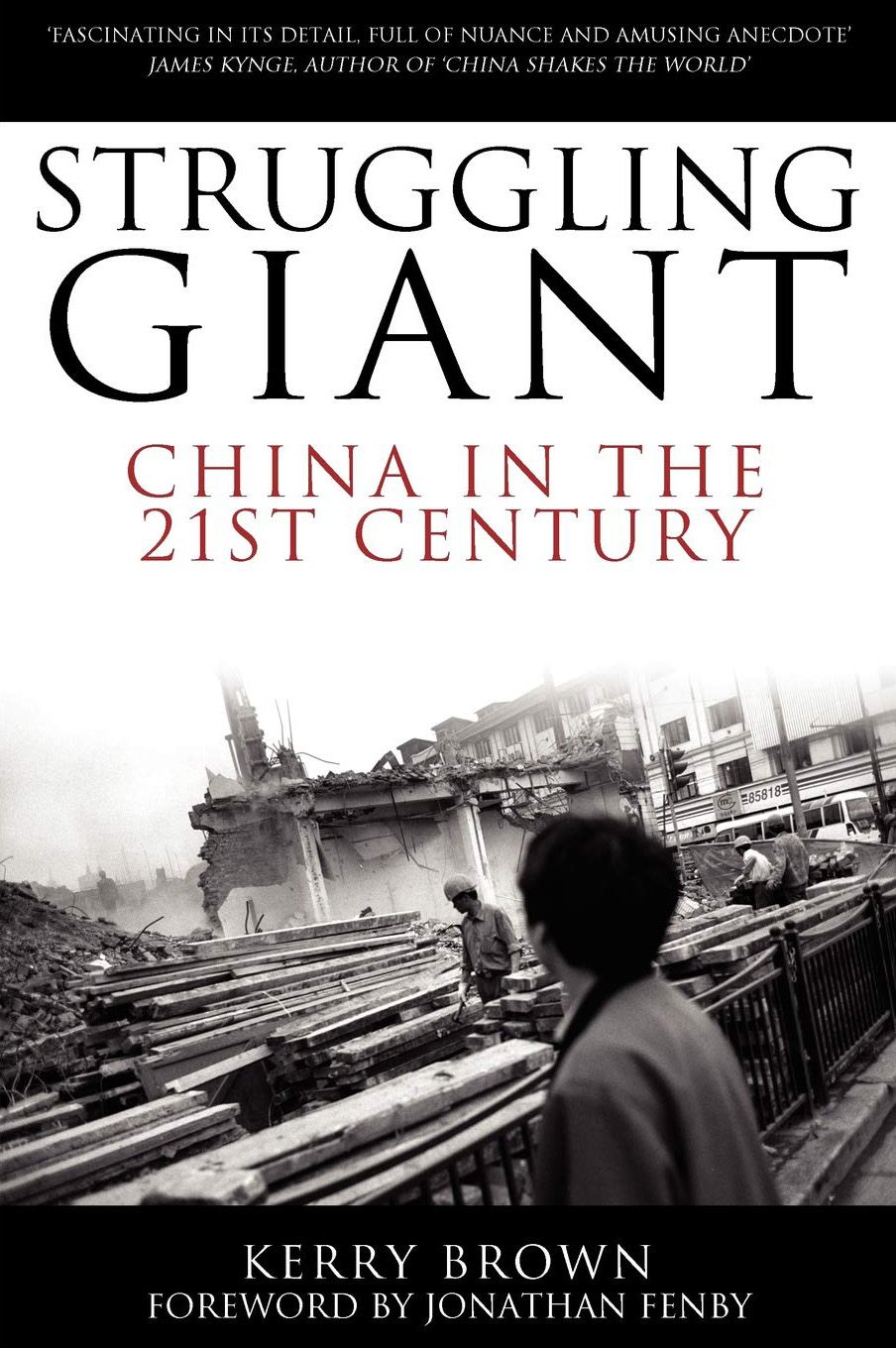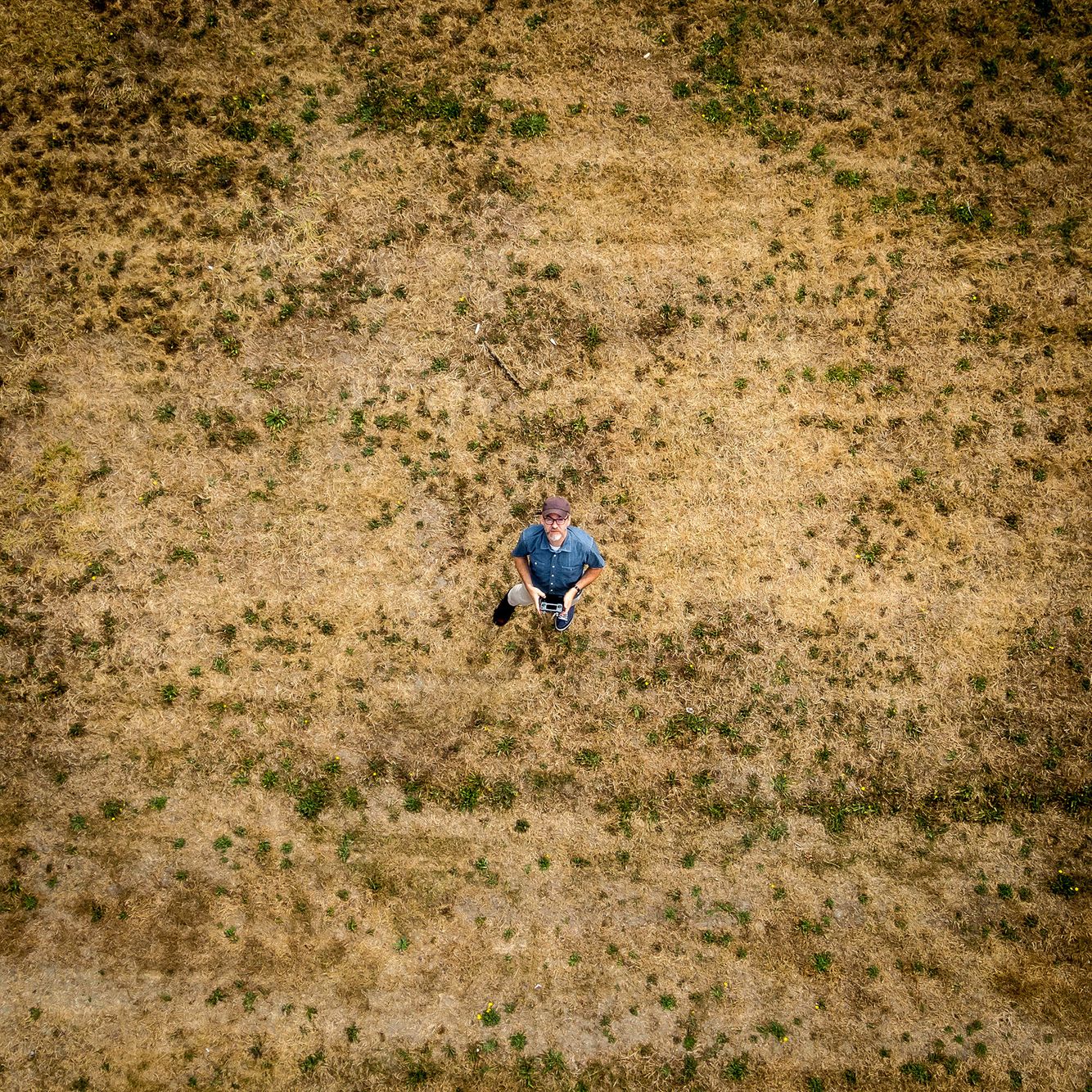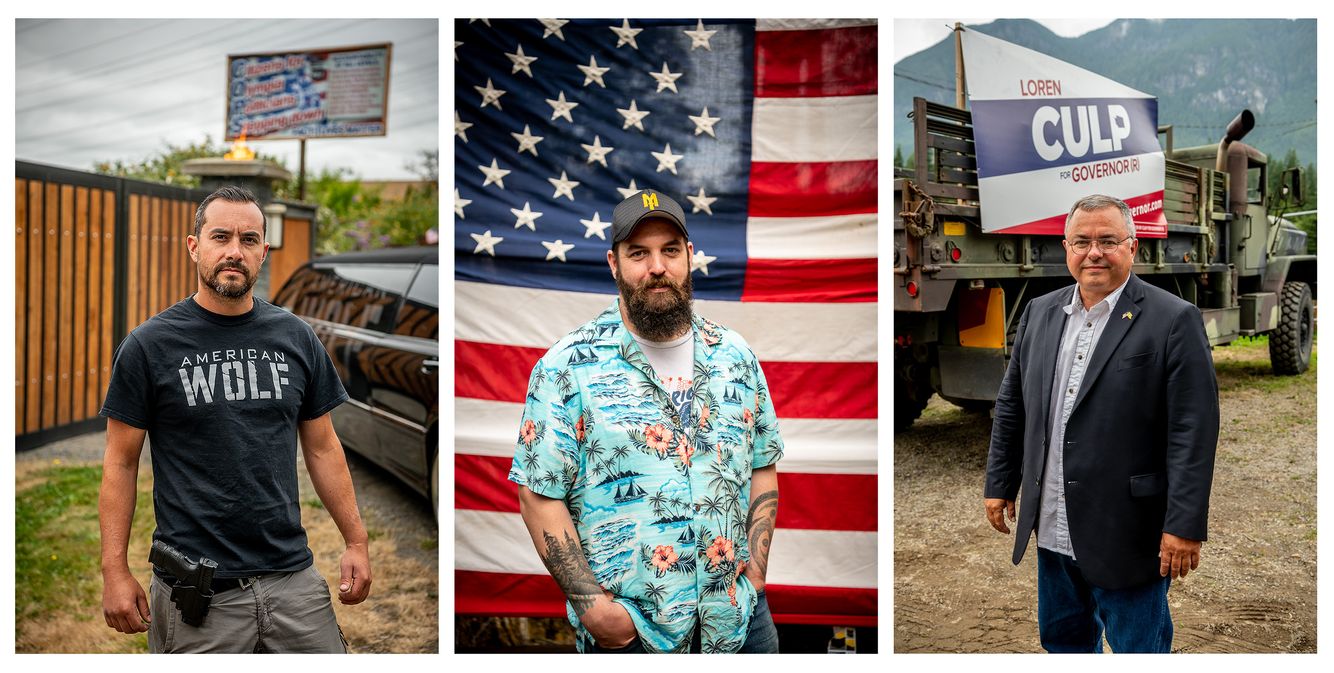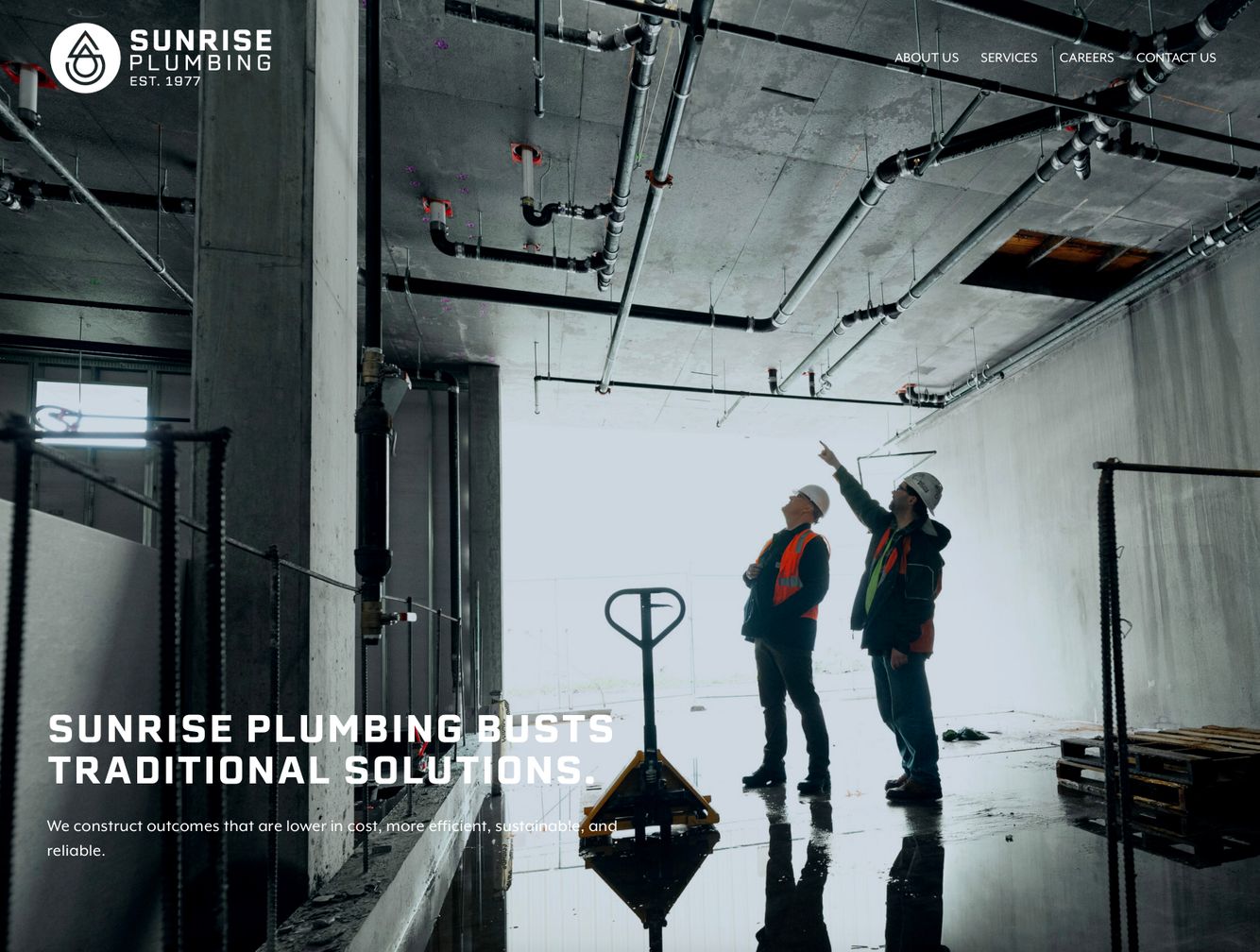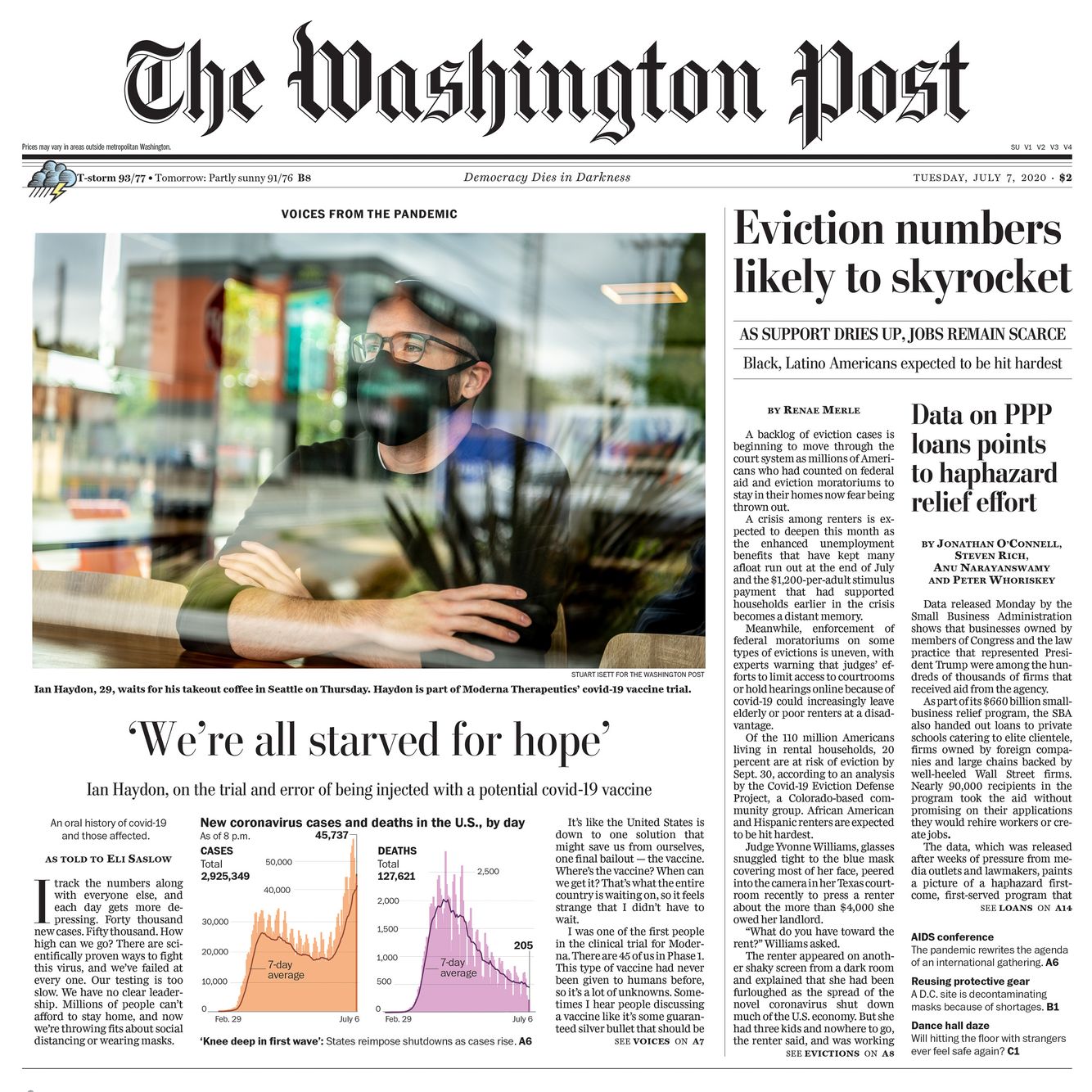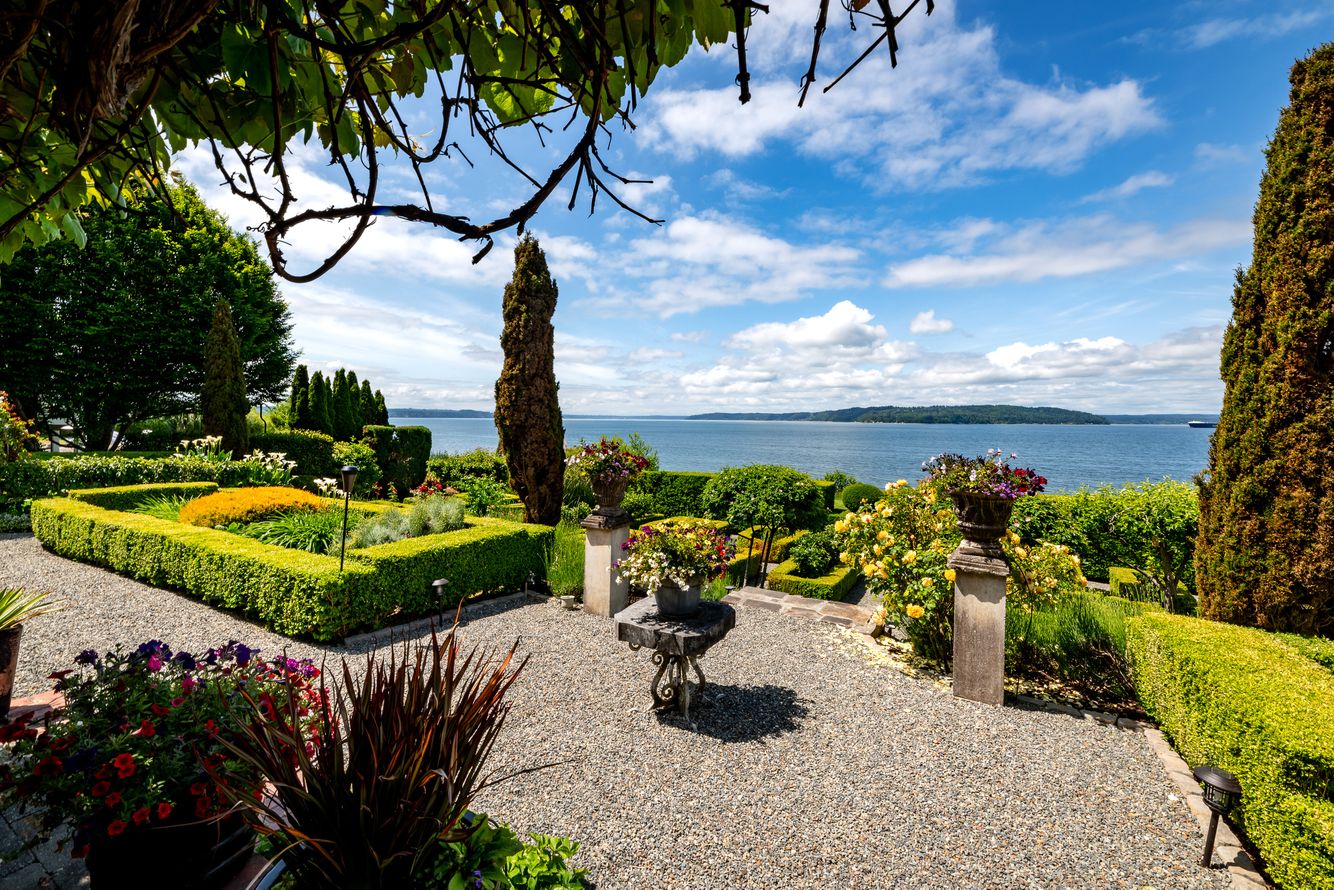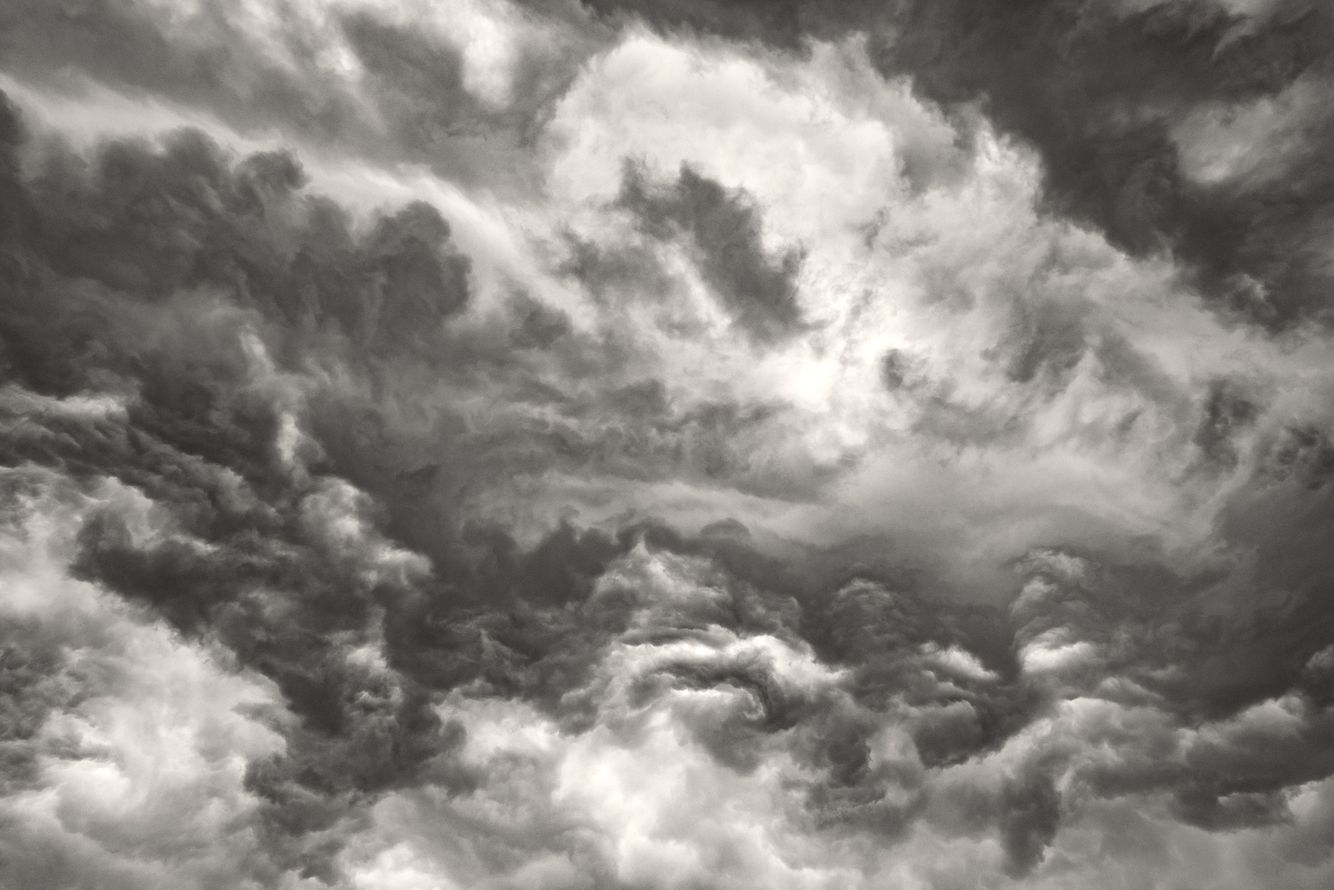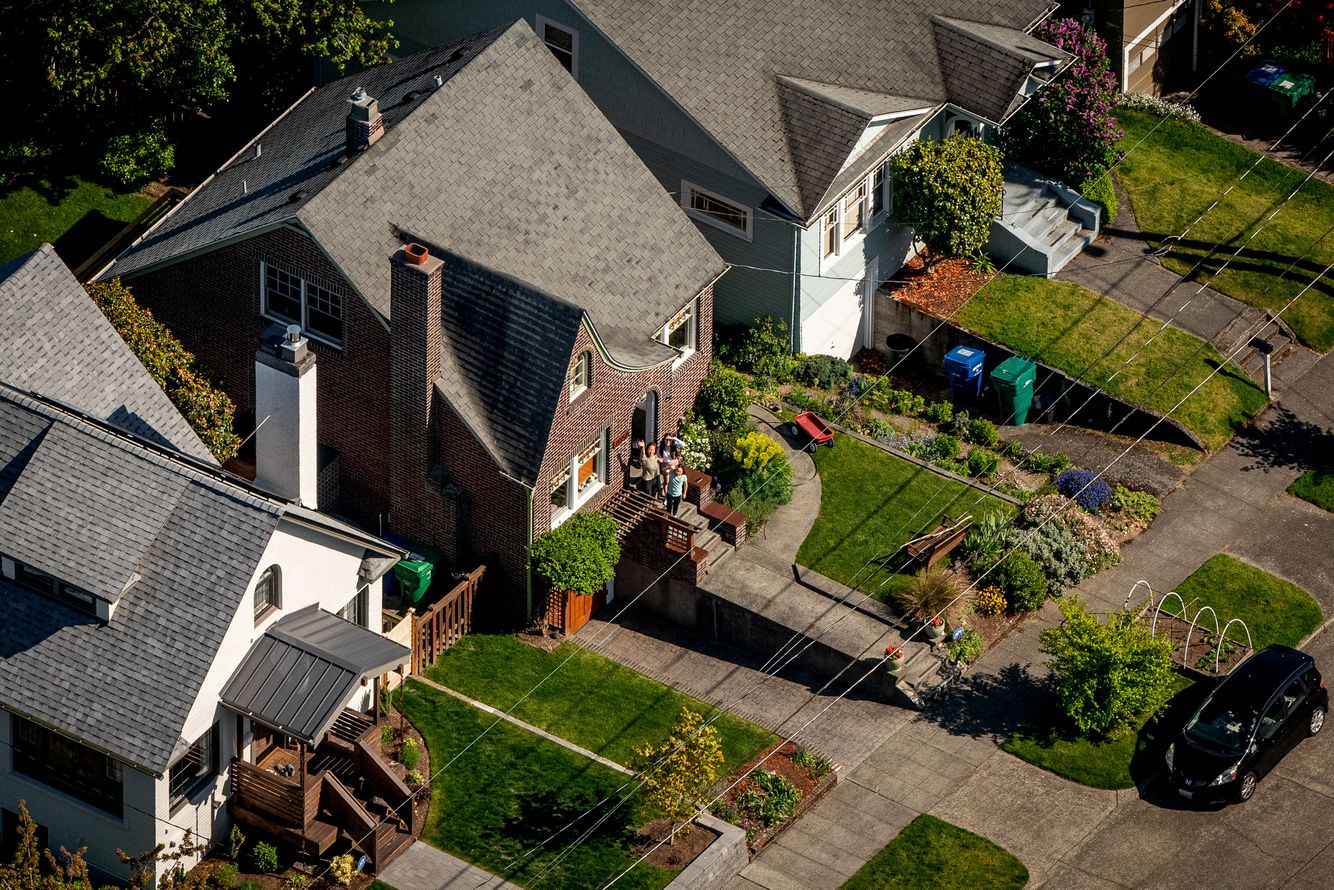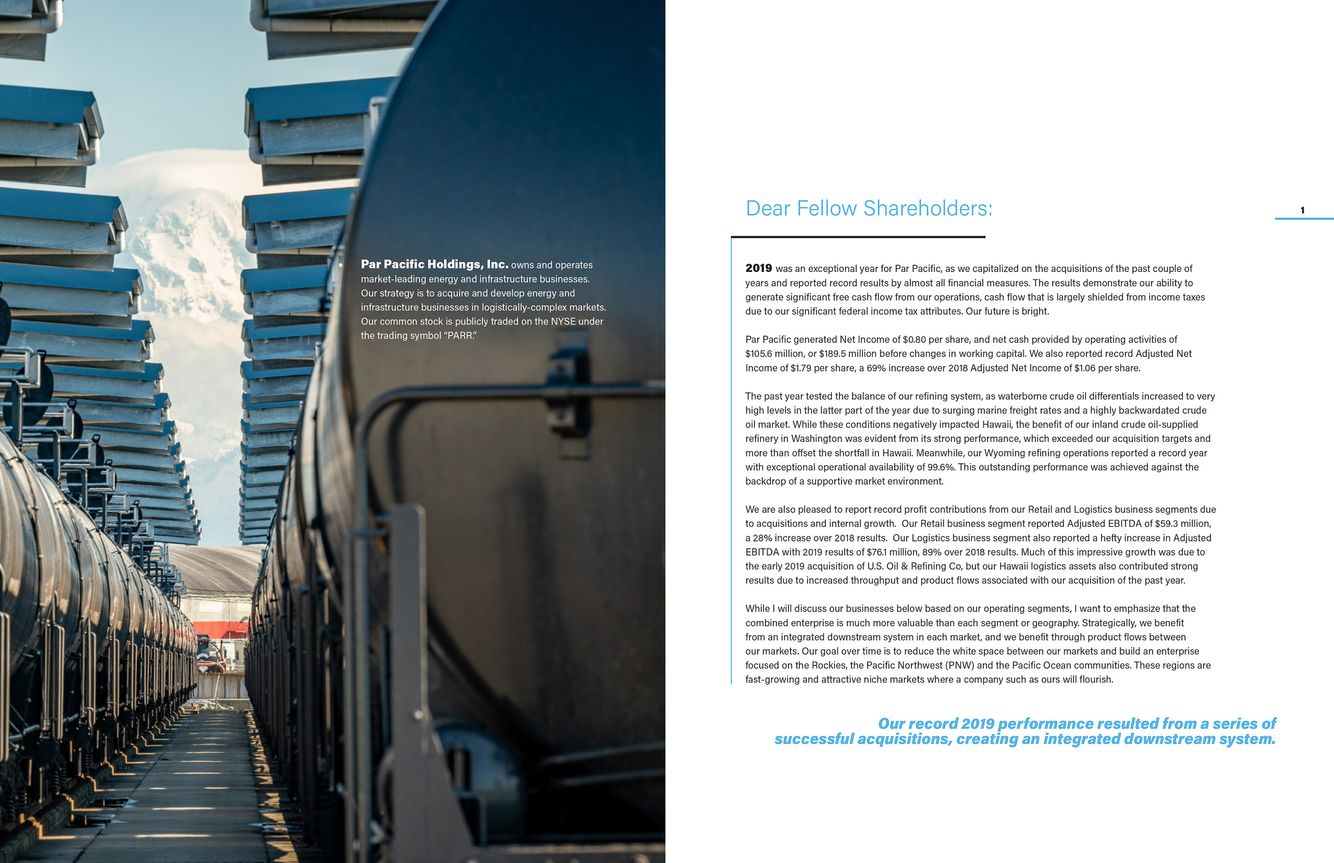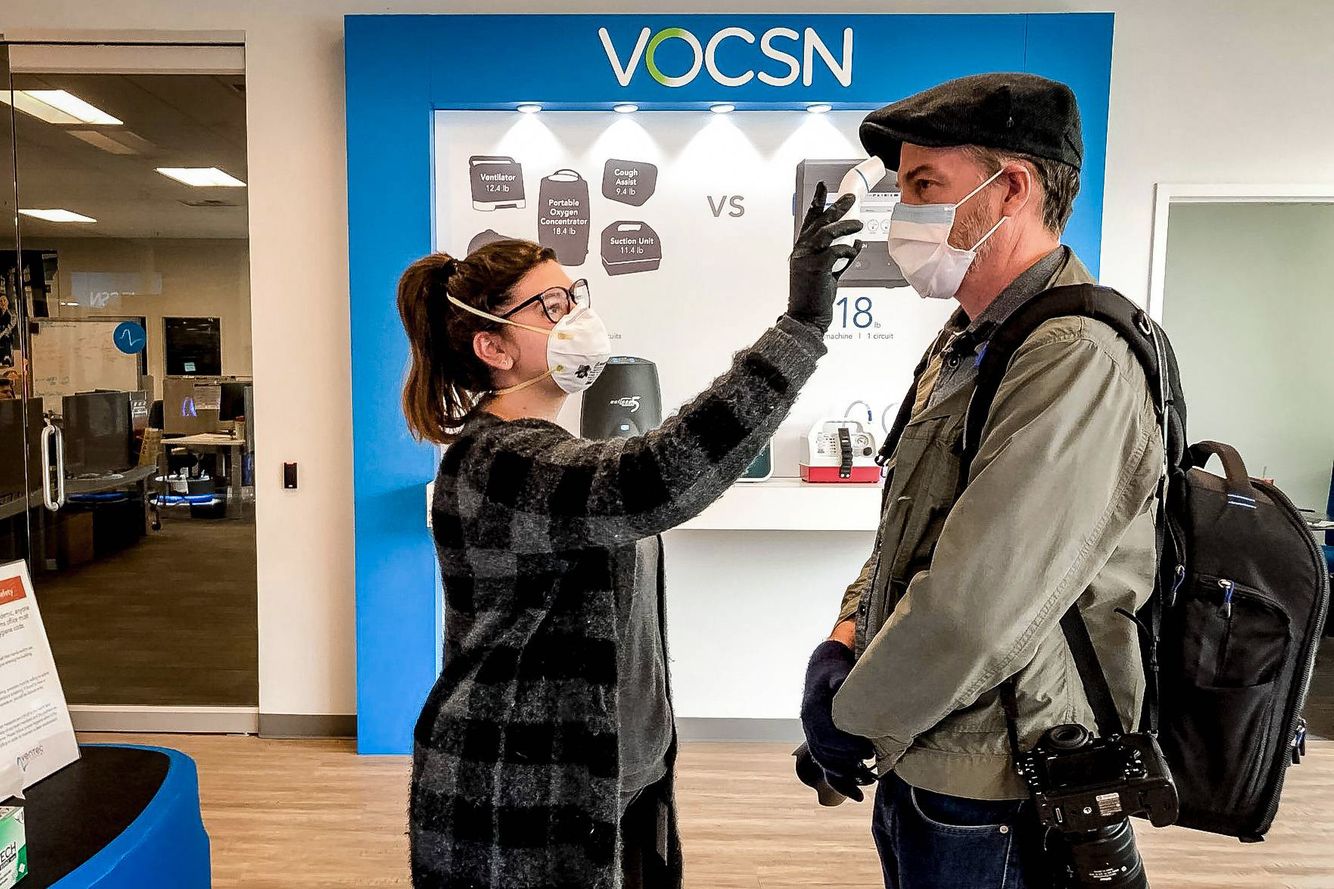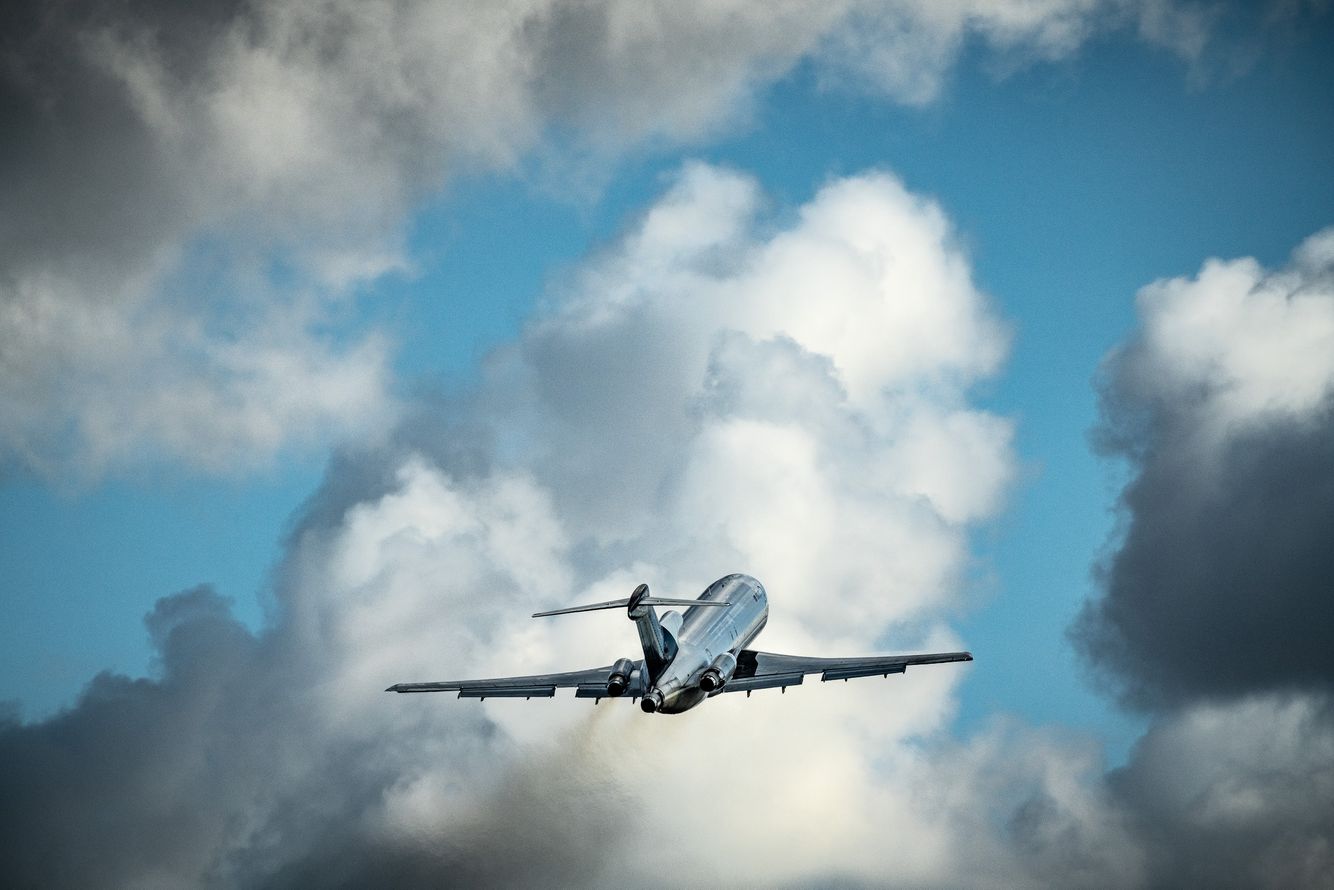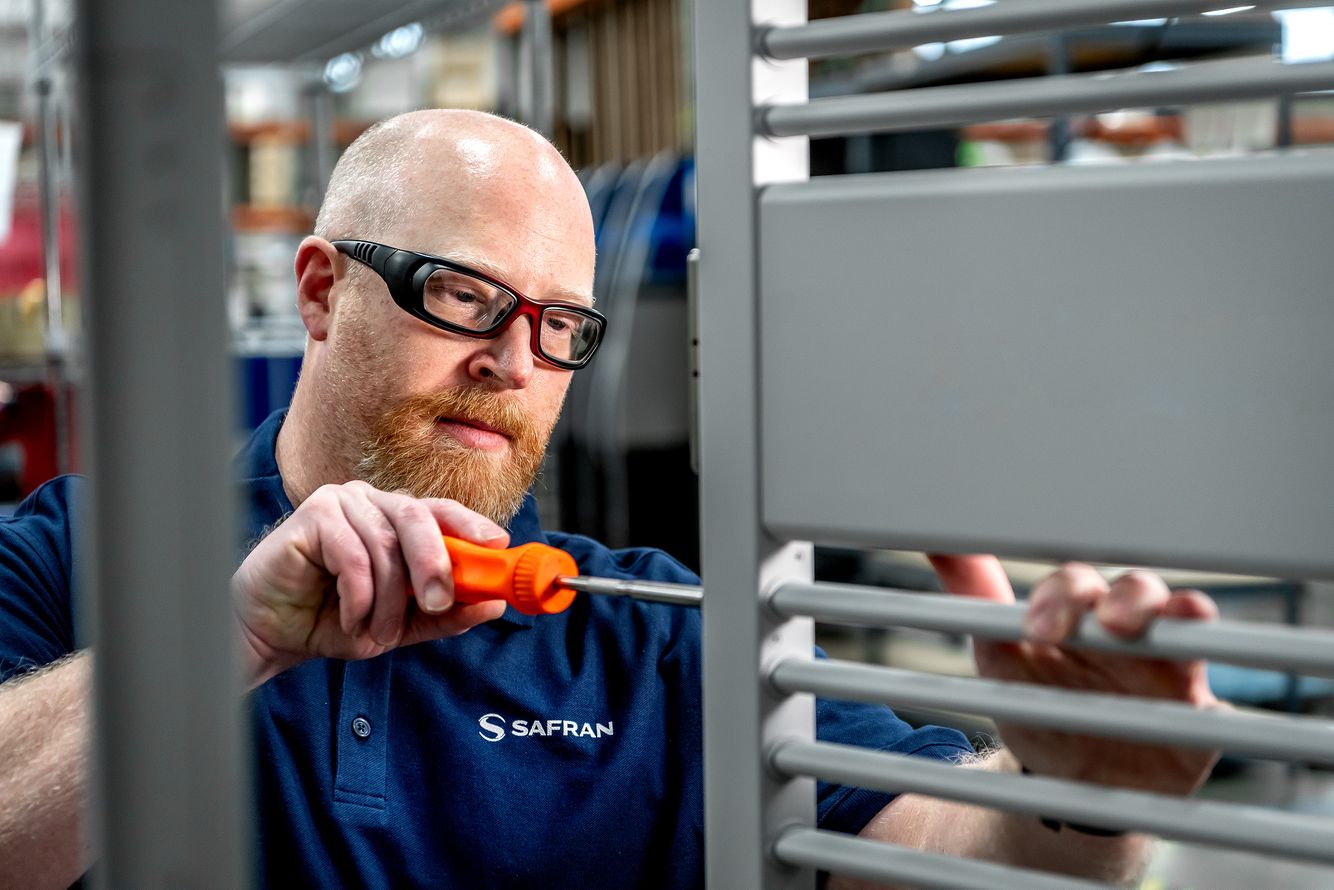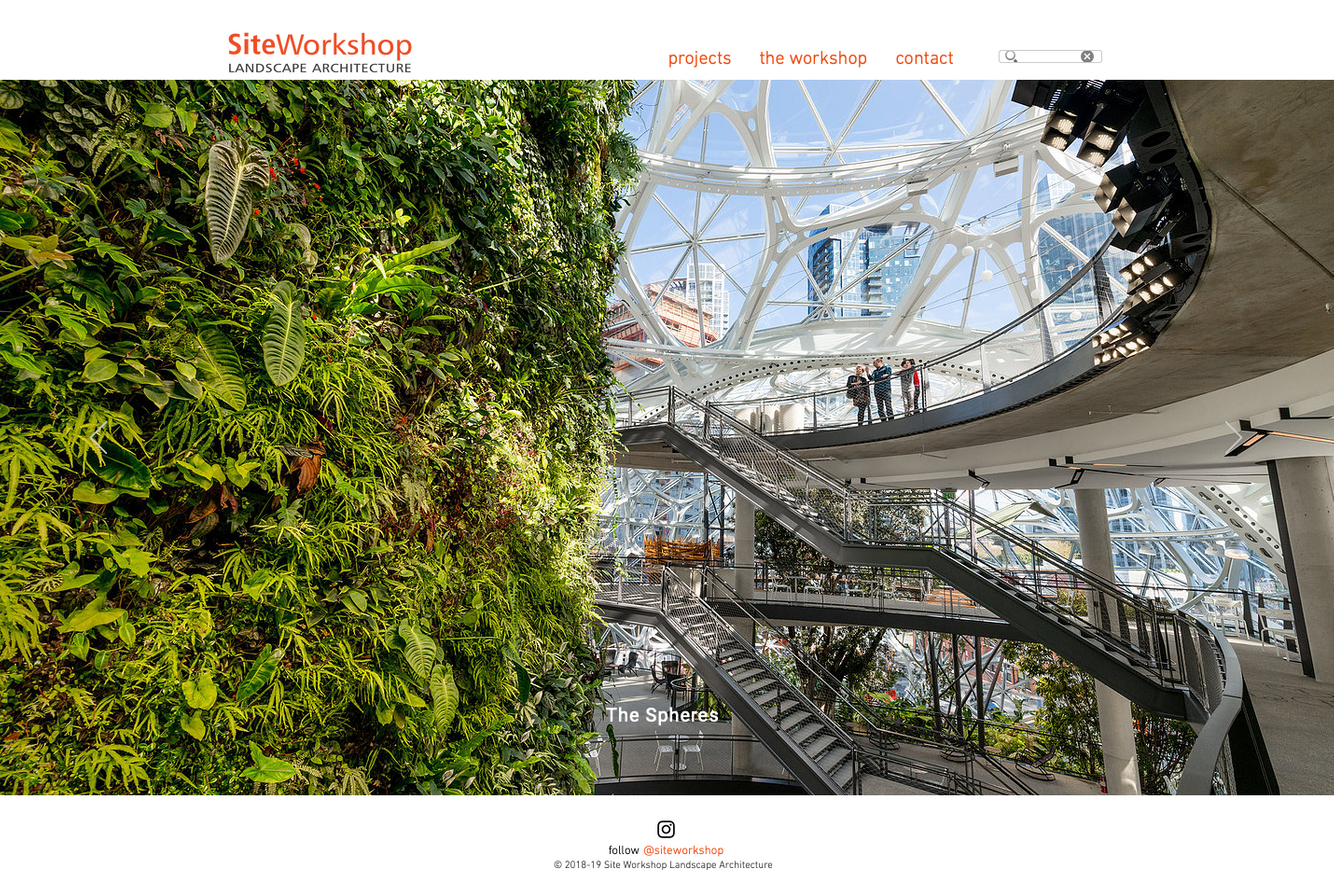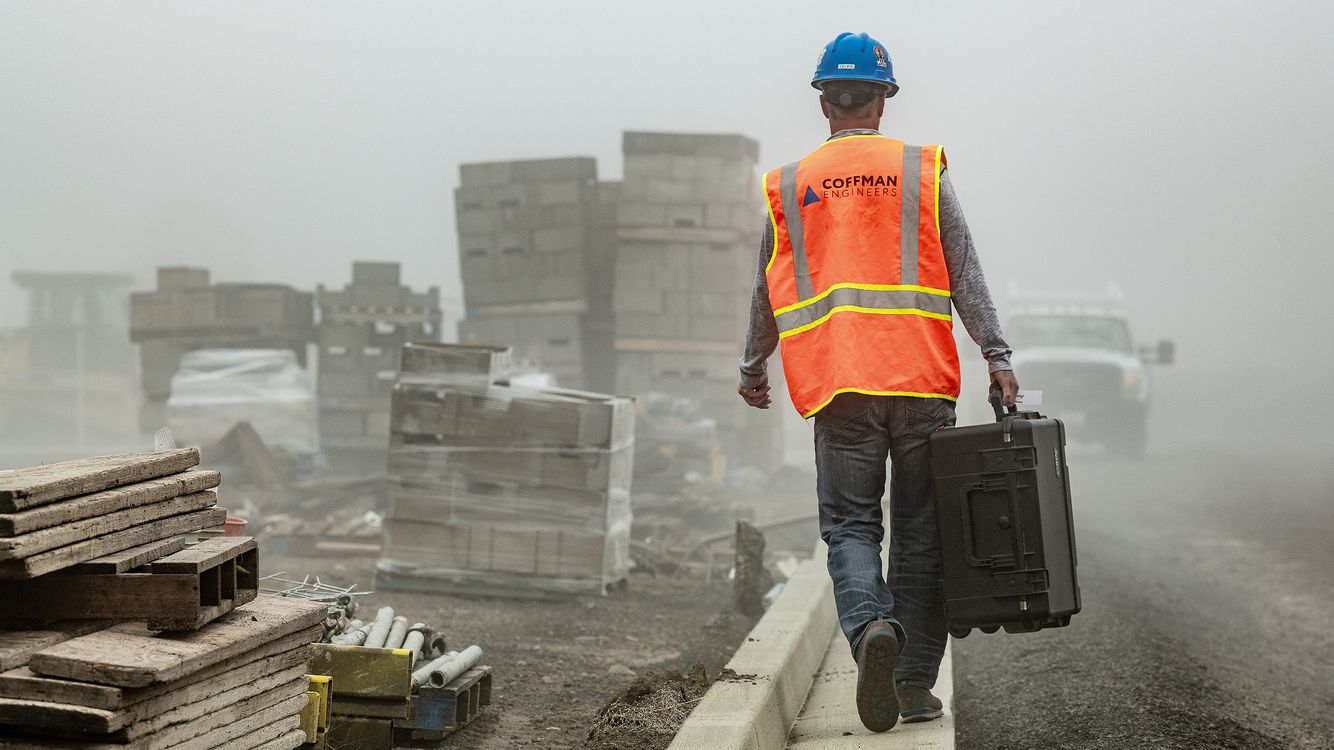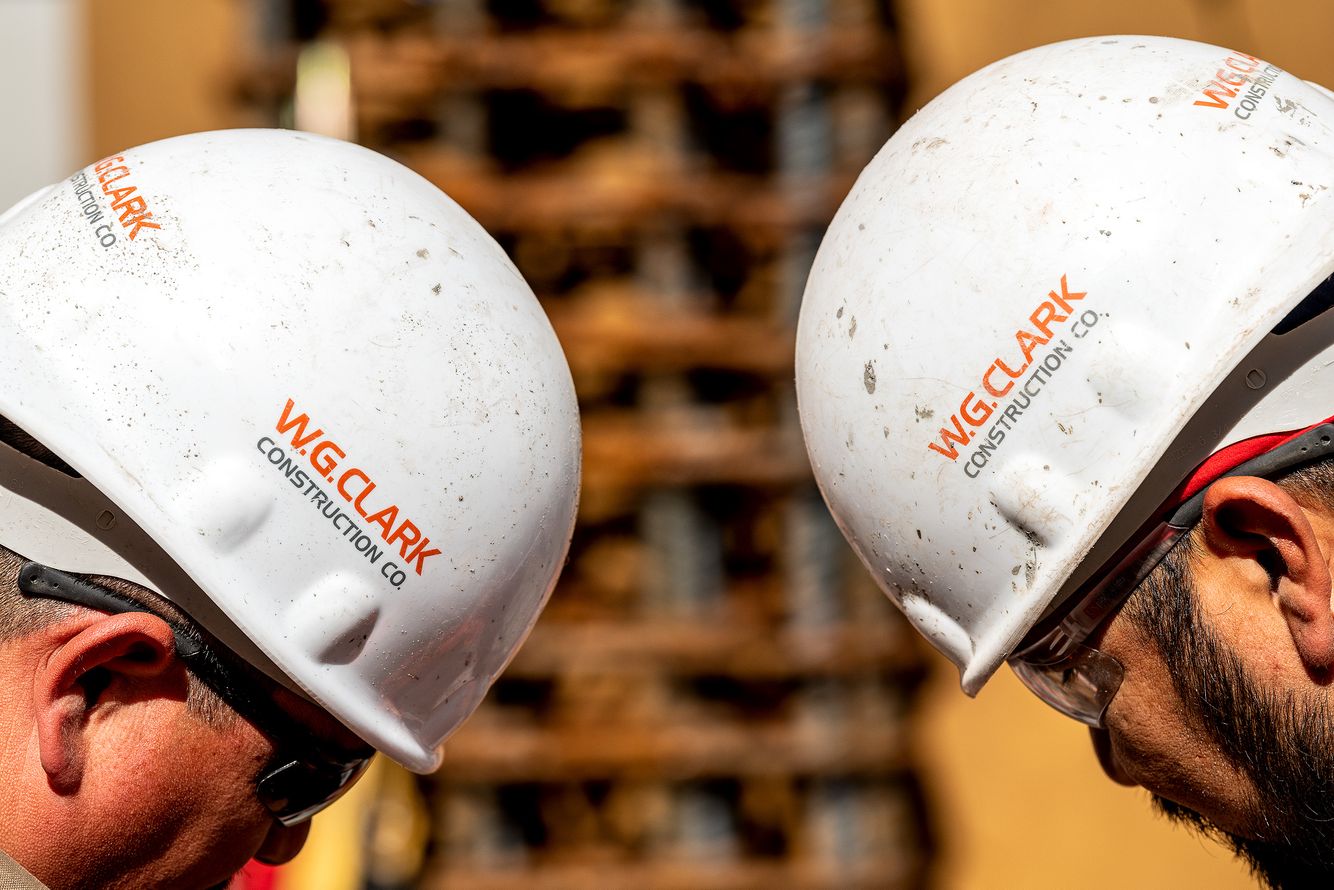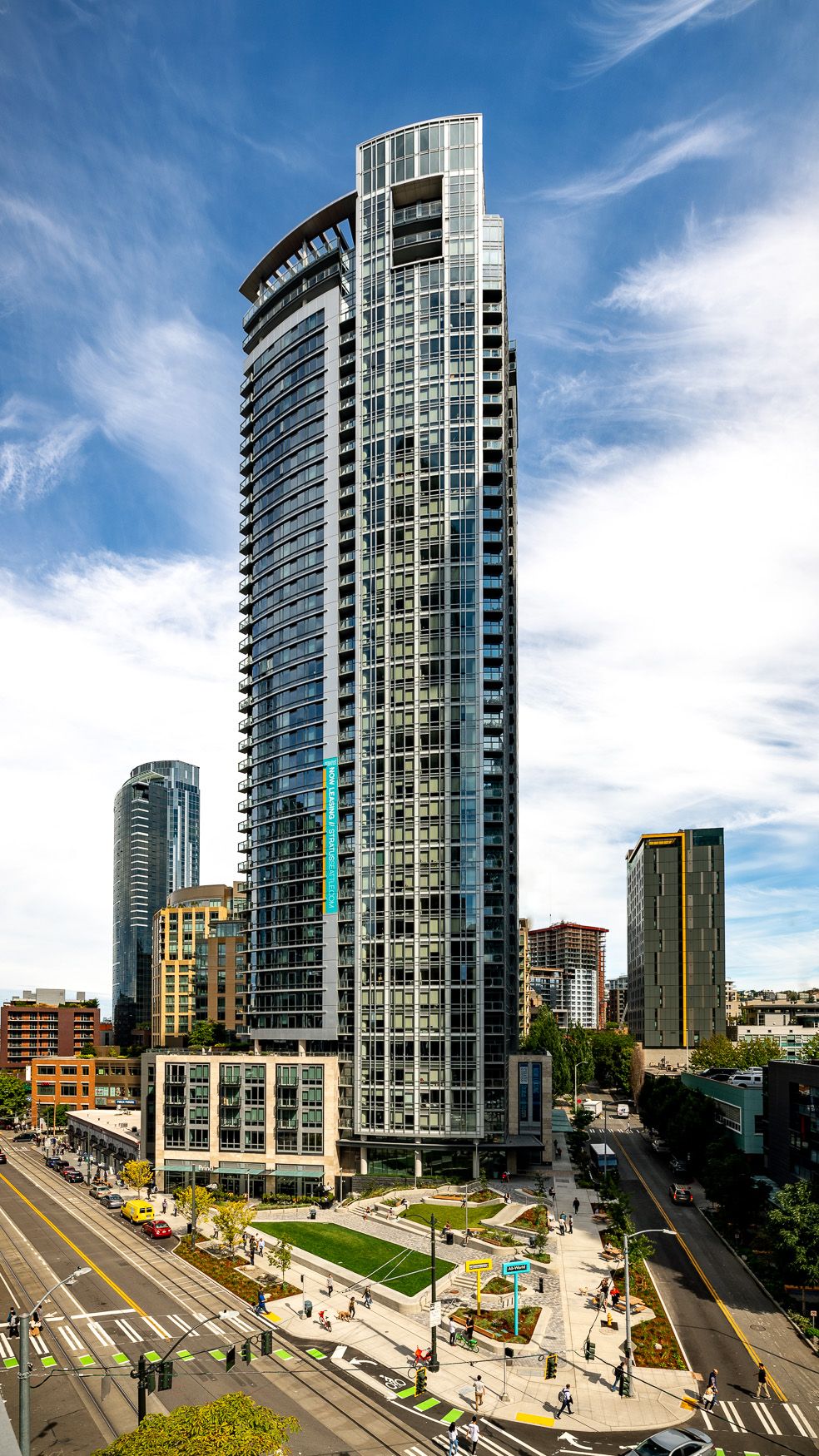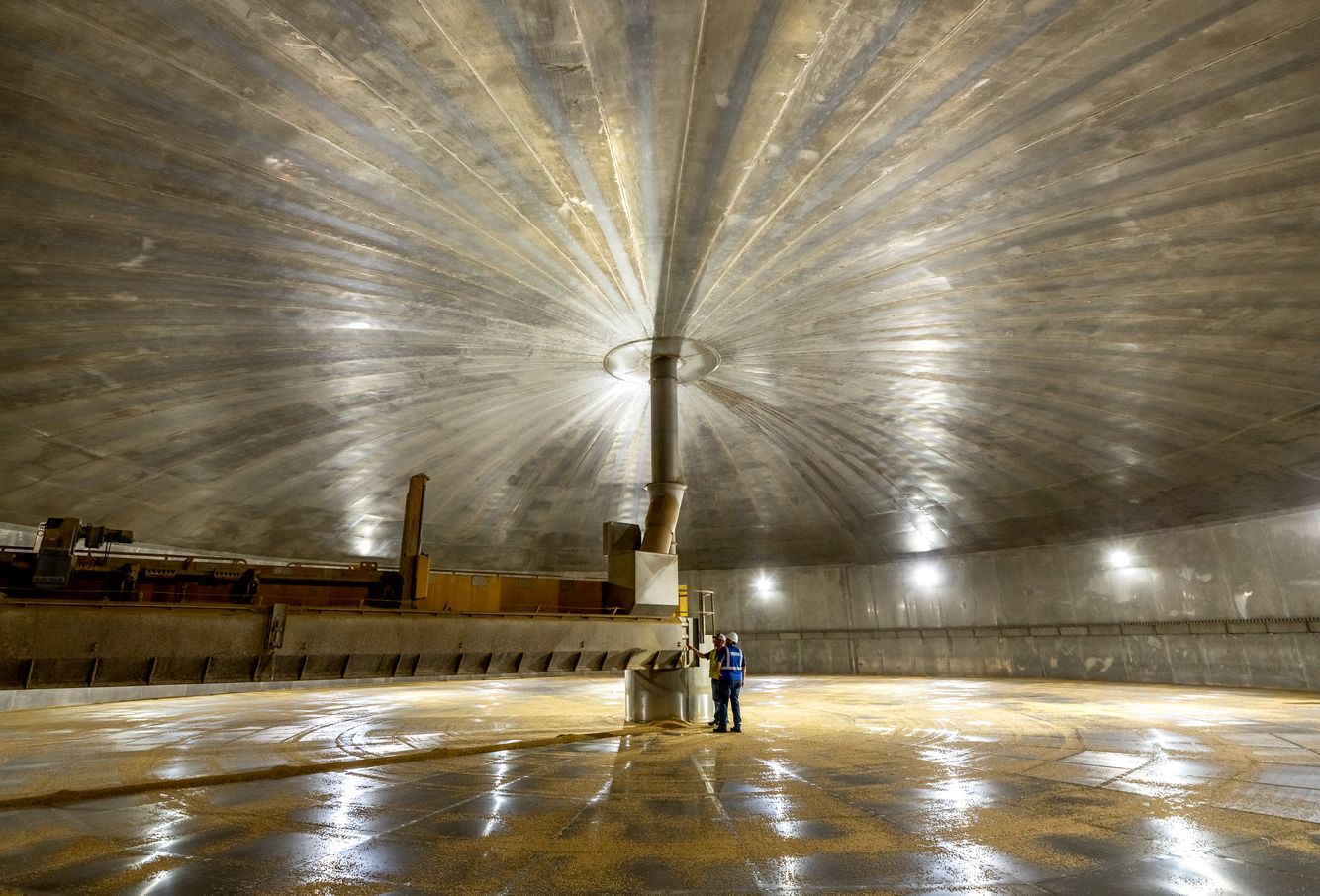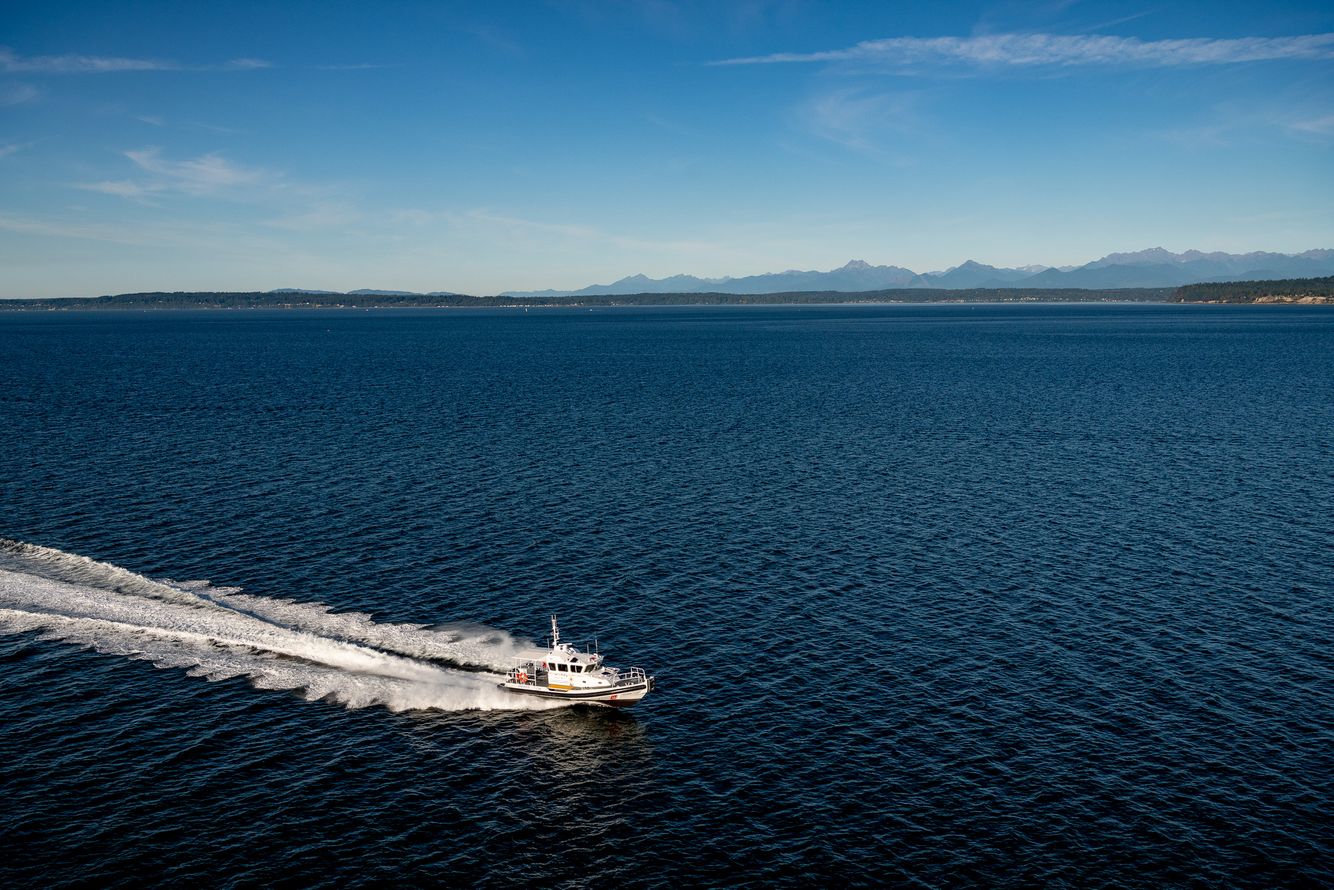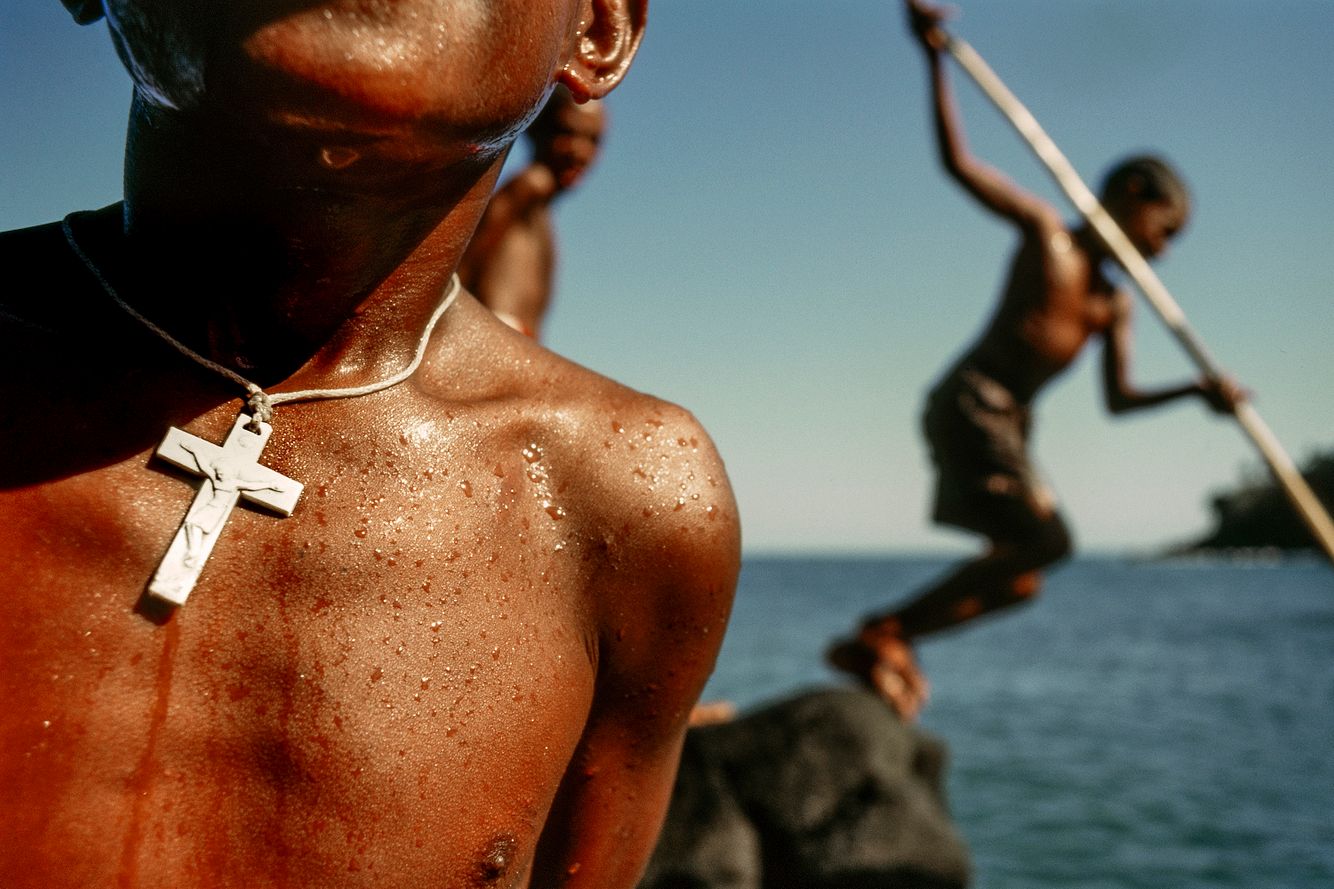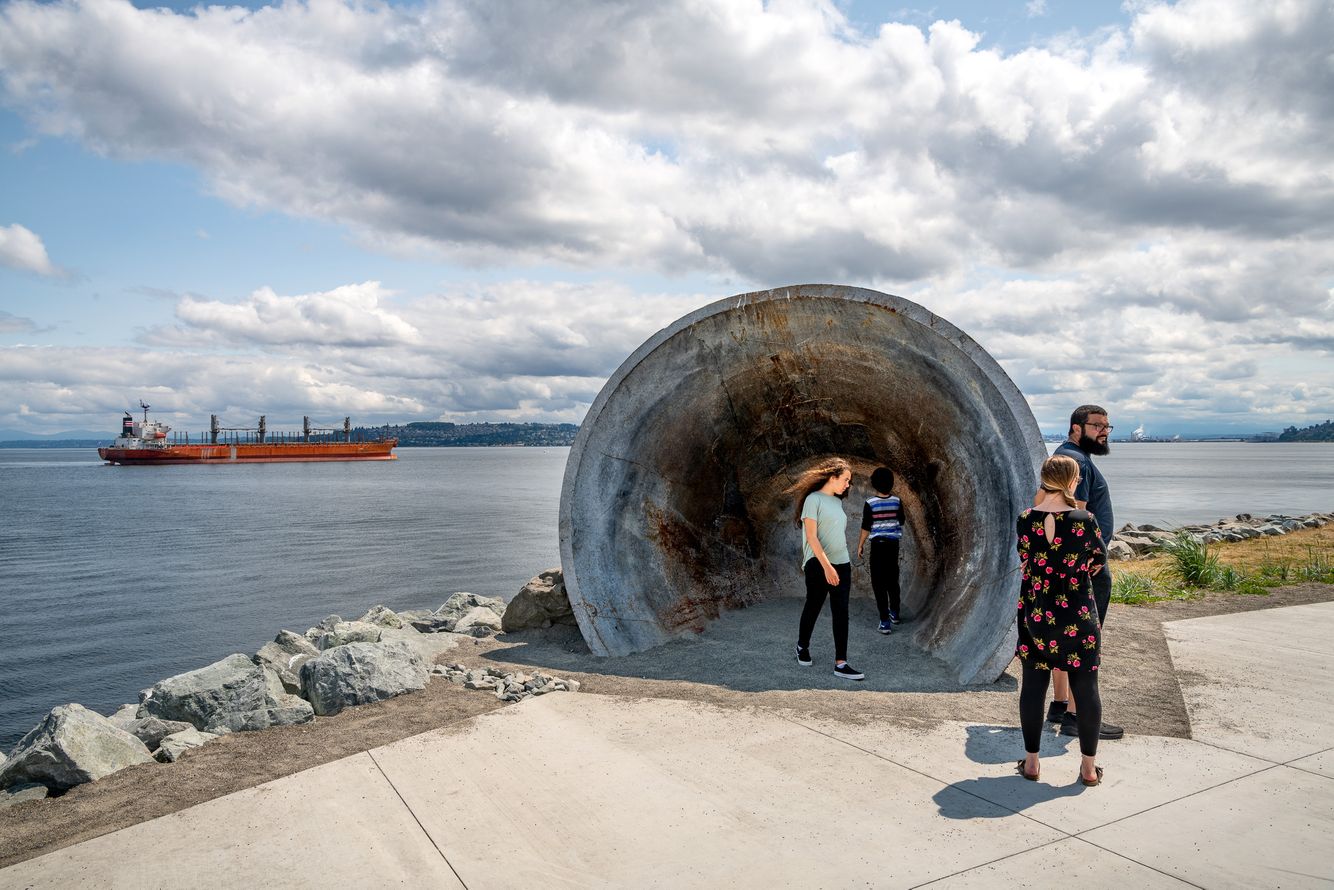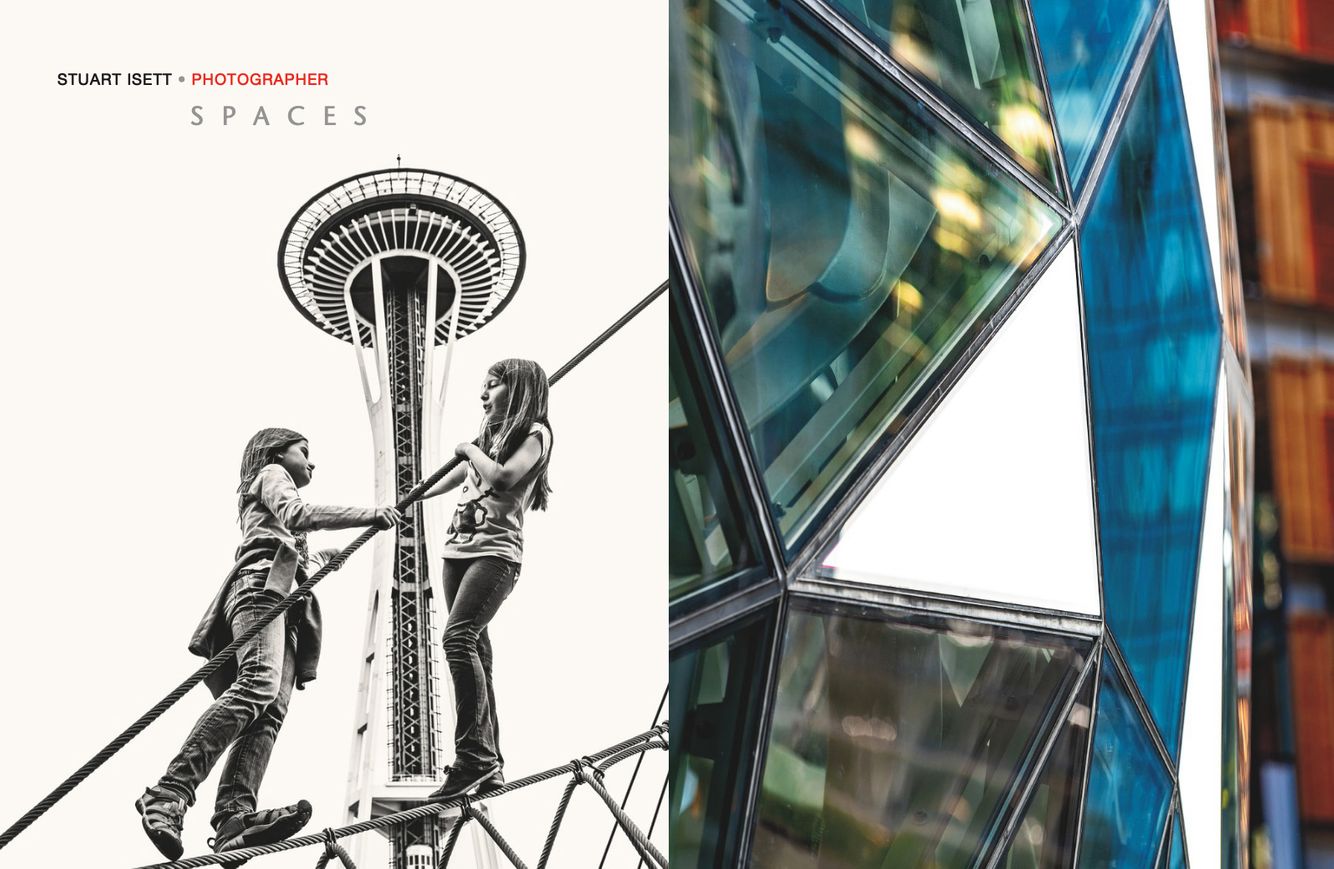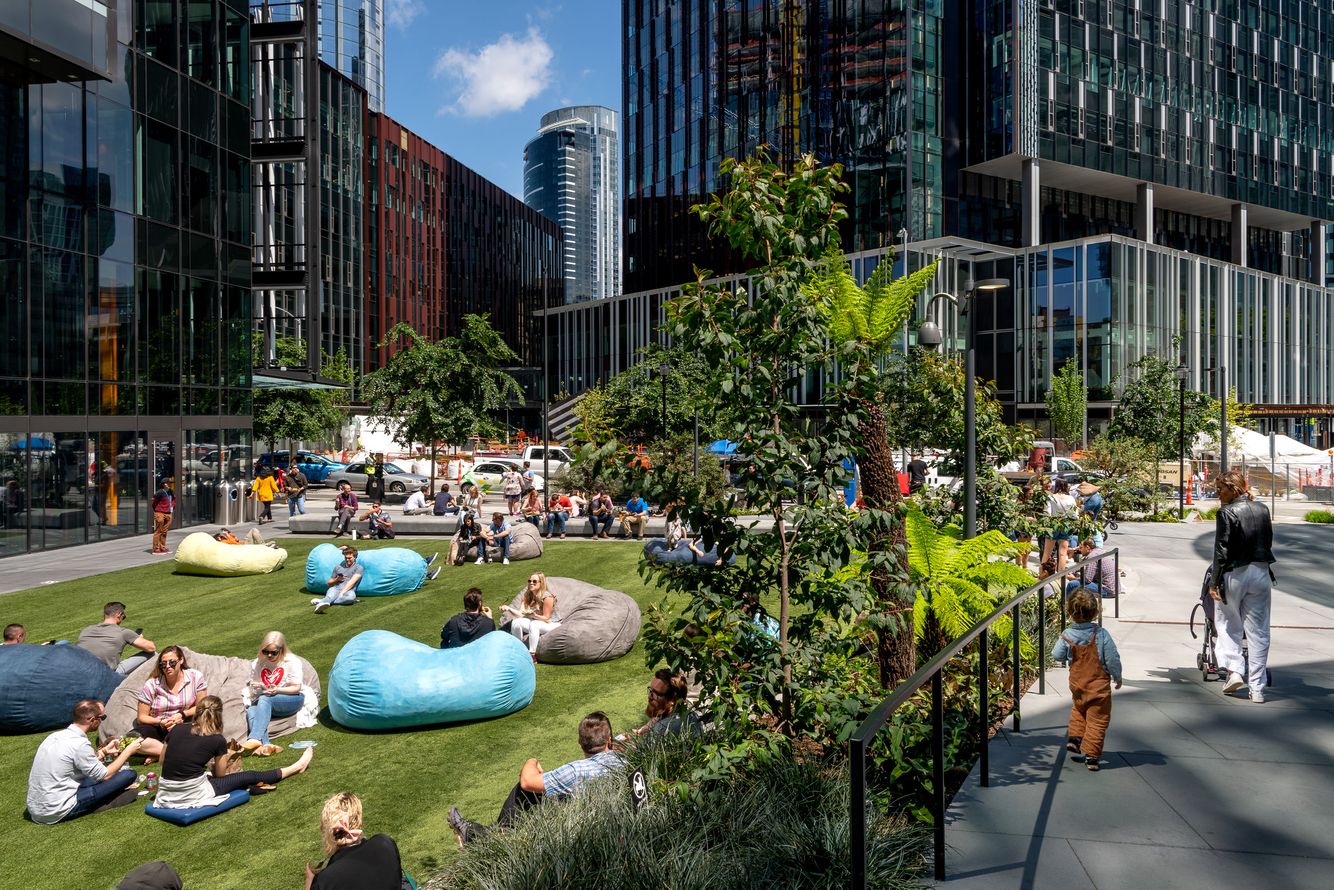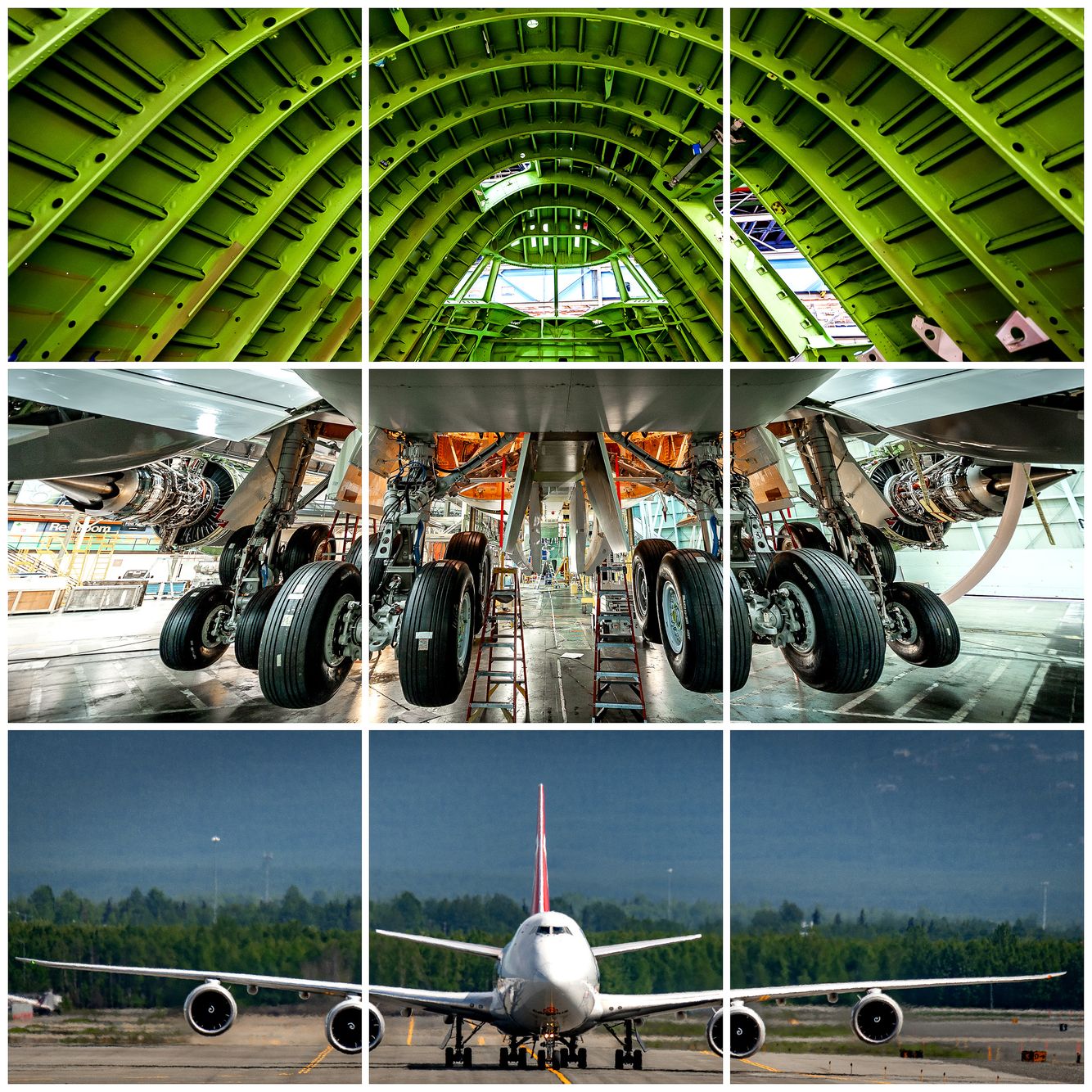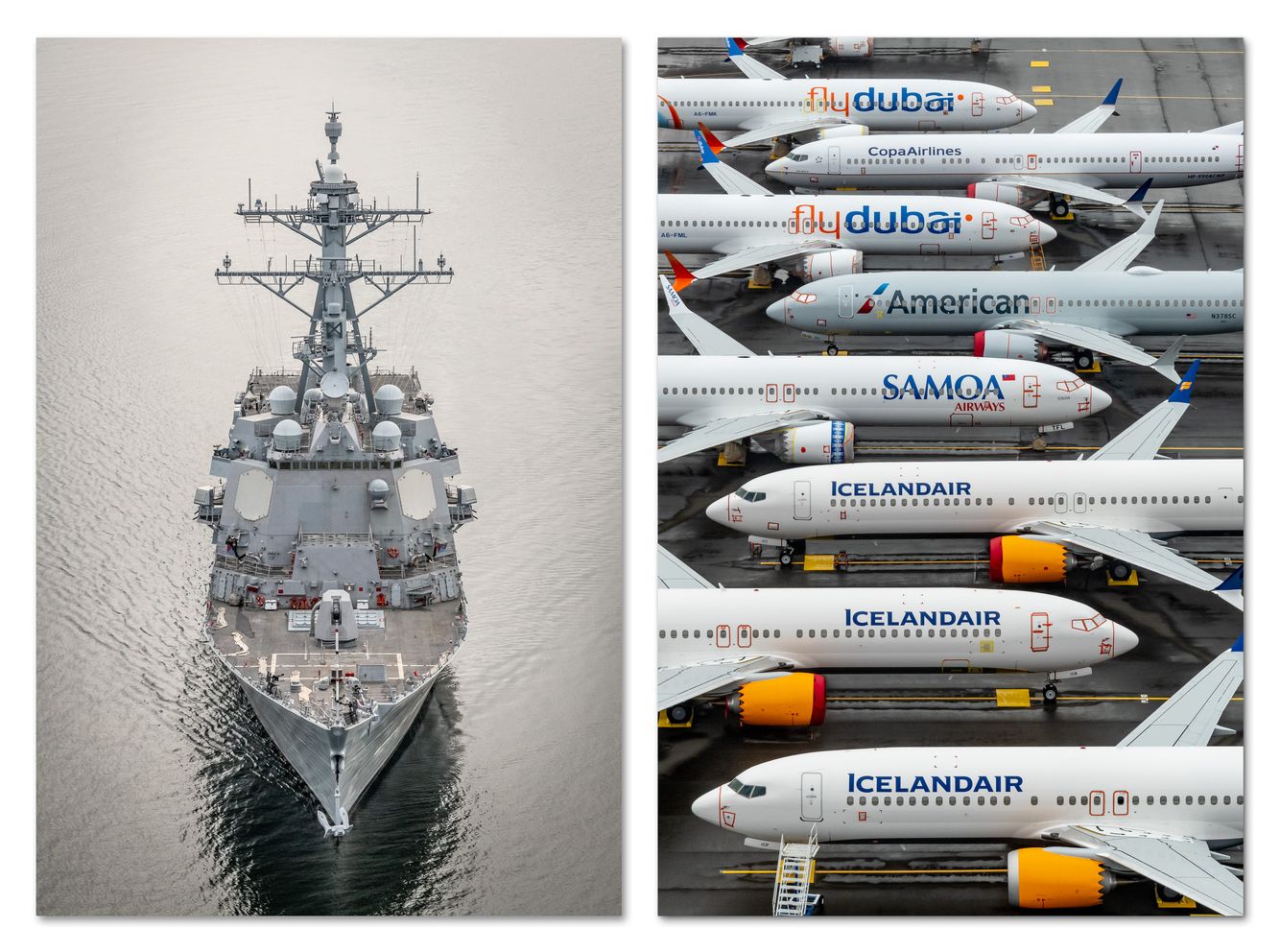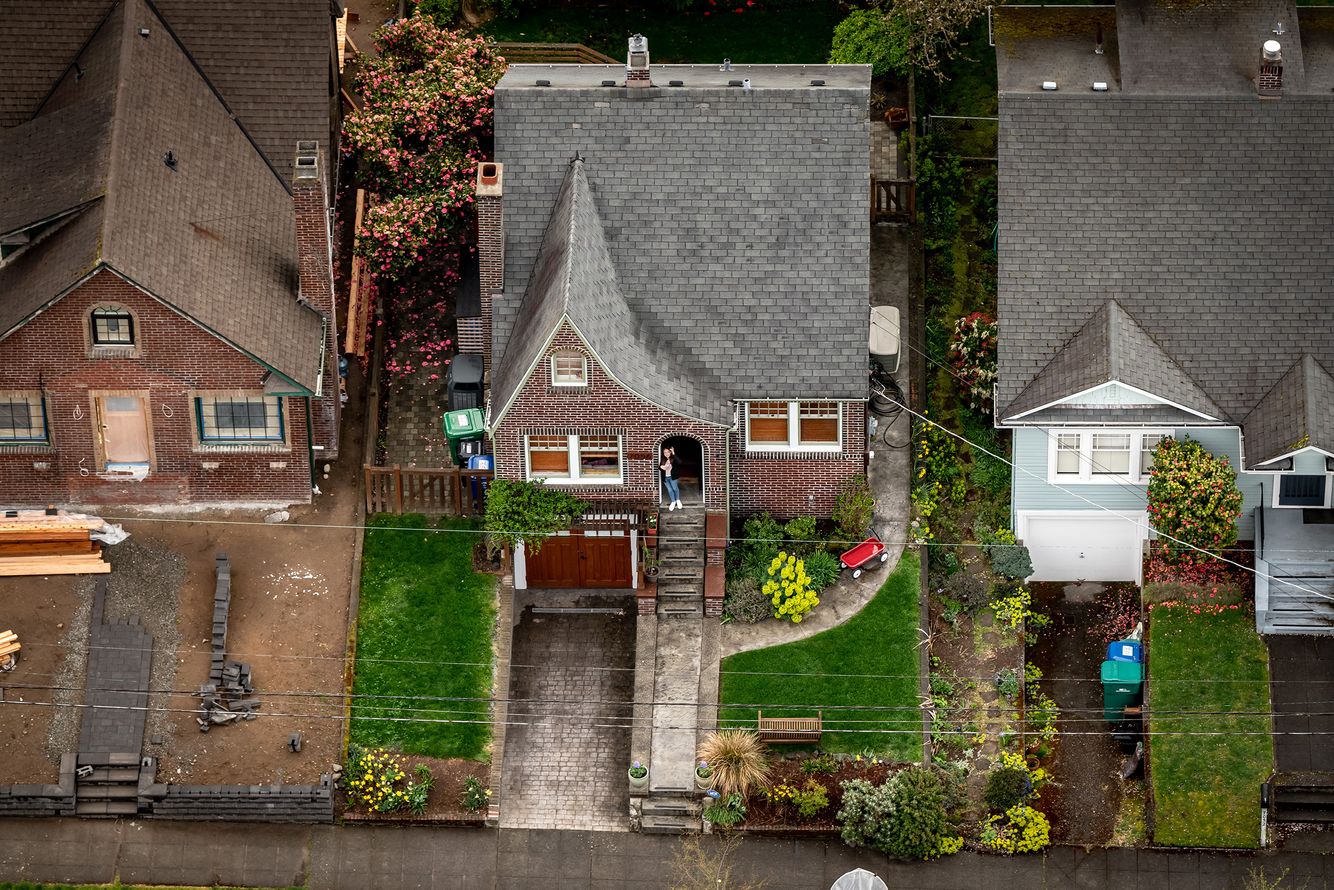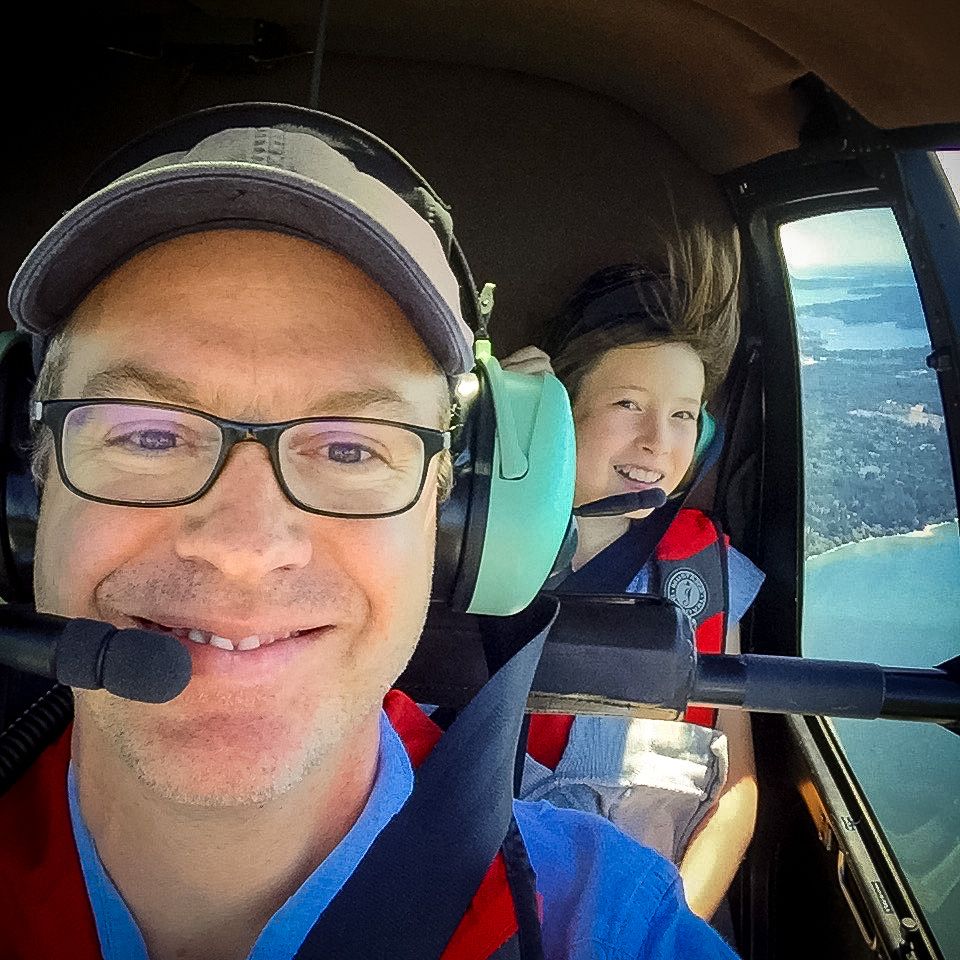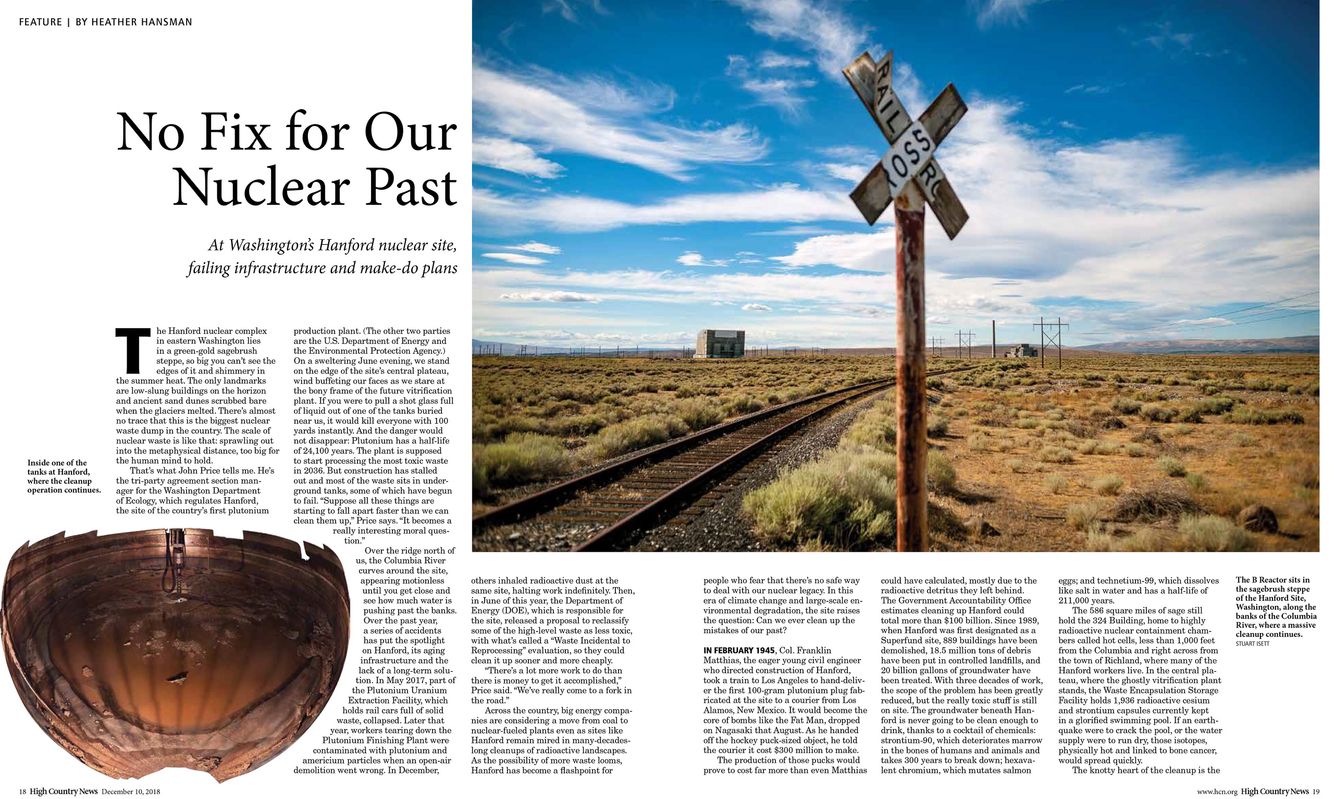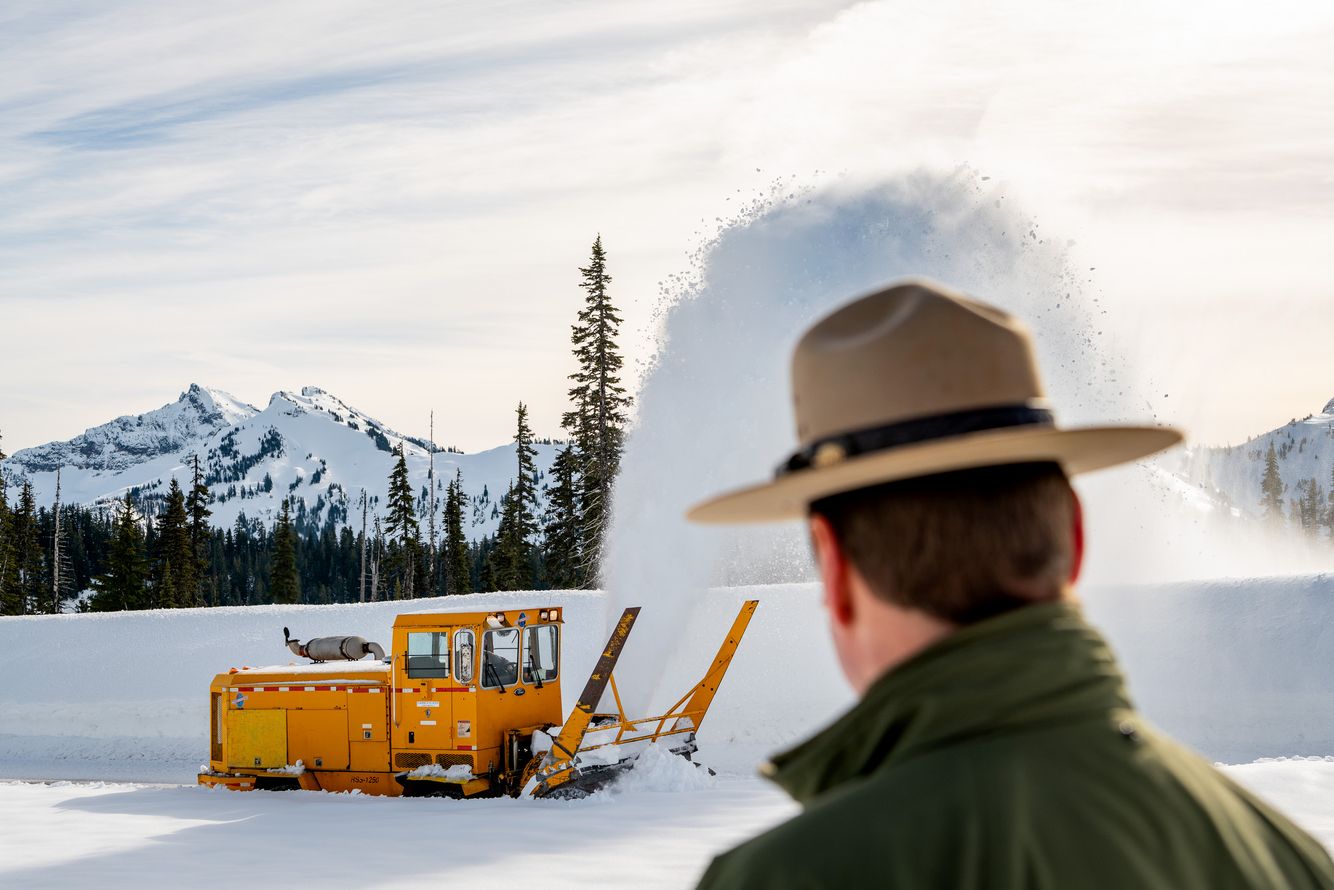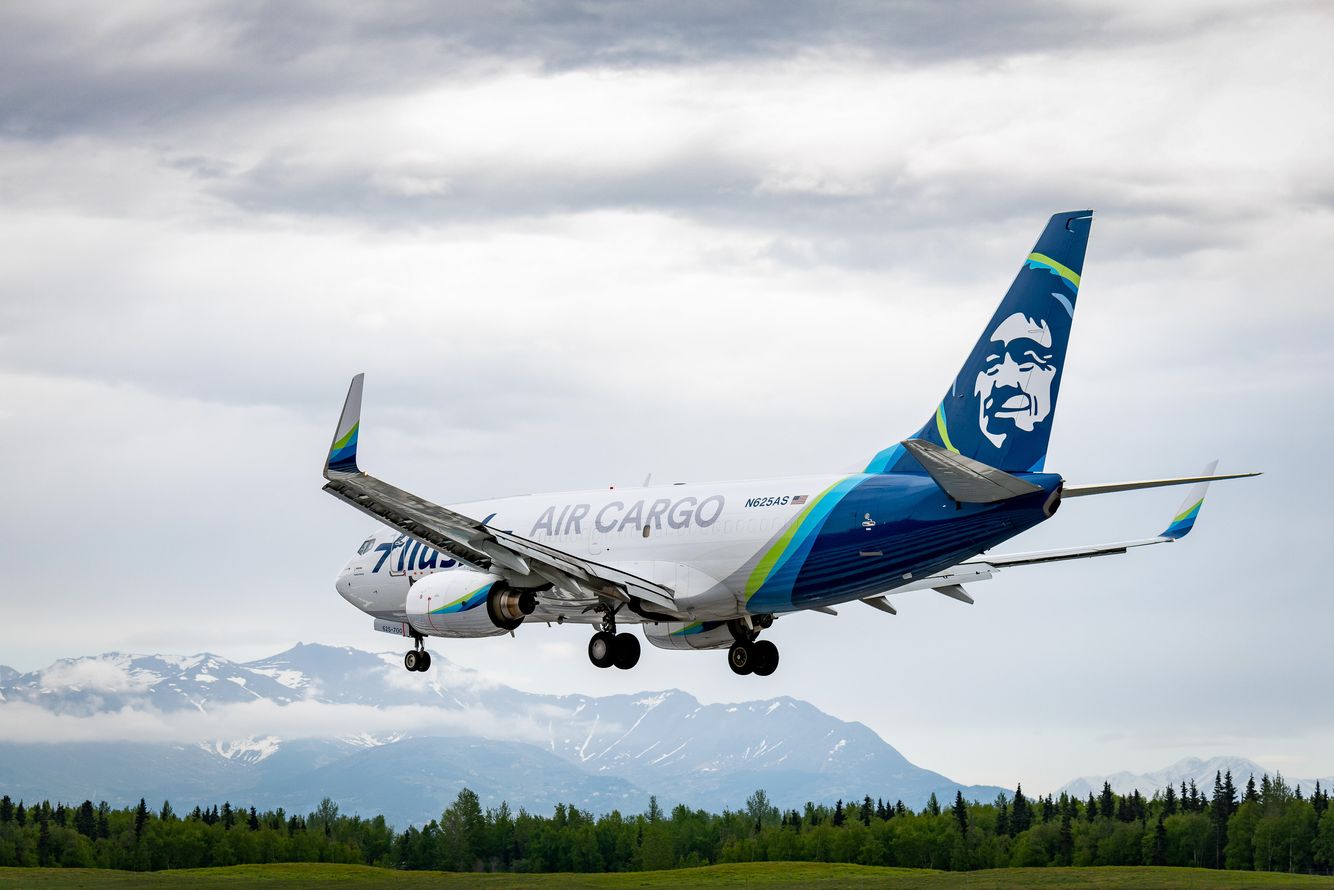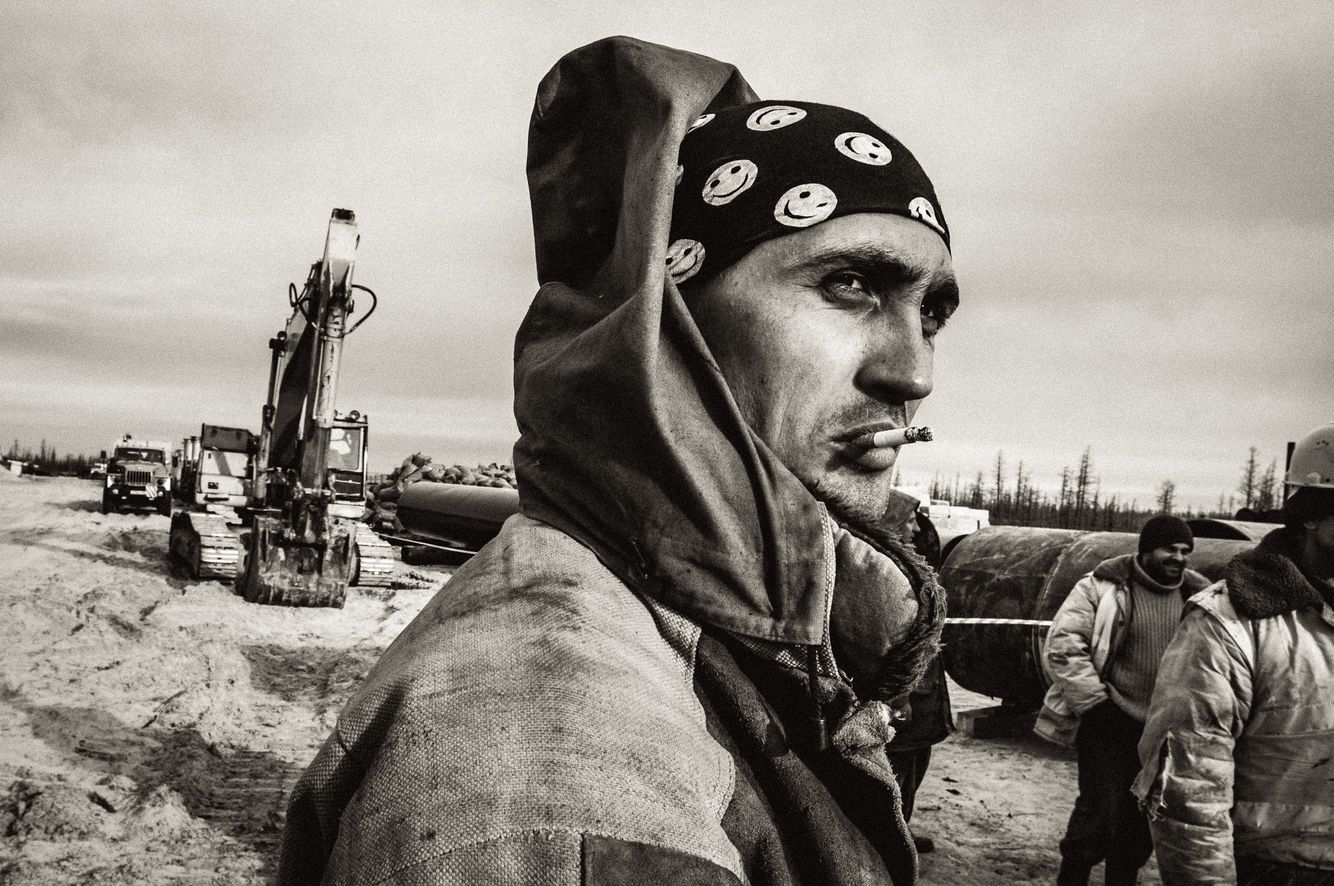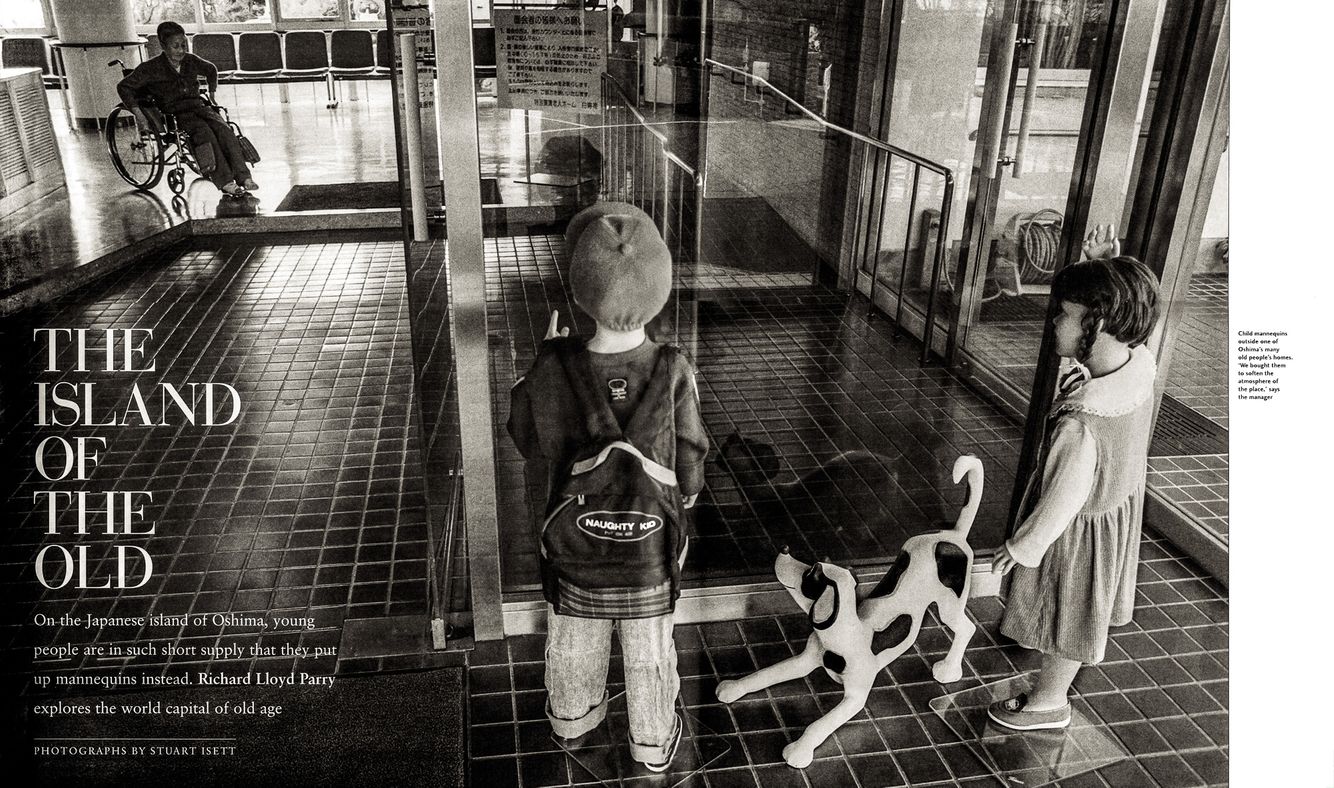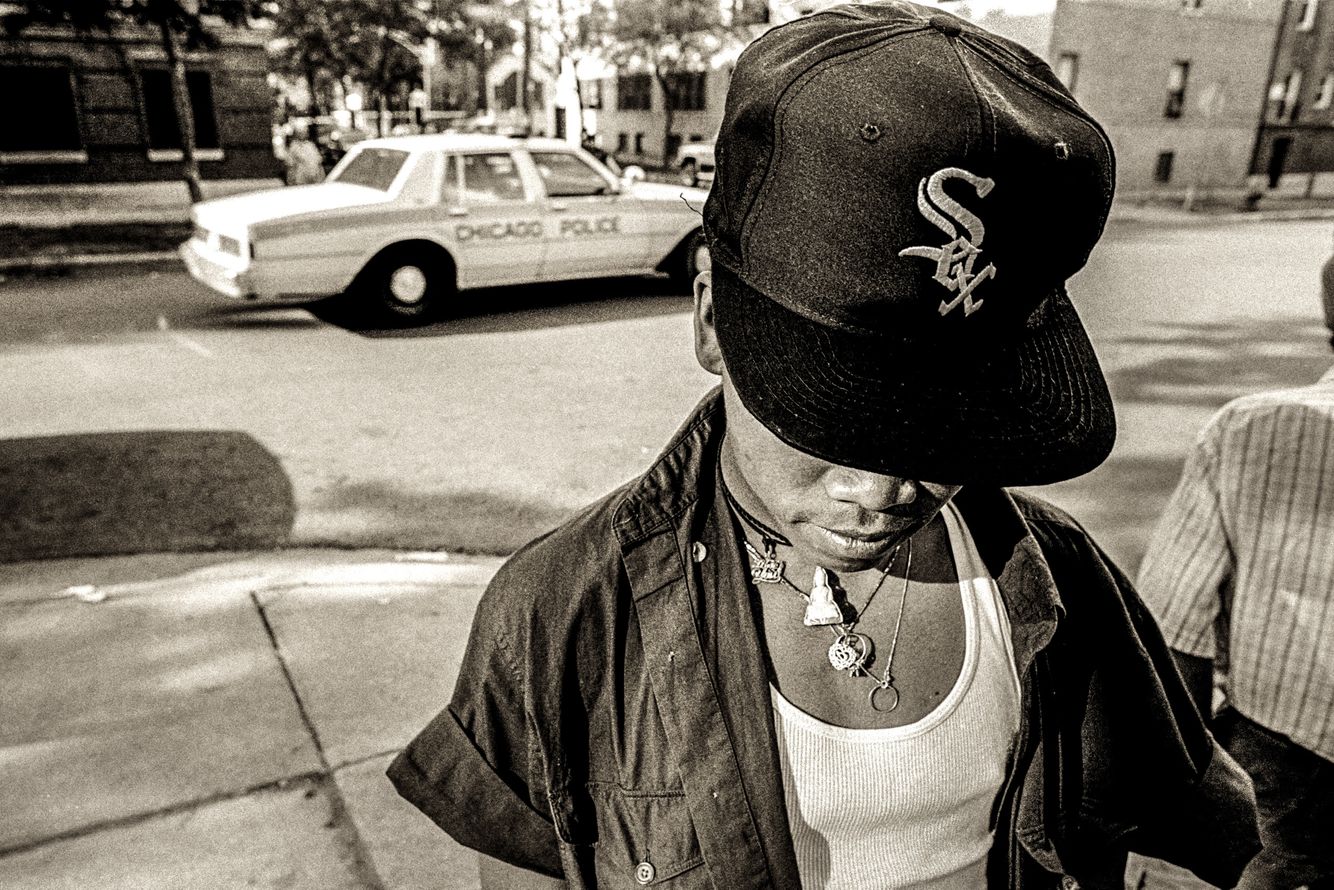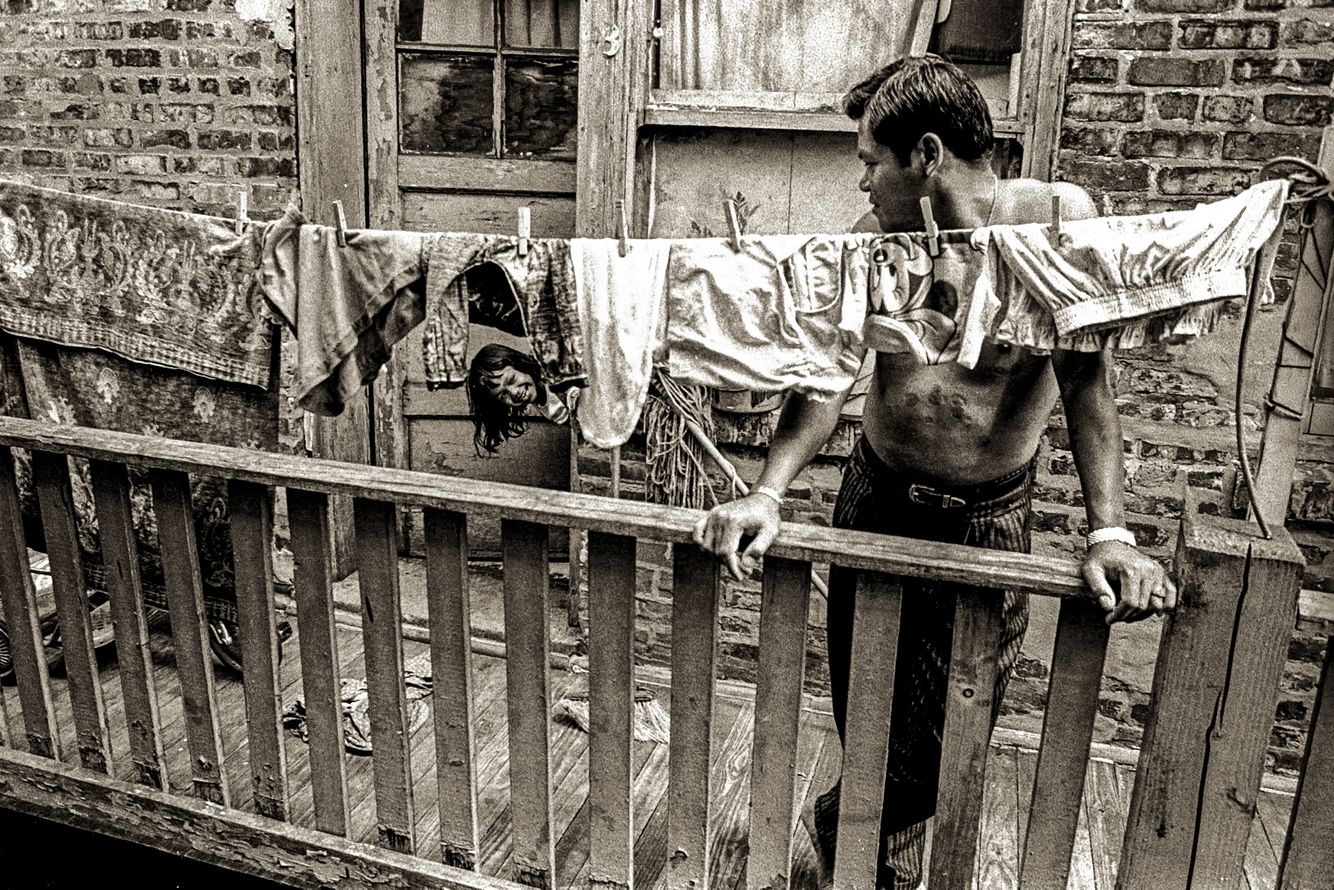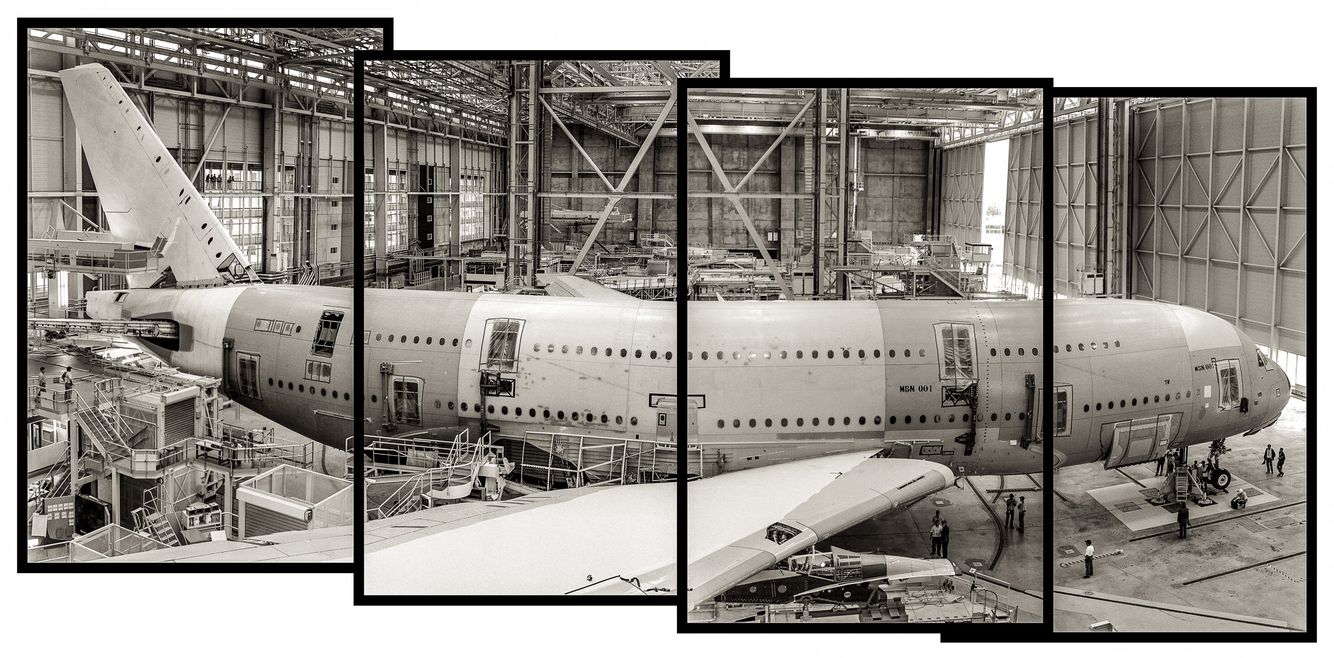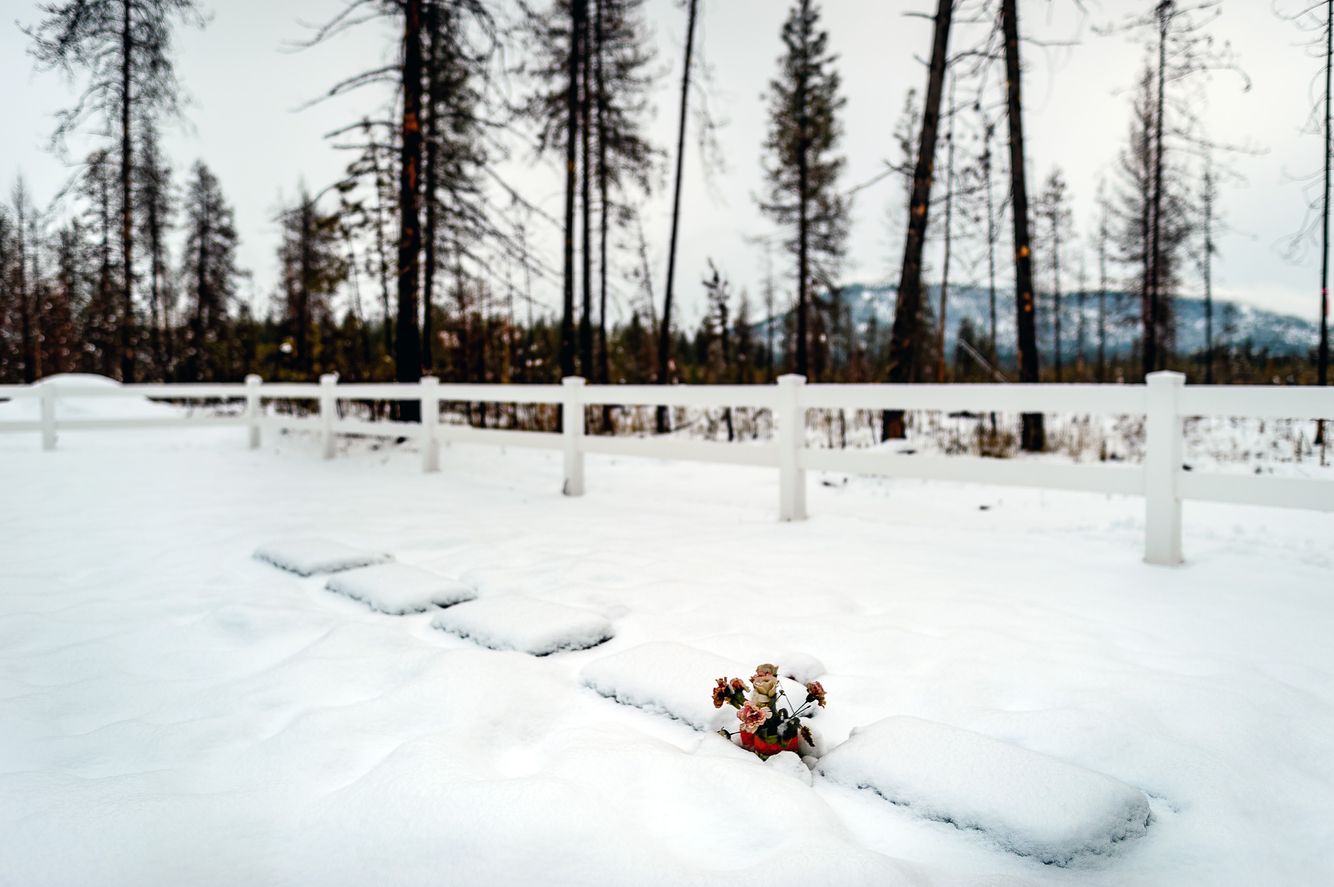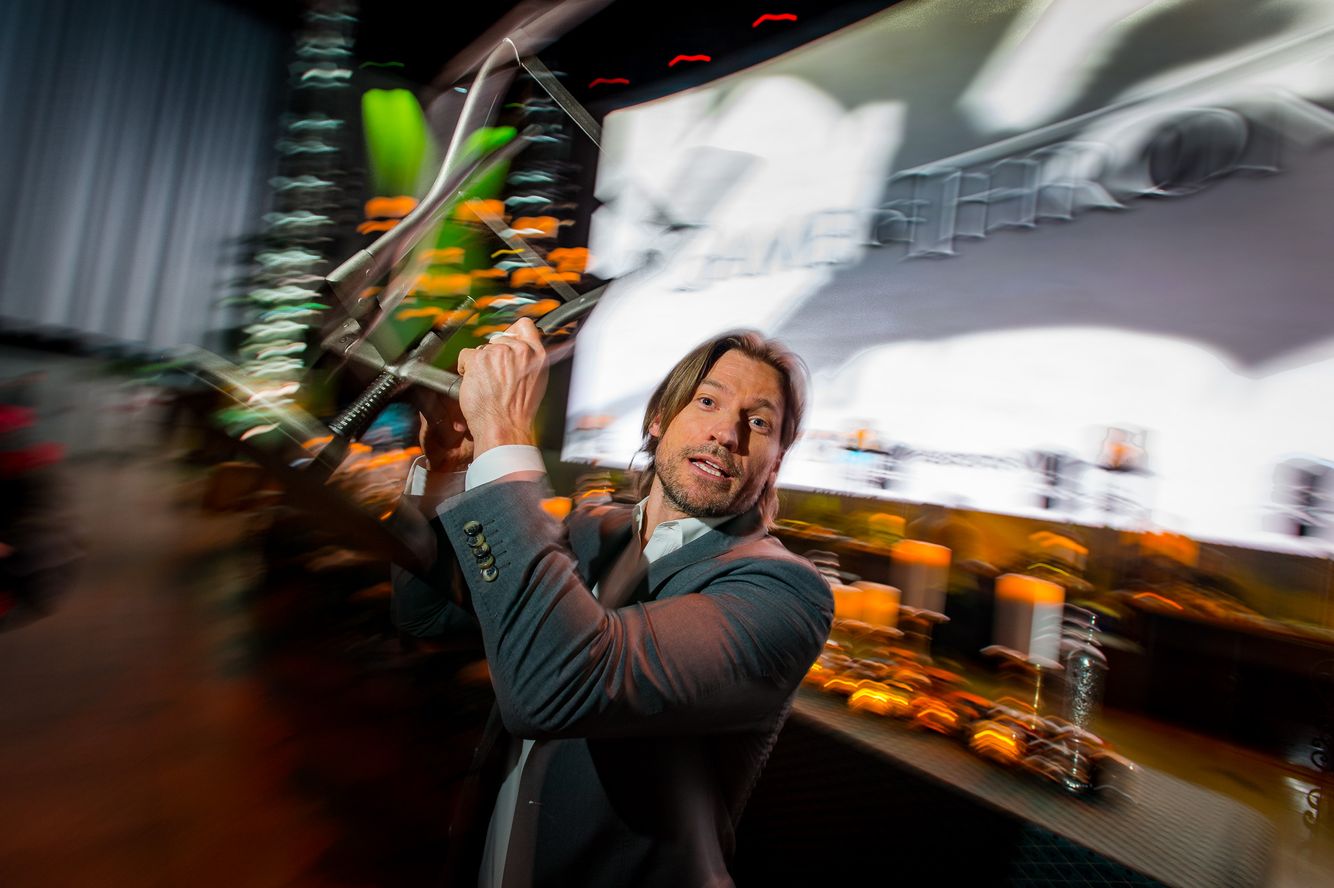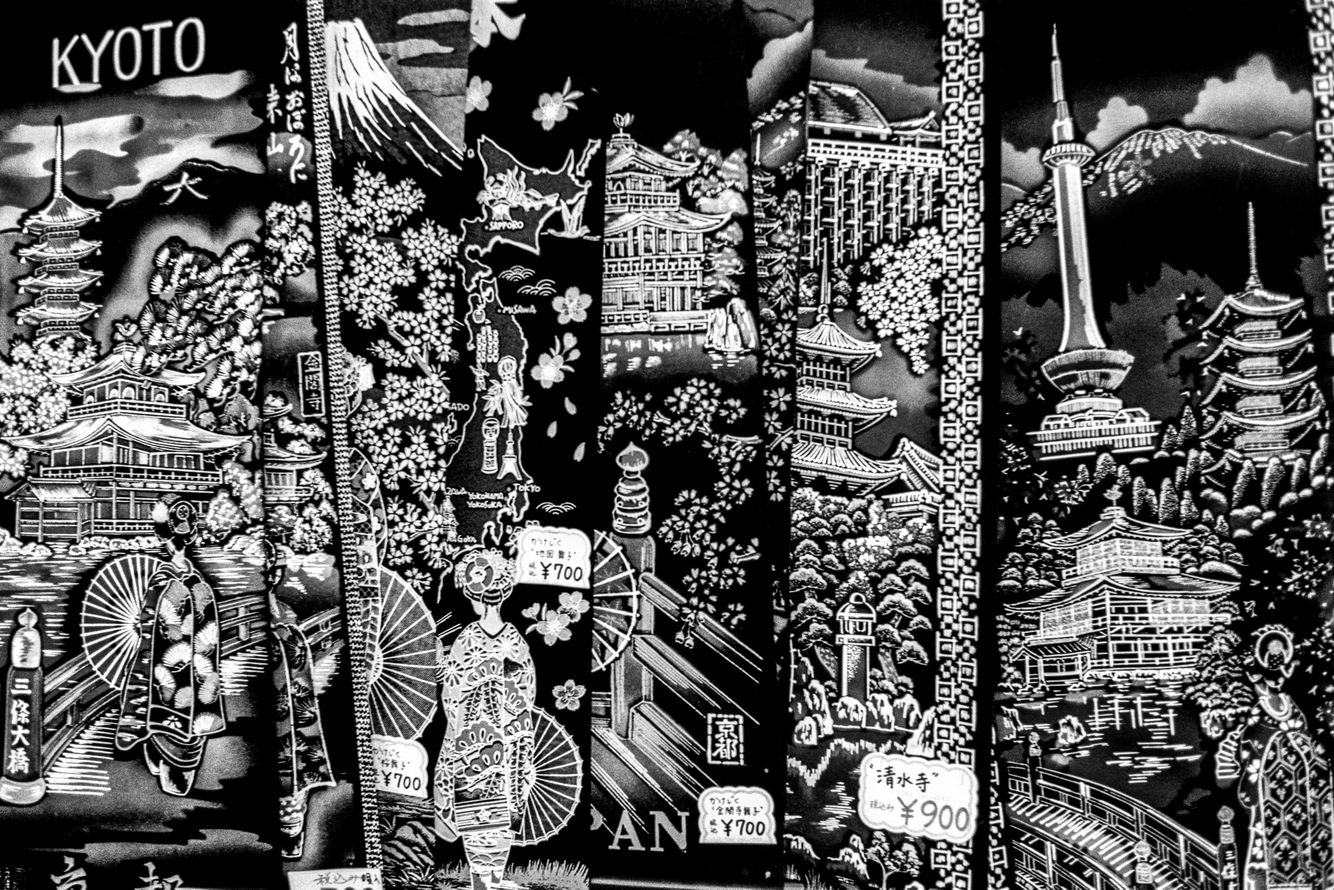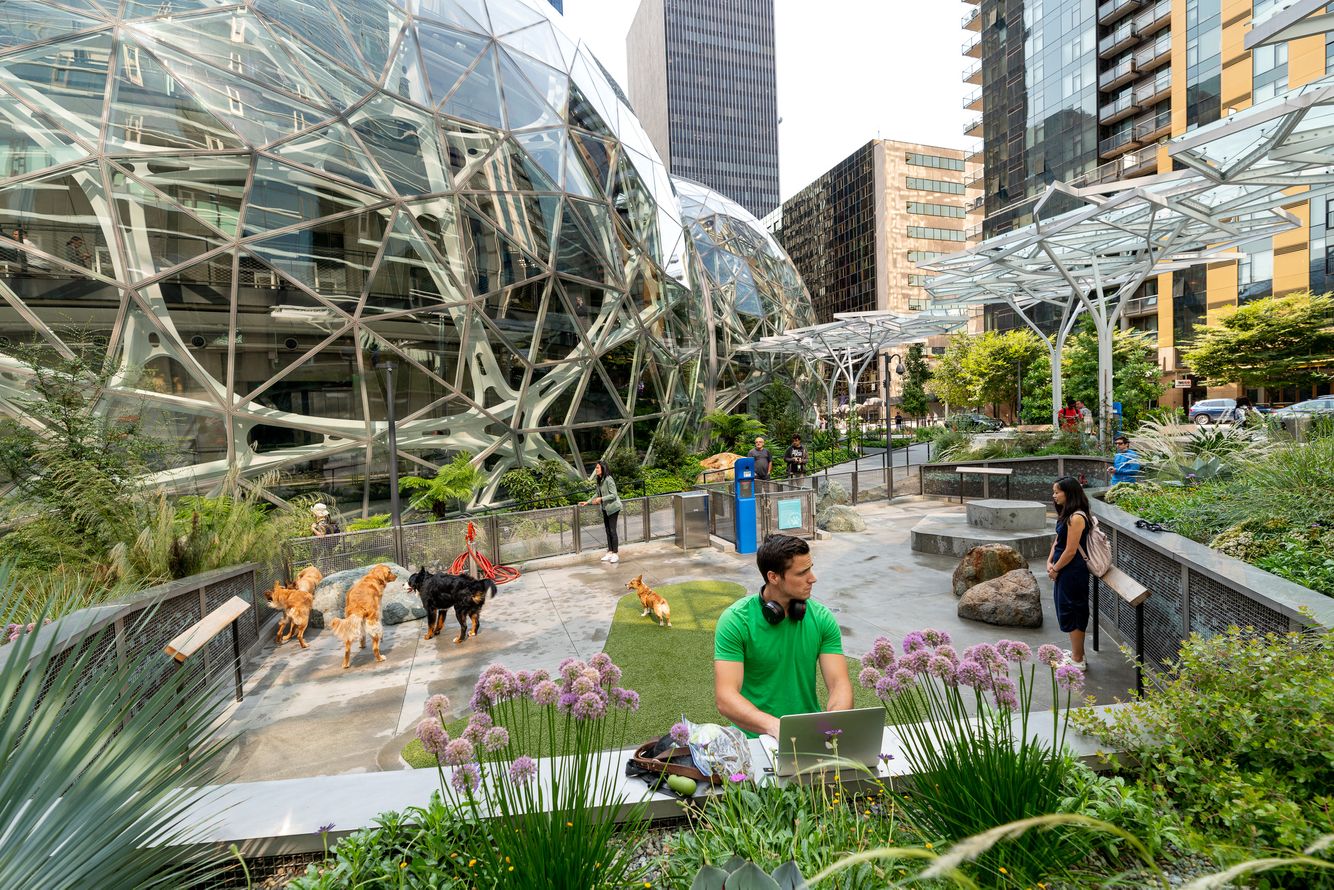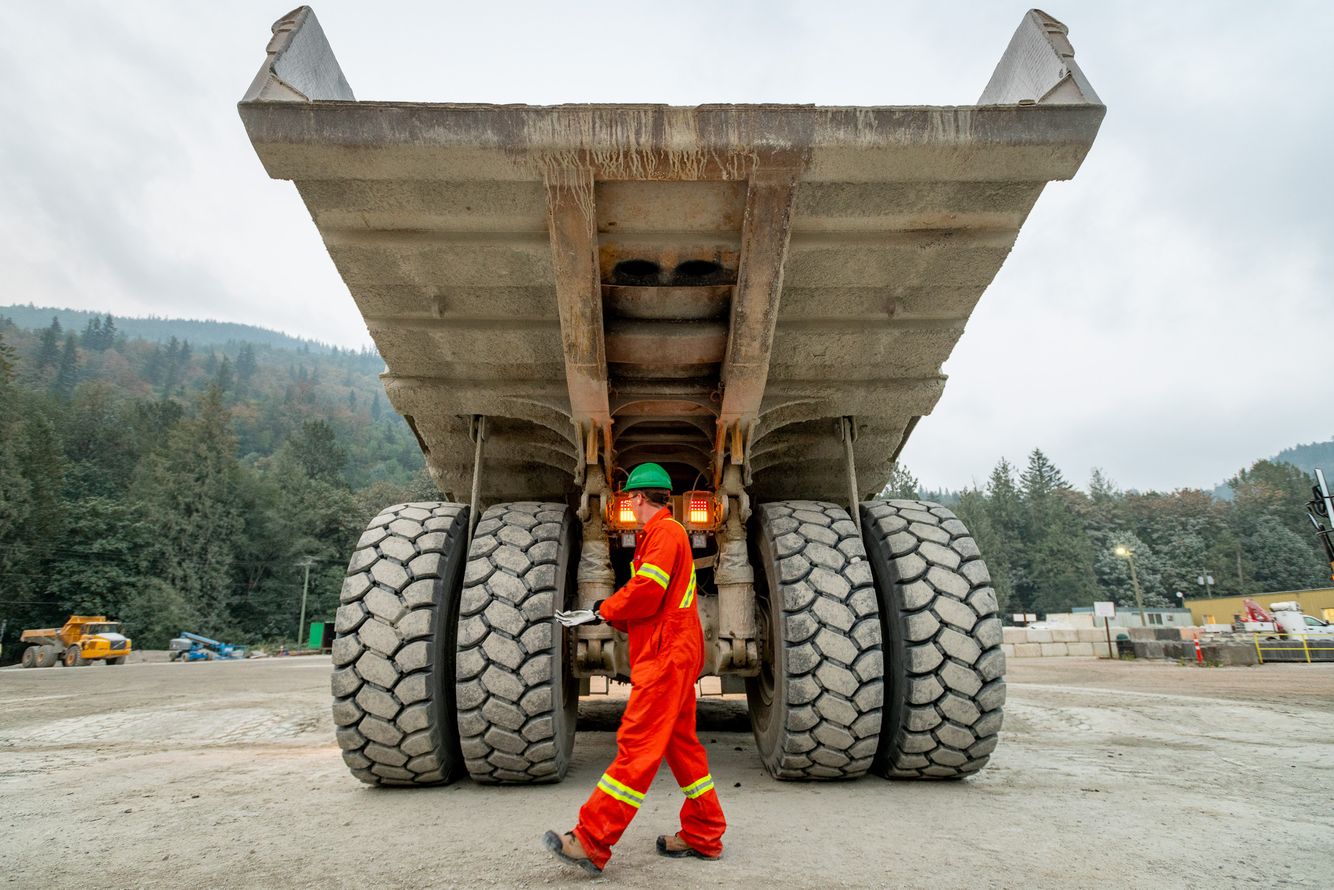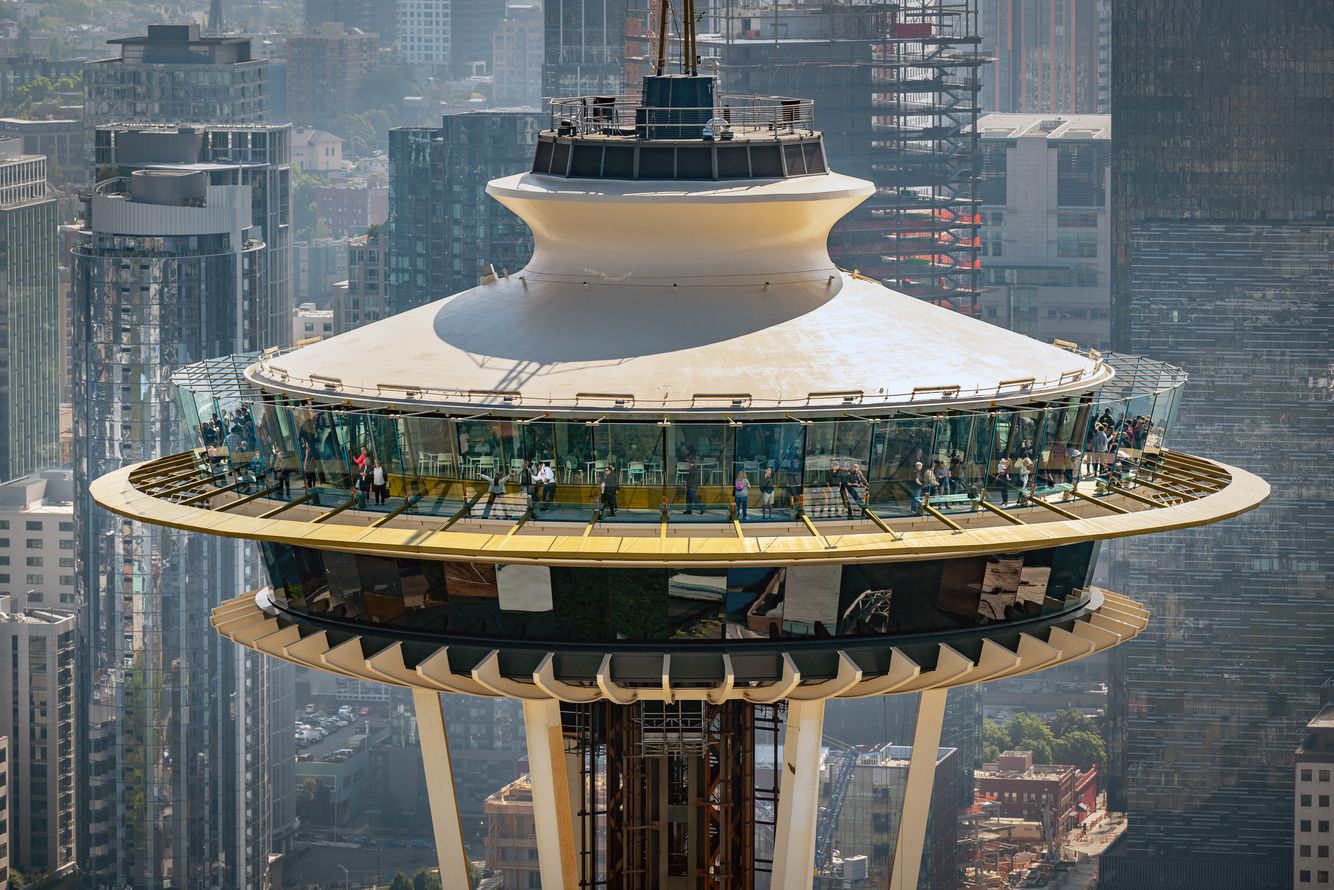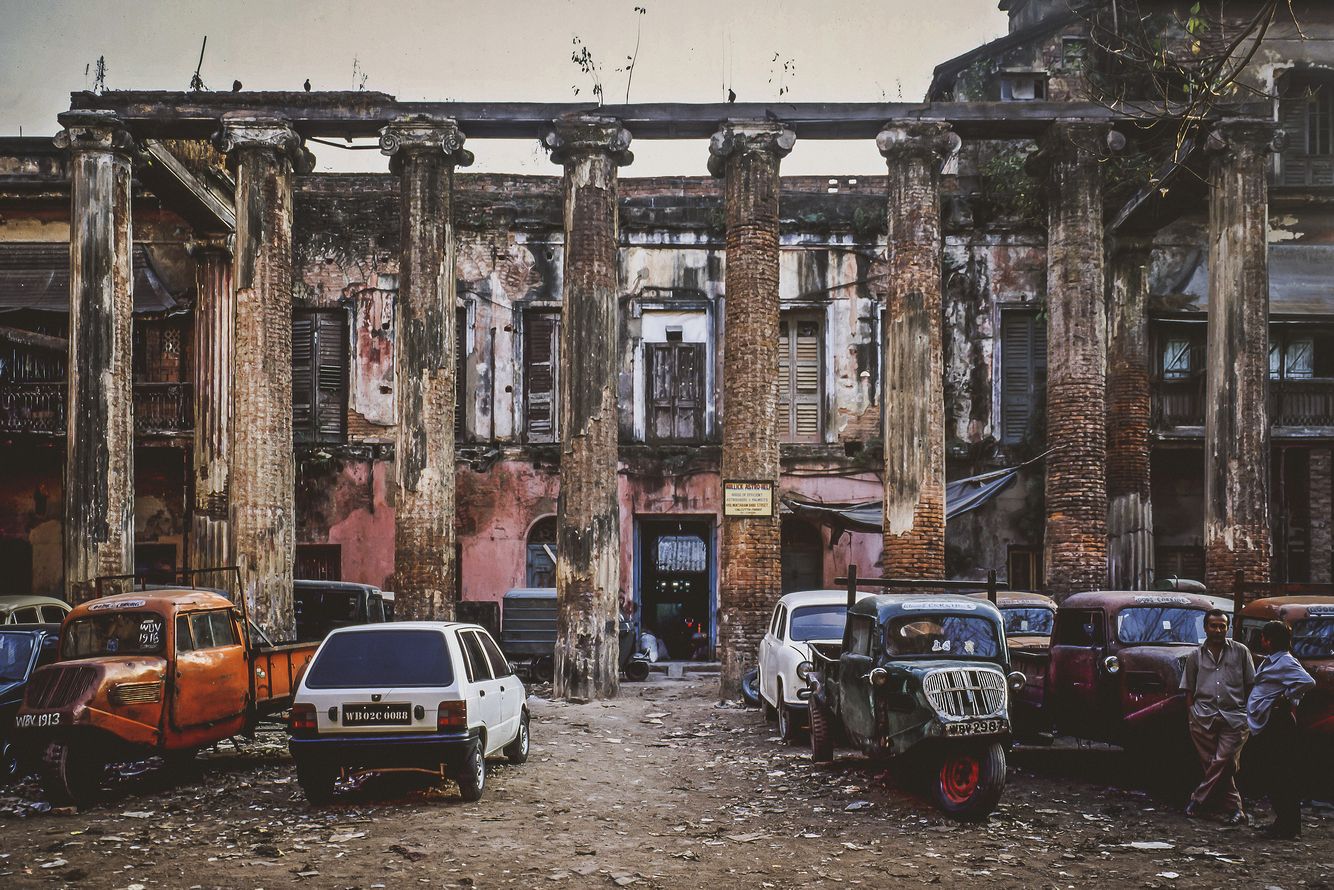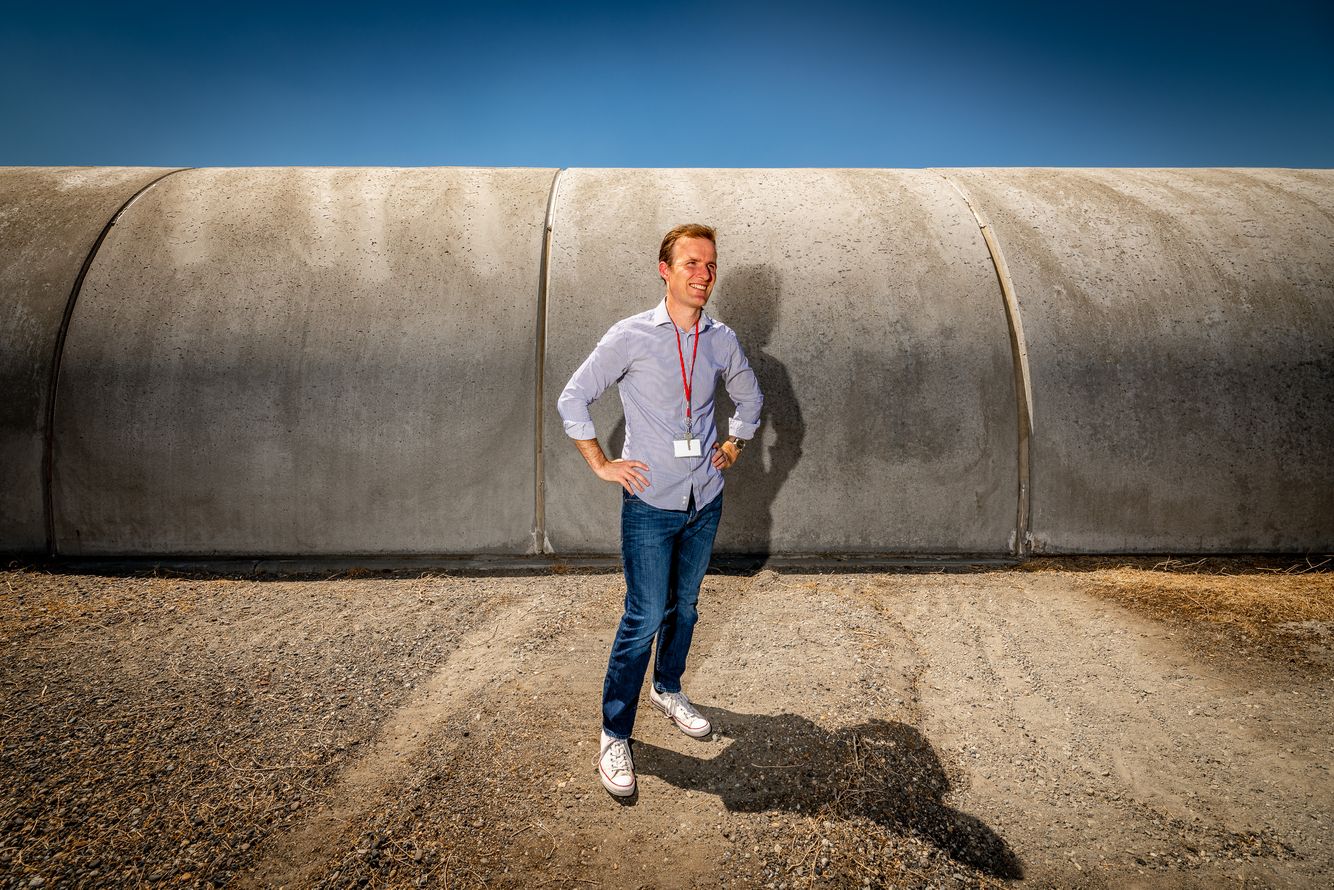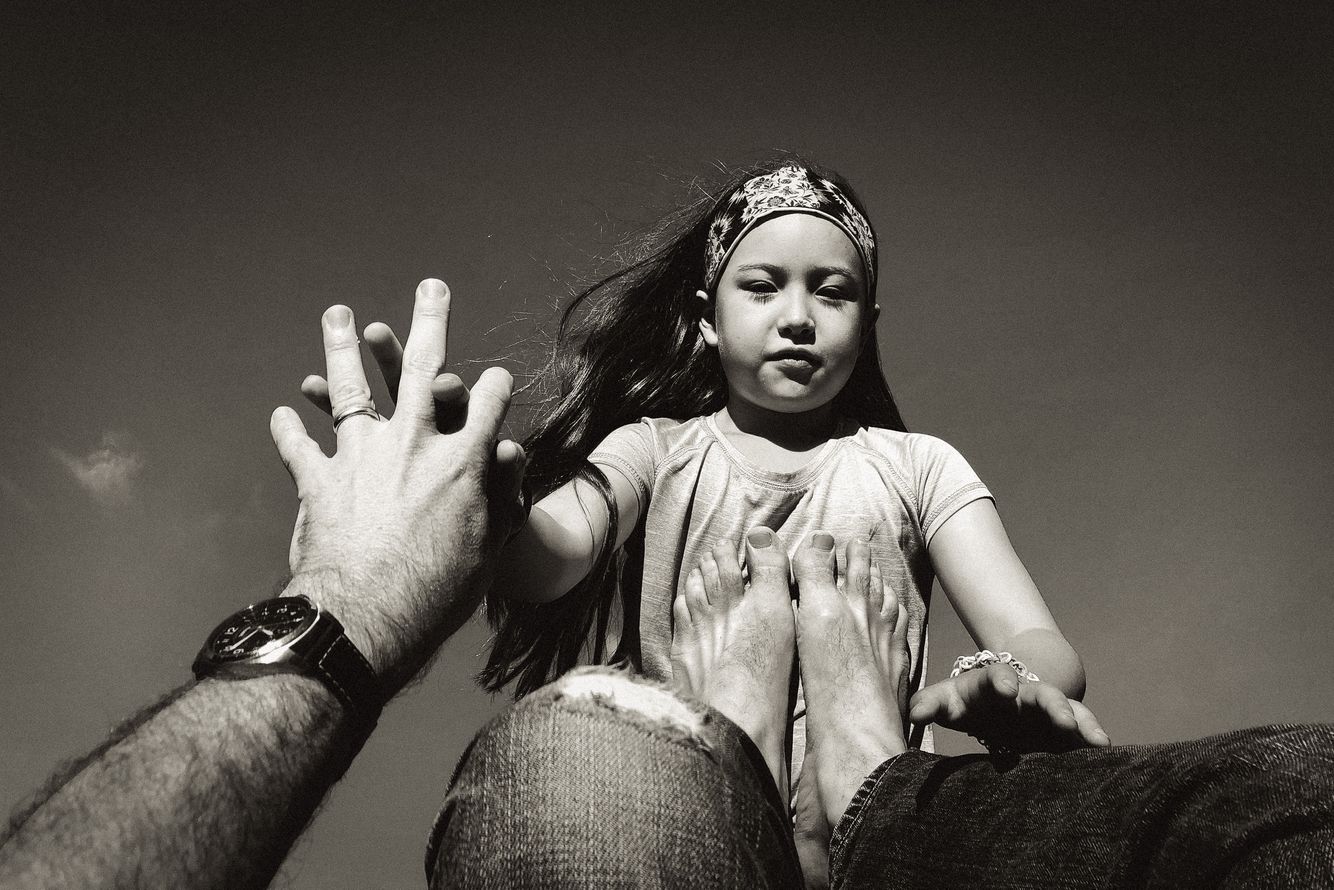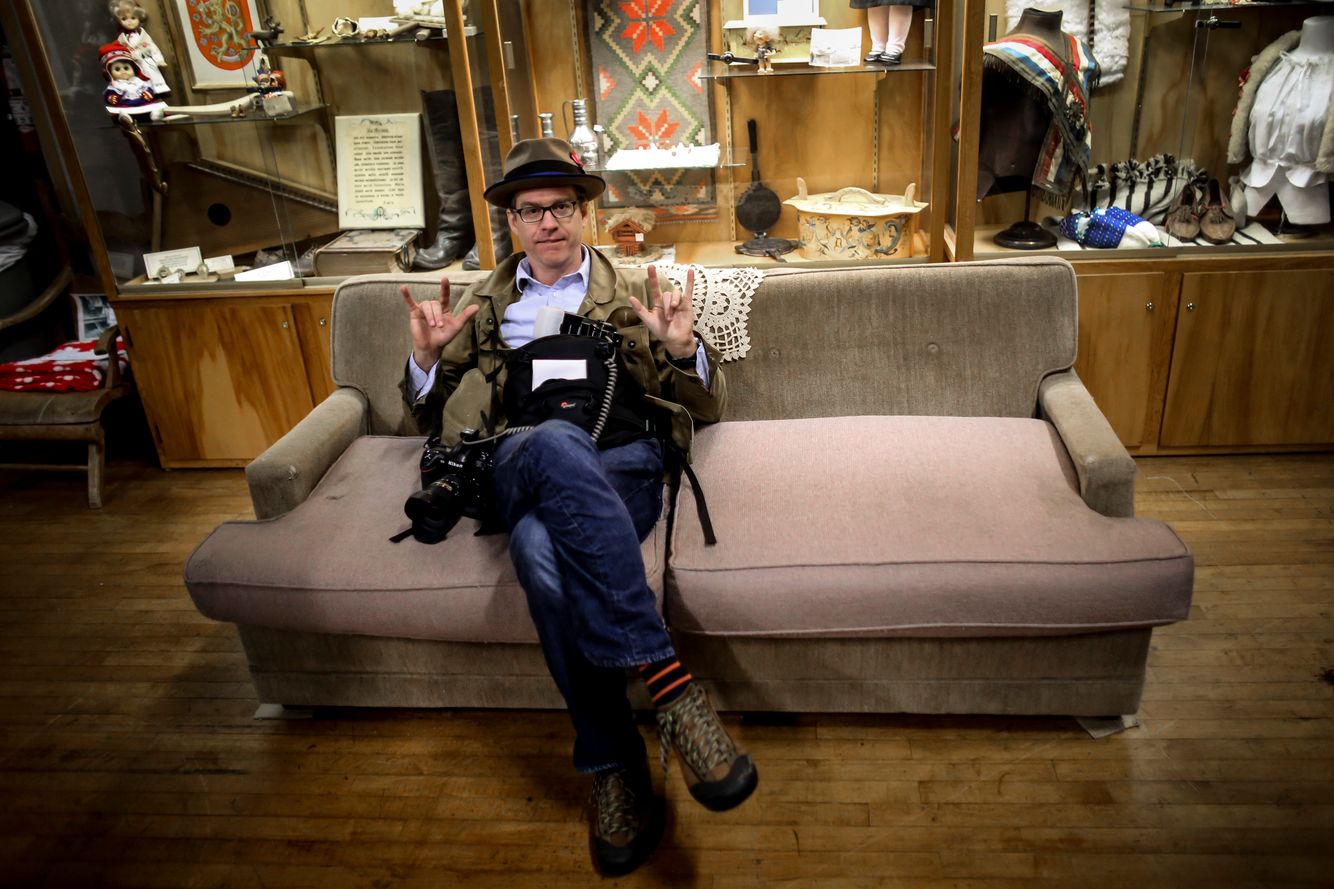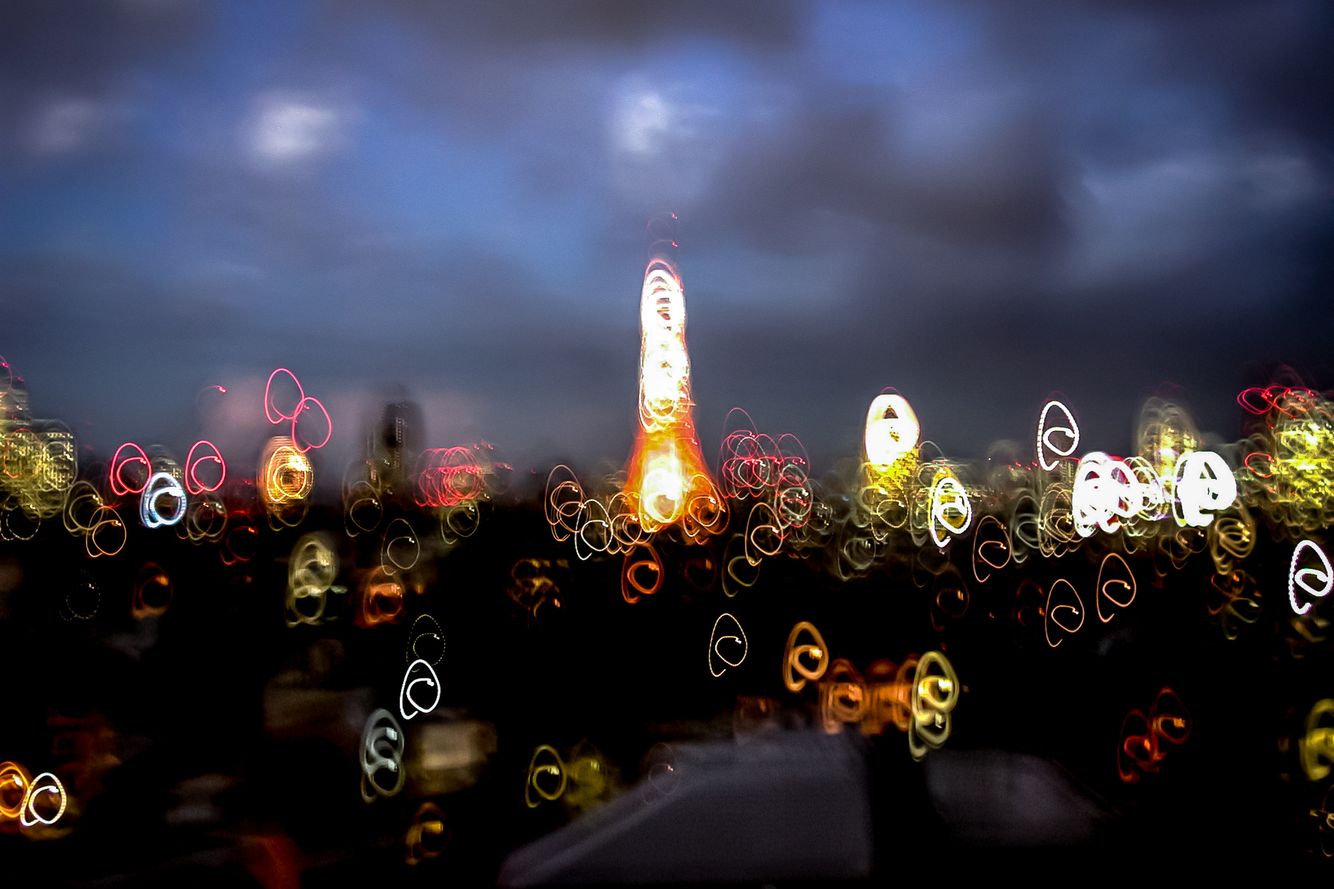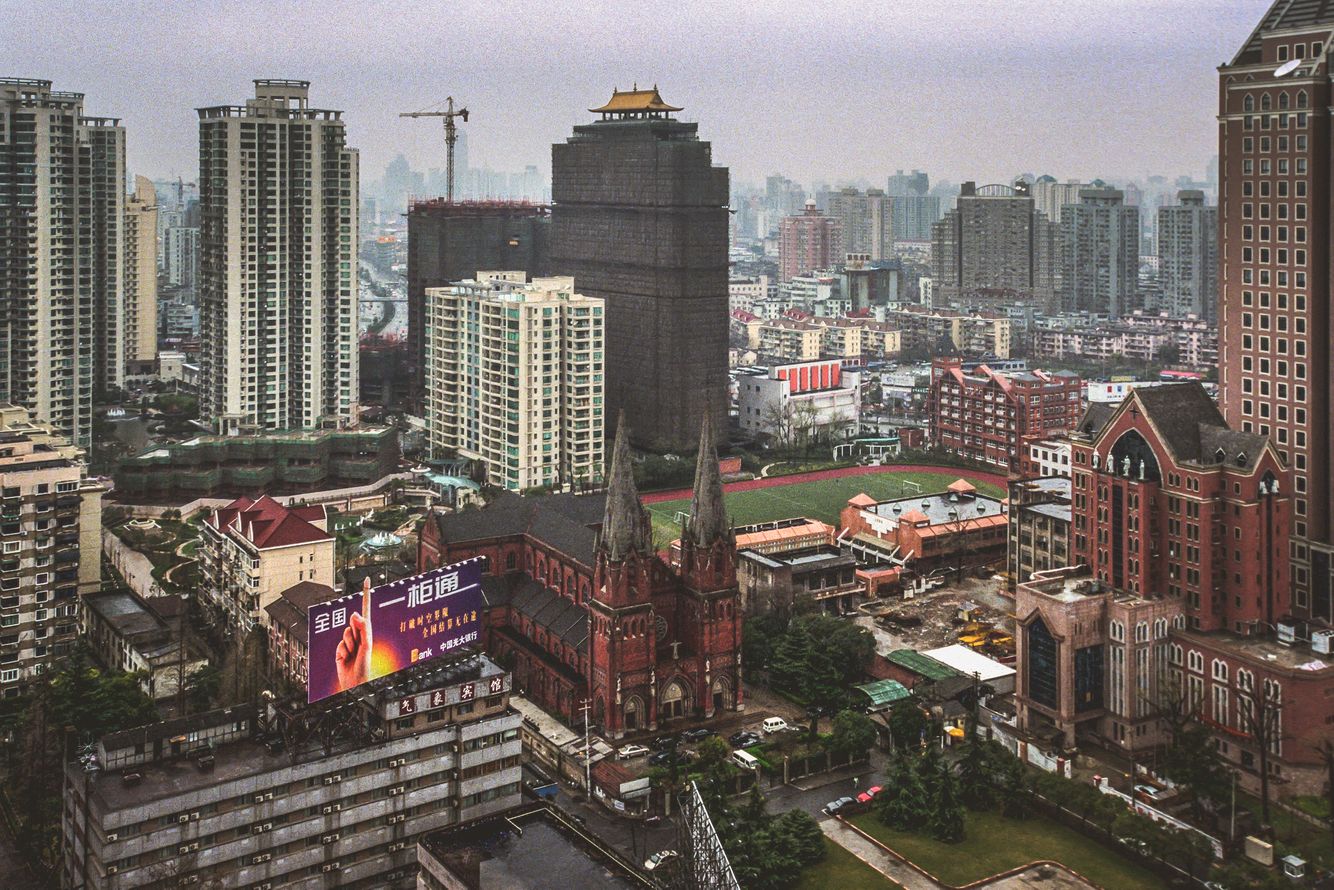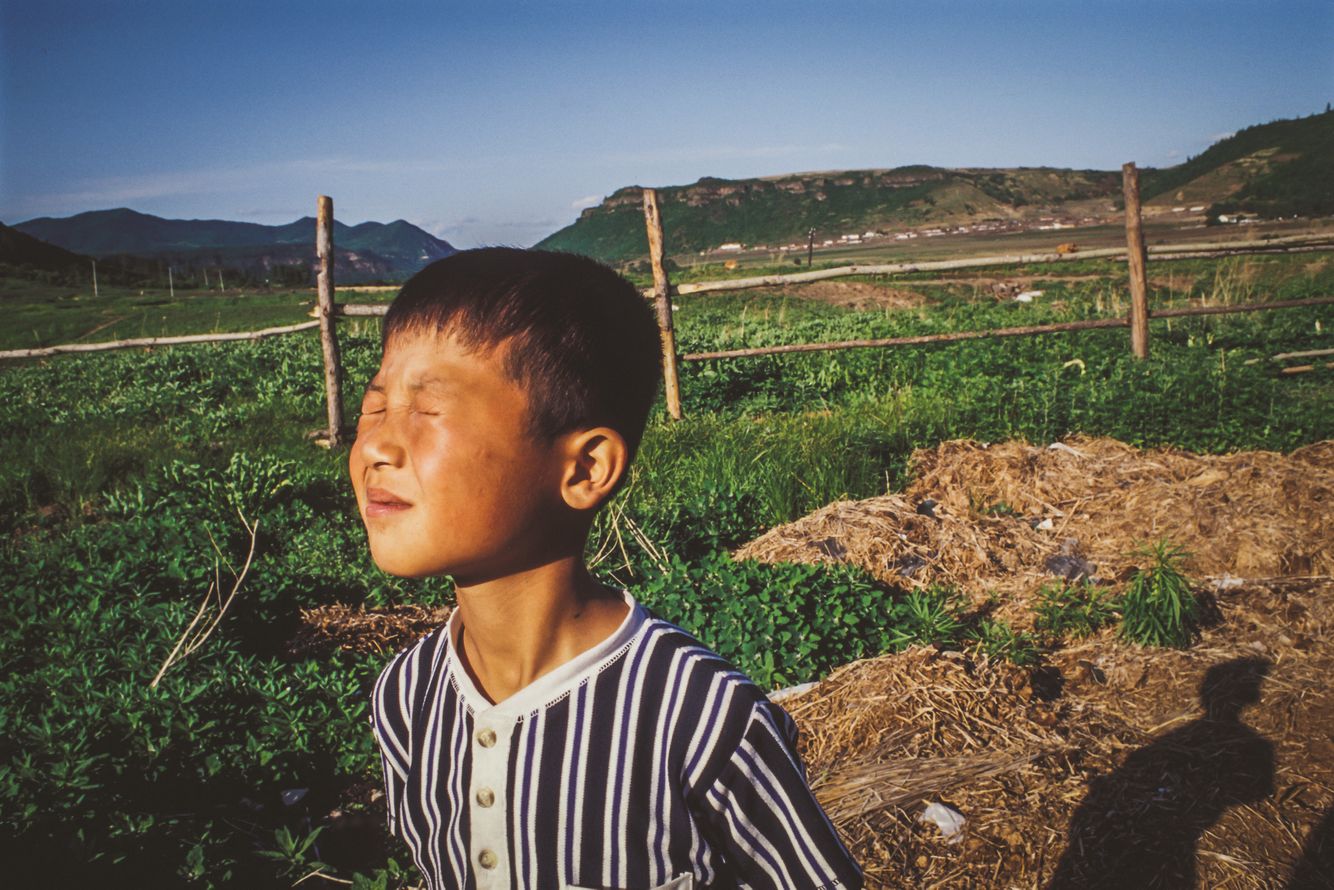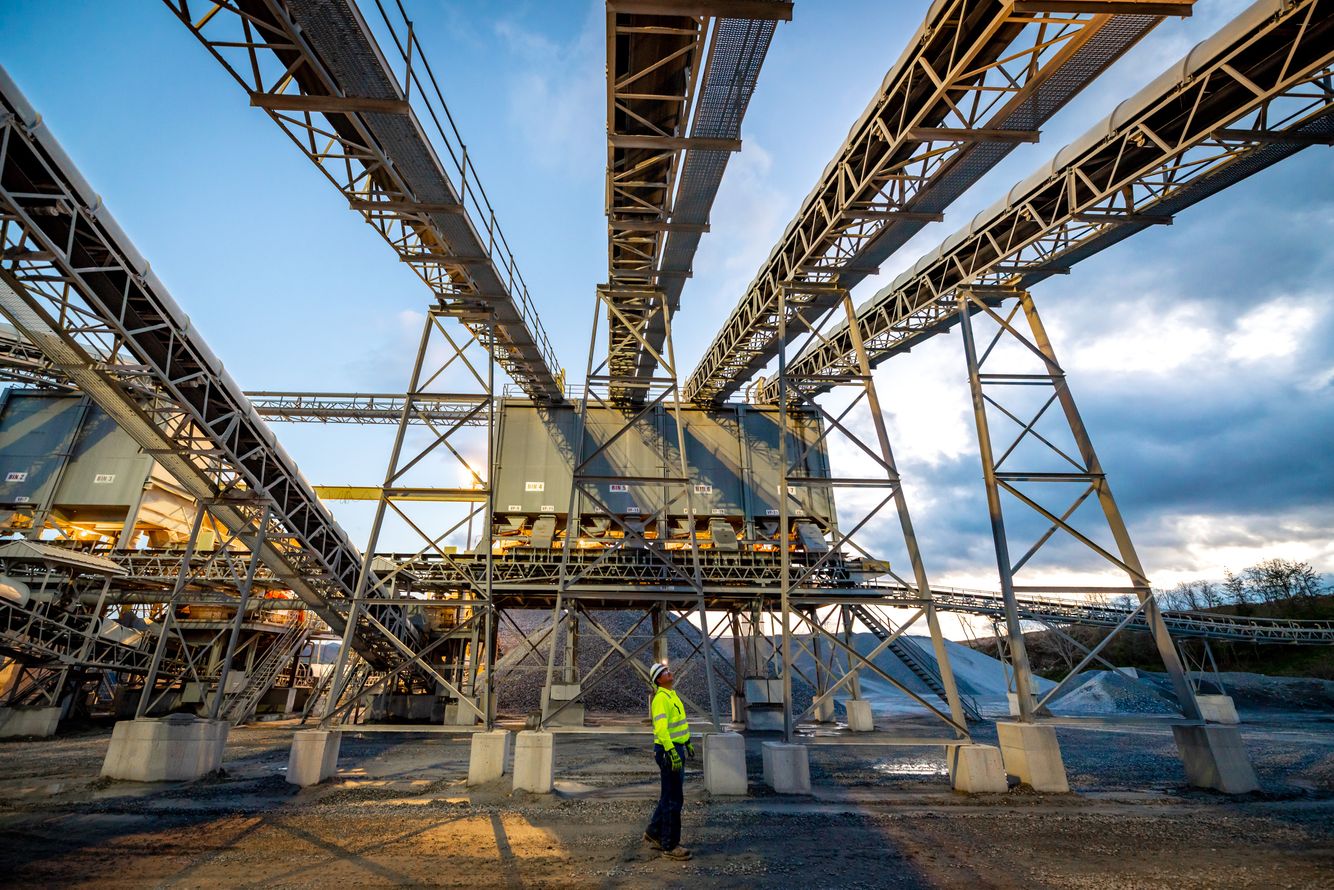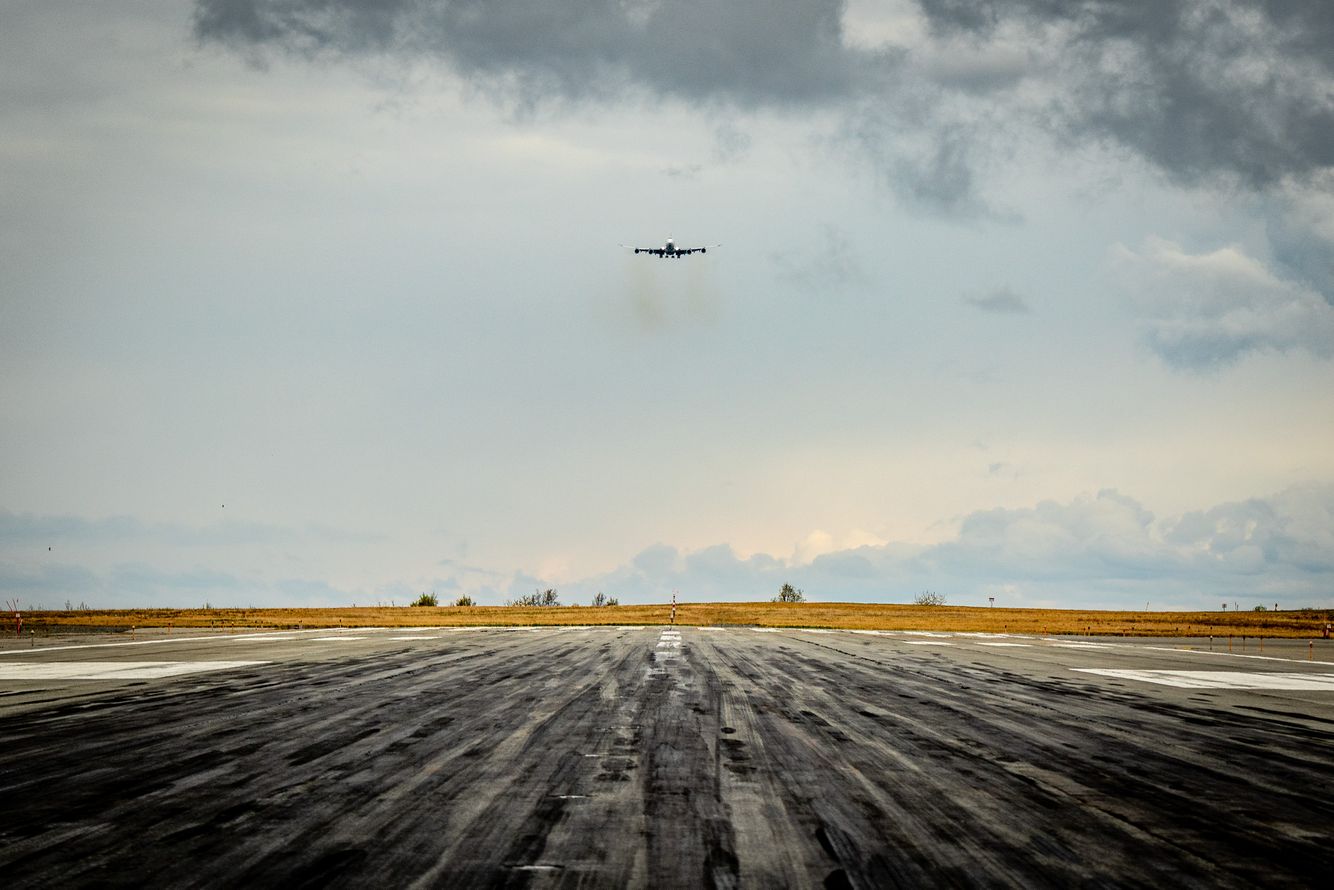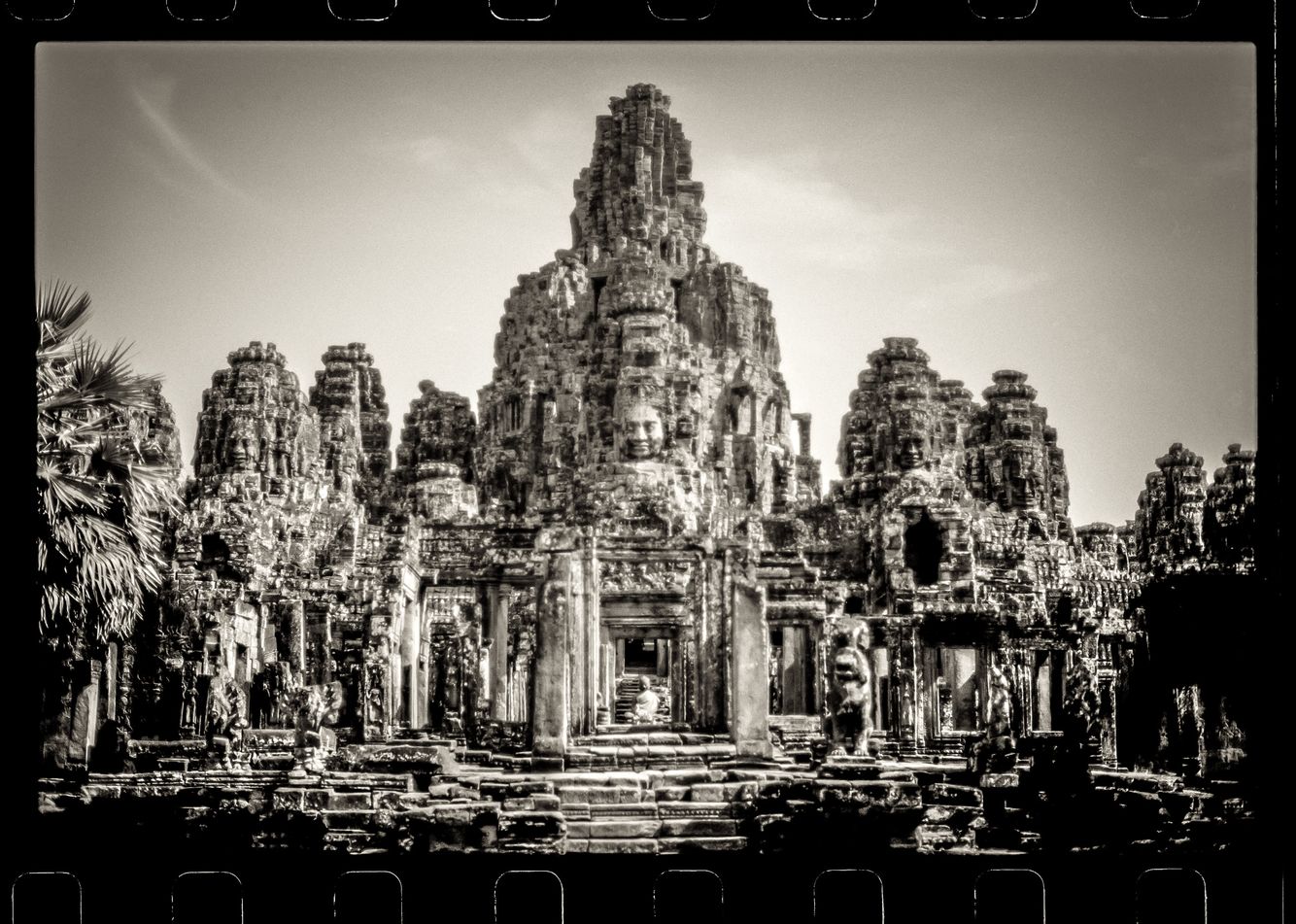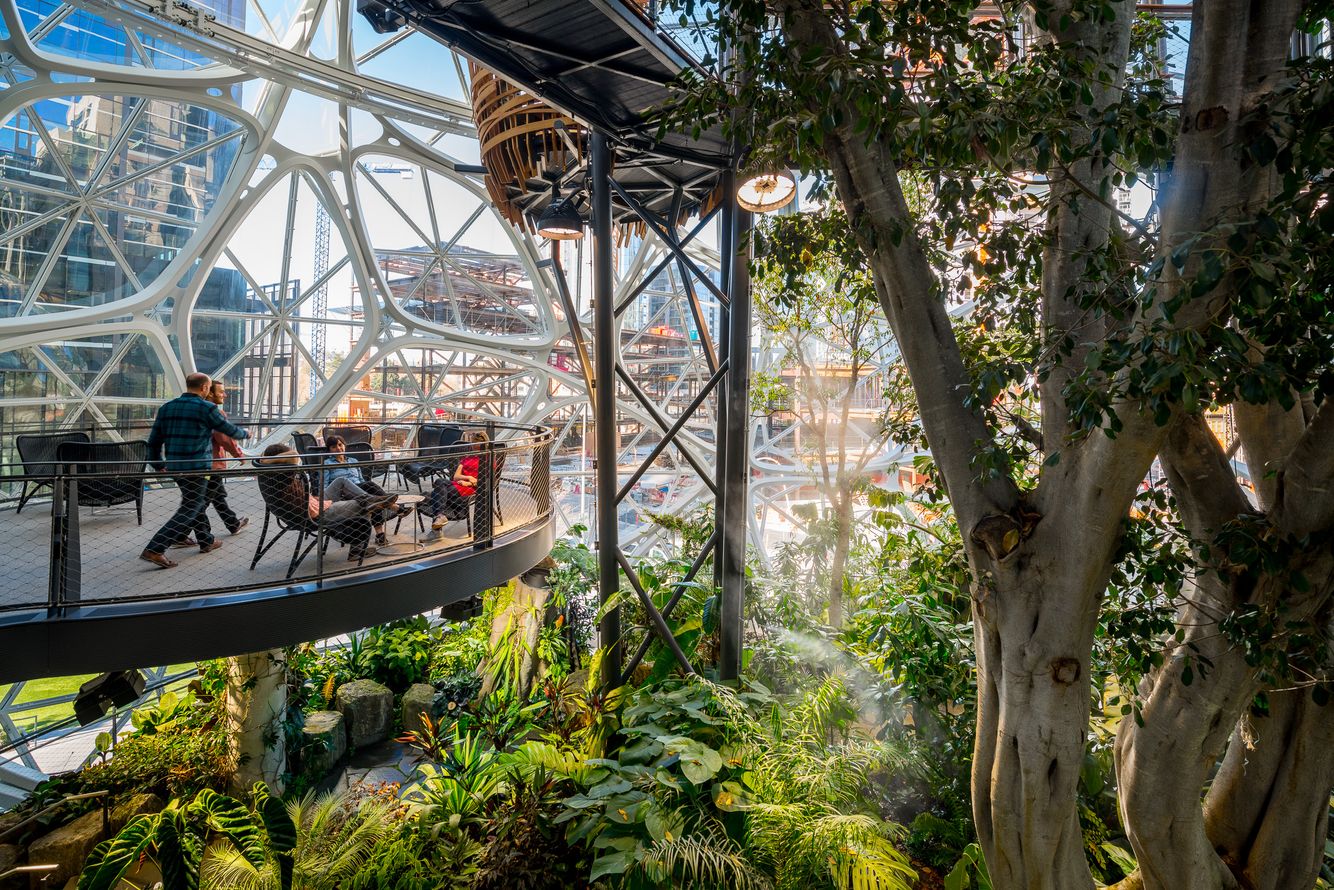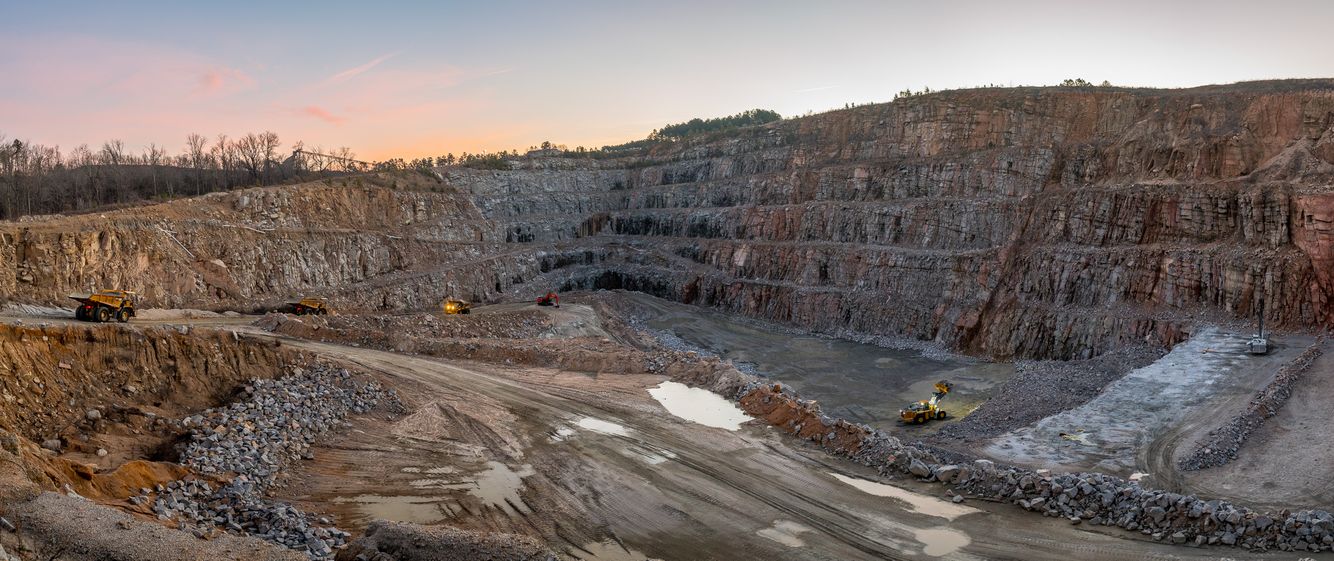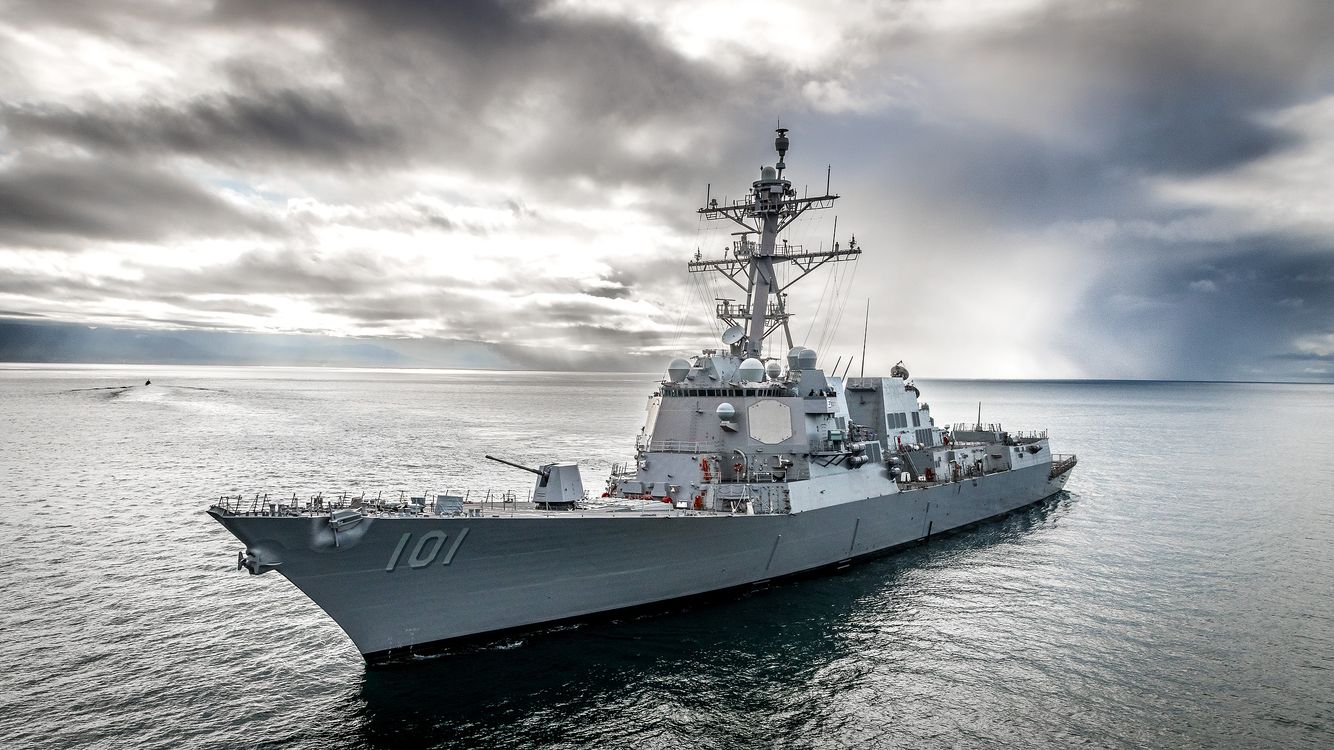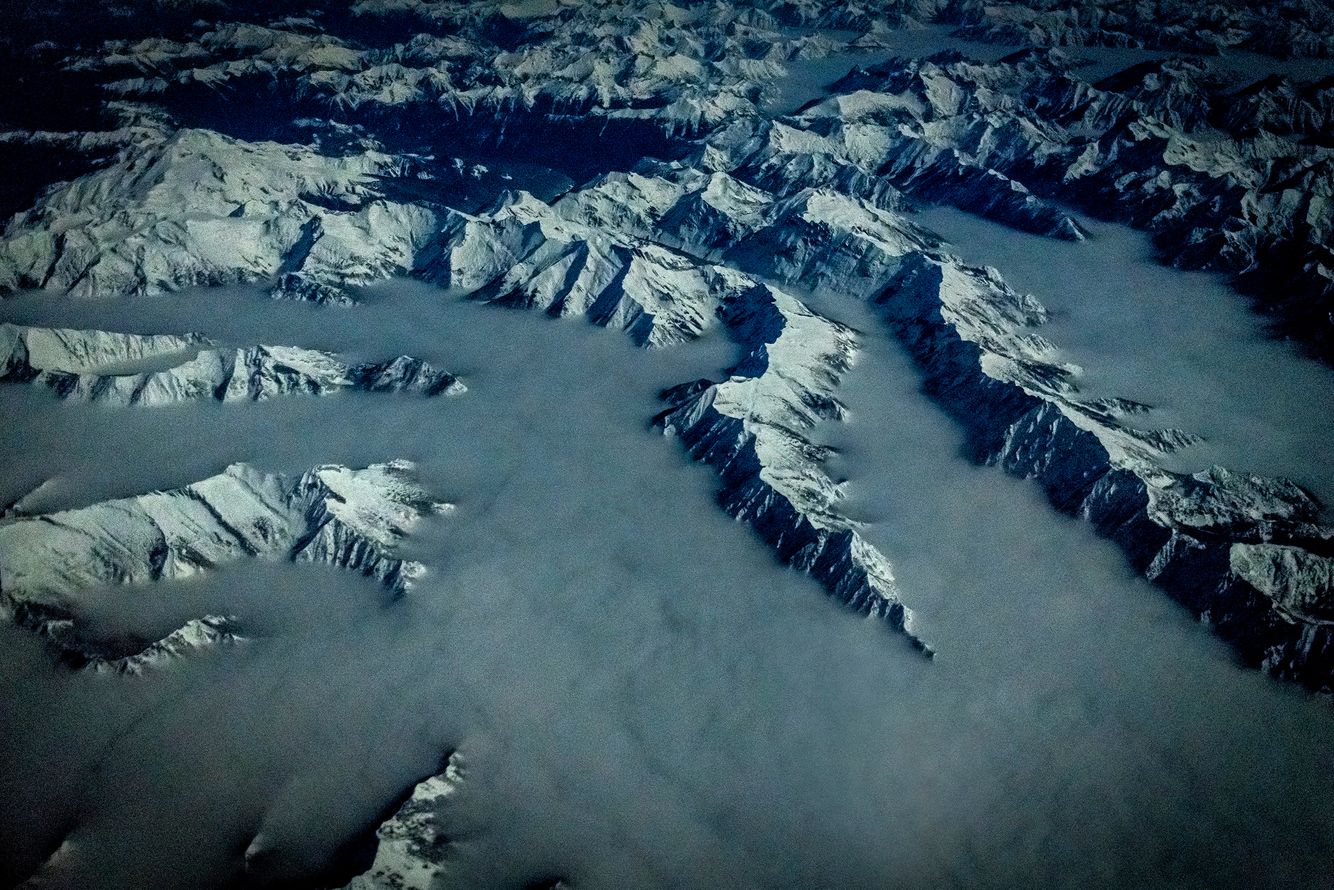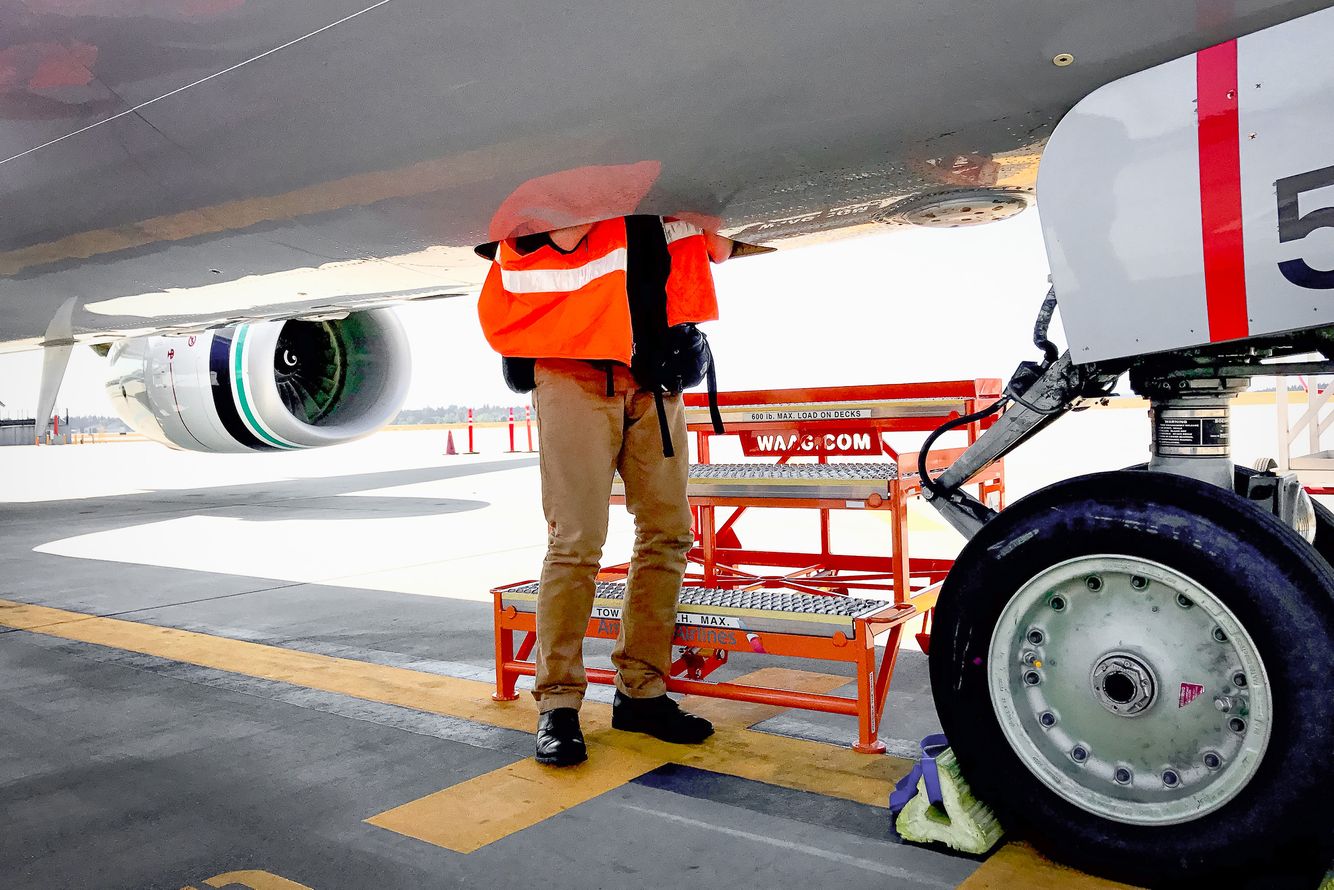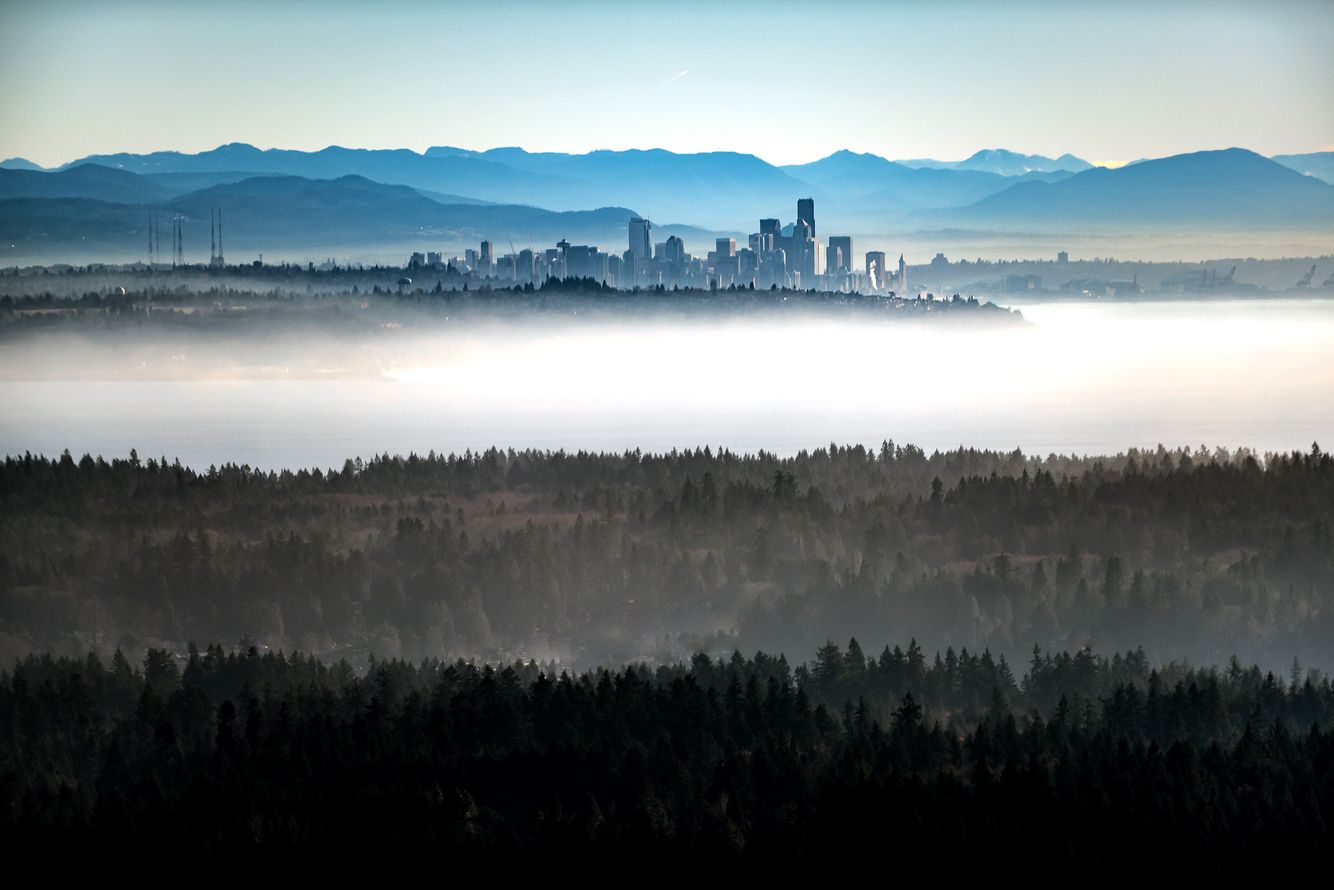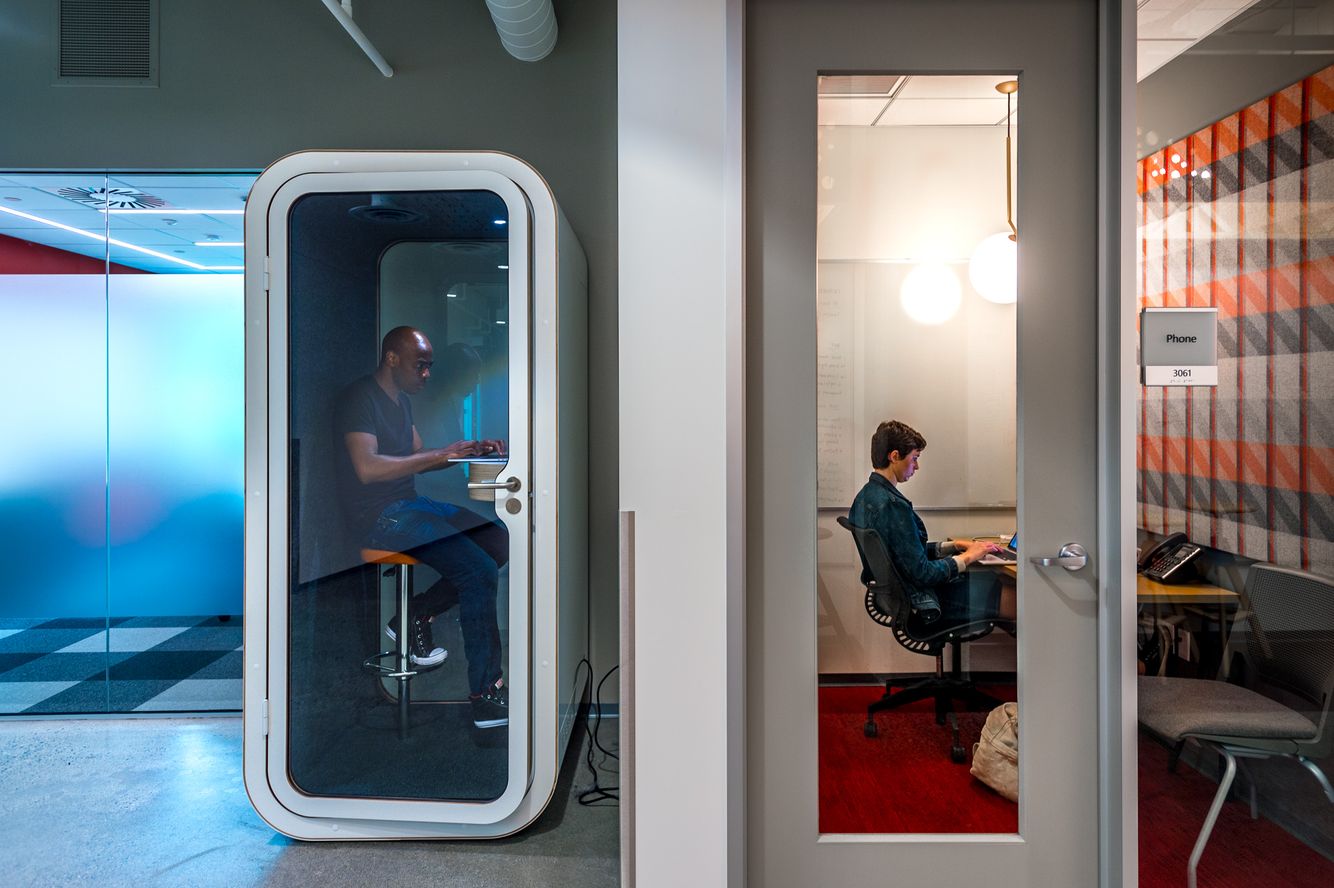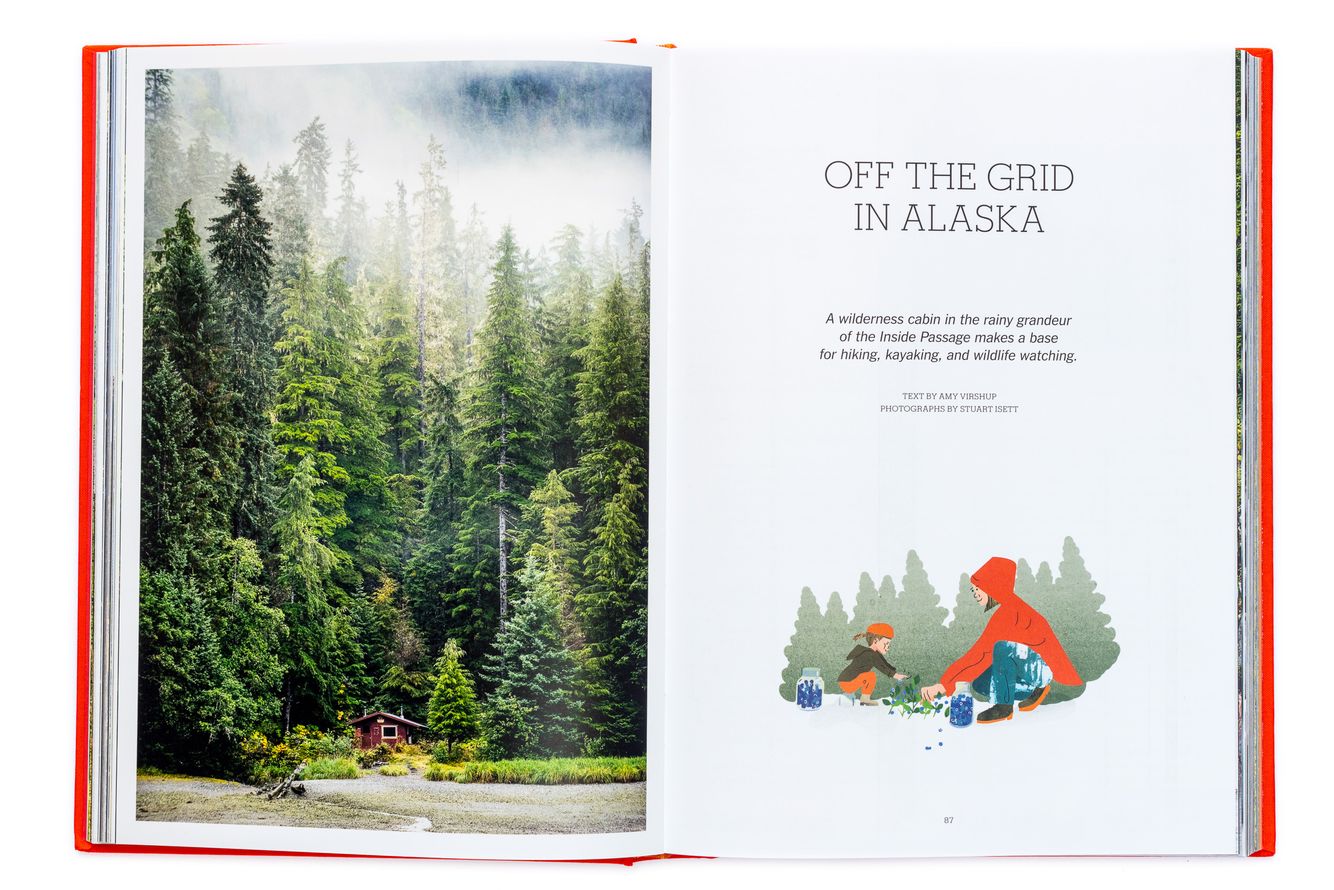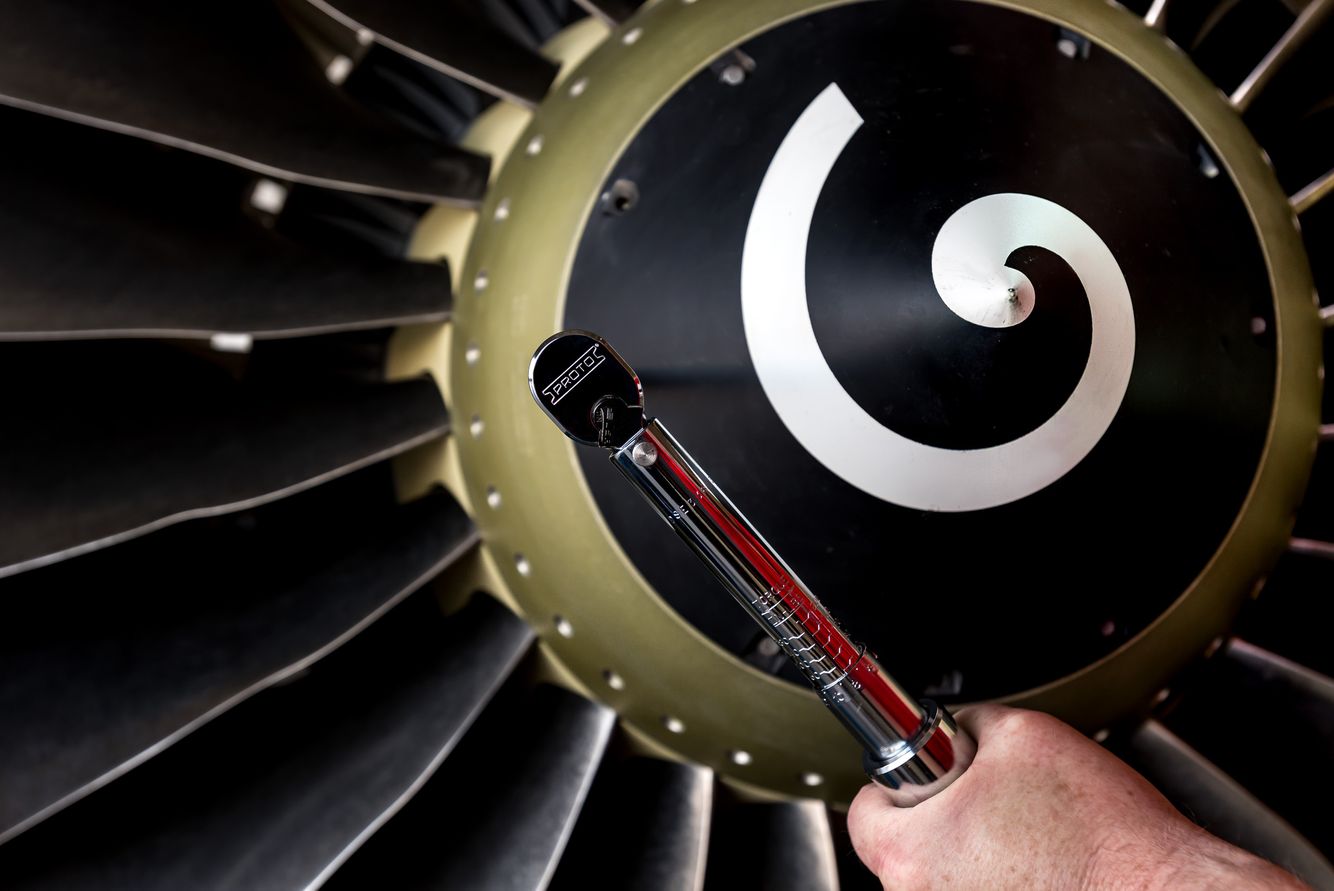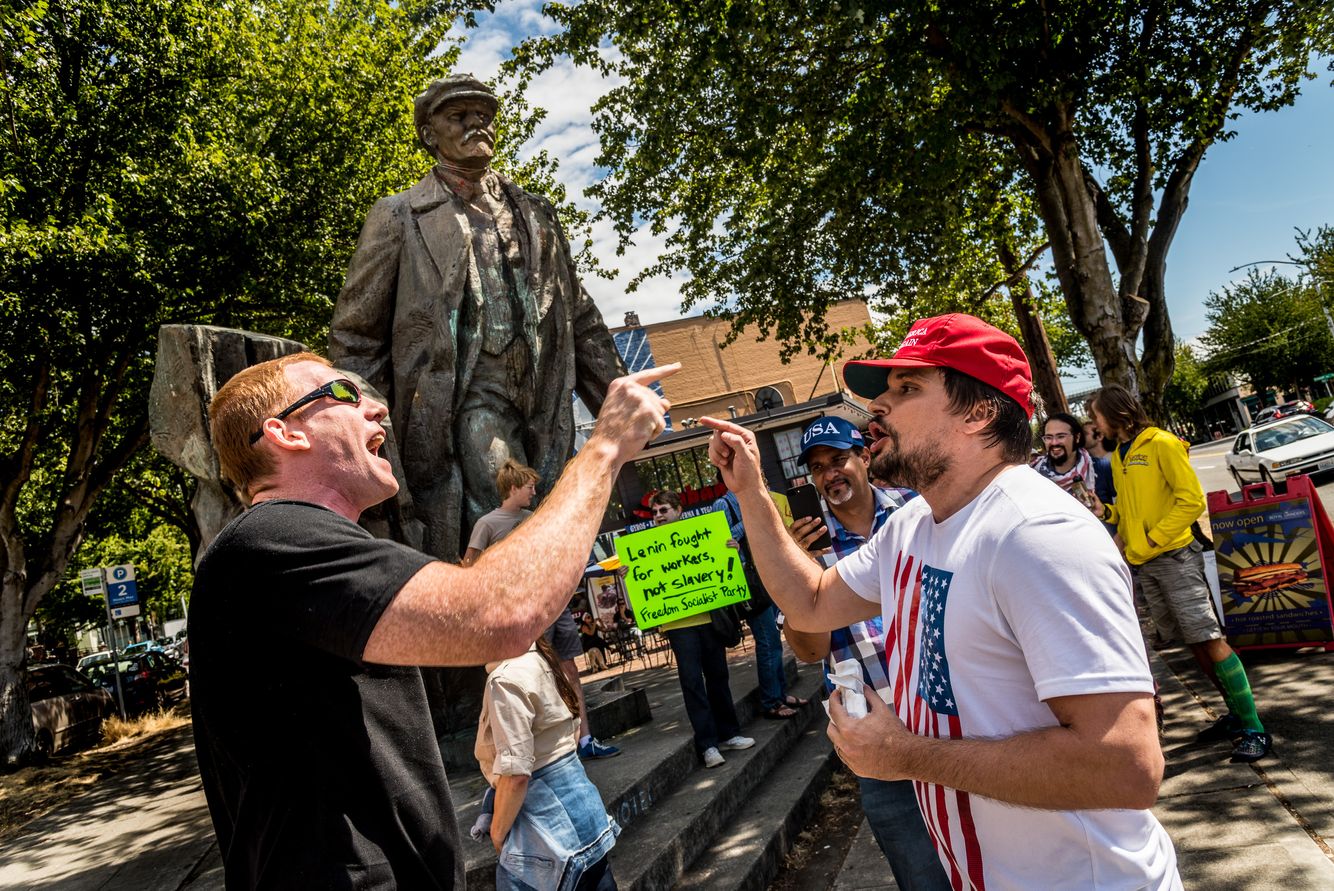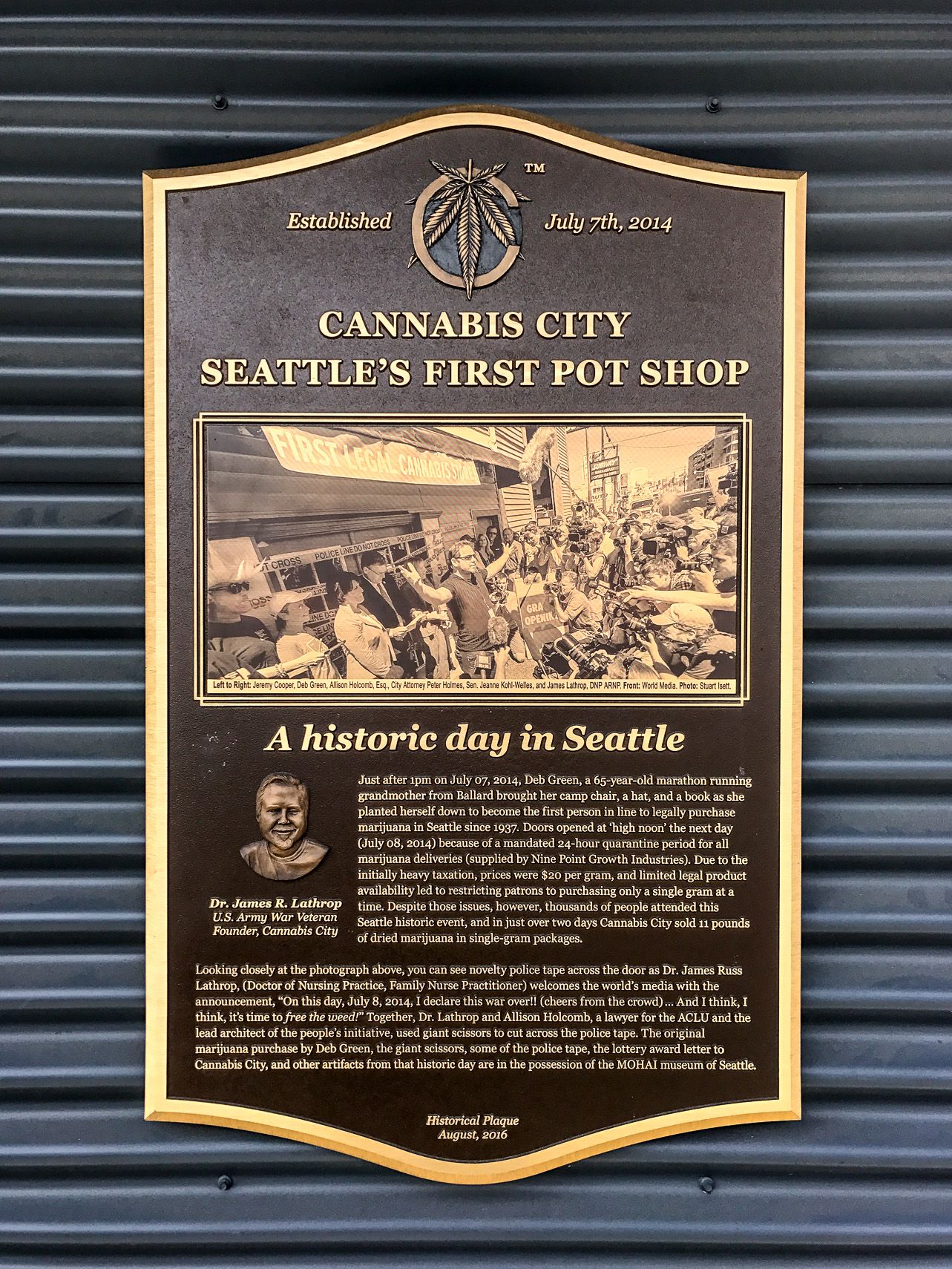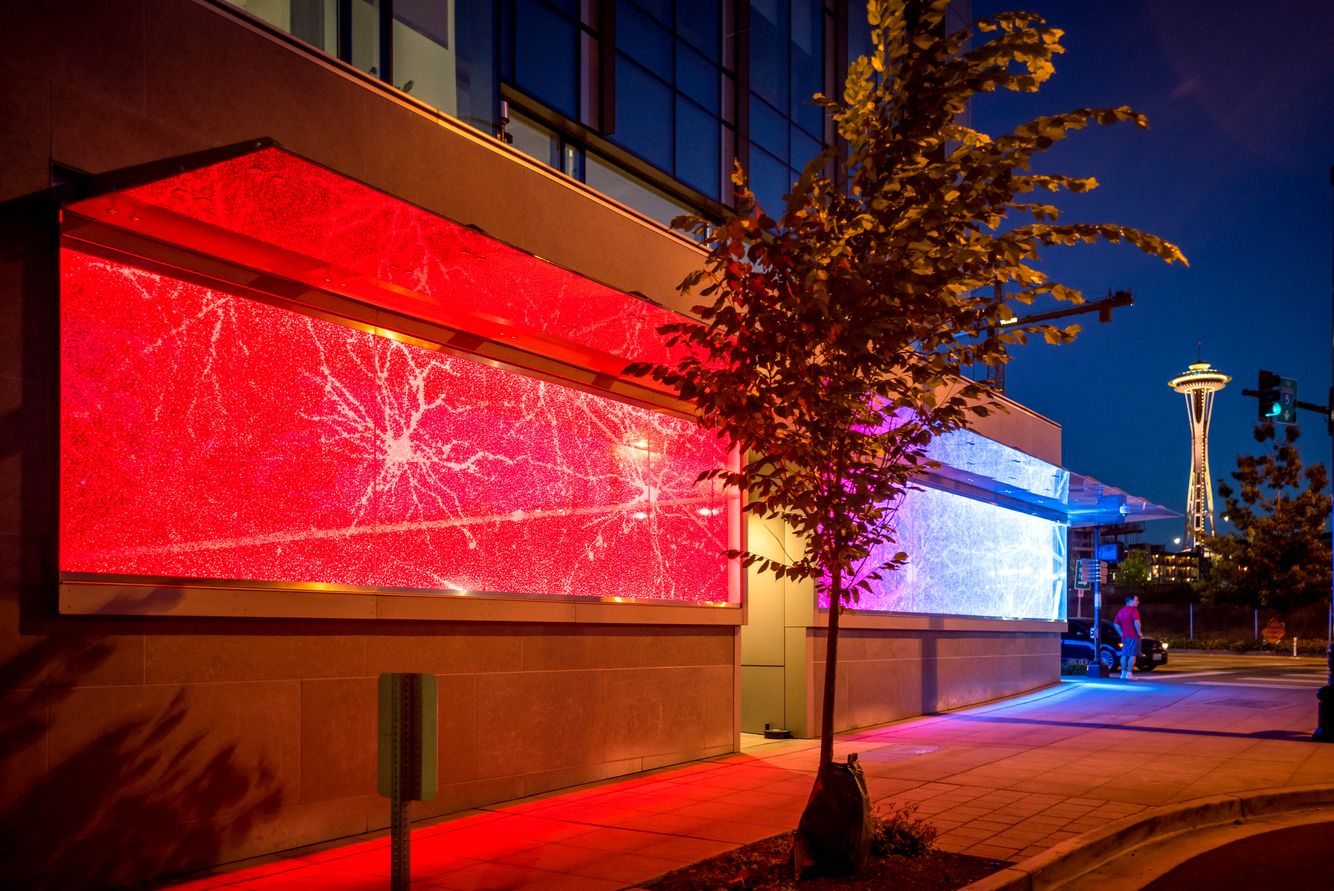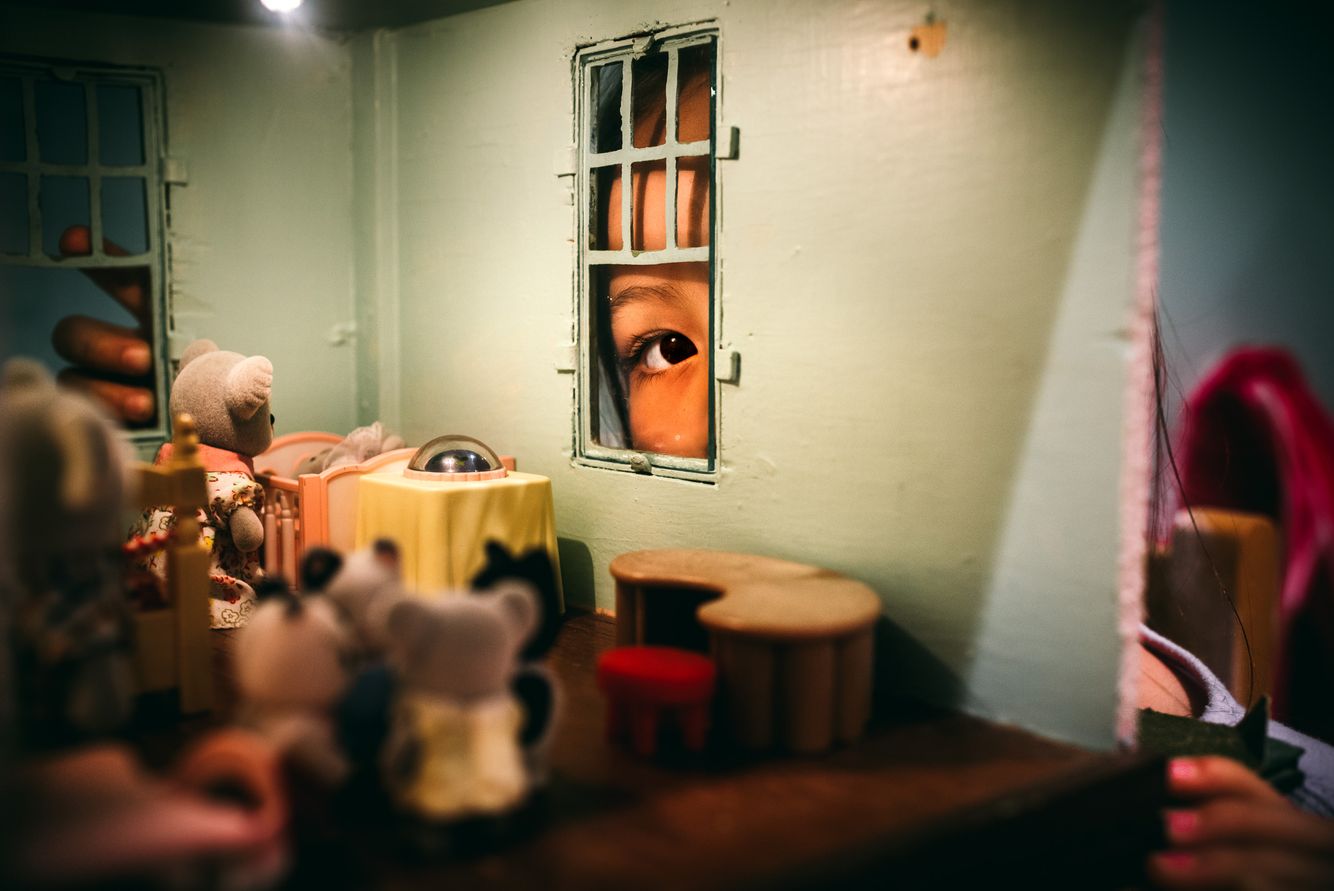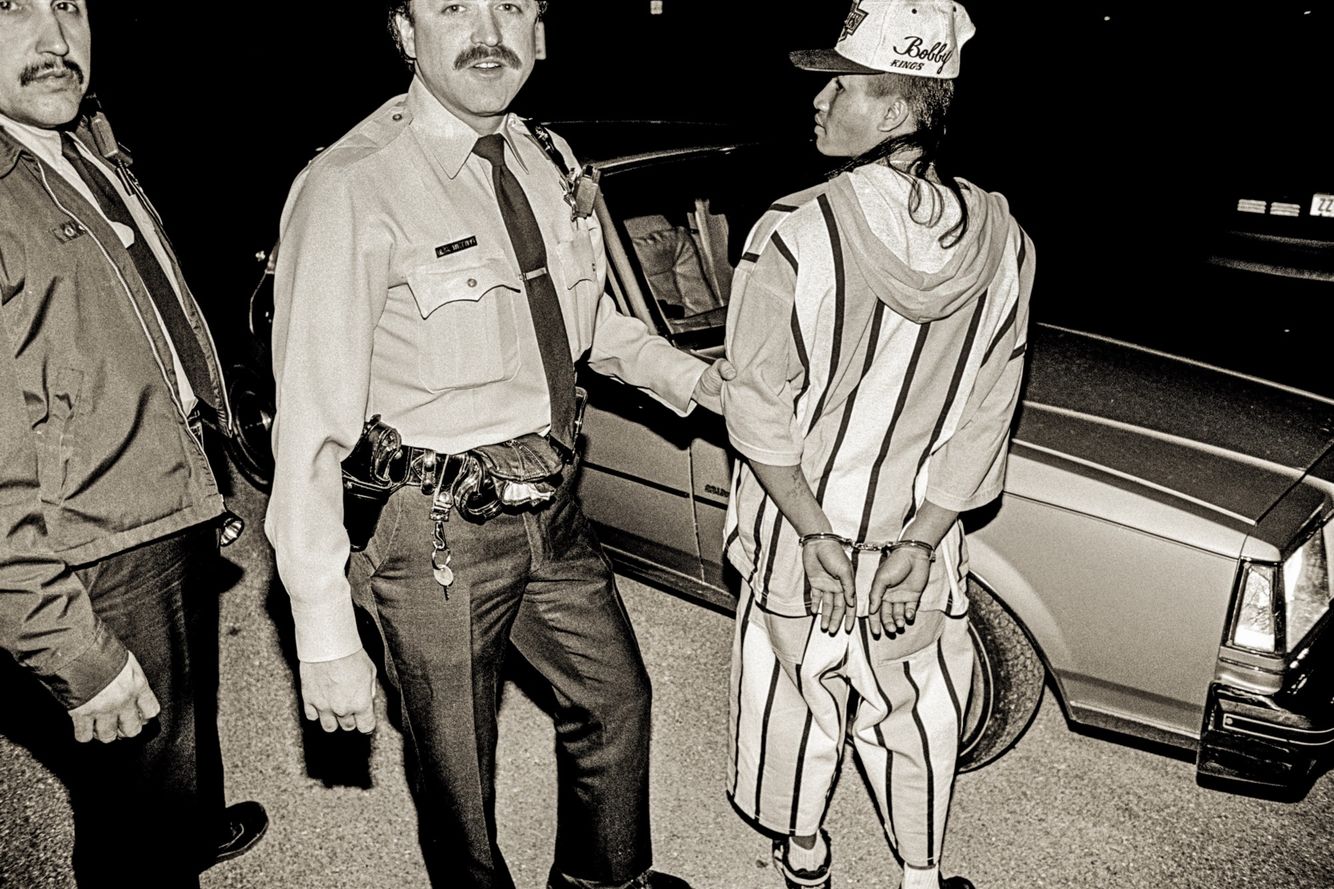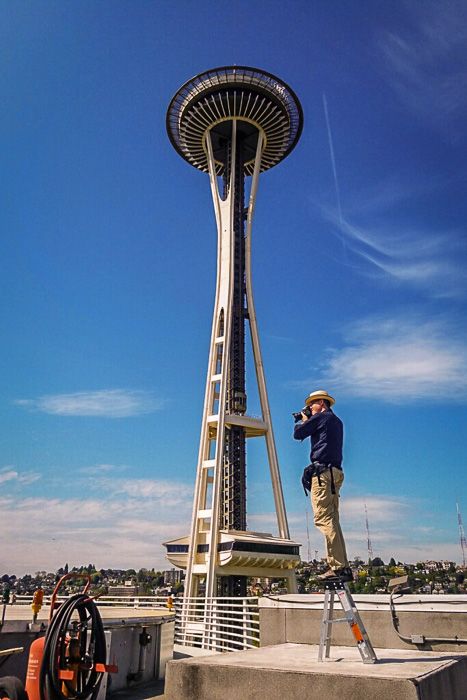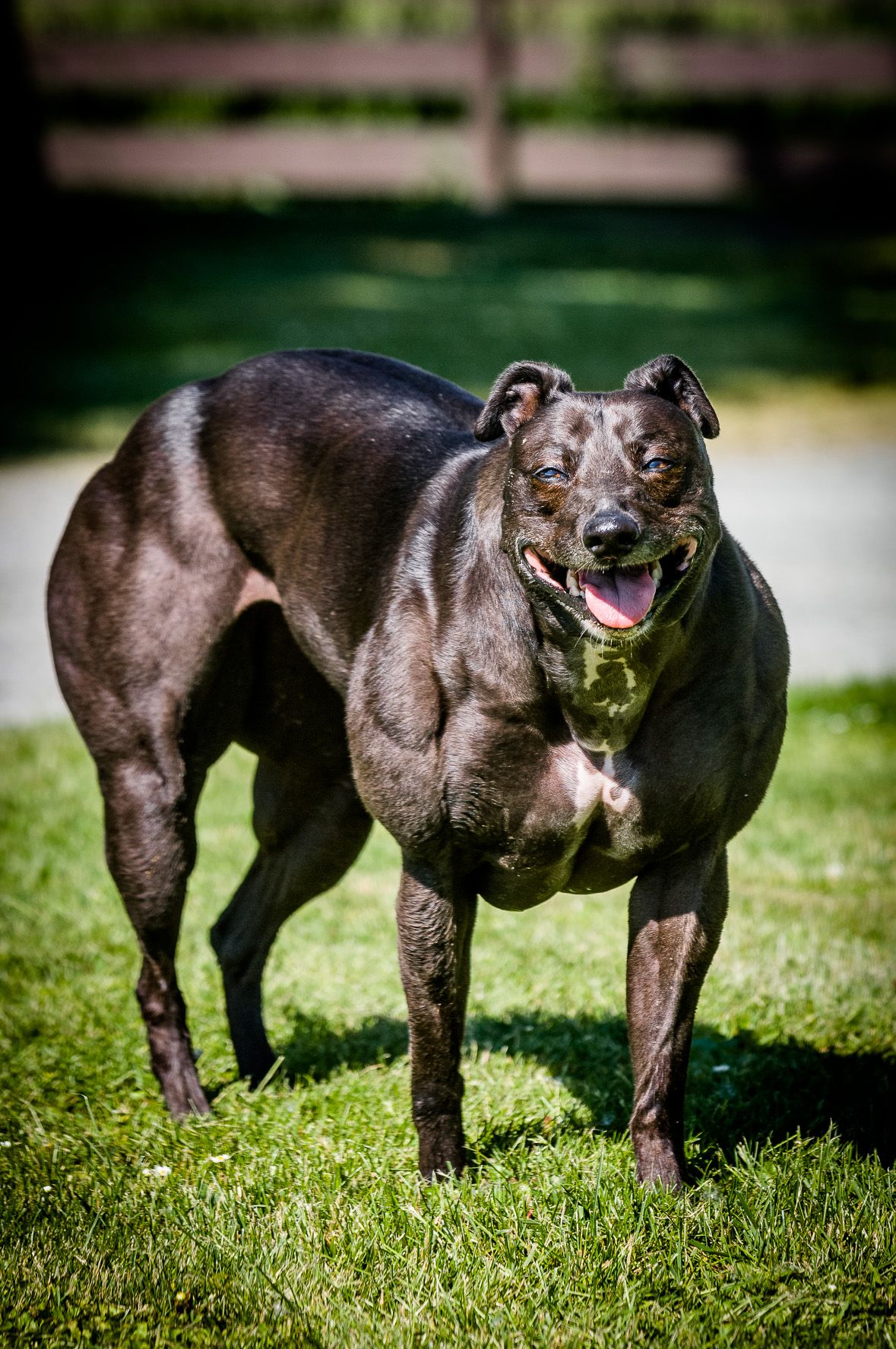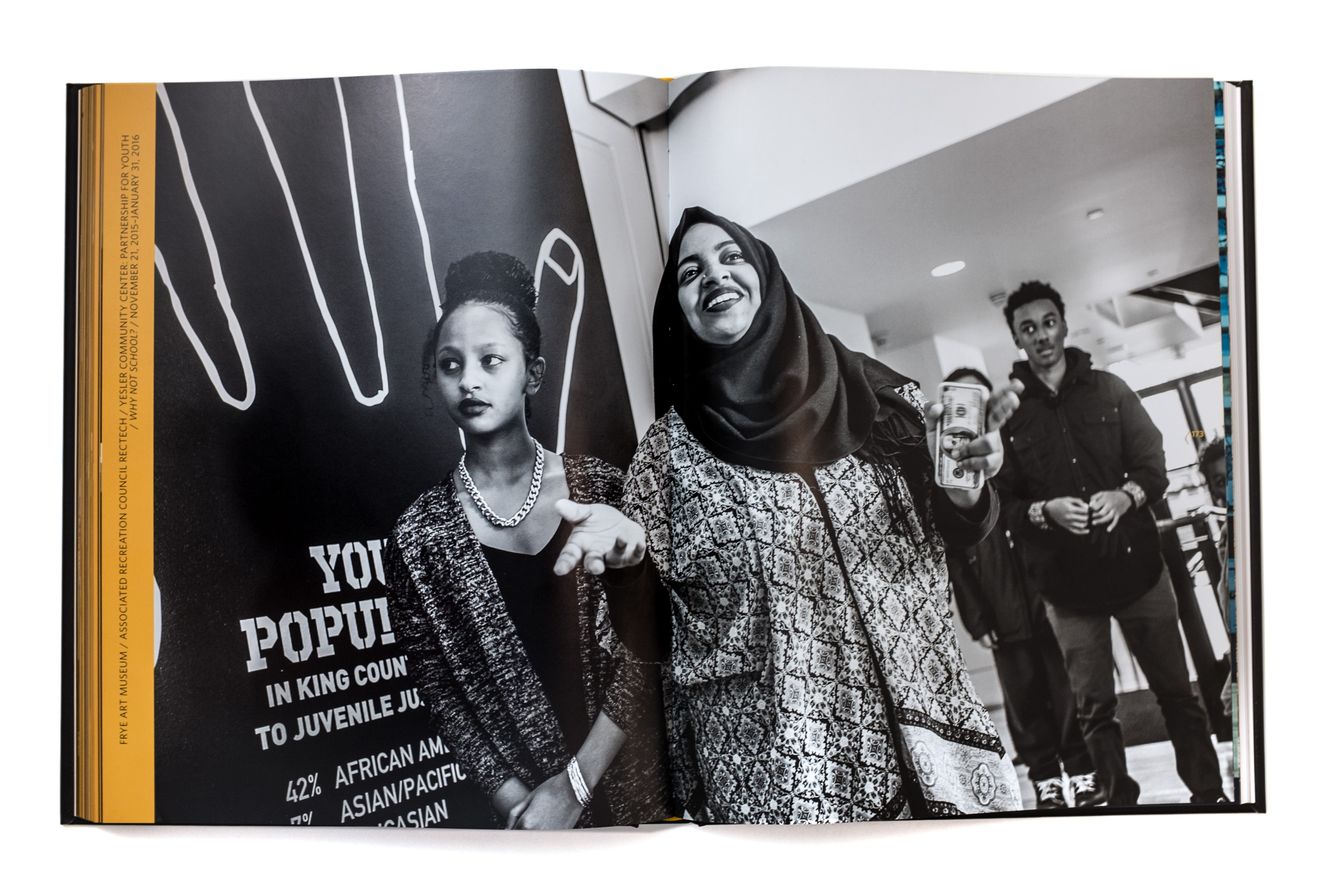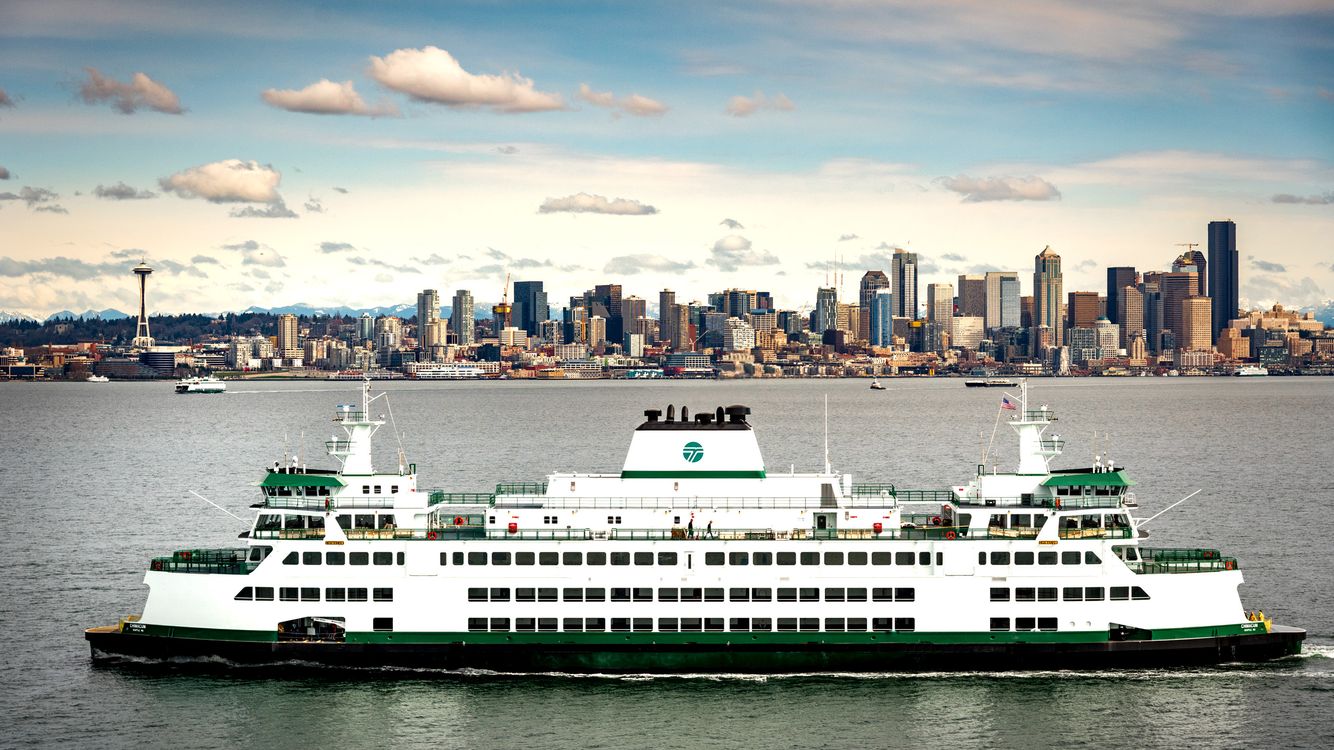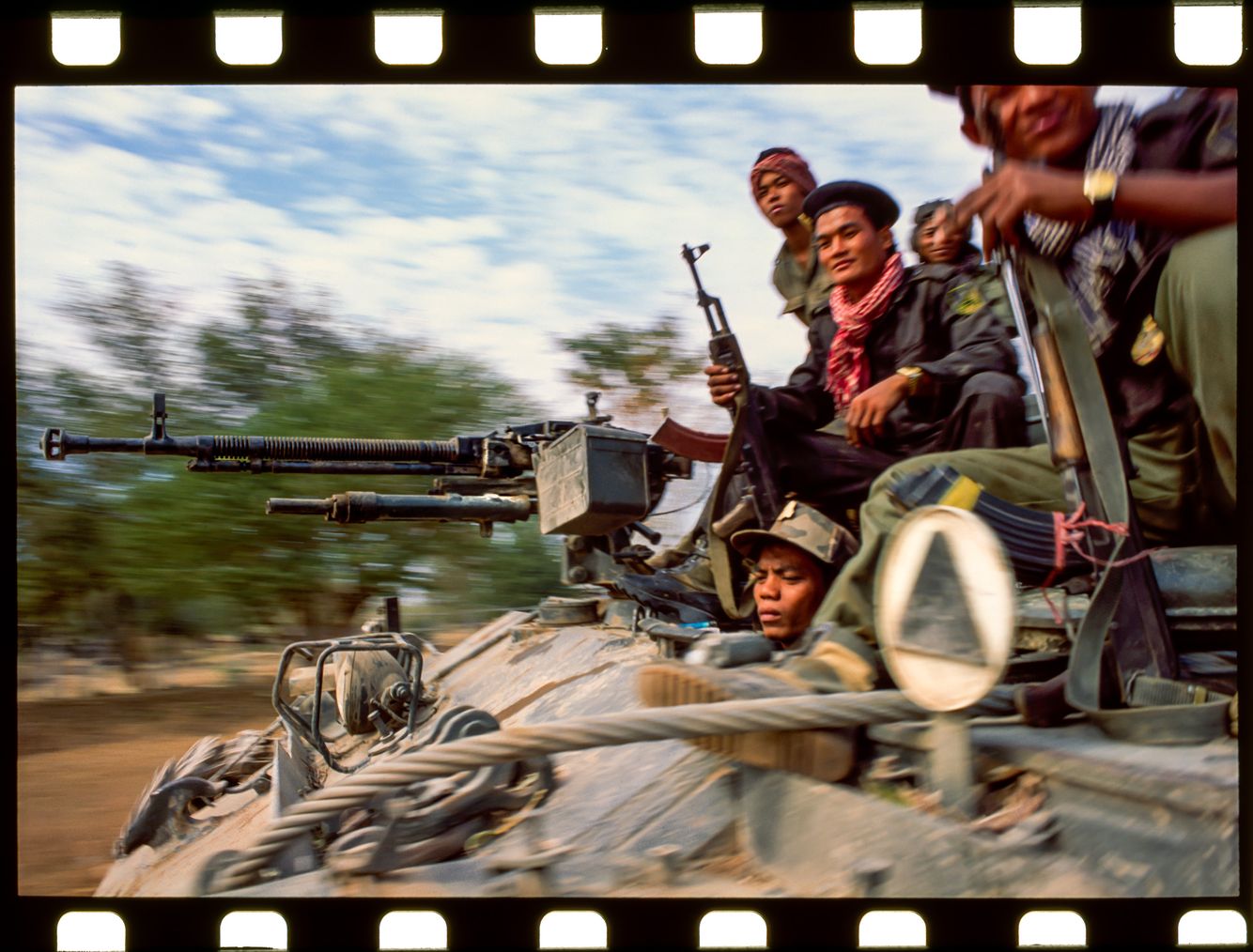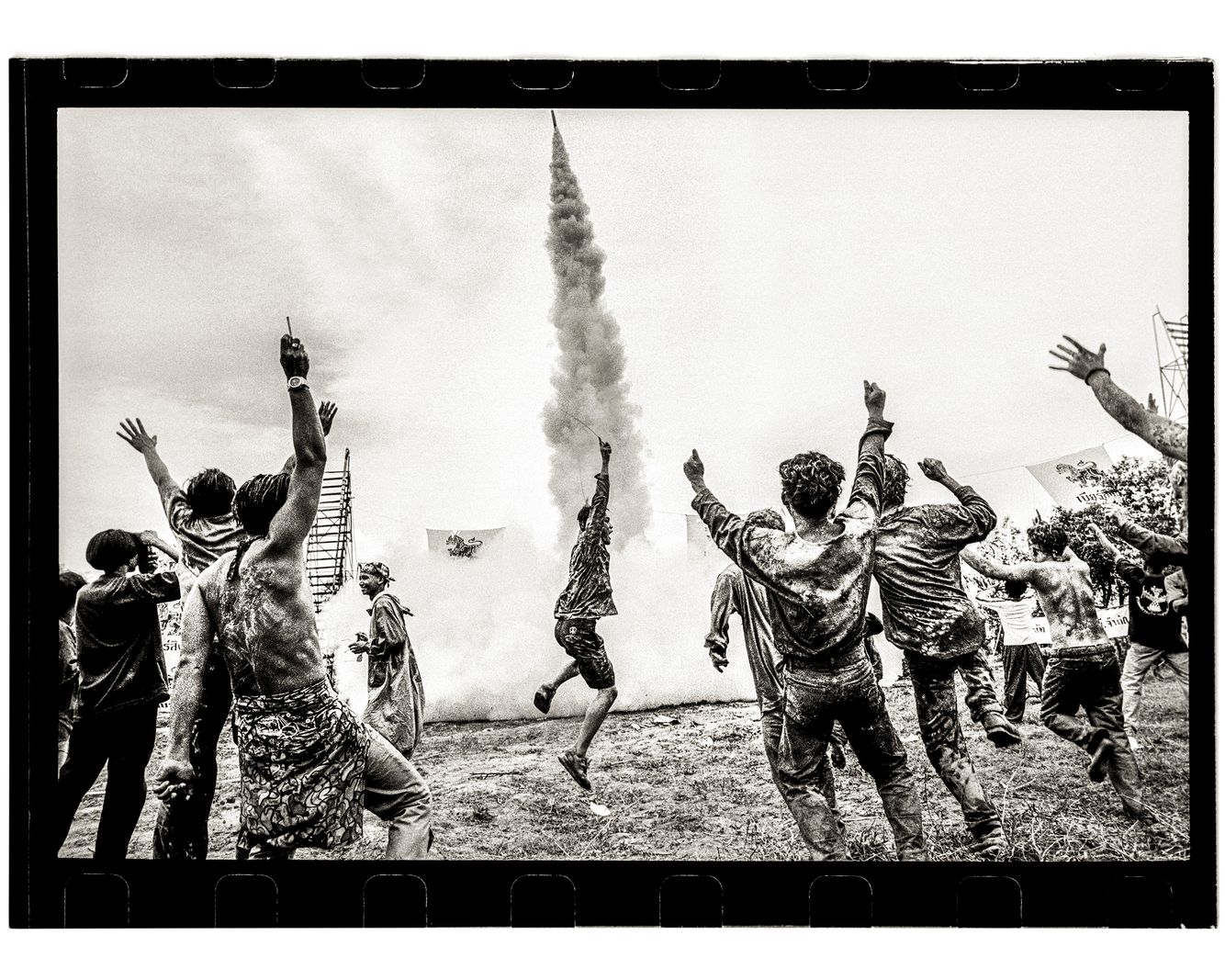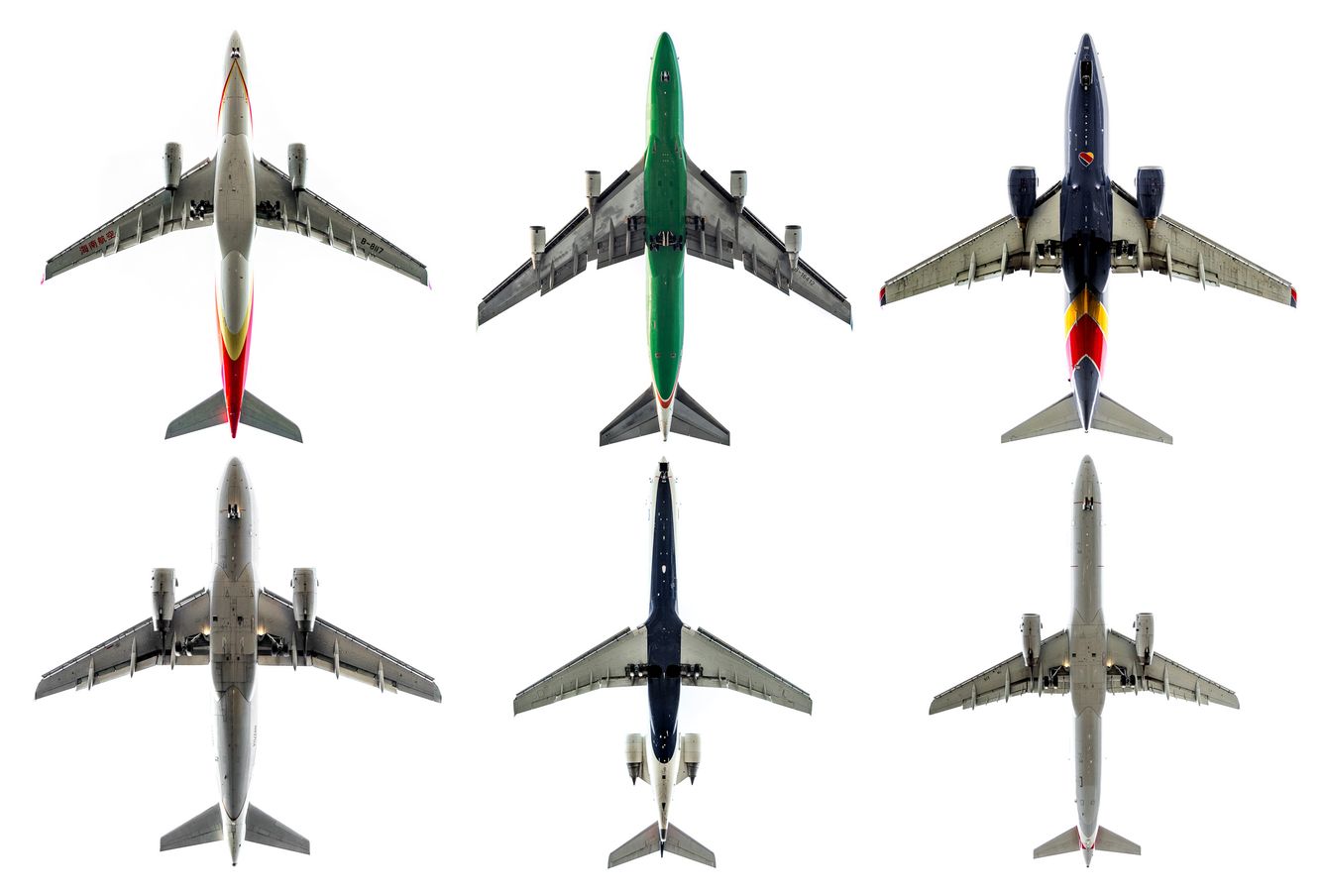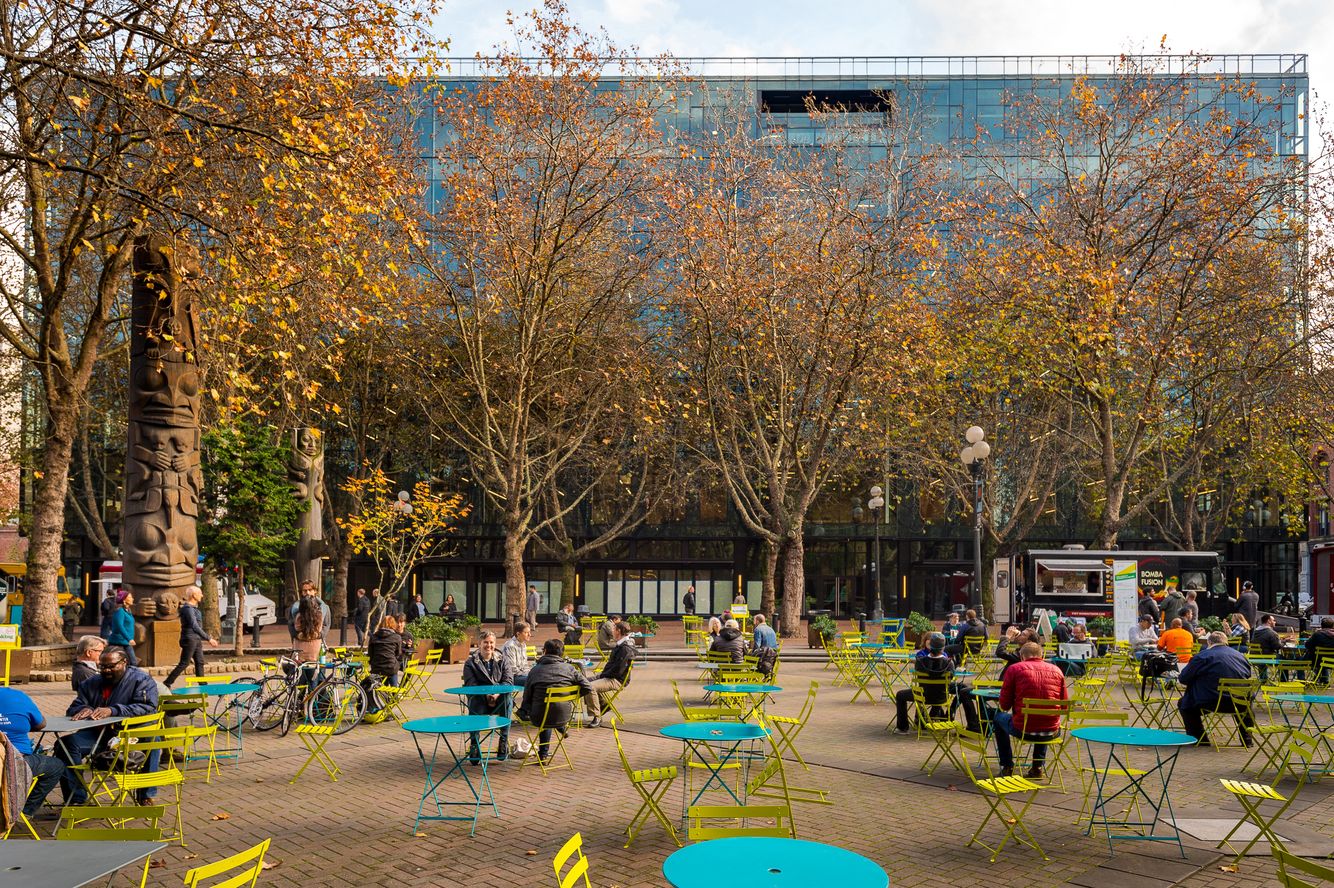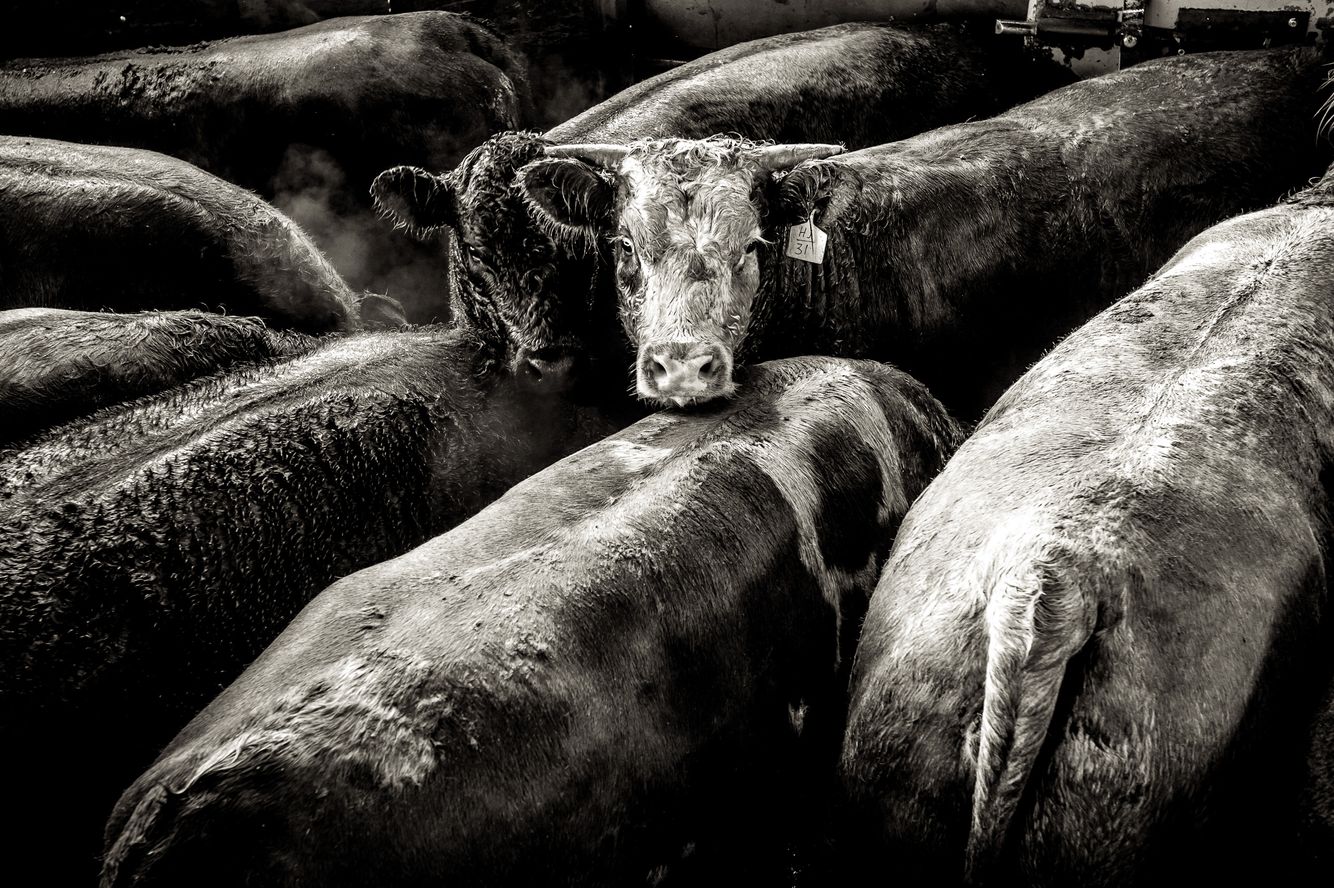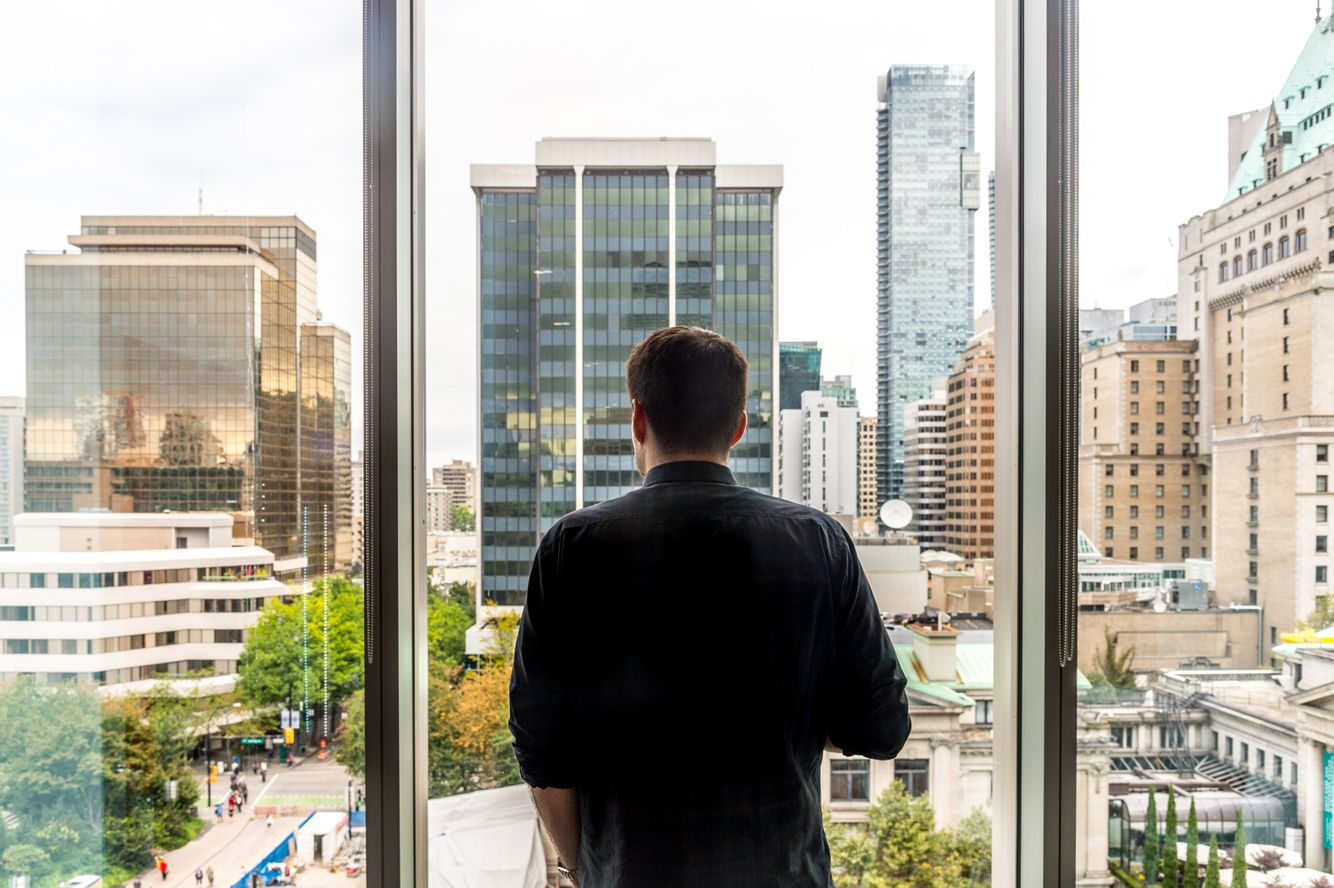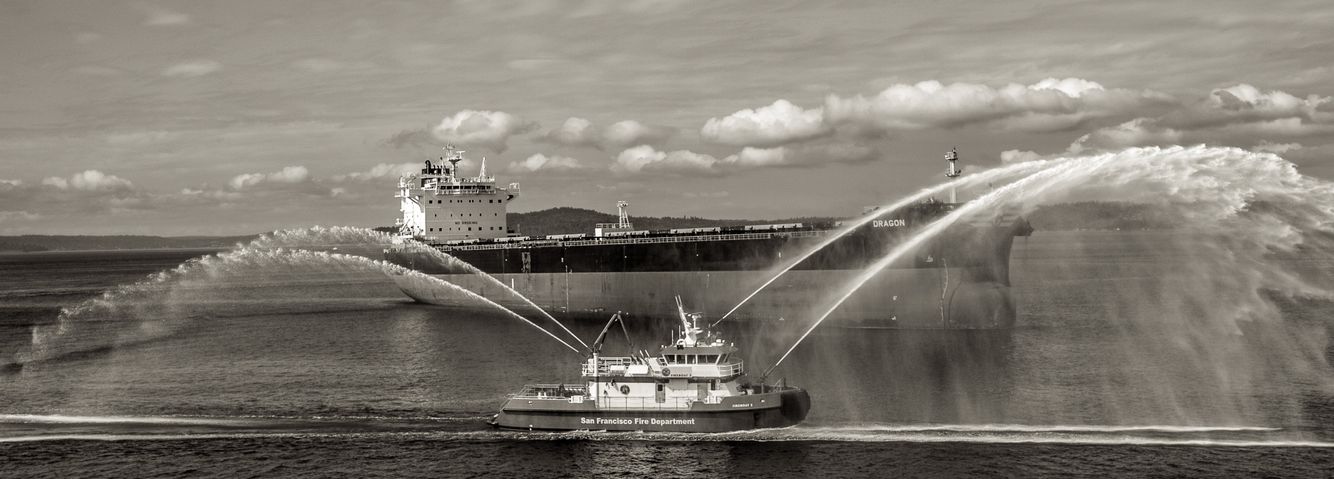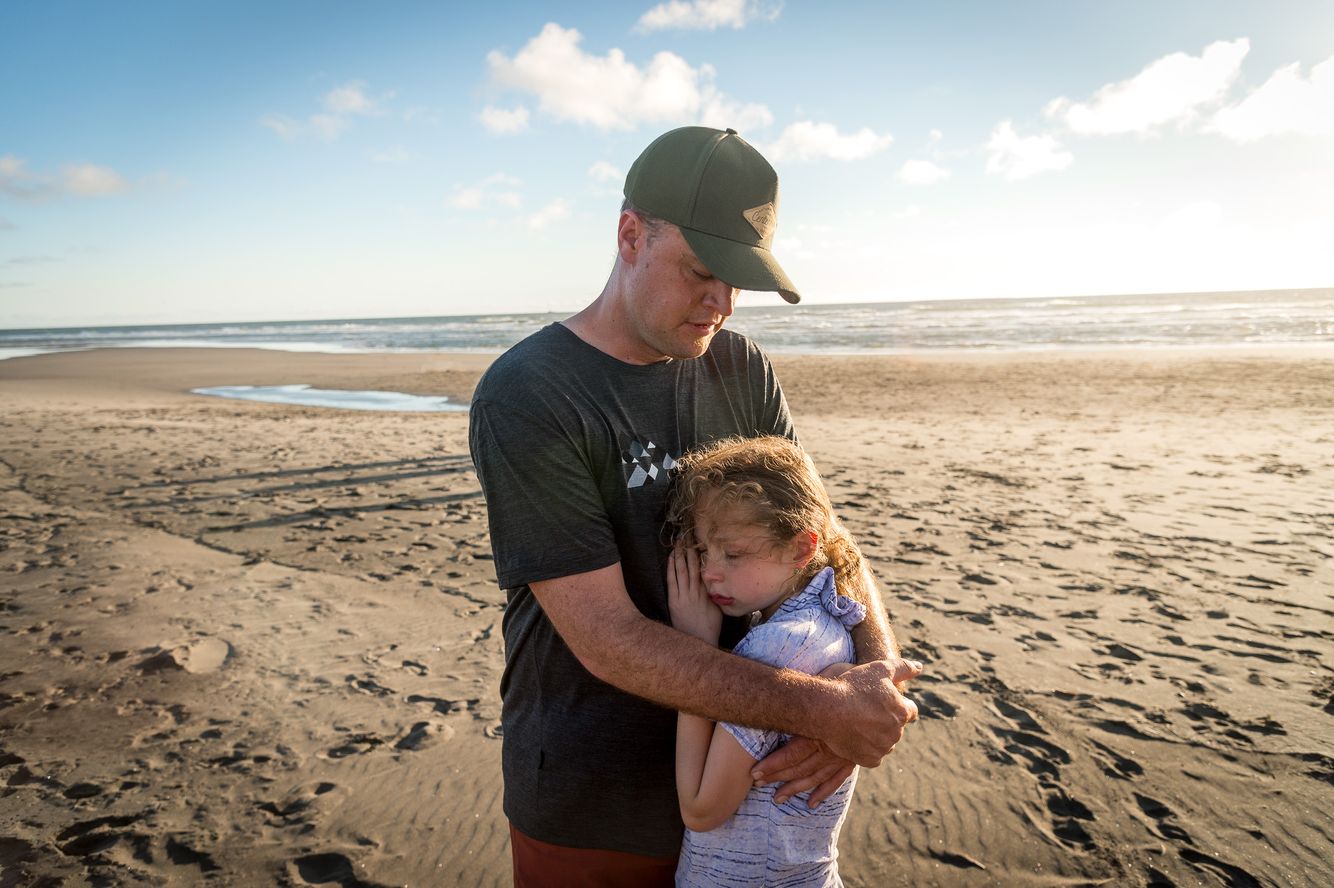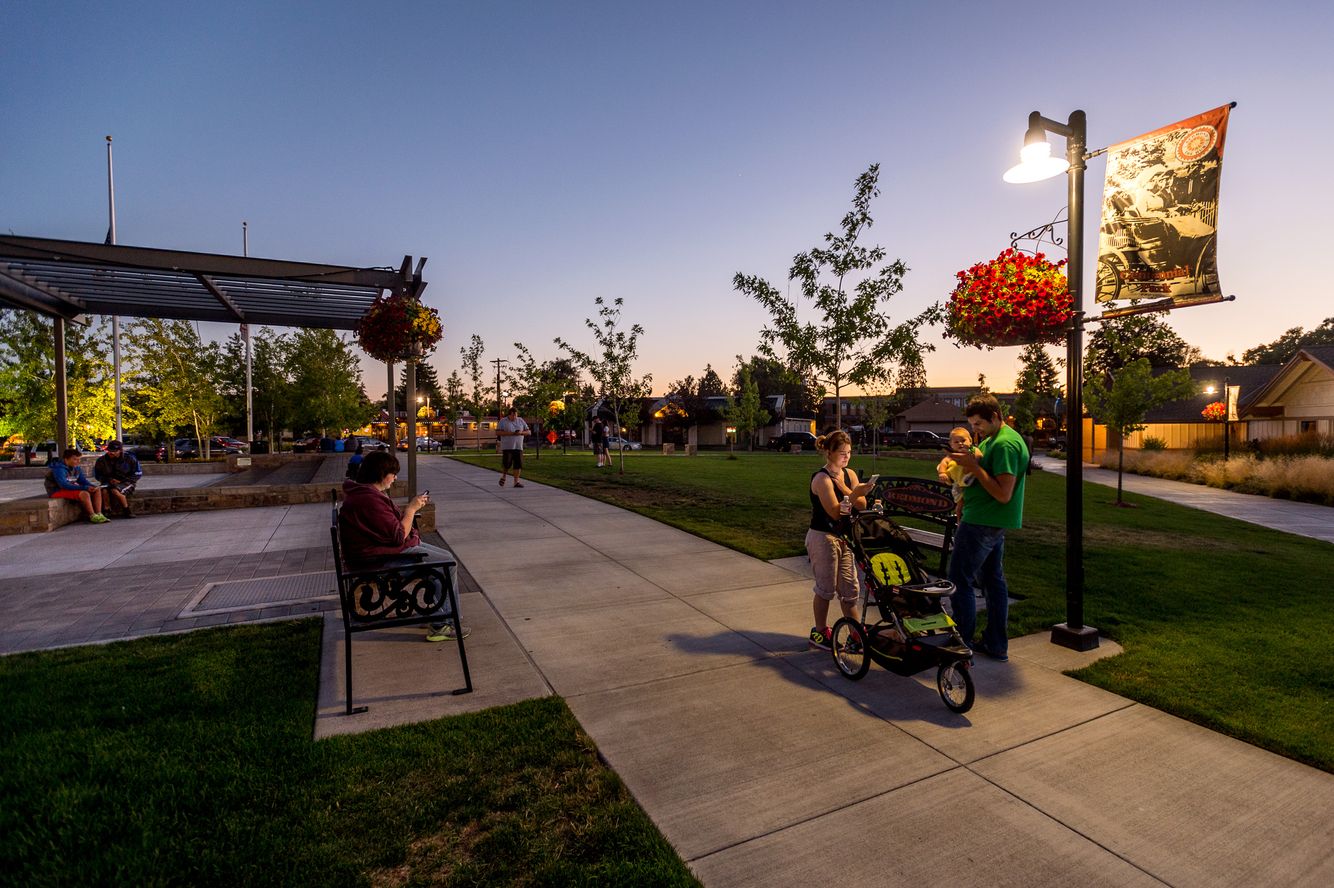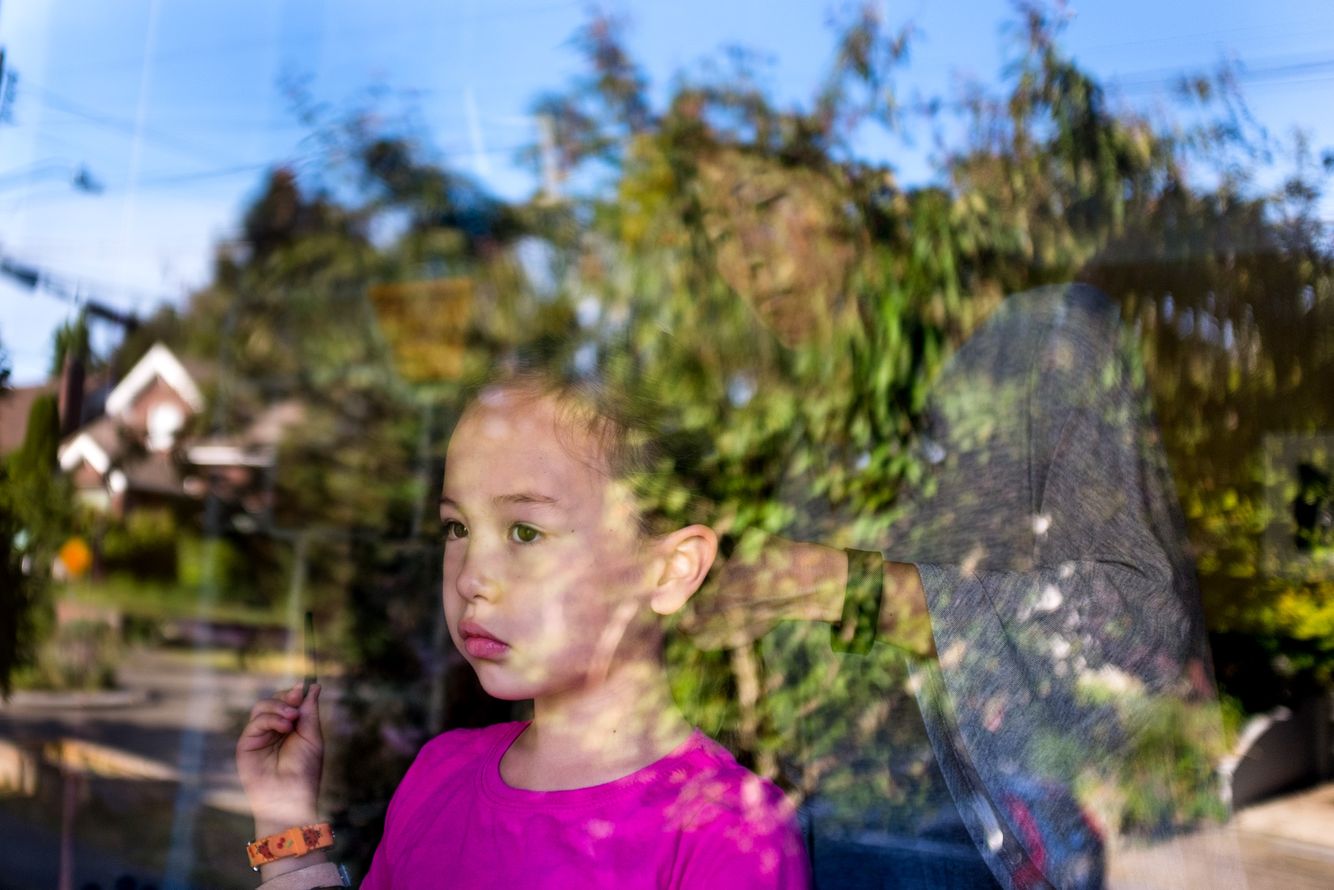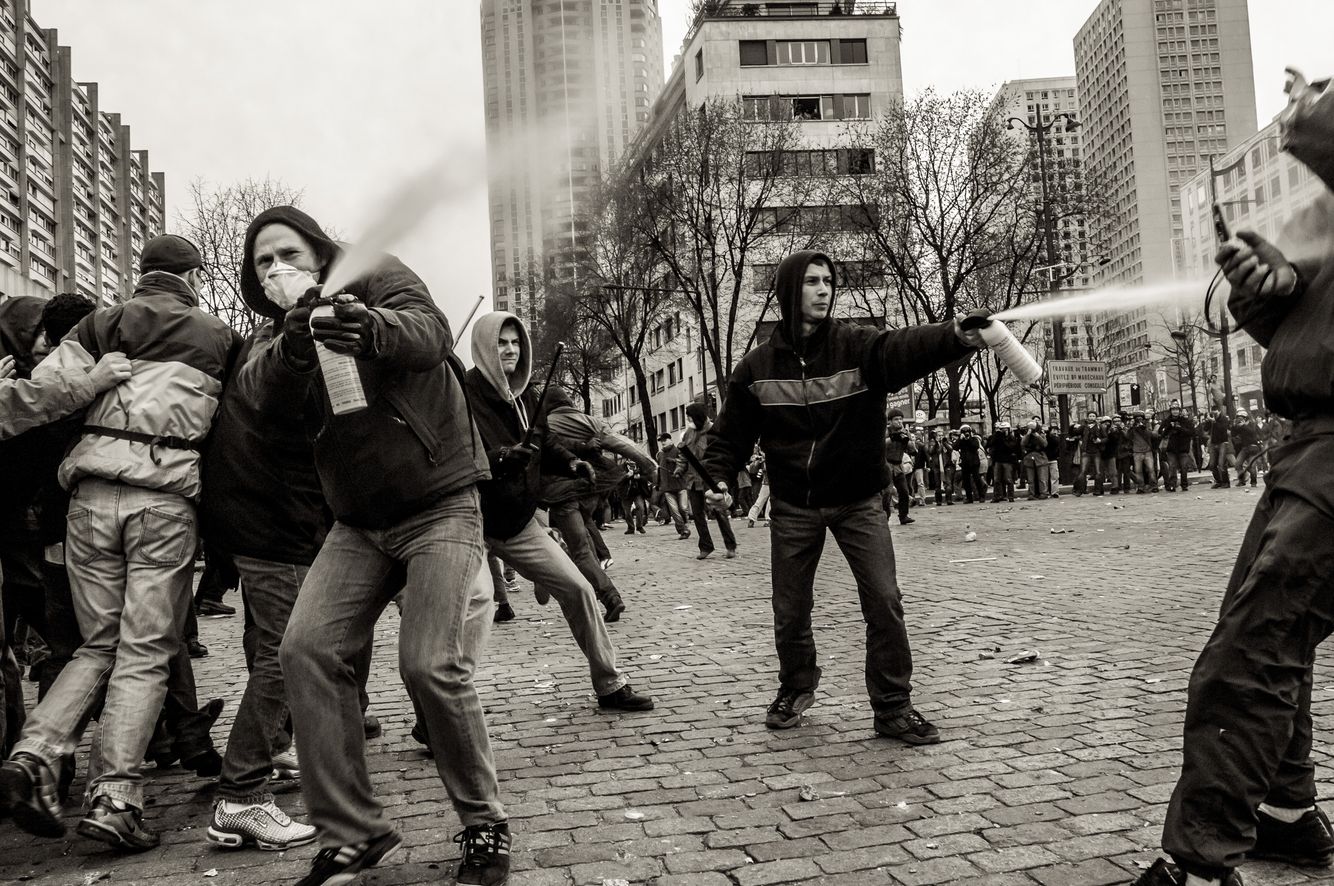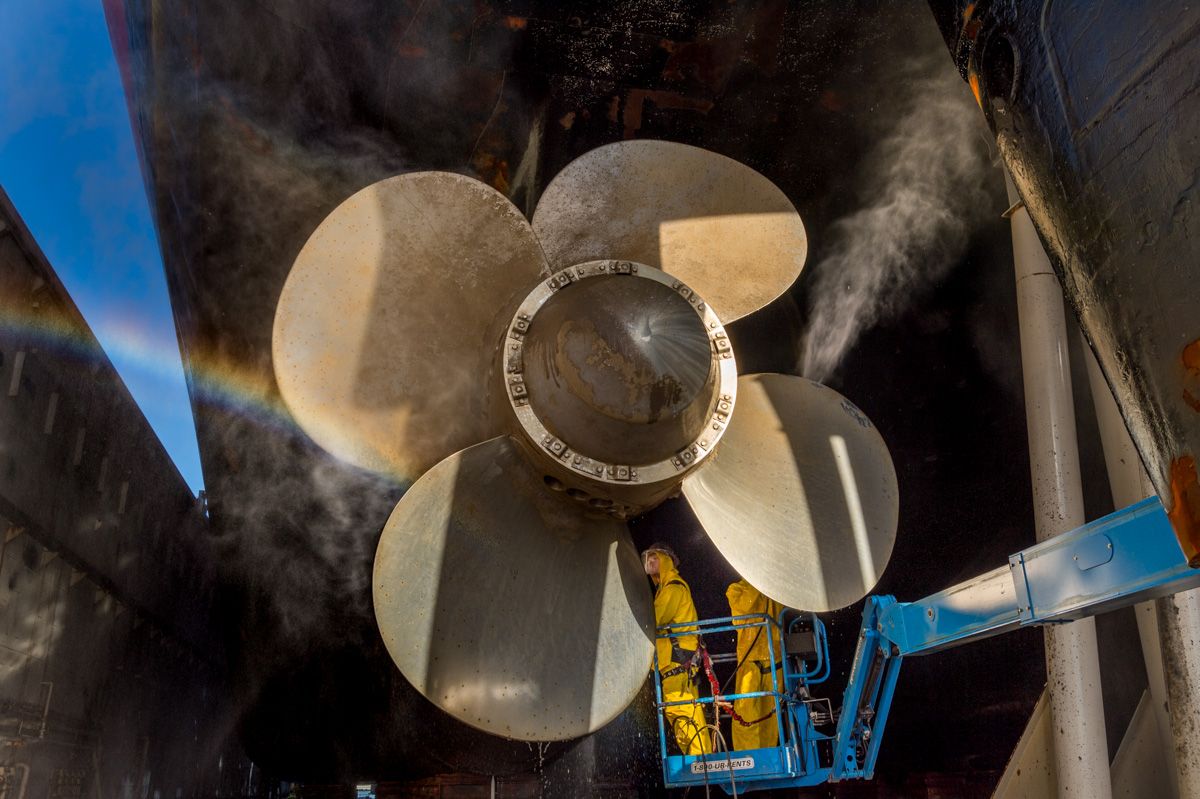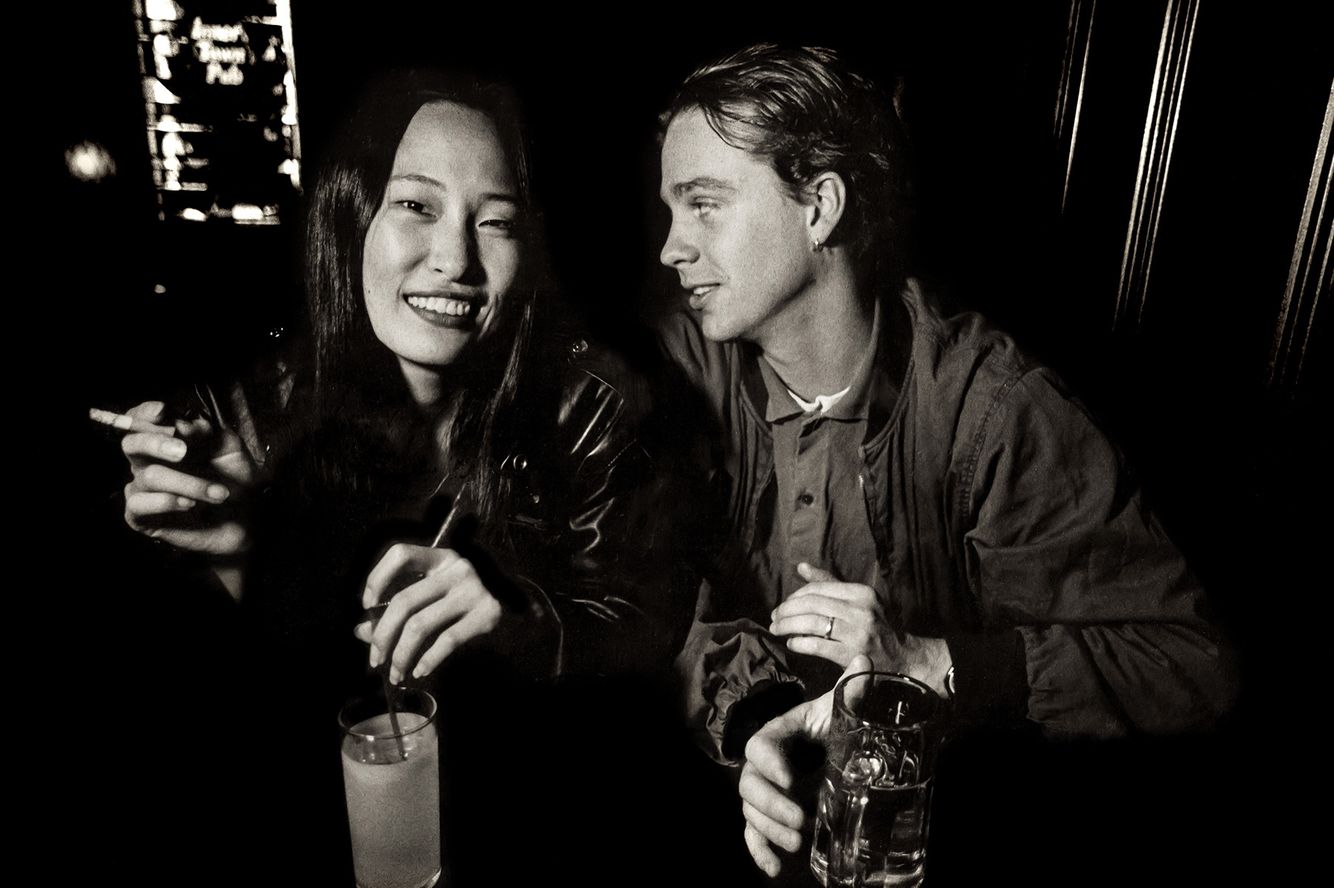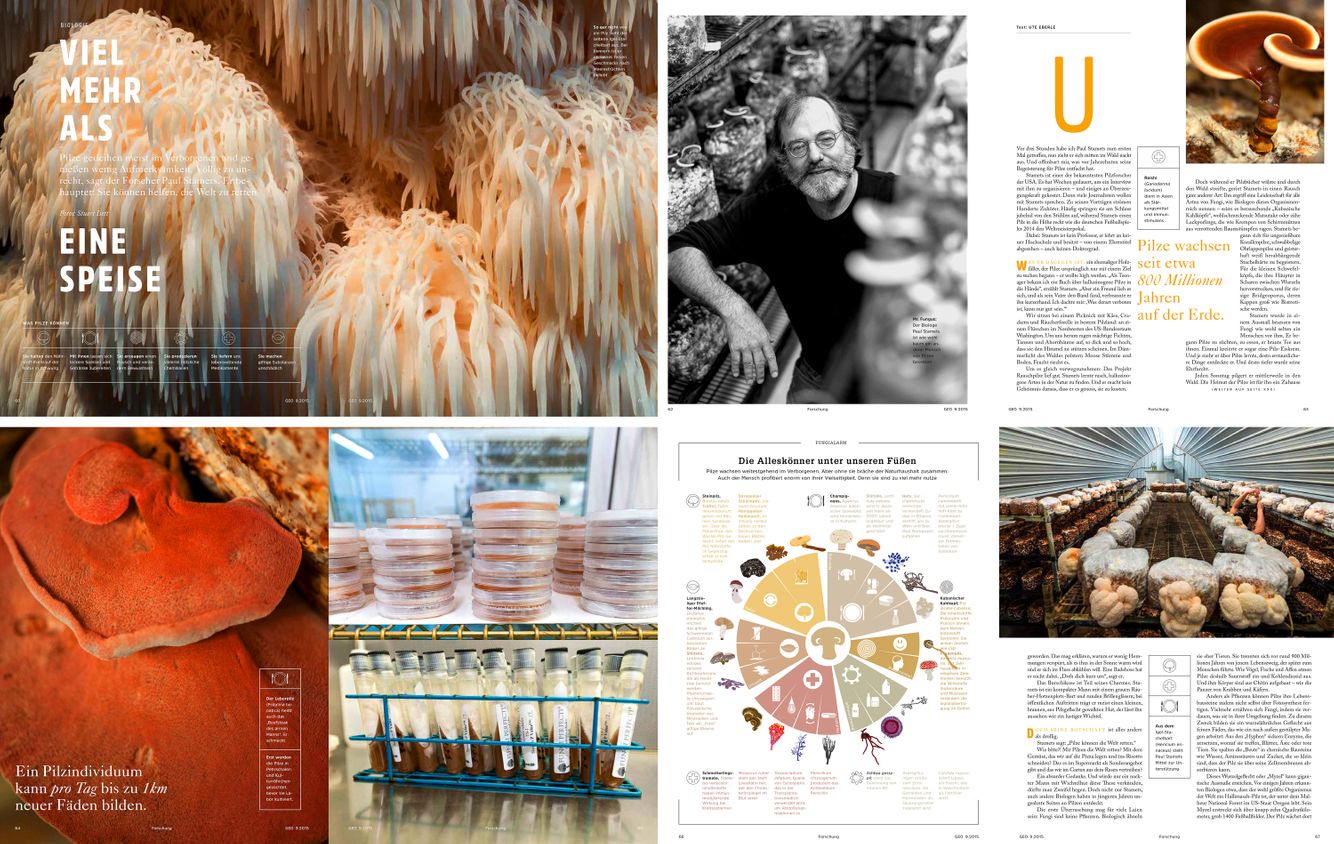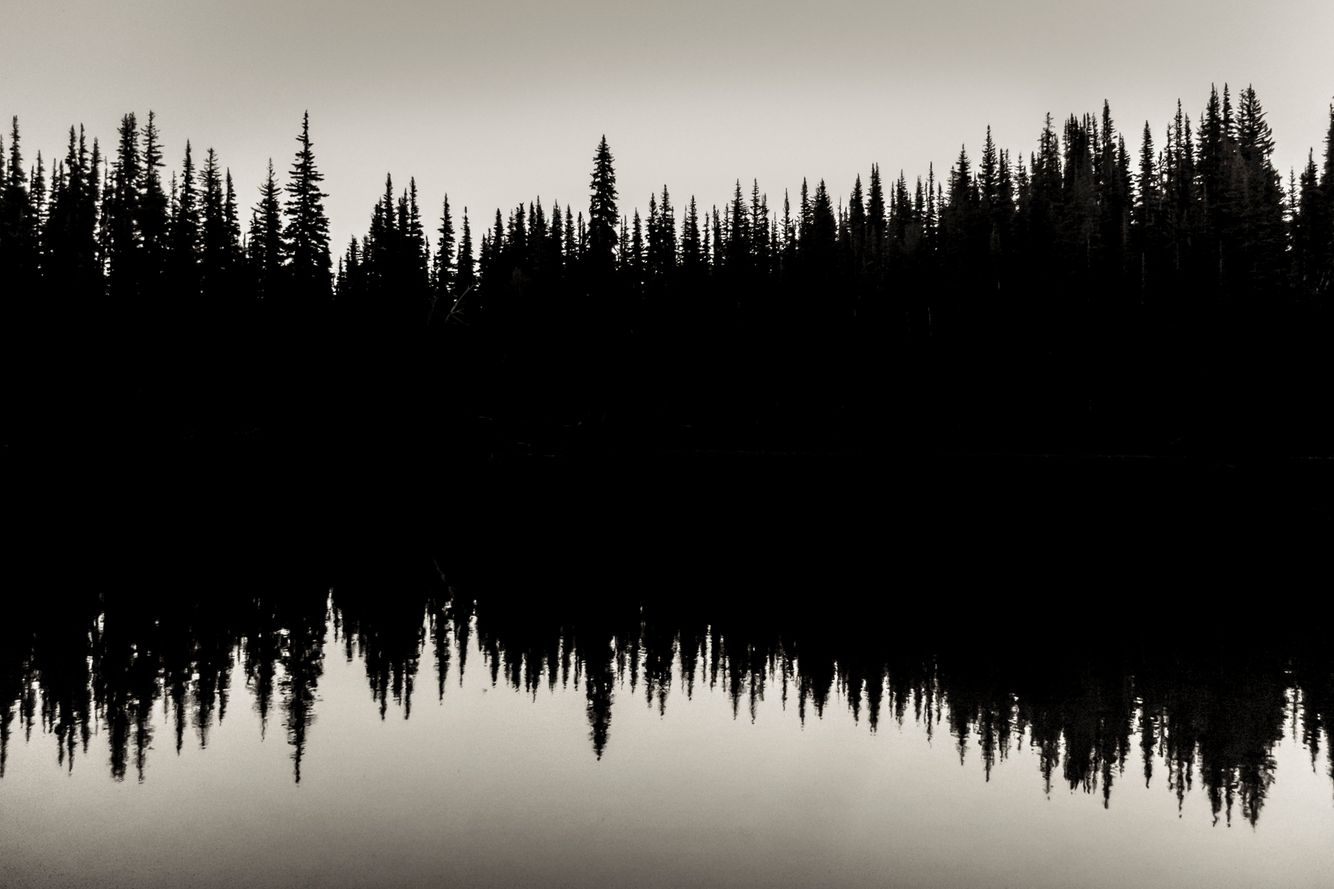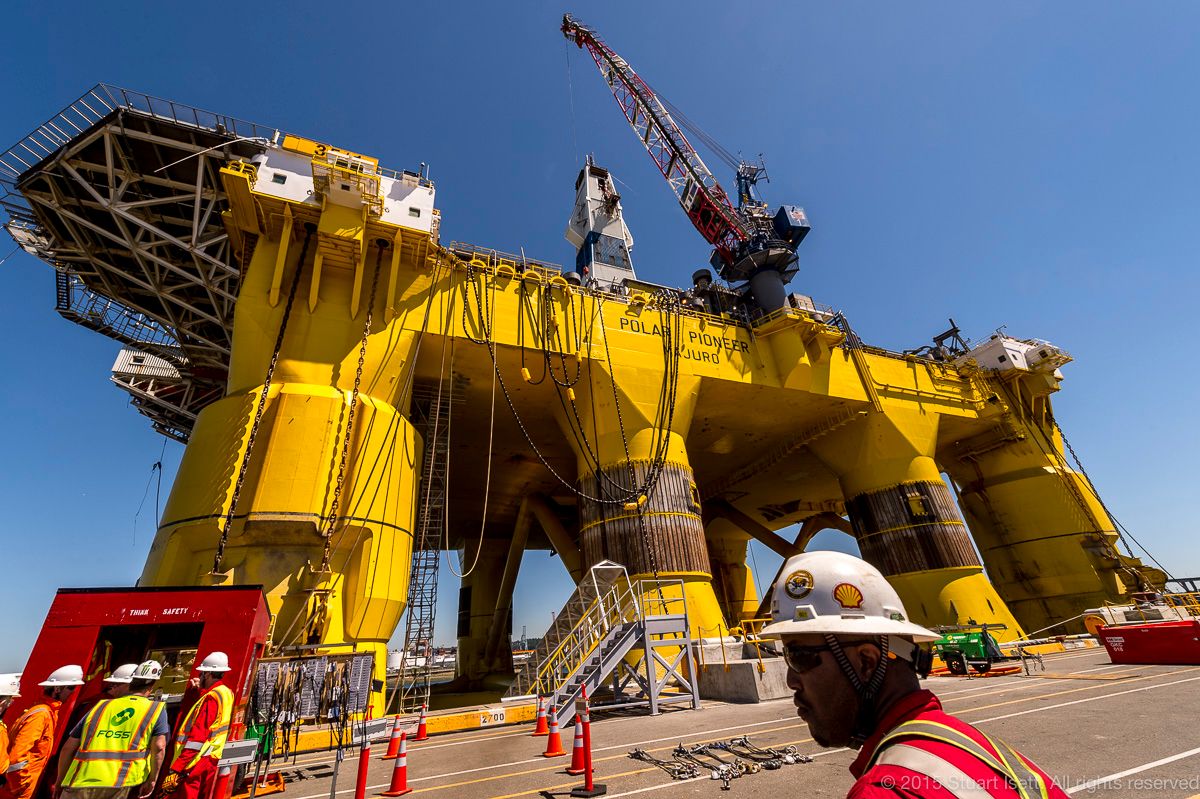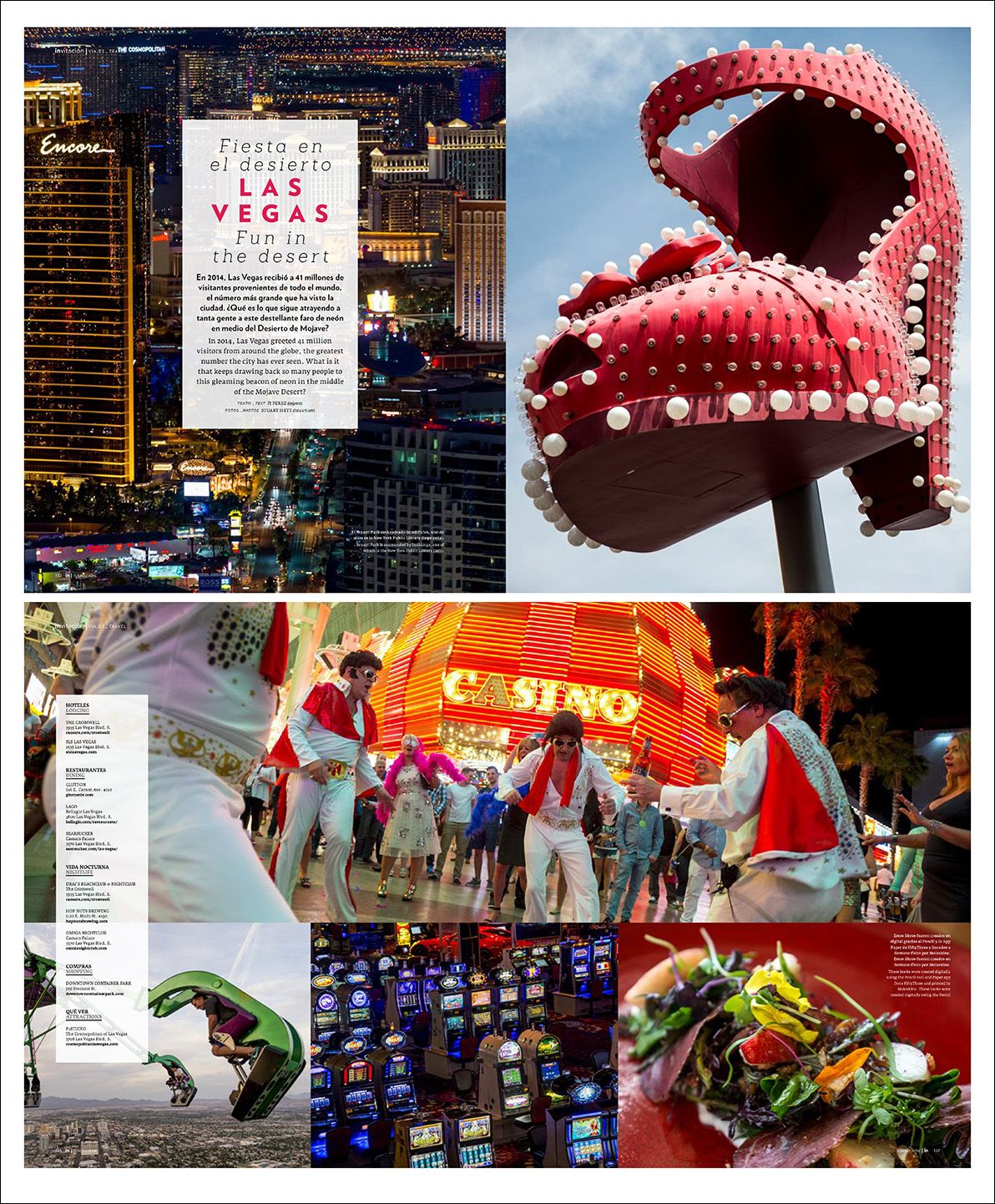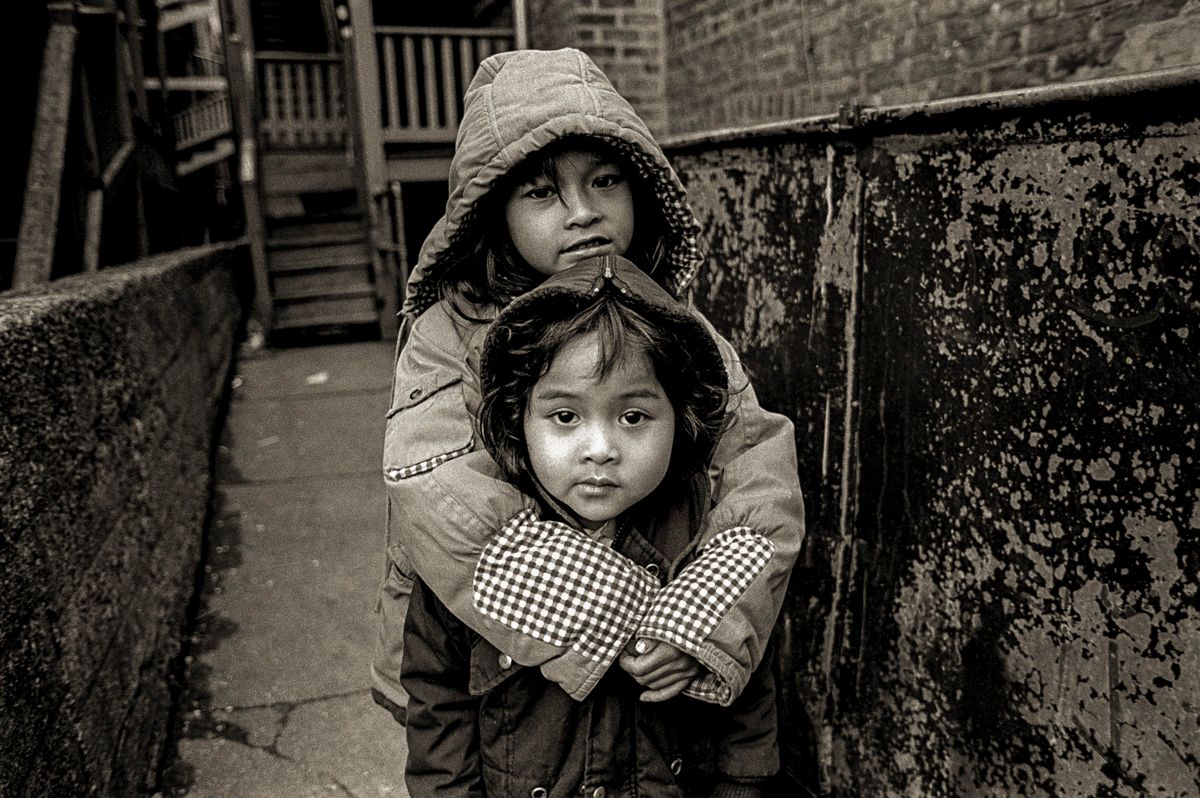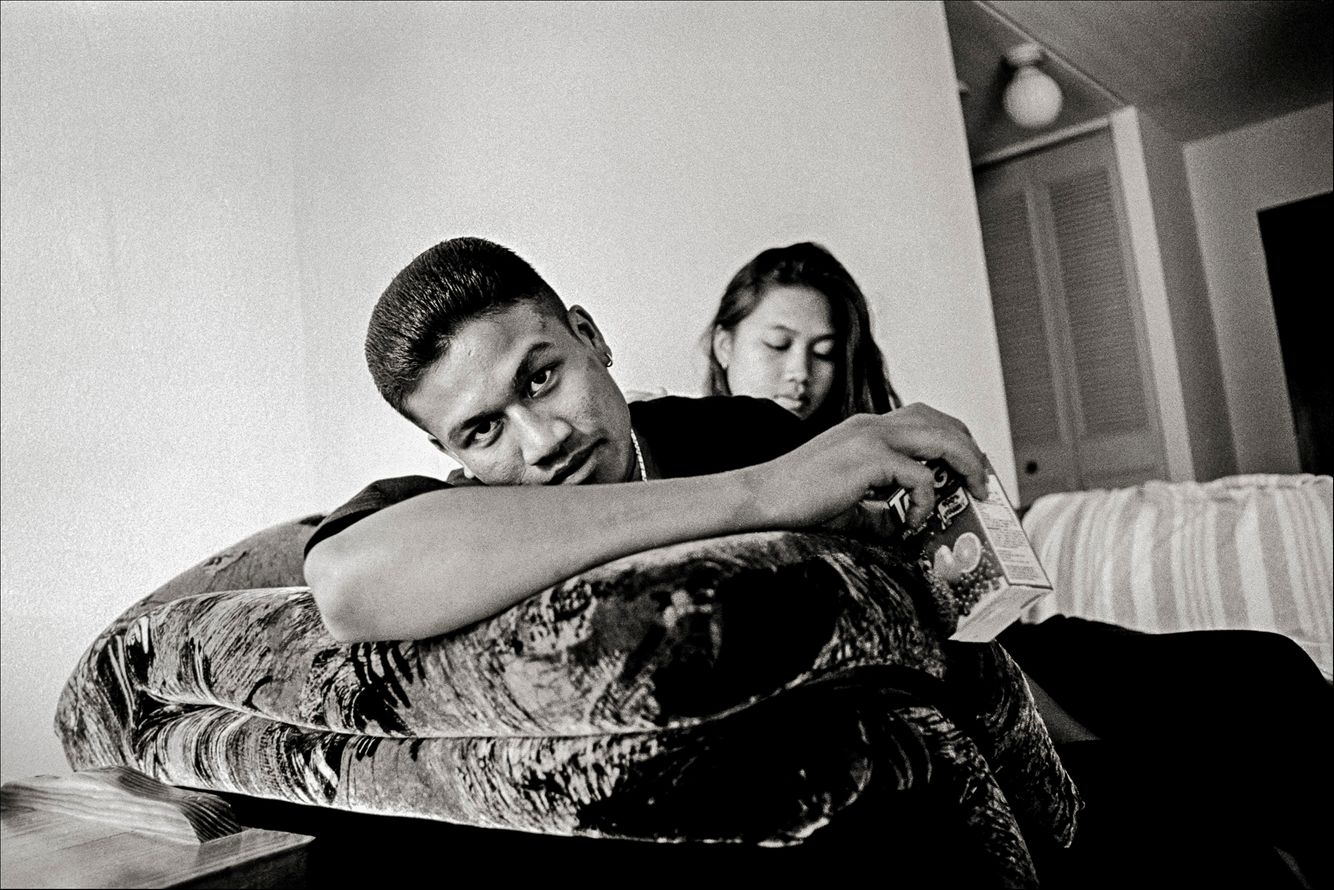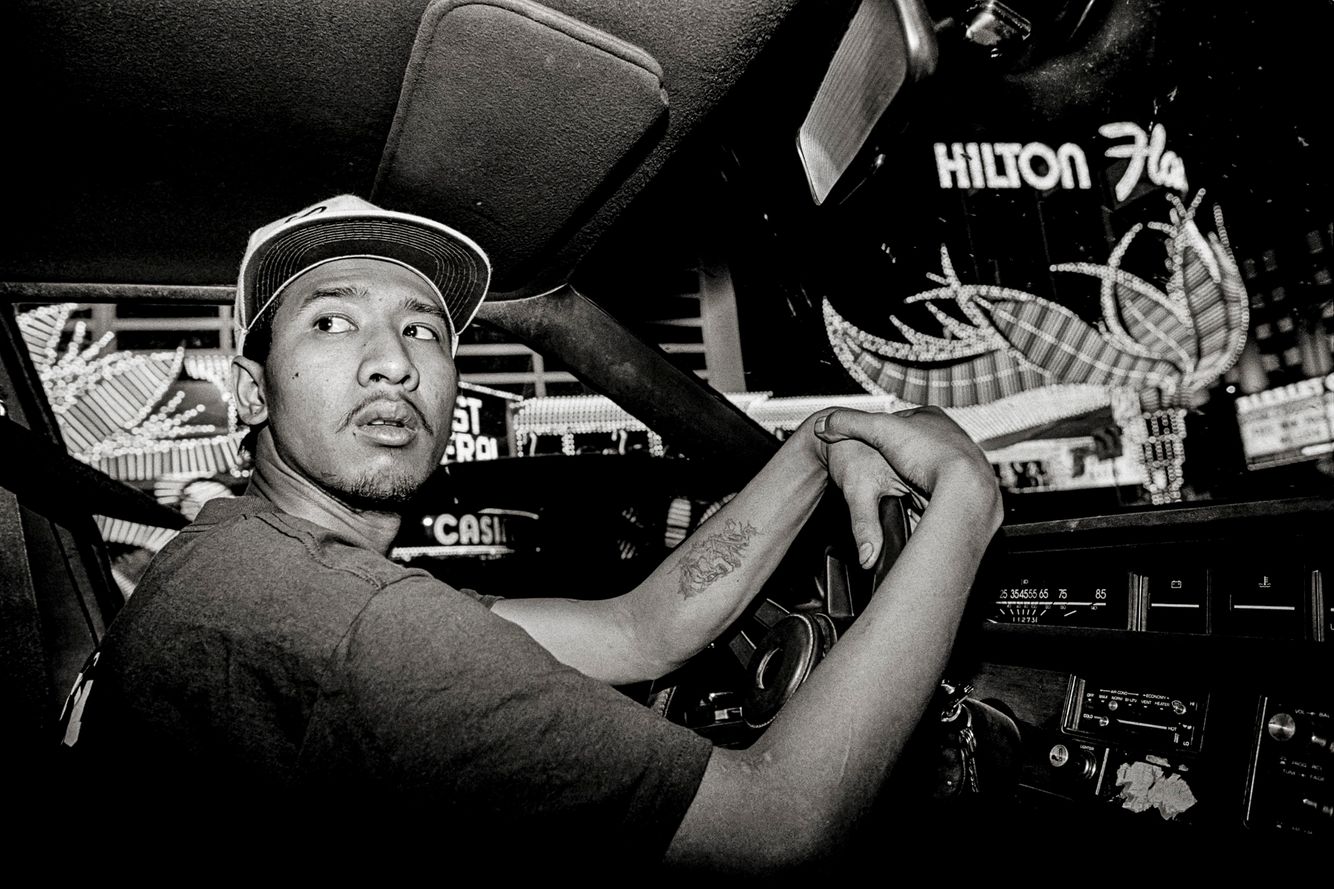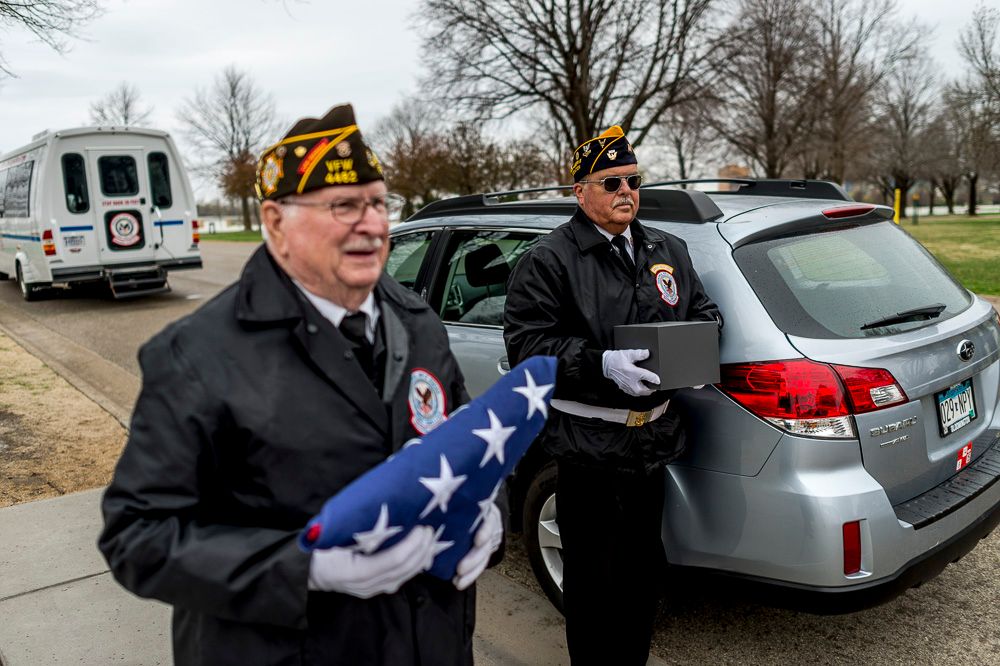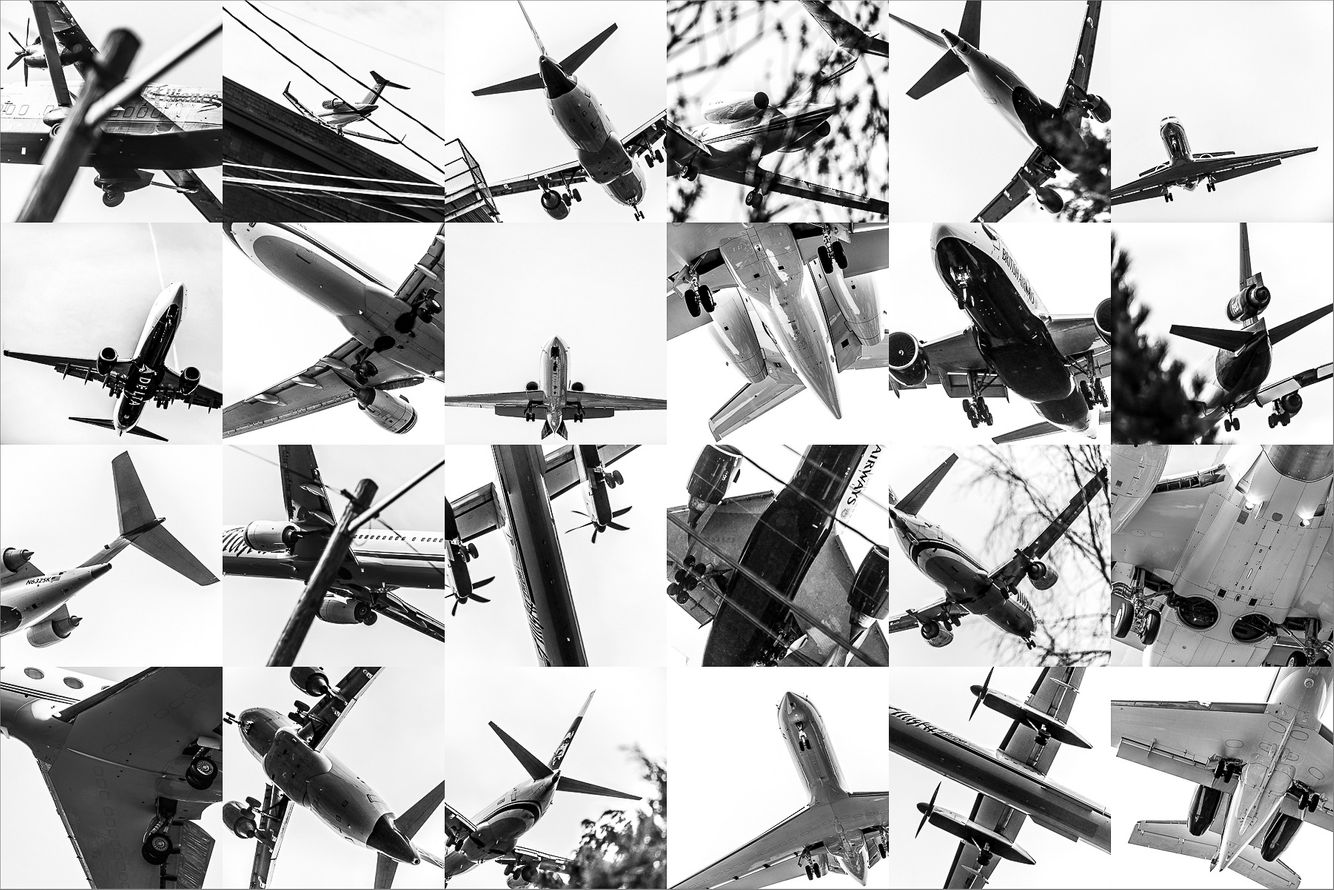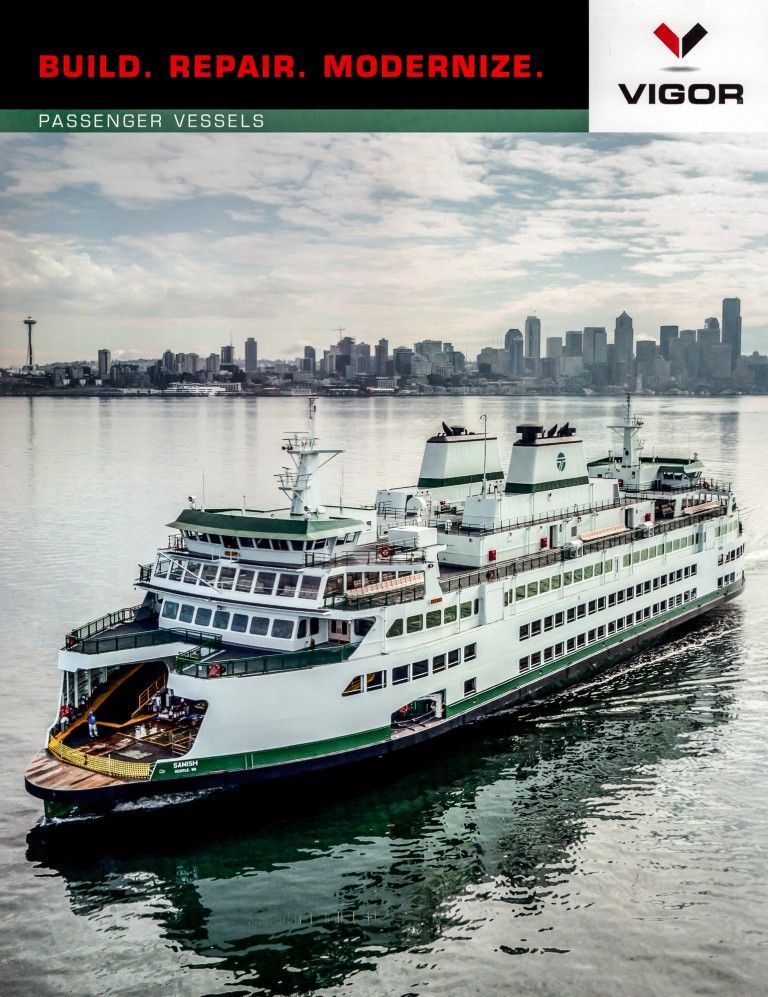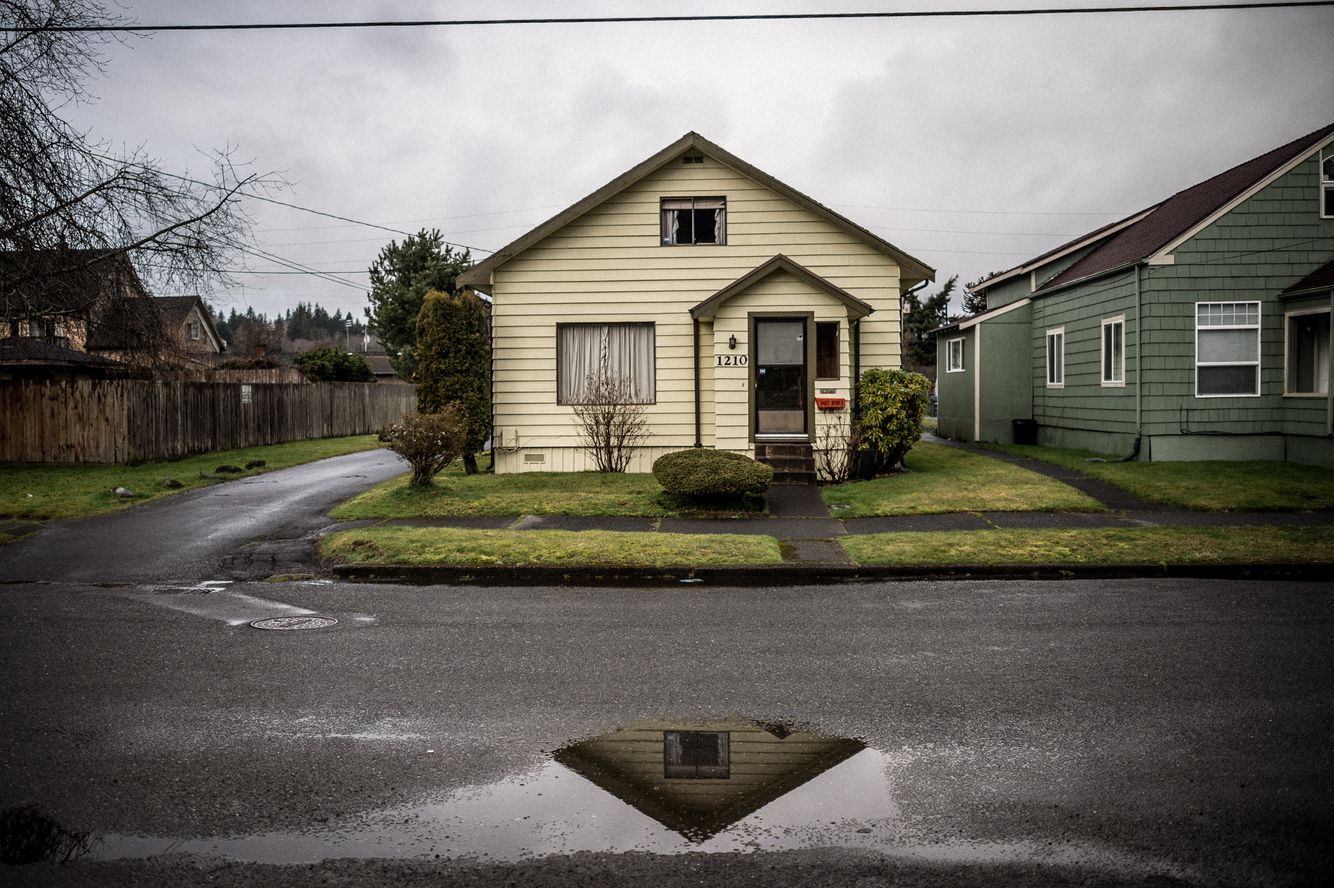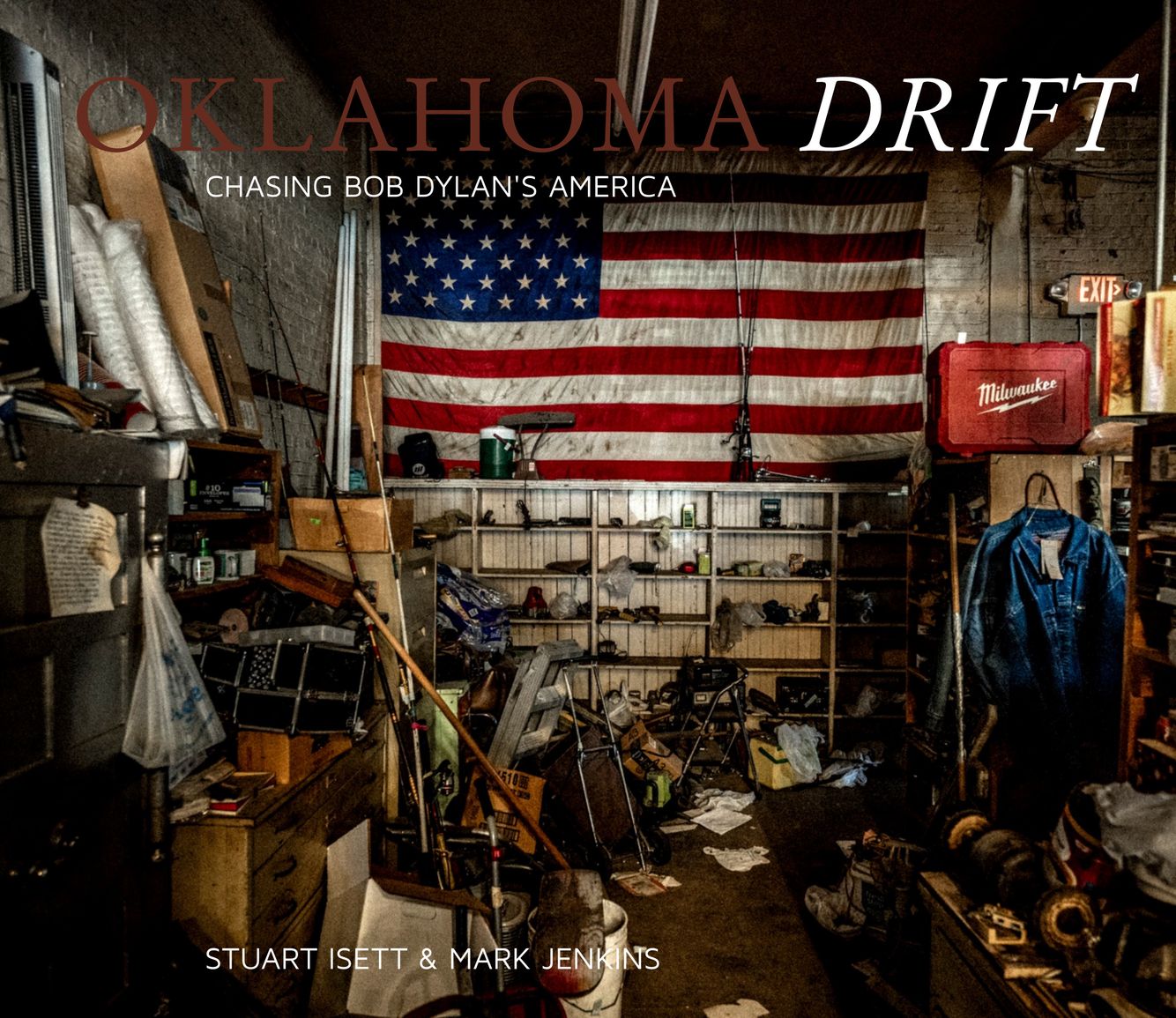BLOG
Recent work, old work & professional musings
"Don't photograph protests"
I still remember an editor in New York once telling me not to include a protest image in my portfolio. I understood their point - protests can be too easy to document, access is easily given (just show up) and the editor wanted to see longer term photo stories that showed a "greater commitment to storytelling" . Plus I imagine every other photographer editors saw after 2011 had portfolios filled with protest images, all pretty much the same.
On the flip side, though, I've known plenty of amazing photographers who have made incredible work covering protests over the past decade, Rian Dundon's work in Portland and Yunghi Kim's work in NYC, being some of the best. So take all advice with a giant grain of salt.
2011 was also the time I started to notice there were as many cameras at protests as protestors, and the lines between journalists, police and protestors pretty much vanished, as evidenced the day I was clubbed by an anarchist right after the photograph of me here was taken; it was the first, and only time, I’ve been assaulted doing my work. The images here were taken during what I call ‘the great unwinding’ - the Occupy Protests, in 2011, in Seattle.
moreUnpublished Work
Talk to any photographer and they will tell you their "unpublished work" is usually far better than their published work - it's mainly our bruised egos talking, though, wondering why some photographs never got the attention we think they deserve. Taken from 2011 until 2021, the images below show the final years of production of Boeing's iconic 747, in its final iteration, the Dash 8. None of these images ever got published, even though I pitched them all over the place, from The New York Times to aviation magazines to online galleries. Boeing doesn't often give this kind of access to their factory floors to outsiders and when they do, it's usually brief and well supervised, so navigating around the Everett plant while trying to get interesting images is a huge challenge.
I'm particularly proud of this work, especially since as a 6 year old I flew on the original Pan Am 747 Clipper from London to New York and the plane fascinated me from then on. Maybe one day these images will get published.
moreYe Olde Internet
I try to avoid showing my age, just because I don't think it's relevant to my work. But then I realize it is very relevant to my work, and the foundations it was built upon, so finding 25 year old work is still up on the internet is one such moment.
Imagine my happiness when I recently discovered one of my first online exhibits is still up nearly 25 years after it was posted? With the tiny file sizes and basic design and fonts that only worked in the age of dial-up Internet? Zone Zero was one of the earliest portfolio websites, created by Pedro Meyer in Mexico, and that's still going strong today. The work he showed was from a 3 year project photographing Kyoto called KYOTOLAND, a project I plan on self publishing soon - the edit shown in 2001 was from the earliest stages of the work and only a few of the images have made the final book design.
I built my first website in 1997 shortly after moving to Japan, using HTML 1, uploading to the Japanese web service GOL - I was, in the world of photojournalism, a pioneer! That site has been lost in time, I always wished I'd saved it, but my URL and email have remained the same for 28 years now. One of the great things about freelancing is you often get weeks, sometimes months, with little to no work so web design, and some self-promotion, often filled those hours. It's something I wish more editorial photographers understood - most commercial photographers understand design and the need to promote themselves beyond their little bubble but such concerns are often anathema to many editorial photographers.
moreOklahoma Drift - Update
After three years, and a long summer of writing and editing, writer Mark Jenkins and I have crafted what we are still calling an idea for a book. We’ve printed out 30 copies using Blurb’s self-publishing tools and have started sending them out to agents, editors and publishers. We used their trade book format, suggested by Blurb’s print evangelist, and my old friend, Dan Milnor, which I highly recommend for anyone looking to make their own books. We are always open to any ideas and suggestions on places we can submit.
OKLAHOMA DRIFT - CHASING BOB DYLAN’S AMERICA
When singer and songwriter Bob Dylan turned over his lifetime archives to a small museum in Tulsa, Oklahoma, we, like countless other fans, asked, Why Tulsa and why Oklahoma? The two of us - Mark as a professional writer/dramatist and Stuart as a professional photographer - set out on a journey to discover the answer. Three years and thousands of miles later, the answer to that question is this book. We hope to find an agent or publisher who sees its potential and can bring their own passion, along with editing and design skills, to the project. Its blend of photography and essay was consciously inspired by the classic Let Us Now Praise Famous Men, with writer and photographer working as equals, along with the chance encounters of Saint-Exupery's flying days, as well as Steinbeck's Travels With Charley. Stylistically, we attempted to emulate the vivid elegance of Joseph Mitchell's chronicles in The New Yorker of that city's characters and outliers, such as "Mazie," the ticket booth attendant at The Venice Theater.
moreBlast from the Past
Recently found footage of me at work in Rangoon photographing Burmese opposition leader Aung San Suu Kyi. So odd seeing this after 28 years. We spent many days outside Daw Suu's house, in the sweltering heat, crushing crowds, juggling rolls of film and racing to make deadlines transmitting or shipping film out to New York.
Even though I don't do this kind of photojournalism work anymore (I still work on long term documentary projects), it was an excellent training ground for the work I do today.
"Ah, but I was so much older then, I'm younger than that now"
- Bob Dylan, "My Back Pages".
moreThe survivor - Gino's story
Sapeoun, aka Gino, posing (left) on the side of a road outside Bakersfield, California in October, 1993. In the photograph on the right, Gino stops briefly to let me take his portrait in Tacoma, Washington this week, almost exactly 30 years later. Stories like Gino's are why I became a photographer - a survivor of America's war in Southeast Asia, the Khmer Rouge genocide, a refugee, a member of some of the toughest Cambodian street gangs in the US. Someone whose life was shaped by war, genocide and trauma, but who has survived despite the odds stacked against him. Continues below.
moreImmortalized in Manga
When your work gets immortalized in manga! Singapore based sneaker customization artist Bob Ng at No-Brainer*, recently turned one of my images from a 1999 bozosoku biker gang riot in Hiroshima into a manga. Needless to say, my 13 year old kid (and a manga fan) is impressed! read more about Bob's design work here.
moreThe View from Above
The view 100 feet above my home in Seattle after rains passed through. I am loving my new Mavic 3 Pro drone - greatly improved file size and tonal range, good colors. Manually stitched panorama, shot with RAW files and assembled in Lightroom. Onwards and upwards!
moreComrade Duch
From the Yale Genocide Studies program: Duch, head of the Tuol Sleng prison complex [S-21], was a former schoolteacher named Kang Kech Eav. Duch oversaw a precise department of death. His guards dutifully photographed the prisoners upon arrival and photographed them at or near death, whether their throats were slit, their bodies otherwise mutilated, or so thin from torture and near starvation that they were beyond recognition. The photographs were part of the files to prove the enemies of the state had been killed. Duch even set aside specific days for killing various types of prisoners: one day the wives of “enemies”; another day the children; a different day, “factory workers.”
–Elizabeth Becker, When the War Was Over
My photograph of Comrade Duch taken in 1999. Duch's real name was Kaing Guek Eav and he served as the Khmer Rouge's chief executioner from 1975 until 1979 at the Tuol Sleng prison, or S-21, before fleeing Phnom Penh and going into hiding after the Vietnamese invasion. When I photographed him he was still living freely under a pseudonym in the Khmer Rouge controlled village of Samlot, in western Cambodia. I was traveling in Pailin Province at the time, working on a story on the Khmer Rouge with my friend, writer and photographer Nic Dunlop. Nic recognized Duch and asked that I travel to the village of Samlot to confirm it was indeed him; Nic was simply couldn't believe his own eyes. It was, and still remains, one of the few times doing my work I truly feared for my life. Duch was surrounded by Khmer Rouge soldiers who no doubt knew who he was, and the secrets he still held, while we sat and had lunch with him.
moreHOW THE Rocketmen of Yasothorn SAVED MY CAREER
By the spring of 1995, I was already a year into my so-called photography "career". I had started well apparently - fresh out of a photography graduate program in 1994 in Chicago, my first assignment was a three week assignment with the legendary editor Kathy Ryan at The New York Times Magazine, hired on the basis of a project on Cambodian gangs I did in the US. By June of 1994 I had moved to Bangkok with my then girlfriend, and now my wife, Jennifer, and I had plans to base myself there and learn the ropes. Within weeks I had assignments with The New York Times in Malaysia, Thailand and Burma. Wow, this is easy!
Then the phone stopped ringing. For a year.
I had to sell my workhorse 80-200mm lens to pay rent. I went back to teaching English at the same school I had worked at in Bangkok in 1988 when I lived there as a student studying Thai. I did a few random assignments for the Associated Press but had no clue what they needed or how to deliver the work and was clearly not cut out for wire work. Even though our rent was only $160 a month, by May of 1995 I was close to quitting photography when a friend suggested I go to northeast Thailand, often called Isarn, and photograph the rocket festival they have there at the beginning of every rainy season. I had so little money, I had to take the cheapest, non-air conditioned bus from Bangkok, the one that stopped at every village along the entire ride, which was close to 14 hours. But the bus was filled with Isarn farmers returning home, drinking, singing and reveling the whole time. I was on the right track, and on the right bus. I was also part of the whiskey-bottle-and-fork rhythm section while my traveling companions sang and did ramwong folk dances in the aisle for most of the journey.
moreHerkimer - The lightstalkers coffee shop
Ode to our neighborhood coffee shop, Herkimer Coffee shop on Greenwood Avenue here in Seattle. We’ve been taking the girls there since we moved to the neighborhood in 2008 - nothing like a hot chocolate and a sweet treat for them to allow me to take a few photos.
It's a lightstalkers dream too - large windows facing west on the top of a hill. The space is flooded with light, I've even used for an occasional photo shoot. The girls are older now and the sweet treats aren't enough to get them to let me take photos, but I saw a young dad in there with a 1 year old, and went archive digging for some of the better of the hundreds of images I've taken there.
Herkimer also serves the best damn coffee in Seattle.
moreOKLAHOMA DRIFT - Chasing Bob Dylan's America
Starting in 2021, I partnered with the retired actor and playwright Mark Jenkins - who drove from his home in Laramie, Wyoming to see Bob Dylan perform in Denver in February, 1964 - to explore the new Bob Dylan Center in Tulsa. Two Seattle-based artists and Dylan enthusiasts, separated by a generation, Mark and I are traveling throughout Oklahoma exploring how Dylan's art influenced the way we see the world and what the state says about America. With Mark’s notebooks and my cameras, we will continue to wonder why Dylan agreed to put his personal archives in the state and through the voices and stories we find, seek out how the state reflects back on his uniquely American art.
- drift (noun): Being driven off course. Deviation from a course. Move in a casual or aimless manner. A natural course or tendency of events or actions. The underlying meaning, import, or purport of what is spoken or written.
- drifty (adjective): Full of secret aims, wily.
When asked why he agreed to send his archives to the state, Dylan reportedly said he preferred “the casual hum of the middle of the country”. As we roam Oklahoma, with Tulsa as one of America's best crossroads cities, we will search out themes of justice, civil rights, faith, inequality, crime and outlaws, beauty, love, folk life, protest, and of course, music. Oklahoma tells the American story probably better than any other state - a place where people came with their hopes and dreams, often only to discover its failures and injustices. Oklahoma is, in many ways, a mirror to America's lofty principles, a place where the country's long, often brutal history has been compressed, but still oozes to the surface like the sea of oil that once lay under the land.
moreOn the Corners of Argyle and Glenwood - Second edition
Happy to see Catfish books release a second edition of my book 'On the Corners of Argyle and Glenwood', this time with a beautiful yellow/gold outer sleeve! Order yours here.
"As a young graduate student in photography in the early 1990s, Stuart Isett found himself on the corners of Argyle and Glenwood streets in Chicago, photographing Cambodian refugees who had settled on the city’s north side near his apartment. Isett entered a world which would define his practice, spending much of the next 25 years working in South East Asia, often returning to work on issues affecting the Cambodian diaspora.
Nearly 30 years later, in collaboration with Cambodian-American activist Silong Chhun and Pete Pin, a Cambodian-American photographer, Isett revisited the Chicago work. Together they re-sequenced and contextualised the series. Chhun and Pin would have been the young boys in the back of the room in many of Isett’s images, watching their older siblings who were Isett’s main focus, as they struggled to adapt to life in America while burdened with the trauma of war and genocide.
moreBon Voyage
Boeing's last 747 jumbo jet took off today from Paine Field, next to the Everett plant where the first 747 rolled out in 1969. I've spent hundreds of hours flying around the world on them since I was a little kid. The last plane may be out the door but we'll get to see them in the air for many decades to come. Bon voyage!
moreQueen of the Skies
As Boeing prepares to roll out and deliver its final 747, a cargo version of the plane's final iteration, the 747-800, here's some images I've taken of its construction, delivery and first flight over the past decade. It will always be the most beautiful plane ever built, sleek and elegant, unlike its rather bloated rival the Airbus A380 which I also photographed being developed and built.
The first flight I remember taking? The Pan Am Clipper from London to New York on a Boeing 747-121. It was a flight that led to a lifelong fascination with airplanes and has taken me to the manufacturing floors of the world's leading airplane makers, as well as airports around the globe where I've learned to safely capture powerful and creative images in the brief time photographers are typically given to work around aircraft.
I only realized later that Joe Sutter is second from the left in the image to the right. I still kick myself for not getting a portrait of the 747s legendary architect. Joe passed away in 2016.
To this day, I still get excited when I see a 747 roll by while I wait at an airport gate with my family - it's hard to explain to my kids! The final delivery of a 747 is not just an aviation moment, it's also a cultural moment. It's the end of the era when we imagined flying could be adventurous and romantic, not mundane. I'm lucky to have experienced it.
moreMy love she speaks like silence
My new bride after our honeymoon in New York, June 1997. Jennifer and I headed to the airport and our return flight to our home in Bangkok; a few months the later we moved to Tokyo. I've always loved this image but only recently got a decent scan of it, and love it more. My love, the light, the Twin Towers; our lives totally in limbo as we prepared to take the plunge and live in Japan.
Now it's two kids, a cat, mortgage, college 529s, bed by 930 pm. But watching a dear friend losing his wife of 30 years to cancer this week, puts it all in perspective. Jennifer is still fearless though.
- My love she speaks like silence
- Without ideals or violence
- She doesn't have to say she's faithful
- Yet she's true, like ice, like fire
- Bob Dylan, Love Minus Zero
moreDeath in Cambodia Podcast
Proud to have joined Dorothy Chan on her podcast "Death in Cambodia". Dorothy created the podcast to interview her father and talk about his experiences under the Khmer Rouge during the Cambodian genocide, exploring issues of trauma among Cambodian refugees in the US. It was in that context she wanted to talk about my work on Cambodian refugees in the early 1990s, along with Pete Pin and Silong Chhun who both helped create my book "On the corners of Argyle and Glenwood".
moreE-waste in China
Work from 2005 on e-waste in China, then a center for the global trade in toxic electronic waste, much of it arriving in the Chinese port city of Taizhou. 24 hours a day ships arrived in the city's harbor carrying cargo of waste, including millions of computer parts. These parts flowed out of the port in trucks into the city and hinterland where hundreds of tiny work shops broke down the parts, melting off the precious metals and using acids to separate gold from circuits boards, mobile phones, monitors and other computer parts. Neighborhoods were filled with the noxious and toxic fumes of this unregulated industry and thousands of men, women and children are exposed to a toxic cocktail of fumes and dust released, often being released right next to farming fields.
This work was used widely by various US non-profit groups fighting the trade and e-waste that successfully banned exports from the US and Europe. It was also shown at the prestigious Visa Pour L'Image photo festival in Perpignan, France in 2006.
My time in Taizhoiu also marked the third time I was detained in China doing my work. Taken along with my fixer to a police station to be questioned for 4 hours, I had already hidden my film in our car, carrying only dummy rolls into the station. I had learned early on in my work in Asia to never argue with authorities - play stupid, be humble and apologize and invariably you'd be let go with a warning. As I left the police station the lead interrogator suggested I go take photographs of the Great Wall of China instead.
moreThe Sulfur Miners of Ijen
IJEN, Indonesia - November, 1998
In East Java, Indonesia, hundreds of miners face deadly smoke to mine sulphur, or “devil’s gold.”, found inside the still active Ijen Volcano. They risk respiratory illness and death to haul 200-pound loads of sulphur up the crater walls to sell. Throughout their workdays, the miners battle toxic fumes and it’s common for miners' shoulders to swell for the weight of their loads. Running down the sides of the sulfur mounds are pipes laid by the miners which reach deep into the volcano, channeling the sulfur laden gas which cools at the surface allowing the ‘yellow gold’ to condense and gather in vibrant yellow pools. All over this man-made sulfur hill miners can be seen feverishly chipping away at solidified sulfur, gathering large chunks for the arduous climb out of the volcano\, with the sulfur hung from two baskets on the ends of poles the miners climb back out of the crater. Most of the miners are barefoot and the strain from the weight of the sulfur arches their backs, digging the poles deep into their backs. Despite the miners’ strength, few can manage to walk more than 50 meters without stopping to rest. The scent of traditional Indonesian cloves fills the air whenever the miners rest, offering a well needed break from the stinging fumes of Ijen.
moreTHE ISLAND OF THE OLD
ORIGINALLY PUBLISHED November 1999. Photographs by Stuart Isett & text by Richard Lloyd Parry.
In the Seto Inland Sea, a miniature ocean of warm currents in Japan's south-west, is an island called Oshima which might have come out of Odysseus's adventures or Gulliver's travels. Its name means simply "Big Island", although from end to end it is less than 20 miles long. Shaped like a round tropical fish with an elongated crescent- shaped tail, it lies cradled between the mainland islands of Honshu, Shikoku and Kyushu. Centuries ago, pirates operated out of its coves, and in 1943 a famous Japanese battleship was torpedoed and sunk just off shore. Nothing remarkable has happened on Big Island since that day. Yet it is one of the most remarkable places in Japan.
Geography, politics and economics have made of it a demographic monster, a social time-bomb, and a warning. In a country with the world's fastest ageing population, Oshima has the most aged population of all. Every year the number of young people there dwindles. Every year the elderly, and the very elderly, increase. If Homer or Swift were still around they would recognise its potential as a symbol of extremity and folly. Oshima is a modern fable, a place cursed and blessed: the Island of the Old.
moreModel Communist Village
The streets of Nanjie village, a model communist village in the central province of Henan, are usually deserted as villagers are not allowed to own cars making the village feel more like Pyongyang, than your typical modern Chinese town. It collectivised its agricultural production and industry in the mid 1980s - when the rest of the country was doing the opposite, introducing market reforms put forward by former leader Deng Xiaoping.
It continues to be run on Maoist egalitarian lines and has become something of a tourist attraction because of its staunch adherence to the values of the past.
moreThe Elephant Beggars
A two part photo essay on elephants and their owners who were forced in the 1990s to move to Bangkok to beg for donations and food from Thais to survive. The project was photographed from 1996 to 1999, working with a group mahouts I met living in an encampment off Phetchaburi Road. Thailand banned so-call urban elephants a few years after I worked on this project, published in several european publications and a Japanese magazine.
The second part of the project took me up north to Lampang Province where an elephant sanctuary was built for unemployed elephants as well as those injured in road accidents.
“These animals are the symbol of our country. They have worked for centuries for the Thai people in war and in peace and now we are abandoning our friends in these so-called modern times”, says Soraida Salwala, founder of Friends of the Asian Elephant, a non-profit organization that has established the world’s only elephant hospital in the Northern Thai province of Lampang. Soraida's missionary zeal might be all that saves the gentle giants. In the past 50 years Thailand’s wild elephant population has declined from 40,000 to 2,000 and the domesticated population has dropped from 11,000 to 3,000. As forests have been cut down the elephants’ natural habitats have all but vanished. In the age of the car, the elephant is seen as old fashioned and unnecessary.
moreThe BANGKOK Body Snatchers
Bangkok, Thailand - June, 1995
Bangkok’s ‘body snatchers’ are not found in a science fiction novel or horror movie. Cruising Bangkok’s streets in their distinctive white pickup trucks, the young volunteers of the Por Tek Teung Foundation are, in fact, the city’s first line of defense against the death and mayhem that terrorize the capital’s streets. In a city notorious for its traffic jams and inadequate infrastructure, the body snatchers provide the only rescue services available. Government rescue and emergency services are virtually non-existent and official indifference has forced the city’s 10 million residents to turn to private charities, such as Por Tek Teung, in times of crisis.
Founded by Chinese immigrants in 1909, Por Tek Teung started out collecting corpses and providing free funeral services for Bangkok’s poor and destitute. While still providing these services, the foundation’s duties have broadened to handle everything from fires, floods and airplane crashes to murders, suicides and man hunts. The body snatchers take a certain amount of pride in their body counts—the outside of Ruamkatanyu’s donation center, a smaller rescue group founded in 1970, boasts lurid photographs of mutilated, burned and dismembered bodies they have collected. The pictures attract a steady stream of onlookers and help pull in donations. This public goodwill has helped the foundations set up offices throughout the country to help in times of need, but it is on the roads of the nation that most of their energy is consumed.
moreA Good Parisian Protest - APRIL 2006
On every photographer's bucket list should be covering a good protest in Paris - mace, clowns, late night coq au vin, airborne cobblestones, washing teargas out of your eyes in fountains at Notre Dame at 1am. Watching them unfold again this month after President Macron's government rammed through retirement age changes, sent me archive digging for the riots that rocked the city in 2006 when the government attempted, and failed, to change labor laws. A month of tear gassing and macing later, the government backed down. We were still living in Paris at the time with our then 8 month old kid Zoe, so every evening I had to be careful not to wear maced or tear gassed clothing into the apartment; I'd bag it up at the apartment entrance before jumping into the shower to wash off any residue.
Travel writer and TV host Rick Steve's recently wrote that experiencing a strike or protest in France should be viewed not as a frustration, but as a cultural experience. The riots I covered also took me all over the city, late at night, and taught me how to copy protesters and learn to spot fountains in case I had to wash my eyes out after getting maced. Late night brasseries offering a glass of wine outside also allowed quick breaks when the action slowed down. Very civilized rioting by any measure.
moreThe more things change...
....the more they stay the same. Except for the Duran Duran hair. I miss that. Photos taken in Ann Arbor, MI in 1987 and Seattle, WA, in 2023. One with a Nikon FA, a camera I used for a full decade. Most recent camera is the mirrorless Nikon Z7ii. It's not, of course, the camera (or hair) that makes the photographer.
moreDo you miss film?
Another question I always get asked as a photographer of a certain age (say, over 50) is whether I miss film. The answer is no, nope, never. I feel no nostalgia, no sentimentality, nothing. I realize that film is becoming cool again, and I say, go for it kids, but I used it for 25 years, mainly shooting slide film with an exposure latitude of about 1/2 stop, maximum. What does that mean? It means shooting in terrible, contrasty light, like the Cambodian jungle in December, was hard. Very hard. It meant having to carry multiple cameras with different speed films because you can’t simply change your ISO when the light shifts and the sun sets. Does well exposed film have lovely grain structure and colors? Sometimes. When the light is good and your exposures are perfect. But take it into tough situations, and you better have some serious skills.
The photographs below are from my last real film assignment in 2008 for Geo Magazine in Germany. I traveled with a Cambodian and French archeological team by car, motorcycle and foot through former Khmer Rouge territories in Preah Vihear that had been cut off by nearly 40 years of war, to map Angkorian temples and sites. For two weeks we humped through the jungle, me carrying bags of Provia 100 and Kodak E200 slide film, searching for and mapping sites, some only a few cut stones, some entire temples, still lost in the jungles. We used local guides to find the sites (and take us through mined areas) since these temple and sites were never really lost to the people in the area, only to scientists. The light was horrible once the sun came up. Dark and bright areas falling as the tropical sun fell through the trees onto people, trees and temples. I always worked my a Sekonic light meter around my neck, always updating light readings, bracketing by 1/2 stops when unsure.
moreLast of the Nikons
My friend, and awesome photo YouTuber Dan Milnor, often teases me as the last “Nikon man”. Seems I’m a dying breed but I didn't stick with Nikon because I’m a gear fetishist; as I often joke, it’s simply because I know where the buttons are.
I bought my first Nikon in 1982 at age 16, an FM2, after working in Kingston Market in London for the summer to pay for it, and have stuck with them ever since simply because I’m just too lazy to learn a new camera system. So don’t ask me which is better, Canon or Nikon (add Sony and Fuji to that mix now) because I simply don’t care. I know what I like, and I'm a Nikon man! That and I've beat the hell out of them for 40 years and never had one fail on me. Good enough.
Photo here of that FM2 and one my latest Nikons, a Z7ii, bought 40 years later.
moreSea Change - Architects Newspaper
My recent work for Site Workshop on the new Owen Beach project, now up on The Architect's Newspaper. A beautiful and simple project, redesigning a beach tucked away in Tacoma's Point Defiance park.
moreChasing Kurt Cobain
Photographs by Stuart Isett. Words by By Dave Seminara
Kurt Cobain felt bored and old. Teenage angst had paid off well, as the line in the Nirvana song “Serve the Servants” put it, but the fame that came with being the frontman of the seminal grunge band that brought punk to the mainstream was taking a toll. Cobain was considered by many to be the voice of his generation, but he was also battling depression and addiction, diseases that led to his suicide at 27.
I was a 21-year-old college student at the time, and one of my fellow D.J.’s at our college radio station, WXVU, at Villanova University, relayed the grim news. We took to the airwaves, playing our favorite Nirvana songs and mourning the loss with pony kegs of the best beer we could afford.
In the 20 years since Cobain died, Nirvana’s music has stayed with me, flashing back at me in waves, poignant reminders of my own 20s.
When I read that Cobain’s hometown Aberdeen was planning a day to honor him in February in advance of the 20-year-anniversary of his death on April 5, 1994, and that Nirvana was being inducted into the Rock and Roll Hall of Fame in April, the reality that one of my favorite musicians has now been dead for two decades was unsettling. I had wanted to make a trip to Washington State to see where he came from, and what influenced him.
moreWaterworld
Photographs by Stuart Isett. Text by Ron Gluckman. November, 1996
Way out in the wild sulu sea, where robberies and kidnappings are commonplace and the law of sea pirates is the only rule, tribes of aquatic gypsies live their entire lives at sea, touching land only to die.
AS THE SUN SINKS ON THE HORIZON, a wave of anxiety spreads among the inhabitants of the sprawling stilt shacks far out in the wild Sulu Sea. Muslim afternoon prayers are interrupted by the hum of outboard motors. Men rise from prayer rugs and rush outside, Armalite automatic guns at the ready.
Then, a relaxed sigh of recognition: The approaching boats are only the local dynamite fisherman, returning home from the twice-weekly illegal activity laden with booty. The weapons are stashed back inside the wooden huts and, as the boats dock, the sleepy sea village is transformed into a hive of activity. Women and children awake from mid-day naps to start cutting and drying the fish that is the staple of this remote community of sea gypsies.
Life more than 10 miles from any land is filled with hardship. But at night, the sole generator at Suang Pukul--- twenty shacks on the southwestern edge of the Philippines’ waters --- kicks in. Soon, the star-filled sky blinks with an odd twinkle of colored lights. And, the serenity of the Sulu Sea is stirred with the even odder strains of a reggae-disco version of "Jingle Bells." Christmas spirit comes in all shapes and forms, but who would expect Yuletide cheer here, in the heartland of the Muslim rebellion zone, where no trees can be seen and the only wreaths are those given to Christian missionaries - generally at gunpoint? Continues below
moreTrain to Busan
In 2013 I was invited by Korea’s national TV network Ariyang to join with other photographers, mainly from the Magnum Photo Agency, to travel and photograph the around the country. The show was called “In Frame” and one of my conditions for taking part in the series was I could shoot one of my two episodes in the southern port city of Busan. My wife was born in Busan in the early 1970s, and later adopted and grew up in the US, and while I’d been to Korea many times I’d never had a chance to see her birth place. I spent an amazing and exhausting week there just after the end of the summer tourist season before returning to Seoul for a quick break and then heading south again to Korea's southern islands for my second episode, "Islands of Life".
Here are some of the images taken during the visit and the TV episode is at the bottom.
more"Tongues hanging out from exhaustion mountain" & other places I hope to never go back to
Folks always ask me what was my favorite place to visit and photograph, a question I’ve never been able to answer. If they ever asked me where the least favorite place I visited and photographed was, however, I have an easy answer: Mount Diwata, in the southern Philippine island of Mindanao. The "golden mountain," is one of the largest sources of gold in the Philippines and possibly the world, but was nicknamed "Diwalwal" in the local Cebuano slang, which means "tongues hanging out from exhaustion” mountain. Mindanao has long been plagued by civil and political strife and violence, including a decades long muslim insurgency, and amid this chaos in the 1990s the mountain was taken over by thousands of poverty-stricken, freelance prospectors, leaving a solitary army base on the mountain's peak to maintain law and order. It truly was, and still is, a wild west town.
I arrived there in April 1997 with fellow photographer Ben Davies. Heading up the mountain on the backs of motorcycles we arrived in the bottom of a valley of ramshackle huts and open mine shafts lining a street, where water and toxins spilled out from mining operations. We found a dormitory that passed for a hotel in the heart of Diwawal but within an hour of our arrival word got out and soldiers from the local military outpost came down and pulled us out, telling us know in no uncertain terms we were not allowed to stay in town. If we insisted of staying on the mountain, we had to stay in the base, sleeping in their small medical clinic. Ben and I spent less than week on the mountain, climbing down the hand dug mine shafts and witnessing the widespread use of mercury and cyanide to extract gold from the mined rocked. Men, women and children all dug and shifted for gold in a toxic stew that spilled down streams from the mountain. Our last night on the mountain a miner was stabbed to death, his body left in the street outside our original hotel; the man lay there all night and the next day before his corpse was finally taken down the mountain, strapped to the back of a motorcycle.
moreRiot in Peace City
If yankii describes a broad category of disaffected Japanese teens who dye their hair, rock retro American styles and act unruly, the bōsōzoku subset are the tough ones. These motorcycle gangs—known for their traffic-snarling group rides and petty crime—have been around since the 1950s but came to prominence in the ’80s and ’90s, especially in southern Japan’s Fukuoka prefecture. Bōsōzoku are also prime recruits for more serious yakuza gangs and uyoku dantai rightwing nationalist groups, who come from similarly working class roots.
It’s not uncommon to see one of Japan’s numerous uyoku groups protesting or rioting against their leftwing counterparts. Though aggressive, these fights with police are usually more street theater than serious violence, with an implied set of rules dictating how far either side will go to prove their point.
In 1999, American photographer Stuart Isett stumbled upon a group of bōsōzoku staging a full scale battle with cops in Hiroshima. “Apparently it was an annual rite, go downtown and have a smash-up with the cops,” he explains. “Folks were watching from the sidewalks with their kids, it was all very organized rioting, in a way only the Japanese can do.”
moreDanger Zone
Feeling the Top Gun vibe this week! Photos from a shoot on the USS Kitty Hawk, as it prepared for deployment to Afghanistan in November, 2001. I was flown out to the Japan-based carrier for a two day assignment for The New York Times as part of its coverage of the aftermath of 9/11. To this day I'm impressed with the men and women who worked on the flight deck, keeping me safe, all while launching F-14s and F-18s. Yet the pilots get all the glory.
moreYou never know!
My now 12 year old daughter always loved to say, "you never know!" when we asked her as a little kid if she'd be coming to our bed that night. Turns out, it's also a handy expression for photo assignments that you accept begrudgingly, mainly to keep a client happy. This assignment was on car salesmen during the economic crash of 2009 - The New York Times asked me to drive 3 hours on a Saturday morning to Wenatchee, WA to photograph Ford salesman Chad Lee. Not exactly a dream assignment, especially at the old NYT day rate, especially on a Saturday.
I walked away with this image below that has stayed in my portfolio ever since. Chad making the hard sale to the Burchett family while their kid sits on the ground behind, bored. I decided to climb into the car at the last minute, desperate to get an interesting image and managed to get a photograph the NYT thought was good enough to run 4 columns, above the fold, in the business section. I've always believed to be a good photographer you don't need an interesting story - you just need to work hard to make an interesting image.
moreMining the archive
Mining the archive and coming up with a mining story; a 2008 story shot for The New York Times on the proposed Pebble Mine in Alaska. The proposal to build the mine is controversial and 14 years later, still ongoing. The mine contains large deposits of copper, gold, and molybdenum and is in the Bristol Bay region of Southwest Alaska, near Lake Iliamna, where opponents say it would threaten nearby wild salmon runs from Bristol Bay into nearby watersheds.
I traveled to the region in early August 2008, towards the end of the salmon runs which meant a week of pulling out my hair because I wasn't able to photograph any actual salmon; kind of important when they are the heart of the story. Our last day there we met a research team from the University of Washington who knew of one river where the salmon could be seen; early the next morning we headed out with them by car, boat and then on foot until I looked up a wilderness stream and saw a sea of red. Salmon!
One of the things I've learn over 25 years of doing this work is be patient, focused and persistent and you will get the images you need. We spent a week in the region talking with mining executives, folks working on sample drilling, activists & opponents and native Alaskan fishermen; what's amazing is how small the images ran on the NYT's website back in 2008 so I'm happy to run them larger here.
moreThe Crop
Maybe it was a 1990s thing, but I knew photographers who were quite literally crop-nazis, especially in the end days of film and darkrooms. Slicing off so much as a hair of your frame in the darkroom was a photographic sin. Anyone who worked as a documentary photography in the late 1980s and and 1990s was exposed to this - the more you filed out your negative holder to show the frame of the film for printing (including the film's sprocket holes if you were particularly vigorous), the more "truthful" your image. It was rooted, in part, in the fanciful idea that the photographer is a truth teller, a hangover from the days of Walker Evans, Life Magazine and the FSA (Farm Security Administration) photo-documentary project of the 1930s, that saw photographs are reflections of reality. Images could not be tweaked after being seen and taken by the “truth teller”. They were immutable.
It was all nonsense, of course, based in great deal on the culture of photographer as hero that the modernists clung to. It was an argument that ignored all the choices photographers make before and after snapping the shutter: lens choice, film choice, exposure choice, filter choice, developer choice, developer temperature choice, paper choice, dodging and burning choices and now, all their digital manifestations. All elements that can radically affect how we read an image. To say nothing of subject choice, the “why” you’re there with a camera in the first place. As if cropping in the darkroom or in Photoshop somehow erases any "truth" after all the other editing choices we make.
moreThe roadtrip assignment
Every photographer's dream assignment is the road-trip photoessay. They're lying if they say otherwise. Hop in a car, hit the road with a camera (and "your" writer), a beat up copy of Kerouac's "On the Road" (confession: I've never read) and search out the small town America of your imagination. I've only done a few such shoots, mostly in Asia, but in 2008 I hit the road with New York Times writer, and a neighbor here in Seattle, Bill Yardley. Bill had researched some 1930s Works Progress Administration (WPA) travel guides and the first in the series on American roadtrips the NYT did was on Washington State's Highway 20, the North Cascades Highway, following the route of the Depression-era guide.
The hardest part of a road-trip assignment? Not simply regurgitating all the thousands of other road-trip stereotypes we've seen over the years. Look, old motel! Look, old gas station! Look, Cadillacs buried in the dirt! One thing I made sure I did was engage with people on our trip over the mountains; listen to their stories, get in their faces and take photos. What most road-trip photoessays lack is that kind of engagement with the people along the way.
moreMy work featured on Korea's national TV network
Links below to watch both of the episodes I was featured in for Arirang TV's "In Frame" series. The twelve-part series on Korea's national TV network followed mostly Magnum photographers around the country but when I was asked to do two episodes I agreed on one condition, I could photograph in the southern port city of Busan. I had been to Korea many times before but never to Busan and because it was where my wife was born, and later adopted from, I had a personal reason to explore the city in an episode titled "Port of Contrasts". I spent an amazing and exhausting week there just after the end of the summer tourist season before returning to Seoul for a quick break and then heading south again to Korea's southern islands for my second episode, "Islands of Life".
moreNailed it!
Sometimes you get home, upload your images, and see an image that means you nailed the shoot. One such image below, the kind of image that goes straight into my portfolio. Photo is from a shoot for Crowley Marine who needed both beauty and working shots of their new tug the Athena. Shot with a Mavic drone near Tacoma, WA, I had about a minute over the vessel before high winds forced me to bring the drone home. Nailed it!
moreTime/LIFE Photo Lab
Someone recently asked me how we used to get our film processed and out from war zones in places like Cambodia, and get it to New York or Paris for a deadline. I had to explain, we didn't process the film; back then Time Magazine had their own in-house photolab and all we had to did was get the film to them. That, of course, was often harder than finding an E6 lab in the Cambodian jungle.
This slide was shot on assignment for Time Magazine Cambodia in 1996. I was on assignment covering the end days of the Khmer Rouge, who despite committing one of the worst genocides of the 20th century, were still holed up along the Thai-Cambodia border. The image showed a government helicopter leaving the Khmer Rouge stronghold of Phnom Malai, where I came to photograph Ieng Sary, the Khmer Rouge's Minister of Foreign Affairs and brother-in-law to Pol Pot.
Over two days I shot nearly ten rolls of Fuji Provia 100, carefully writing captions on film envelops, dropping the film inside. To get them to New York? I had to cross back into Thailand, with guides to avoid mine fields, hire a driver at the border (cash) to drive straight to Don Muang Airport in Bangkok, 6 hours away. Every evening there was a 10 pm Air France flight and I had to find their cargo department in the airport, fork out $500 cash to have the filmed bagged and tagged, and listed as bound for New York via Paris. In New York, Time Magazine had a messenger service meet the film after customs and rush it to their lab in Manhattan. Voilà!
moreWhy I may have become a photographer
After a week of scanning in some old family photos I finally figured out why I may have become a photographer. The four scanned images below were all shot by my mom in 1966 using a medium format camera and slide film. These color photos of my older brother Chris could have been taken yesterday - the tones, colors and detail are stunning. All they needed was a proper scan and some TLC in Lightroom and Photoshop to come to life, which I did this week.
Growing up my parents had a collection of old cameras in a small closet under the stairs. All inherited from my grandparents, it was a mixture of Brownies from the 1920s, a Zeiss camera from the 1930s, the first Polaroid, a Realist Stereo camera, and even an early Leica 35mm. My mom was given a Yashica-A medium format camera by her mother as a gift in 1960 so she would take photos of the grand kids, a camera she used from 1960 until the mid 1970s when, as she put it, it was too hard to carry while also supervising 3 boys. The Yashica still sits on my shelf in my office and I used it from 1994 until 2007 (bottom image) when the shutter finally gave out and I went all digital. I didn’t become a photographer out of a vacuum apparently; hours of fiddling with these old cameras as a kid, learning about shutter speed, aperture and playing with old light meters laid the groundwork for what would become a career. The seed, though, was planted by my mom.
moreAmazing Grace
Recent work for Preservation Magazine, published by the National Trust for Historic Preservation, on the Urban Grace church in downtown Tacoma, Washington. The history of the congregation that would become Urban Grace dates back 140 years and the church traces its lineage to the First Baptist Church (1883), founded on Pacific Avenue in what was then known as New Tacoma in the Washington Territory.
I had to go back to the church three times to get the light right for the opening shot and on my third attempt there was a stunning sunset with warm tones flooding over the city. True light-stalking, and nice to see that image in opening spread!
morePhotography isn't an art
"A rather unsatisfactory term's work, and I fear not 'O' level material". B.T.G.
This was my school report for "Art" in the summer of 1980 at King's College School in London. "O" levels are standardized exams in British secondary schools and apparently a life in the arts was not in my future. When I suggested to my art teacher that I enjoyed photography, I remember his retort:
"Photography isn't an art, Isett".
Yes sir.
The only lesson here is don't listen to your teachers and assume they are always right. Don't be pigeon-holed. Explore all your options in life. Unless it's your Latin teacher in your General Classics report ("It's probably for the best that he and this subject now part company"), they may well be wrong. It wasn't until I was in grad school in Chicago working on an MFA in photography a decade later that I learned about pictorialism and photography's early struggles to be taken seriously as an art. I guess the message still hadn't made it to British boys schools in 1980 and it was as if "creativity" is only limited to certain designated arts, and never to be found in science, business, sports etc etc.
I didn't become a full time working photographer until I was 28 and often wonder what would have happened if Mr. Gilliam had embraced my interests way back then. It's hard to know if creativity is born out of resistance or nurturing but either way, I ignored his advice. A lesson I pass onto my kids. Trust yourself. Trust your instincts, most importantly, don't worry about your Latin report.
moreYour camera takes great photos
I've never been much of a gear head (for the love of god, don't ask me why I've always used Nikon!) but I'm also smart enough to see the writing on the wall. The DLSR camera was always a stopgap between the worlds of film and full digital, so I finally made the leap to mirrorless cameras with new Nikon Z7ii.
Amazing cameras so far, however you're still not allowed to say, "Hey Stuart, your cameras take great pictures". No better way to insult a photographer.
moreWelcome to the Jungle
Yet another return to Amazon's growing campus in Seattle's South Lake Union and Denny Triangle neighborhoods to photograph Site Workshop's landscaping and plantings. The last time I was in the area was right after Amazon closed its offices because of COVID in March, 2020, and returning was a chance to see both people slowly returning plus the explosion of foliage. The best part of the new work? The tree stumps laid out at a new project on 8th Ave near Denny Park were stunning although the first stump reminded me of the Devil's Tower in Wyoming and Close Encounters.
moreMcGee Air Services
Always happy when works goes live! Always happy to be around airplanes. Images taken for McGee Air Services for a complete website redesign done by the awesome crew at Blackwing Creative here in Seattle. See more of the work here.
moreKiro News Interview
A recent interview with Siemny Kim of Kiro TV in Seattle about my collaboration with Silong Chhun for my book On the Corners of Argyle and Glenwood. I'm very grateful for yet another great opportunity to spread the word about the project..
moreMaking Sausage
Selects from a recent shoot working with Seattle-based Blackwing Creative for McGee Air Services, a subsidiary of Alaska Airlines that operates all the ground crews at Seatac airport servicing their fleet of planes. Besides doing a complete website redesign, the images are also needed for recruitment, as travel starts to pick up in 2021. Being a regular and loyal customer of Alaska, it was great being on the other side of that little window to see how the sausage really gets made - while we sit in the comfort of the plane's cabin, with our coffees and magazines (or more likely, our phones), these hard working folks are just feet from us, fighting the elements, the noise, engine exhaust and all the other hazards of being on the tarmac. It was great to spend a day with the workers who really make flying possible - the pilots may get all the glory, but it's the people we see out those windows, buzzing around the plane, that are really making things fly.
moreNighthawk Dreams
My new contributor's shot that let's me show off some Photoshop skills. Who wouldn't want to be a nighthawk? I worked on this with my ten year old daughter who may have a future in digital media arts!
moreWhy I do what I do
A text message, right, I received earlier this month from some Cambodian American folks back in Chicago who saw my recent book, with my photographs of the Cambodian diaspora in Chicago in the early 1990s.
In this case it was the family of Mark Mok, seen dancing in the image below at a house party in Chicago, who saw the book and reached out to me via text.
I’ll take this kind of acknowledgment over a photography award any day.
moreTacoma Tribune review
Nice write-up in the Tacoma Tribune, focusing on Tacoma native Silong Chhun who helped edit and contextualize the work in my new book "On the Corners of Argyle and Glenwood", as well contributing the book's text.
moreHello Chluy Podcast
I had the pleasure of doing a podcast with Hello Chluy, aka Phanit Duong, a Cambodian American comic based in New York. Along with my collaborators Silong Chhun and Pete Pin we talked about my new book On the Corners of Argyle and Glenwood.
moreTiny Toones Cambodia
The Tiny Toones break dancing troupe was founded by Tuy Sobil, a.k.a. "KK", a 44 yr old Cambodian-American and former gang member from Long Beach, California who was deported from the United States in 2004. Working out of the Toul Tom Pong neighborhood in Phnom Penh, the Tiny Toone's house runs a drop-in center and community center for at-risk youth and street children in Phnom Penh. Dance classes, as well as English lessons are offered at the center, with other deportees helping KK run the program.
The kids at Tiny Toones have been taken under KK's wing as he teaches them the art he brought with him, break dancing, as well as hard lessons in life he learned in the US justice system. KK is not in Cambodia because he wants to be. He is one of over 500 Cambodians who have been banished from the United States under a law that mandates deportations for legal residents, but non-citizens, who commit felonies.
Hundreds more Cambodians are in the US fighting deportation and like many, KK is a non-citizen only by a technicality. He was not an illegal immigrant. He was a legal resident and refugee from Cambodia's Khmer Rouge "killing fields" who found a haven in the United States in 1980. He was an infant when he arrived. In fact, he was born in a refugee camp in Thailand and had never seen Cambodia before he was deported.
more"I Only Have Two hands" - A.K. Kimoto
Thinking about my old friend A.K. Kimoto who died 11 years ago this March from unexpected, natural causes at the age of 32. A young and talented photographer, with a heart of gold, AK impacted every life he touched and is dearly missed. After his death The New York Times published his work on opium addiction in Afghanistan, a lasting tribute to his talents and compassion. I first met A.K. in Cambodia and was immediately taken by his kindness and humanism. This quote below is from an email he sent to James Whitlow Delano a few weeks before his death and encapsulates so much of his life:
“I don’t care about being recognized, and I don’t care if I go through life with no fame to show for my efforts. What bothers me is if people don’t take my latest work seriously. Not for my sake, but for the sake of the people who allowed me to photograph their lives."
"When was the last time you saw a 4 year old sucking down heroin? Is it not a tragedy? If I can’t do anything to bring attention to their plight, and if nobody cares, then what am I doing with my time and in fact, my life? It was never about awards or anything like that. I thought it was about being out in the world, witnessing things that others don’t see, and sharing these stories with a larger audience. I always said that I do what I do because I only have 2 hands.”
moreIn Conversation - Catfish Books
"To mark the launch of ‘On the Corners of Argyle and Glenwood’ an intimate series of photographs of Cambodian refugees who settled in Chicago’s north side in the 1990’s, we brought Stuart Isett, Peter Pin and Silong Chhun together to reflect on the work and the collaboration of bringing this work together nearly 30 years later. The book explores the complexities of the early diaspora, not only the streets but also the tender moments of a community in transition, held together by family (គ្រួសារ, “krousar”) and tradition."
moreOn the Corners of Argyle and Glenwood
គ្រួសារ - KROUSAR - FAMILY
"As a young graduate student in photography in the early 1990s, Stuart Isett found himself on the corners of Argyle and Glenwood streets in Chicago, photographing Cambodian refugees who had settled on the city’s north side near his apartment. Isett entered a world which would define his practice, spending much of the next 25 years working in South East Asia, often returning to work on issues affecting the Cambodian diaspora.
Nearly 30 years later, in collaboration with Cambodian-American activist Silong Chhun and Pete Pin, a Cambodian-American photographer, Isett revisited the Chicago work. Together they re-sequenced and contextualised the series. Chhun and Pin would have been the young boys in the back of the room in many of Isett’s images, watching their older siblings who were Isett’s main focus, as they stru led to adapt to life in America while burdened with the trauma of war and genocide.
Sequenced by Pin, with words from Chhun, this book explores the complexities of the early diaspora, not only the streets but also the tender moments of a community in transition, held together by family (“krousar”) and tradition.”
Available from Catfish books in the UK. Below is a much larger edit of the images from the project.
moreFlash from the Past
So I went to the Washington Post's website today to see it open with a 25 year old photograph I took in Yangon, Myanmar (Rangoon, Burma) of Aung San Suu Kyi while on assignment for the Associated Press. Part of a story about the coup in Myanmar this week and Suu Kyi's failures as a leader.
What was strangest for me though was the quality of the image - shot with Fuji 800 negative film, using flash because the light was so low, developed in low quality photo labs in Rangoon and scanned in on AP's Leafax 35 scanners, the photograph reminded me how far technology has come. The original AP file is probably only 1200 pixels across, saved as a JPEG to create a small 200-300K file for transmission. The worst part of transmitting was the time it took send the the files over Burma's creaking phone system. If the line dropped (which it often did) you'd have to resend the entire file, so I spent many a sleepless night by the Leafax waiting for the files to go through. All the while, international calls in Burma in the 1990s cost around $5 a minute. I also had to travel with crocodile clips, screw drivers and wire cutters so I could pull out hotel room phone lines and connect the Leafax with the clips to the peeled back phone wires. I'd then call NYC (through the hotel operator because there were no direct international lines in Burma back then) and told editors I was ready to transmit. Crackle, crackle, whizz whizz and you connected and the files started to upload. Reds first, greens next, blues last - the full RGB.
moreForbidden City Portraits
In June, 2005 I worked on a self-funded project taking portraits of Chinese tourists and Beijing residents near the outer walls of the Forbidden City in Beijing. Using a Rollieflex 2 1/4 camera and Kodak Tri-X film, I wanted to shoot portraits of all the people who came to the palace for sightseeing or to relax near the massive palace complex. I worked with a translator, gathering names and asking where people traveled from but by the third day out on Tiananmen Square I was detained by plain clothes police and told in not uncertain terms, to stop. It was a way for me to photograph Chinese from all around the country, but in one place, the center of the universe.
People come from all over the country to see the palace and Tiananmen square and mix with beggars, street vendors, taxi drivers, Communist party cadres, Tibetan monks and locals out for a simple walk. I eventually shot over 100 portraits, edited them down to about 30.
moreRobin DiAngelo
An afternoon spent with Seattle-based writer Robin DiAngelo who wrote "White Fragility" that became a best seller after the George Floyd protests that swept the US. Shot for the Swedish magazine Dagens Nyheter.
And yes, I'm always happy the family dog jumps into the frame!
moreLost Boyz - Deporting the Cambodian Diaspora
By the early 1990s over 150,000 Cambodian refugees had fled their country and settled in the United States, where many struggle in poverty to rebuild their shattered lives after 25 years of war and genocide; a war the United States has direct responsibility for starting. Many young Cambodians in America fall prey, though, to the world of guns and violence their families thought they’d left behind in Cambodia.
Starting in the mid-2000s, hundreds of Cambodian refugees from the United States have been deported back to Cambodia, a country many left as infants. The law used to deport Cambodians is retroactive, some are sent back for crimes committed over a decade before. The deportees leave behind children and wives, mothers and fathers. Another 2,000 Cambodian refugees in the US wait to be sent back.
These images are a continuation of my work with Cambodian American youth that started in 1991 in Chicago. These photographs were taken from 2006 until 2008 on trips to Cambodia where I met and photographed dozens of deportees living across the country.
moreOlder and wiser
The biggest difference for me between being a young photojournalist and an older photojournalist? Remembering to pick up the kids.
moreCurrent mood
My post-election vibe, photographed at the Seattle sculpture park, 3 days after the polls closed.
moreFarewell Boeing 787 Production in Washington
Boeing announced today that they will end 787 Dreamliner production in Washington State and will be moving all manufacturing to South Carolina, where a second line already exists. It's a a huge economic hit to the region, especially as Boeing's massive building in Everett will soon also lose 747 production when that ends in 2022. I was able to document the 787 Dreamliner's early development, test flights and delivery for various clients around the world and met and work with the amazing people who designed and built the aircraft. It's a sad day in the Pacific Northwest.
moreAlways Be Moving
Advice to young photographers? Always be moving, always be working. This is especially true when no work is coming in and you're struggling, because you never know what you might hit upon.
Here, an edit of images taken while wandering the streets of Beijing in the spring of 2000 with my Contax G2, doing some street photography. One of the last images of the day eventually made a book cover a few years later, Kerry Brown's "Struggling Giant".
It was a quiet week in the city waiting and hoping for an assignment with Time Magazine to come through and the book cover eventually covered the expenses of what was a directionless time. I spent the first few days in my hotel moping, watching movies in my room, reading, hanging out in coffee shops to mope some more. Then I went out and bought 10 rolls of Kodak Tri-X and decided to hit the streets. No plan, no goals, except to try and do some interesting street photography.
morePilot in Command
I'm happy to announce I've finally overcome by resistance to using drones in my photography. I've been photographing from helicopters for years and always love getting up high with my Nikons and using some beautiful glass (lenses) to capture high resolution images. I was hesitant to use drones for stills for years because the quality just wasn't there but this summer I started seeing some still photography work from drones that helped me overcome my prejudices and I have now invested in the training, licensing and equipment to be a FAA licensed, commercial drone pilot (and photographer!). While I'll still work from helicopters, the drone gives me the ability to work lower than 400 feet, in more remote locations or in tighter urban spaces, using the same photographic vision I use in all my work.
Since passing the required the Part 107 exam, my official title according to the FAA is the "Pilot in Command”, although my kids will hopefully continue to question my authority. The license will allow me to add drone images to my still photography offerings and I’ll be working with a Mavic Pro Zoom which allows for both wide angle and zoom images (using a 24-50mm mechanical lens) creating beautiful 4000 x 3000 pixel raw files, ideal for web or print use.
morePolitics
Recent work for The Washington Post on the rise of far right politics in Washington State, with work on three main subjects, from left to right: Peter Diaz of American Wolf, Matt Marshall, founder of the Washington 3 Percent and Loren Culp, a small town sheriff running for governor in the GOP primary. One of the things I hate about photographing politics is access and efforts by politicians to manage their image. Luckily for this assignment the main subjects are relatively unknown and were open to me photographing them, with no restrictions. Long gone are the days when Washington State was known for its moderate republicans, as the state follows much of the nation and people move to extremes.
moreSmall Business
It's no better time to remember the importance for photographers to look for small, local businesses to shoot for and not always be chasing the big name clients. It's always great to find a local business that is willing to invest in high quality work and recognizes how important that investment is to their business. The old adage holds true - you have to spend money to make money. This photo shoot was for Sunrise Plumbing, a company that specializes in working on plumbing projects at low income housing projects in Seattle. Seattle-based web designers Electric Pen did an excellent job editing and using my images, shot earlier this year at locations across the city.
moreAbove the Fold
No nicer place to be in a newspaper than page one, above the fold. In Tuesday's Washington Post for a piece on vaccine trials for COVID-19 here in Seattle.
Ian Haydon (photographed here in Seattle) writing about the trials and errors of being injected with a covid-19 vaccine. You can read the full article here.
moreGo Natural
I’ve always been the kind of photographer who loves to take on any challenge, photographing many genres and styles of work. If I were a musician I could never stick to one style, I’d always be experimenting; bluegrass one day, heavy metal the next. My only consistent standard is to make images that are natural and authentic. My latest shoot for Washington Rock Quarries of their rock products in a home near Seattle was such a shoot. How do you make gravel look good? Take something quite ordinary and make it look interesting without using lighting or heavy post production?
I waited to schedule the shoot until I saw we were going to have a classic Seattle late spring day - cold and damp in the morning, sunny and warm in the afternoon, so I was able to capture the landscaping and materials in a full range of light. The client may have seen my work for both landscape architects Site Workshop as well as quarry mining company, Summit Materials so this shoot gave me a chance to combine my experiences photographing materials and landscaping. A snake made a guest appearance making it part wildlife shoot too!
moreIn the Navy!
Image of the USS Manchester, an independence-class littoral combat ship, moored at Vigor shipyards in Seattle for repairs, now up on the shipbuilder's website.
moreThere's a storm a-coming
Clouds this morning over Seattle pretty trying to explain the state of affairs in this country today.
moreSocial Distancing, Photographer-style
Buzzing my home on the way back from a shoot for the US Navy (an "essential service"). Not sure who was happier, my family having me out of the house or me getting out of the house. This is how photographers social distance, in a helicopter.
morePar Pacific Annual Report shoot
My images used in Par Pacific's annual report. The images taken just as the lockdown on Washington State was starting, leaving essential services (such as refineries) open. Lots of elbow handshakes and hand washing but it feels like the images are from another time! I'm looking forward to getting back to a somewhat new normal.
moreBest-laid plans
"The best laid plans of mice and men often go awry" - From 'To a Mouse' by Robert Burns
The new norm is, in some ways, just like an old norm for me since I was based in Japan and traveling in Asia during the 2003 SARS epidemic. However, it's pretty clear that in terms of scale and destruction, COVID-19 will be far worse than SARS and far worse for our industry, photography, so often based on travel and social interactions. I was joking with my wife that I just bought a 200-500mm lens before the pandemic hit, a lens perfectly suited for social distancing. Having spent the past 30 years jumping onto planes and flying around the world to work, I am definitely questioning whether that life will ever come back and if it should.
However, I'm also an optimist at heart and know this, too, shall pass, although the world will be changed. Our expectations will be greatly altered, hopefully for the better. I think the days of nonchalantly hopping on a flight to cover an event in China for 5 days and then flying home are over, at least for the next few years. Work will be more local, smaller in scale, and with smaller budgets for the near future. I've been pushing hard into industrial photography in recent years and that work continues with recent shoots in an oil refinery and an upcoming shoot for the US Navy. Both deemed essential, and do not require working indoors or near people.
moreHero Shot
I'll admit, when I first heard the expression "hero shot" about 10 years ago, I didn't know what it meant. Mainly because I only started shifting more towards commercial photographer in the past decade after nearly 20 years doing editorial work. While the term was unfamiliar, the idea is pretty straight forward: make a good image. This was especially true back in the days of print when I worked regularly for The New York Times (see here) and a story typically only ran with one or two images in both print and online, even after a week of shooting. Your hope was always as a front pager, one on the inside.
moreLens test and more
The photograph below was taken at Boeing Field airport yesterday, testing a new 200-500mm Nikon lens, at full 500mm zoom. It's a bit of a beast of a lens but combined with a Nikon D850 camera, took this beautiful image of one of the last Boeing 727s in service departing for Kansas City. Old plane meet new lens! It'll be a great lens for industrial work where I can't get close, plus my kids' soccer matches! I got lucky with the light and clouds on this one.
morePhotographing Bill Marler: On assignment for The Washington Post
Nice half-pager in this week's Washington Post for a piece on Seattle lawyer Bill Marler, "food safety crusader", and the first lawyer to sue Jack in the Box after the 1993 e-Coli outbreak. Online here.
These kinds of shoots are always a challenge mainly due to time constraints. I often joke about the time an editor in the not-so-distant past asked me to shoot a story like a "Life Magazine" spread, but in 3 hours. Gone are the days when you could spend a few days working on a story about someone as remarkable as Mr Marler. But working quickly is a useful skill I've developed working for newspapers.
moreTalking Cricket with Microsoft CEO Satya Nadella
One of the few benefits of my all-boys British schooling is the ability to talk cricket with Microsoft CEO Satya Nadella. Of course, once I got him started at a shoot earlier this month, I couldn't get him to stop!
Here, photographed for Fortune Magazine in a meeting with the company's leadership team.
moreSite Workshop
Great to see my images up on landscape architects Site Workshop's landing page! Over 6 years of work, some including my kids as models.
more10 days, 5 cities, 20,000+ images - Coffman Engineers
Need a complete overhaul of your website with a mix of location industrial images, office life and headshots? I can do that. Lots of clients these days need to update their webpages - old HTML 2 & 3 websites (some still running Flash!) needing to be upgraded to HTML 5 sites, that work on desktops, laptops and phones, with images that scale to a screen's size. Many clients mention one main reason for the update - the search for new, young talent. Attracting new employees requires modern websites with authentic images of real employees at work. Not heavily produced, staid, stock images running 500 pixels max like it's still 2008! The work here for Coffman Engineers was just for that purpose - to update their website, attract talent, and modernize the marketing image of the company. A great team to work with who really understood the power of authentic images.
moreDown in the Hole
Climbing down into yet another construction hole! This time for Seattle builders WG Clark, photographing work on a new condominium going up in South Lake Union. Always lucky when you get a sunny day in Seattle to do a construction shoot. Also, another day to be reminded that immigrants make this country great.
moreUrban Parks
Recent work for one of my favorite clients, urban landscape architects Site Workshop. The firm has worked on extensive projects on the growing Amazon campus which I have shot in the past, including their now famous Spheres. Last week, though, it was a small public park right across the street from Amazon's campus, called Triangle Park which opened just a week before but is already getting tons of use as it sits between new condos, the tram line and the heart of Amazon's Seattle campus. Great little park for everyone to enjoy from dog walkers, parents with kids or office workers.
It's been amazing watching this area transform since we moved to Seattle. When we arrived here it was mainly vast parking lots, car dealerships and tire shops that was dead at night. Now there's housing, parks, great restaurants and millions of square feet of new office space. Urbanism at work.
As the barista at the famous Monorail coffee cart nearby said, "Spending a day hanging out in a park taking photos sounds good to me".
moreBig Malt!
Images for a recent shoot for Buhler, a large German engineering firm who helped build one of largest malting plants in the USA in Pocatello, Idaho, making malt for large and small American beer makers. It was one of the few times I preferred being outside in 90°F degree than inside the kiln at 150°F! This was a fast paced shoot, all done in one day, covering the 3 main processes of making malt plus other images of the plant. It was also not a place to ask whether folks liked hops in their beer, this was wheat and barley country! More images below.
moreNeed for Speed
Images from a photo shoot for Seattle-based ship builders Vigor last week. A gorgeous Wednesday morning out over Puget Sound shooting one of their coast guard response boats. The boats can hit a top speed of close to 42 knots, nearly 50 mph. Shot by helicopter, piloted by the steady hand of Jay Barton from Helicopters Northwest. Try doing this from a drone!
moreGet it in camera!
Sometimes you need Photoshop to make an interesting image, or in this case a mix of Adobe's Lightroom and Photoshop. When I saw the Apollo 11 capsule on display at Seattle's Museum of Flight this week, I knew right away how the image could be 'fixed'. If I shot this for a newspaper I would have to call it an illustration but as I shot this purely for myself, no need. When people ask if I miss working with film, I sometimes laugh, because film was so limiting in so many ways. However, what I miss about film was that it trained you to be a better photographer, to get the image in camera. But for a shot like this it would have required having the space to myself with no public, plus stands, lights, assistants, hanging massive black cloth backdrops, blocking out all the light etc etc. A full day's work and insanely expensive, and that's if you could get permission.
Or I could just fix it in Photoshop. Before and after images below.
moreThe Whale Hunters
AUGUST, 1999 - Lamalera, Indonesia is one of the last places on earth where traditional whale hunts exist. The men of the village take to the sea in 12-metre-long wood boats powered by oars and reed sails, carrying bamboo harpoons fashioned with locally made steel tips. The villagers also hunt other marine life, with pilot whales, manta rays and dolphins being the most common catch When I arrived by boat to the tiny island in August, 1999 and waded ashore with my camera over my head, I knew the odds were long I would actually document a whale kill. The villagers typically capture a whale a month during the May until October whaling season but somehow on my first day out to sea in the ‘Teti Heri’, along with 6 other boats, the hunters managed to catch a 14 meter long sperm whale. Killing a whale takes years of experience. The lama-fa (harpooner) job is inherited, passed from father to son. The role warrants a unique position in Lamaleran society on account of its danger and the precise skill required. The lamafar must strike a main artery running down the whale's back; a little bit off the mark and instead of a fatally wounded whale, the villagers will have an angry and powerful beast on their hands. Boats have been dragged as far as East Timor by wounded whales and, over the years, whalers have lost life and limb during the hunts.
moreReturn to the Fold
So after a month or so of editing, throwing out books, creating new books, throwing those out again, I finally settled on using Blurb's magazine format to create portfolios. I love the size and quality (and price!) and they let me break down my work by the same portfolios I have here on my website, letting me send them off to clients depending on their needs. Some clients get all 5, some just one, some a few. Thanks again to Daniel Milnor at Blurb for pushing this old analog-er to return to the fold! Email me if you want copies.
moreBack to the Spheres
Seattle-based landscape architects, Site Workshop, asked me to return to Block 19, Amazon's headquarters in Seattle, where they completed both exterior and interior landscaping and plantings for the project. I spent a few days out there a year ago so was a little skeptical about going back, but it's pretty amazing how much has changed as people flock to the area & nearby buildings are being completed. It still makes my head spin walking through this neighborhood; when we arrived in Seattle over a decade ago it was filled with little more than single floor buildings and large parking lots. It reminds me in many ways of the transformation of the Pudong neighborhood in Shanghai that started in the 1990s and continues, but with better public spaces, transit and bike lanes.
Did I mention the dogs? It seems millennials like their dogs.
moreGood artists borrow, great artists steal
What's the old Picasso saying, "good artists borrow, great artists steal”? My fellow photographer, and very serious aviation buff Francis Zera, has an excellent Instagram feed of plane photos running three across. I decided to go 3 across, and 3 down today, for the latest incarnation of the Queen of the Skies, the Boeing 747-8
moreBus Spotting
Do you want to impress your kids? Point to giant wrap around ads on city buses with your images on them while you're driving them around! This one taken recently for the Lake Washington Institute of Technology.
moreBy sea, land and air
A couple of frames I captured Monday buzzing around Seattle and Puget Sound in a helicopter for a client. Another heavy metal day in the air! On the left, the USS Sampson undergoing sea trials. On the right, grounded Boeing 737 Max at Boeing Field.
moreHelicopter Parenting
Buzzing my house on the way home from an aerial photo shoot of a US Navy ship, I decided to check-in on the kids, home alone for Spring Break. Serious helicopter parent!
morePushpay Annual report
After 25 years of working as a documentary photographer one skill I've learned is to enter a space to work quietly and effectively, making people I'm photographing comfortable with my presence. Skills that work really well when I get asked to create what I call "corporate documentary" images, photographs of real employees at work, created with minimal impact to the work day that allow companies to show their staff in the best and most natural light. Here are some recent samples below for Pushpay, a New Zealand based company with offices in Seattle, that creates payment solutions for non-profits.
moreMainland Construction Materials shoot
Recent corporate work for Mainland Construction Materials in nearby Vancouver, Canada.
moreThe Big Picture - Aerials
Aerial photography from both helicopters and drone. While I always prefer to use helicopters for aerial photography, drones are far more useful in certain spaces and are much better for low altitude, more detailed work. But if you want get high and wide, with higher quality digital files shot through beautiful Nikon lenses, you have to use a helicopter. Many clients don’t realize how cheap they are, hourly rates start at about $250 for a R22 out of Seattle’s Boeing Field, just a minute's flying time from downtown Seattle.
I’ve shot numerous aerial assignments, including for my regular shipbuilding clients Vigor Industrial, Pacific Ship & Austal USA. Other clients include photographing Microsoft’s sprawling Redmond campus against the Cascade Mountains, local landscape architects and photo shoots of US Navy destroyers undergoing sea trials far out to sea.
So if you need aerials, go for the big picture. Plus, you can take your kids (or client) to work in a helicopter (right).
moreEditorial Chops
While I do far less editorial photography these days, it's always good to occasionally have a newspaper assignment thrown at you at the last minute, to test my editorial chops. On Monday I drove up to Mt. Rainier National Park on assignment for the Washington Post to photograph the first day of the end of the federal shutdown, as National Park employees literally had to dig their way out of the whole created by the closure of many government offices. 5am wake up, 3 hour drive, remote location with lots of unpredictable factors, same day deadline. No problem.
moreHerrera Environmental Consultants
Work from earlier this year with Herrera, a local environmental consulting firm. Nothing more fun that being invited to photograph at the county garbage dump! The images here were taken at the King County waste site with team members from Herrera helping the county protect the local environment. Not paid actors, real employees, at work; the kind of photo shoot I love. Plus, after a long, cloudy day, the skies cleared and Mt. Rainier appeared. It doesn't get more Pacific Northwest than that!
moreAlaska Air Cargo Shoot
Final selects from an awesome shoot with Alaska Air Cargo, shooting their new 737 cargo conversions in Anchorage, AK. Pretty much a dream photo shoot since I've been a plane nerd since I was a kid, plus it was a great team to work with. Now I only have to convince them to return in the dead of winter to shoot the planes and cargo being loaded!
moreFour days in Siberia
Work from an assignment in Novyy Urengoy, in Siberia, Russia, for BusinessWeek Magazine photographing a new pipeline bringing gas from Siberia to western Europe.
moreIsland of the Old
One of my favorite stories to work on over the years was on Yashiro Island, a tiny goldfish shaped island in Japan’s southern Seto Sea, south of Hiroshima. The island was one of the last places in Japan to get regular electricity in the 1970s, and the eastern half of the island, Towa district, has the distinction of being "Japan’s oldest town" with the highest average aged population in a nation with the world's oldest population.
moreWhere it all started - Part two
Soon after I started meeting families at the Cambodian temple on Argyle Street in Chicago (see part one of these blog posts), I would notice groups of young men lurking in the back of the temple during events. They'd come in, meet some family obligation, but quickly leave to hang out on the corners of Argyle Street and Glenwood Avenue, about a block away. The photos here start at the corner, the home of the Loco Boyz, where I spent much of the following three years with Gino, Bobby, Thy, Nouen, Tino and Rikki. They welcomed me into their brotherhood and their homes. I traveled with the young men as they visited friends around the city, across the state and across the country in Long Beach and Bakersfield, California. All were born in Cambodia, many during the war and Khmer Rouge genocide and despite their struggles, showed me immense generosity as I followed them with my cameras.
moreWhere it all started - Part One
It's been 28 years since I decided to pursue photography as a career. In the spring of 1990 I returned from a trip to Thailand after spending 4 months teaching english and photographing in Cambodian refugee camps for the American Refugee Committee in my spare time. I had already spent a year in Thailand in 1988 studying the language and teaching english with the plan of becoming an academic, but 1990 was the point where I decided to change tracks, and try to become a photographer. I returned to Chicago, where my brother lived, and with little idea of how to do that, enrolled in classes at Columbia College, then a small liberal arts college downtown with a strong and respected photo program. Those few classes and a couple of inspirational teachers quickly lead to their MFA program which I finished in 1994. I returned to Thailand that year to teach English and start a career.
In between, of course, I had to learn how to be a photographer. I came from a family of hobbyists but no professionals to speak of. The first project I worked on was in a small Thai buddhist temple outside Chicago but I soon discovered a neighborhood Cambodian temple 5 minutes walk from my apartment. It was a first generation temple, filled with Khmer refugees, that welcomed visitors. Luckily many spoke Thai after years living in Thai refugee camps, so I was welcomed quickly.
moreR.I.P. A380
I moved to France from Japan in 2003, just in time to start getting access to photograph Airbus's latest project, the giant A380 double decker aircraft. On my first trip down to Toulouse to see the first plane under final assembly, Airbus PR folks picked me up at the local train station, drove me to an outer fence and pointed to the airplane in a hanger about 200 meters away with the hanger doors open. Needless to say, I wasn't happy and refused to shoot the plane from that spot. At that point phone calls were made, and the head of the program came out to meet us and decided to give me an exclusive tour of the plane building built, including getting up above the plane in a cherry picker. Sometimes it's good to hold your ground, albeit politely!
So today I'm sad to hear the A380 program is being closed in 2021. Despite the amazing access I got in Toulouse and also at Airbus's factory in St. Nazaire in 2003, I have never actually flown in one! Mainly because I don't travel overseas as much and few airlines fly them to the US. Oh well, the aircraft they have built should get at least another 20 years of service, so hopefully, some day, I'll fly one.
moreThe Toughest Assignment and the Power of Forgiveness
I often get asked what’s the hardest story I’ve ever had to photograph. In 2008, I traveled with New York Times correspondent Bill Yardley to Chewelah, Washington to interview Jeffrey Schrock, 39 at the time, and a devout Mennonite. Mr Schrock and his wife had lost all five of their children in a car accident when a truck driven by Clifford Helm crossed a median on U.S. 395 and drove into oncoming lanes, hitting the Shrock family's truck. Mr. Schrock later befriended Mr. Helm, who was never convicted for the accident, and forgave him for the deaths of his children.
Killed in the accident from the Schrock family were Carmen, 12; Jana, 10; Carrina, 8; Jerrill, 5; and Craig, 2.
moreOccupational hazards - Game of Thrones edition
A few years back The New York Times asked that I follow the cast and producers of HBO’s “Game of Thrones" around for a couple of days while they were on a tour to promote the new season of the show. Apparently I’m one of the few people who hadn’t seen it (and still haven’t, I don’t have cable!) so I knew little about the show and even less about the actors. This probably helped because unlike the thousands of screaming fans who showed up everywhere we went, I was not at all starstruck and had no problem doing my job, taking images as I pleased, not worrying about egos and overly protective PR flaks.
Well, I worked almost as I pleased, because eventually actor Nikolaj Coster-Waldau, who plays Jaime Lannister on the show, got a little fed up with me, picked up a chair and waved it at me. Playfully of course! I backed off, after all, he just gave me the image I wanted - my first, last and only "paparazzi" attack image. Instead of bothering Coster-Waldau, I headed off to shoot Kit Harrington waving scotch on the rocks while he belted out a tune in a karaoke booth nearby.
moreKyotoland - The book that wasn't
The first time I saw Kyoto I didn’t realize I’d seen it. Staring out of the hermetically sealed windows of the Nozomi Super Express bullet train, there was no end to the miles of factories and sterile, cookie-cutter housing projects that sprawl from Tokyo to Osaka, via Kyoto. Occasionally I spotted a rice field or the roof tops of small Buddhist and Shinto temples. At nearly 200 mph they could just be glimpsed through the webs of power lines, often squeezed between pre-fabricated homes, golf driving ranges and parking lots. Returning at night, the concrete landscape faded away and was replaced by the lights of the Japanese night: pachinko gambling halls, love motels and massage parlors.
After nearly a hundred runs to Osaka on the train, the ‘Liberty Hotel’, ‘Lucky Pachinko’ and ‘Happy Health Massage’ parlor became my distance markers. I eventually learned to sit on the train with the dazed look of an exhausted Japanese salary man, oblivious to a landscape that did little to interest passersby.
These images were taken from 2000 until 2003 while I was living and working in Japan. After a few trips to Osaka on assignment I started to hop off the train in Kyoto to spend 1 or 2 days walking the city, photographing what I saw, trying to get beyond the view from the bullet train. It turned out my first glimpses of the city were pretty inaccurate, because even behind the widespread destruction of the heart of Kyoto, the city still thrived and fascinated me. This was a 'personal' project in the truest sense; I never had a commission to photograph any of the work and I only had vague plans to try and publish a book later. It turned out trying to publish a photo book about Kyoto with only two images of real geisha and maiko was hard! The work was exhibited in the USA and Korea and who knows, someday it may make a nice historical view of the city as it continues to change.
moreAmazon Spheres Exteriors
After spending a day earlier this summer photographing the interior of Amazon's new bio-Spheres here in Seattle I finally started shooting some exterior work for landscape architects Site Workshop. Working from dawn 'til dusk I tried to capture all the shifts in light and activity that happen around Seattle's newest urban hub.
I'm still not 100% satisfied, though, so hope to return during the winter months to capture some differing light and activity. The possibilities for light and people in this space are pretty endless so I'm not sure I'll ever capture enough, especially since new buildings are still going up around the Sphere's blocking and shifting the light.
I guess this is why photographers are also called lightstalkers!
moreTonka Toy dreams come true
I got to enjoy every 3 year old kid's dream of playing with life-size Tonka toys this month, visiting another of Summit Materials quarries this time their largest one in British Columbia Canada, just north of my home base in Seattle. Sadly I could only photograph the machines, not drive them!
morePalaces of Kolkata
A feature I photographed in 2006 for the New York Times on the decaying palaces of Kolkata, India (formerly Calcutta). It was the last project I shot on slide film, Fuji Provia 100. I would love to return and shoot digitally. Image gallery below.
moreEXTREEEEEME PHOTOGRAPHY!!!!!
Extreme because it was 110F outside when I photographed Dr. Aidan Brooks this week on the Hanford Nuclear reservation next to one of the 4km long tubes that contain the Laser Interferometer Gravitational-Wave Observatory or LIGO.
The laser in the tubes can detect a change of less than a ten-thousandth the charge diameter of a proton, equivalent to measuring the distance from Earth to Proxima Centauri (24.94 trillion miles from earth) with an accuracy smaller than the width of a human hair. The observatory is used to measure gravitational waves from the universe.
Extreme indeed.
moreSummer is here
With my daughter Phoebe, summer solstice day, playing airplane and hoping my back can still hold her up. Shot on iPhone 8.
moreA Fire in Aberdeen
I'm sad to hear about the fire at the Aberdeen Museum of History that destroyed most of the building including the Kurt Cobain exhibit. Apparently destroyed was the couch Cobain used to sleep on, which I didn’t realize was part of the exhibit until fellow photographer Josh Trujillo took this snap of me (right) and let then let me know. I suppose it was the grunge thing to do.
The tiny exhibit was mocked by many in the press, but was in many ways a perfect reflection of the town and place he grew up in. Somewhat ad hoc, definitely unpretentious, imperfect. More images from my 3 days in Aberdeen below for a story that appeared in The New York Times in 2014.
These photographs below taken around Aberdeen, Washington in February 2014, including inside Cobain's childhood home, under the Young Street Bridge and at the opening of a new exhibit in the now destroyed Aberdeen Museum.
moreRebirth of a Church
Images from an unpublished story I photographed in Shanghai in April, 2004. Sometimes it happens, I’ll run across an interesting story, spend a few days shooting it, then get tied up with other work and shelve it. 14 years later you rediscover it and see something interesting in the work. The photoessay was on the Xujiahui Cathedral (or St. Ignatius Cathedral) built in 1851 in Shanghai where in the 1960s during China's Cultural Revolution, communist Red Guards smashed its original stain glass windows as part of Chairman Mao's radical efforts to preserve 'true' Communist ideology in the country by purging remnants of capitalist and traditional elements within Chinese society.
After the attacks, they were no photos, drawings, or records showing the windows in their original state. In 2004, Shanghai's Catholic Bishop, Aloysius Jin, a Shanghai native who spent nearly three decades in jail, labor camps or other forms of detention for his faith, started a project to replace all the windows. The Bishop hired Beijing native and glass artist Wo Ye to design and supervise the manufacture and installation of over 300 square meters of stained glass into Shanghai's century-old French gothic cathedral, using modern Chinese-influenced designs. Working in her studio near the church, Ye also trained Catholics nuns in window making. The project was finished in 2006 about two years after I worked on the story. Bishop Jin in 2013 died at age 96.
moreFleeing North Korea
In the spring of 2002 I traveled to the North Korean border, near the Chinese city of Yanji, for Time Magazine to report on North Korean refugees fleeing the country across the Tumen River. Here, a young North Korean boy, smuggled into China by human traffickers, enjoys some sunlight on his first morning in China. The hills behind are North Korea. Most of the refugees I met were in terrible shape - malnourished, lice infested, many with rotting and missing teeth from years of starvation. The women lived in constant fear of being trafficked. This boy's moment of sunshine, though, gave me hope if only because it was possible the worst was behind him.
moreI went to Alaska and got high
Video grab from a shoot I just did in Anchorage with Alaska Airlines Cargo, using my favorite new piece of kit, a cherry picker!
moreGear Porn
There is, apparently, a hashtag for gear porn photos. I've never been much of a gear-head, and have never done such an image myself, but I'm about to head up to Alaska for an industrial, corporate and aviation shoot with a lot of variables and a ton of unknowns. What gear should I take?
All of it.
moreOld School Selfie
This photo was recently found in an old shoebox of mine. Taken in 1986 in Ann Arbor, Michigan, while a student at the University of Michigan and back before I knew I wanted to be a photographer or even how to be a photographer. But I know I liked Nikon glass! Using a Nikon FA and sporting some serious Duran Duran hair.
morePounding big rocks into little rocks
Recent work for Summit Materials and Boxley. Shooting in Lynchburg, Virginia, documenting their operations from the mines to the roads. When ever I see their plants I can't help but imagine that pounding big rocks onto little rocks was probably one of the earliest businesses ever created!
moreBeware of fast approaching objects
I just returned from a two-day scout for a client, in Alaska at Anchorage's Airport. One important lesson I learned, it's always best to get off the runway when a Boeing 747-400 cargo is approaching for a landing! This photo, though, was taken as we drove across the runway with permission from air traffic control. But still, move quickly in such situations!
moreAngkor f/1.4
In 2003 I spent 3 months traveling through Southeast Asia with my wife Jennifer, after living in Japan and Bangkok for over a decade. The Iraq War was underway when we arrived in Cambodia, and combined with the SARS epidemic in Asia, the country had pretty much emptied of tourists, leaving the temples of Angkor all but deserted. The tourist interlude allowed me to explore the temples with my Nikon f/1.4 prime lenses - 28mm, 35mm, 50mm and an 85mm - for a long, serene week. I used T-max 100 film so I could get low enough shutter speeds on my cameras and later had the film processed at an amazing lab in Tokyo, using Kodak's specially formulated T-max developers. All of these frames were scanned on an older Nikon scanner, some day I need to do them on an Imacon.
As for Angkor, you can barely see the temples for the tourists these days; I suspect that this was the last time you could see the temples this way.
moreAmazon Spheres
After watching the Amazon Spheres being built for nearly two years, I finally got access to photograph them, and the best kind of access - the sole photographer allowed in for 8 hours of shooting. Walking in, though, my first reaction was I wouldn't have enough time. The sheer scale of the project and the constantly shifting lighting created myriads of possible images. It was really overwhelming.
The images were taken for Site Workshop, a landscape architecture firm in Seattle, who did all the plantings inside and outside the Amazon Spheres. The three spherical conservatories were inspired by the Palm House at Kew Gardens in London and house some 40,000 plants from 50 countries, meticulously laid out inside the 4-story structure. The domes are kept at a temperature of 72 °F (22 °C) and 60 percent humidity during the daytime, similar to the elevated tropical forest conditions where the plants came from.
On this visit I focused just on the interior of the Spheres as some of the exterior landscaping work is still in progress. I will return this summer and shoot more of the outsides of the Spheres and how the public interact with them.
more'Running out the door' assignment
Late last month I got an urgent call from a client asking that I fly quickly across the country to photograph some huge sand and granite operations in South Carolina for Summit Materials, one of the largest and fastest growing construction materials companies in the country. I had less than 24 hours to plan for the trip, book flights, rent a car and plan on gear and clothing for working in the quarries and factories I'd be shooting.
Corporate photo shoots often involve weeks of planning but over 20 years of high paced editorial work around the world has taught me how to work quickly, grab my gear, kiss the family goodbye, and run out the door!
moreProduct Photographer? No, but....
No, I'm not a product or table top photographer, unless you need your products shot in context, being used by real life folks, in natural settings. That was what Stanley tools asked me to do for their Proto line of professional tools, working with an awesome team of Alaska Airline's engine mechanics at Seatac Airport. The shoot also let me introduce LED lights into my work, which are great fun to work with in tight situations where you need quick setup without getting in people's way.
More images from the shoot can be seen here.
moreUp, Up and Away
After 2 1/2 hours flying in a two-seater R22 helicopter, with one door off, in the train and cold, shooting a US Navy destroyer in the Straits of Juan de Fuca, north of Seattle, I was ready for a beer. We left Seattle in the rain hoping that the weather and light would be better as we flew north. luckily the gods cooperated on this one otherwise I'd be out there again next week!
The return trip included a brief layover in Sequim to surprise visit my pilot's parents and remind me why flying is still the coolest human feat ever.....
moreHappy New Year
Flying home on December 31st, 2017. 38,000 feet, somewhere over eastern Washington, on my way home to meet my girls and celebrate the New Year in Seattle. What a great way to end a tough but rewarding year.
moreAnother day on the job
Looking for my gear inside the belly of an Alaska Air 737.
moreSeattle from the air
I often feel isolated living in Seattle. Stuck up in the far northwest of the country, it's not the center of anything. Living in Tokyo, Bangkok, and Paris before moving here, we had a constant stream of friends coming through town. Not so much in Seattle. An extraction city built on the water's edge, surrounded by mountains, it's taken nearly decade to actually begin to appreciate our isolation, captured well, I think, in this image I took flying back in a helicopter last week, from an aerial shoot on the Olympic Peninsula.
moreActivate this space - Marrying photography & architecture
Images from a recent shoot in San Diego for Portland-based design firm Walker Macy. I studied photography in Chicago where you learned very quickly about the marriage of photography and architecture, so I love shooting for architecture and design magazines & firms. I'm not hired as an classical architectural photographer though, but asked to use my documentary skills that show spaces being activated and reanimated through design. I go to record the real life application of architectural design, especially in urban spaces that were often struggling or dying.
In this case, the redesigned Horton Plaza in downtown San Diego is an effort to revitalize the core of the city, away from the more popular waterfront areas that tourists populate. Under the classic U.S. Grant Hotel built in 1910, the new space mixes the original plaza, with its art-deco fountain, with a new space designed for public events, and day to day use by residents.
moreBack to Microsoft for the NYT
My first assignment in Seattle was at Microsoft, assigned about two days after we moved here, by The New York Times. I suspect, one day, my last assignment will be there too. This time I went back to document how the company is redesigning office spaces in order to compete with Amazon and other local tech companies, for millennial talent. Apparently they need places to walk their dogs and cannot be further than 50 feet from a coffee shop. You can read the full New York Time's piece here.
moreWork featured in Taschen's "Explorer" book
I got a nice spread in Taschen's new book "Explorer" on the Alaskan wilderness. Originally shot for The New York Times and edited, many moons ago, by the great Lonnie Schlein, who sent me off to the wilds of the Tongass National Forest on a wing and a prayer.
moreOn assignment for The Boston Globe
I have probably shot for 50 different newspapers over the years, including many overseas. It was a great honor this week to finally shoot an assignment for The Boston Globe; an honor because of the Globe's famous photo department and some of the incredible photographers and editors that have worked there over the years, including a friend Yunghi Kim. Story is on Amazon's plans for a second headquarters which meant heading down to Seattle's South Lake Union and Belltown neighborhoods to document the impact the current headquarters has made on the city.
moreI don't shoot product photography ... kind of
When I tell clients I don't do product photography what I mean to say is I don’t shoot heavily stylized product photography. The kind of shoots that take an entire day setting up lights to shoot a single object. I respect photographers who have the patience for that, it's just not for me. Having said that, I do shoot products in their working environment, organic images of tools or food in the real world. What I lack in patience for an all day single image shoot, I make up with what I hope is a good eye for context, light and detail. Images here below are from a shoot last week for Stanley Tools photographing their tools at work on $15 million engines off of Boeing 737s.
moreAmazon or Bust?
I don't shoot as much for The New York Times as I once did, but when I do, I get a nice big opener in the Friday Business section!
moreOh Seattle, never change....
Yesterday, in a stunt about removing statues, a small group of alt-righters and Trump supporters decided to protest the infamous Lenin Statue standing in Fremont, Seattle, right near our home. The protestors failed to noticed a few big differences with the Robert E. Lee statue in Charlottesville, of course. 1. It's privately owned (and for sale) and on private property, 2. It's left hand has been repeatedly dipped in red paint to symbolize blood, paint that has not be removed and 3. There's a plaque next to it outlining very clearly Lenin's crimes and communism's tragic and brutal failures.
But never mind all that, I propose a deal: Fremont removes Lenin, the alt-right removes the monuments to the Confederacy. The addition of the two actual Socialists, in the back ground of this image, defending Lenin made it a uniquely Seattle moment I think. The gentleman on the left was a passerby arguing about racism with one of the "MAGA" protestors.
I was driving back from my storage unit when I heard about the kerfuffle, stopped and took a few images. I later emailed the Seattle Times later asking if they were interested and was told the paper had a "minimum threshold of attendance before we consider covering a protest" which makes sense in this town considering protests compete with the rain as part of our daily lives.
moreHow do you price brass plaque usage for a pot shop?
I finally checked out one of my most unusual image usages - a photo of the opening of Cannabis City, Seattle's first legal marijuana store, used by the owner on a commemorative brass plaque outside the store in Seattle's SODO district.
I probably didn't charge enough but I'll be honest, but how often do you get an offer to turn an image into brass outside a pot shop?
The original photo of James Lathrop celebrating his store's opening is below, part of the coverage I did for The New York Times.
moreSeattle Rouge
Photographing art installations around the Allen Institute for Brain Science's new headquarters in Seattle's booming and rapidly changing South lake Union district.
moreWhat's she building in there?
Watching my daughters playing I sometimes hear the Tom Wait's song "What's he building in there?" in my head. Here Phoebe was acting this out in the doll house my grandfather built in the 1930s for my mom. Refurbished in 2010 with all new wiring, floors and paint, the girls always building something in there. It's not a playhouse for the children.
moreDavid Rockwell's Treehouse
Just got back from 4 days in Las Vegas. Like a lot of folks, I have a love/hate relationship with the city; it's America's "ID" manifested in many dubious ways. However, hidden among all the tricky-tack and neon, the city has some real gems. One is architect David Rockwell's 80-ft. tall "treehouse" restaurant, called Mastro's, at Las Vegas' City Center. Here a 8-frame image of the structure, stitched together in Adobe Lightroom, shot on a Nikon D810 with 24mm lens.
moreIconic shooting
On assignment on the roof of the Komo Plaza building, next to Seattle's iconic Space Needle. Thanks to my awesome assistant and photographer Hannah Wahl for the snap!
moreYou never know!
What's my best selling image over my 25 year career? Exclusive photos of Burmese Democracy leader Aung San Suu Kyi I took on the day of her release? Nope. My exclusive portraits of then up-and-coming actor Joseph Gordan-Levitt, taken during a one minute shoot in a Seattle hotel? Nope. Exclusive access I’ve had with various legendary CEOs in Seattle? Nope.
My best selling image, one that gets licensed at least once a month, even a decade after I took it, is of Wendy the Bully Whippet. A dog. Wendy lives on Vancouver Island and has a rare genetic defect, a myostatin gene, that basically turned her into the Arnold Schwarzenegger of otherwise skinny whippets. For genetic researchers, especially ones studying human aging, Wendy is a gold mine of scientific importance. When I met her, I just thought she was a dog.
My original photos ran in a The New York Times series on genetics that went on to win a Pulitzer (although my photos didn’t!). So what I thought at the time was a pretty ridiculous assignment, chasing a dog around a field in Canada, turned out to pay for several camera bodies and then some. It's also the one image that is most often used without my permission on the internet.
moreRunning out of planes
A lull in commissioned work has let me add to my aircraft collage, tentatively titled "Underbelly". Only problem is now I've photographed too many of the same types of plane and need more variety. Seattle's Boeing Field often provides that but the city's official airport, SEATAC, is an endless stream of 737s most days. Maybe a road trip is needed.
moreRough Day in the Air
Some aerial shoots go smoother than others and I now know my limit for a single ride out over Seattle with Take-san, by favorite pilot in his R22 out of Classic Helicopter. My limit is apparently 2-3 subjects, not 6. When you reach out to clients and say you'll be in the air and whether they need anything, remember your Dramamine limit! Mine is apparently 3 head-spinning shoots. The first was easy though, the new Washington State 144 car ferry, the Chimacum, out for sea trails. Photos for the builder, Vigor Industrial, built right here in Seattle.
moreObjects may be closer than they appear
I took this photograph below in late January, 1996, while covering the last days of the Cambodian Civil War on assignment for Newsweek Magazine. It’s another of my favorites, and also luckiest photographs, just scanned in on an Imacon scanner. I was standing on the side of Route 57, the main road from the Northwestern provincial capital of Battambang to Pailin, a Khmer Rouge stronghold to the south, when the tank appeared out of the bushes and raced down the road. The image is the final in a series of 5 frames I shot when the tank blew past me, unaware of how close it was. The film was shipped later that week directly from Bangkok to Newsweek and I didn’t see the slides until many months later - somehow my final image in the series managed to frame the tank perfectly. The slight blur attesting to its speed and the sharp face of driver, all make it one of my best, and luckiest images. We didn't have "data" back then attached to our images, my best guess is this was with a 28mm lens, 1/125th second at F11.
moreImacon Scanning
After years of using a Nikon Coolscan LS-4000, bought in 2001 in Japan, I recently was able to use one of Hasselblad’s Imacon film scanners. Thanks to my friend and fellow photographer Charles Peterson, I’ve been able to go back and rescan old negatives and slides from the 1990s and early 2000s. The quality is mind blowing; it's like seeing the images again for the first time. 10,000 pixels across, sharp edge to edge, the texture, grain and tonal range is amazing. If only I had $15,000 to spend!
The image here was taken in Yasothorn, Thailand in 1995. It's an annual rocket festival held just before the rainy season starts. The image was taken on a Nikon FM2, no motor drive, using Kodak Tri-X. It's always been one of my favorite images, taken early on in my career, and one of the few that gives me confidence to say I'm a "decent" photographer! From the rocket flying up center of the frame, with the single isolated rocket maker leaping and pointing directly up the trail of his rocket, to all the leaping hands and the man on the left pointing with a cigarette that mirrors the rocket, all the elements of the frame come together perfectly. With my old scanner I was never able to get a full frame scan showing all the rocket, plus I was never able to get a scan that was sharp edge to edge.
morePlane spotting .... again
Just spent another morning between assignments hanging out in the back streets around Seatac Airport, this time photographing incoming aircraft with my new Nikon D810 and it's monster files. Flying used to mean adventure, and as a kid, risk, but as I’ve gotten older the adventures have been tempered and flying is, well, just so safe. The thrill is gone. This recent series is shot from straight under and the dirtier the plane the better. The streaks of mud and oil somehow make the planes seem more real to me, now that flying has become so mundane.
The impulse for these photos comes from when I was 11, in the spring of 1977. On holiday with my family, the home we stayed in had the latest issue of Time Magazine with the photos from the terrible crash of two Boeing 747s at Tenerife Airport. I obsessed about that magazine the whole trip, constantly sneaking peeks at the incredible images of the burning 747, wing and engines still intact (photo at bottom). The crash of a Boeing 727 in California a year later, also caught on film by a photographer, sealed this fascination. I guess that has always been part of the ‘thrill’ of flying for me; the chance you might stop flying. Maybe my fascination with airplane crashes acts as a talisman for it happening to me but at a minimum, it potentially makes the boredom of modern air travel more interesting.
moreRecent work for The Wall Street Journal: The Man Who Redeems Lost veterans
Last autumn I spent a day James Lindley, 34, a former Marine and undertaker who today volunteers his time to provide proper military funerals for homeless and indigent veterans. Article by Michael Phillips:
"Each year, some 250 people die in King County without money or family, some after years in nursing homes, some after years on the street. The Medical Examiner’s Office searches for relatives, then waits as long as two years for someone to claim the body or ashes.
If no one steps forward, the remains go to a mass grave. Indigent veterans are an exception. When the Medical Examiner’s Office receives a body, the agency’s investigators search for clues of military service—a veteran’s ID card or a war story shared with another homeless person. Those remains are set aside.
Over the years, dozens of urns with the ashes of unclaimed veterans accumulated at the Medical Examiner’s Office and at a private funeral home that for a while had agreed to have them interred. Over the summer, 32 black-plastic urns were moved to the basement of the Columbia Funeral Home."
moreWeyerhaeuser Moves Out of the Woods and Into Urban Seattle
Recent work for The New York Times on Weyerhaeuser's new urban office in downtown Seattle. After years in one of America's most beautiful suburban office campuses, Weyerhaeuser decided to move into Seattle's urban core as the company reshapes itself from a forestry and timber business to a real estate company. I was lucky to catch one of the last sunny fall days in Seattle for the shoot, with leaves thin enough on trees to show the new building, and some actual blue skies! The building was designed by Mithun, a Seattle-based architectural firm.
moreMy love, my muse
One of the benefits of having a (then) girlfriend when you’re a student photographer is having a model to call on for studio lighting classes! Not that Jennifer (now my wife) enjoyed the experience. Like most of us, she’s always been self-conscious, but I can say she is still the most beautiful women I’ve ever seen and a stunning model for me to learn lighting with. A real inspiration.
moreBeef Processing in Washington State
Some work at the Agri Beef processing plant in Toppenish, Washington. The plant is considered a model in the industry with high safety standards, a biogas plant that converts animal waste into electricity, the tracking of meat from farm to table and a unionized labor force that process high end, organic and grass fed beef from across the Pacific Northwest. That doesn't mean it's a good place for the faint of heart, but for this meat eater, it was important to see and meet the folks doing this work for us. More photos below:
moreShooting Tech, A.K.A. try to avoid folks staring at computers
Some of my latest work for Microsoft, photographing the work done by their Redmond based IT team for the 'Gears of War' gaming team based in nearby Vancouver, B.C. Shooting tech is hard, very hard. The first thing that you see is rows and rows of people sitting at their desks, staring at the computers. With a little patience & creativity, though, you can capture some interesting moments but the most important trick is making sure your subjects are comfortable with you and that you become that preverbal fly on the wall. The full article is on Microsoft's blog here.
moreSan Francisco's new fireboat- from keel laying to launch
It took just under two years of work, from the keel laying ceremony with Nate Hardy of the San Francisco Fire Department, to launching that city's new fireboat, built here in Seattle by my client, Vigor. The hardest part of photographing the construction of the new boat? The final beauty shots of her during sea trials in Elliot Bay just off of downtown Seattle. Luckily the weather gods cooperated as did the boat's powerful water canons - when they were fired up, even a few hundred feet above them in a noisy helicopter, we could hear their power.
moreArt of the Corporate Portrait
After years of dull, poorly lit portraits that often look like mugshots, it seems companies are finally wising up and seeking out more imaginative, personal and intimate types portraits of their staff. One thing doing years of editorial portraits for clients like Fortune Magazine and BusinessWeek has taught me, is the ability to work with subjects quickly, help them relax and get images that capture their personality. Sometimes I call them "waking the dead" shoots - not because the subjects are lifeless but because they've only had portraits done in a mechanical and impersonal way. Photos here from a recent shoot with the Garden City Group and some of their Seattle staff.
moreLukas and Lola
Lukas and his daughter Lola, Cape Disappointment, Washington. No explanation needed.
morePokemon Gone - On Assignment in Eastern Oregon
On assignment in the small Eastern Oregon town of Redmond last week. As the sun set, hordes of people - homeless, bikers, rednecks, families with strollers, skateboarders, street punks, a couple in a BMW - all arrived in the town’s small park to play Pokemon Go.
I’m not sure if I’m appalled by this game or not, but after a month of terrible news in the US, maybe folks getting away from their TVs and Facebook and wandering around and talking to their neighbors isn’t such a bad thing. When I got home my kids wanted to play to - luckily after an hour they were bored and went back to their books.
moreOur Children Consume Us
I just came back from an assignment in New York, with a quote from a friend stuck in my head. Over dinner, talking about our kids, my old New York Times colleague and mentor, Howard French said, "Our children consume us". Two days after getting back, with that quote in my head, I shot this image (on my new Fuji X100T camera) of my daughter Phoebe and wife Jennifer getting ready for school in the morning.
Our children do consume us.
morePanorama's Done Right
Long before the iPhone panorama swipe mode came along, there were actual panorama cameras that mechanically scanned across the view, capturing the image on a wide format negative. It's hard to image the technical skills needed to operate such a camera and process the negatives, but imagine doing it with a few hundred rowdy English public school boys, myself included. The threat of detention was the tool used to keep order during these photo shoots. I still have the original print from the negative from 1973 taken at Rokeby, an all boys school in south London where my brothers and I were the only American kids attending.
moreMaced at Work
Ten years ago this month I was maced at work for the first time. It always sounds strange thinking about getting sprayed by police with mace but what was stranger was after the image here was published, the French police spraying me sent a charming letter, apologizing for hitting me and asking for a copy of the photograph. C'est la vie of a photojournalist!
moreOn The Job Training
Something I learned this week: fighting the wind, cold and a spinning head are needed to photograph a fast moving pilot boat from a helicopter. One of the things I love about my work is I learn something new every assignment. I've done numerous aerial photo assignments of ferries and ships for local shipbuilder Vigor Industrial, but shooting a slow, lumbering ferry in Seattle’s Elliot Bay, I learned, is very different from photographing a speed boat at low altitude. With careful planning, though, and studying work done by other photographers, as well as extensive preparation with my pilot, it turned out to be a pretty straight forward assignment. The best kind of on-the-job-training.
It was only later when I was editing the images I realized that my opening photograph was taken at close to 30 knots, about 20 feet off the water and flying sideways. Again, when doing something outside your comfort zone and skill set: study and plan, study and plan.
Oh, and hire a very good pilot with nerves of steel.
moreVigor Industrial - USCGC Healy assignment
Another amazing day at the Vigor Industrial shipyards here in Seattle. After nearly two months of rain, the sun finally shone, creating some wonderfully epic light to document the company's work on the USGCG Healy, the nation's largest icebreaker. The U.S. Coast Guard currently has only three polar icebreakers: two heavy (the Polar Sea and the Polar Star) and one medium (the Healy), so there's a serious push by state and local officials for the Federal government to fund construction of 6 new heavy icebreakers.
moreThrow way-back Thursday
So decided to really throw back, with an old photo I found in a box, taken by fellow photo student Chris Finger while at Columbia College in Chicago in 1993. Myself with my then girlfriend, and now wife, Jennifer. I love this image, Jennifer looks so in control!
moreAerial Images for Gray Magazine
Recent aerial work of the new Artists at Play playground at the Seattle center, featured in Gray Magazine.
moreMushrooms in GEO Magazine
Double page spreads in actual magazines are pretty rare these days. I managed two in this month’s Geo Magazine from Germany for a piece on Paul Stamets and his amazing work on mushrooms.
moreSound Waves on Shadow Lake
Even when I try to take a break from being a photographer, I can’t. The image above was caught while on a camping trip with my daughter Zoe in Mount Rainier National Park. I only brought my little old Fuji X10 but when I saw the light at Shadow Lake I knew it was back to “work”.
moreInside the Belly of the Beast – Shell’s Polar Pioneer comes to Seattle
Earlier this month I got a tour of Shell Oil’s controversial Polar Pioneer, an exploratory oil drilling platform berthed at the Port of Seattle before heading to the Arctic to search for potential oil reserves. The rig was met by protests when it arrived and departed Seattle and helped coin a whole new word – “kayaktivists” – for the protestors who met the rig in their kayaks. If Shell plans on bringing these rigs back to Seattle, judging by the determination of protestors, this story will go on for years.
These kinds of shoots are always tough because besides being constantly guided, there’s really not much happening as you walk around. A lot folks sitting at computers all day just like an office! All you can do is constantly search for an interesting, but quick image. A ideal shoot would be a few weeks on the rig but few clients have those kind of budgets anymore.
moreAmazon Spheres - Exteriors (Copy)
After spending a day earlier this summer photographing the interior of Amazon's new bio-Spheres here in Seattle I finally started shooting some exterior work for landscape architects Site Workshop. Working from dawn 'til dusk I tried to capture all the shifts in light and activity that happen around Seattle's newest urban hub.
I'm still not 100% satisfied, though, so hope to return during the winter months to capture some differing light and activity. The possibilities for light and people in this space are pretty endless so I'm not sure I'll ever capture enough, especially since new buildings are still going up around the Sphere's blocking and shifting the light.
I guess this is why photographers are also called lightstalkers!
moreLas Vegas story in “In” Magazine
Always nice to get an old style, double page spread (two!) in an actual paper magazine. Makes me feel young again!
moreGraduation Day
Twenty three years ago I took a photograph of two young girls in an alley in Chicago’s Uptown neighborhood. Wendy Om (age 3 at the time) and her sister Olivia (age 5) where sisters to Ricky, an 18 year old member of a local street gang called the Loco Boyz who were, like Wendy and Olivia, Cambodian refugees who had survived the Khmer Rouge genocide. Ricky was party of an extensive photo-documentary that I worked on for nearly 4 years.
I’ve always loved this image of Om sisters. I often try to avoid photographing children on assignment, they can be easy and approachable subjects, ripe for cliches. But this image always speaks to me, showing Olivia with her protective arms wrapped around her younger sister, both comfortable enough with me to let me take the photograph.
I tried to keep track of Ricky and his family over the years but eventually lost touch with them. Most of the Cambodians in Uptown were pushed out by gentrification and it was only a few years, with Facebook, that I have been able to reconnect with some the subjects of the project. So this weekend I bowled over when a photograph of Wendy appeared in my feed; now 25 years old, married with two kids, she has just graduated college. She is the first member of her family to do so, a remarkable achievement for a family that fled Cambodia as farmers and survivors of one of the worst modern genocides.
moreThe photograph I could not have taken without Mary Ellen Mark
There’s probably not a documentary photographer alive who hasn’t been influenced by Mary Ellen Mark. Mark, who died today at age 75, was a seminal photographer, especially for those of us who studied the craft in the early 1990s. She taught me how to embed myself with my subjects, how to listen to them and to be honest with them why I was there.
The photograph above is as close to a Mary Ellen Mark image I may have gotten. Taken in 1993 it shows Bobby Em, a then 19 year old member of a Cambodian street gang in Chicago, with his pregnant girlfriend. It was taken as part of a nearly three year project that took me across the U.S. with the young men of the Loco Boyz, but what Mark taught me was to seek out the quiet moments in people’s lives, connect and empathize with them. When I took this image I had Mark’s influence at hand; it’s as much about me as it is about Bobby. It was about being able to connect with him in a moment of intimacy, something only Mary Ellen Mark could have taught me.
moreVegas, Baby, Vegas! Where Technology Meets Aesthetics
I just returned from a 3 day assignment in Las Vegas, doing a travel story for a Spanish language magazine. It’s been 22 years since I was last in the neon-lit, desert town with a camera, working on a story with Gino Siang, a young Cambodian refugee and gang member who I spent nearly two years photographing as part of a story on the Cambodian diaspora. One of my favorite images was taken as we passed the famed Flamingo Casino on the Strip, in Gino’s beat-up Buick Century. This was back in my film days, using hand-rolled Tri-X b/w film, on camera flash, balancing that flash against the back light to make sure I recorded all the detail behind.
Technically, I’ve always loved this image but I also love its aesthetic qualities – the image shows Gino looking nervously over his shoulder, always on the lookout, always looking for potential threats. Gino was involved in numerous gang clashes in Long Beach and was again a refugee, this time moving to live with his sister in Chicago and escaping his past. Las Vegas was a stopover for us, and my first introduction to every photographer’s best friend – great light (continues below).
moreCameras, photographs and confronting reality
I first realized I could use my camera to protect myself from unpleasant realities while working on a story in Cambodia on land mines. Photographing in the Battambang Hospital I was confronted with the daily toll of war as people – young and old – flowed into the emergency rooms with horrific injuries caused by land mine explosions and other combat injuries. Looking through the viewfinder of my camera made confronting these terrible injuries easier, forcing me to focus on my job as a photographer to document what I was witnessing. I’ve always considered a camera to be a tool for enlightening people, but often it functions as a defensive tool for photographers, briefly giving us a protective prism through which we can confront hard truths. (Continues below).
And so it was this weekend I found myself at my father’s military funeral at the Fort Snelling National Cemetery in Minneapolis. My dad died last October but we decided to inter his remains on what would have been his 80th birthday. I had tried during my father’s final months to take photos of him but found it almost impossible – stricken by Alzheimers I felt I couldn’t photograph him without his approval. I wasn’t able to hide behind my camera as his condition deteriorated and only took images that hopefully maintained his dignity. (Continues below)
morePhotography, airplane crashes and childhood obsessions
I finished my first plane spotting collage, working from the images I wrote about earlier. I have no idea where this will go, right now I’m envisioning wallpapering my office with a giant mural and letting my head spin. I guess I’m trying to bring the thrill back to flying, something I find very pedestrian these days. Some people complain about how painful flying is – the lines, cramped seats, baggage fees. None of that really bothers me, what bothers me is how boring it has become. Flying used to mean adventure, and as a kid, risk, but as I’ve gotten older the adventures have been tempered and flying is, well, just so safe. The thrill is gone.
The more I shoot and assemble these pieces, the more I’m incorporating ground objects into the frame, along with images that show close detail of the structure the aircraft, right down to the rivets. The impulse for these photos comes from when I was 11, in the spring of 1977. On holiday with my family, the home we stayed in had the latest issue of Time Magazine with the photos from the terrible crash of two Boeing 747s at Tenerife Airport. I obsessed about that magazine the whole trip, constantly sneaking peeks at the incredible images of the burning 747, wing and engines still intact. The crash of a Boeing 727 in California a year later, also caught on film by a photographer, sealed this fascination. I guess that has always been part of the ‘thrill’ of flying for me; the chance you might stop flying. Maybe my fascination with airplane crashes acts as a talisman for it happening to me but at a minimum, it potentially makes the boredom of modern air travel more interesting.
moreSummer Daze
My daughter Phoebe enjoying Washington’s stunning Pacific Coast in Kalaloch, WA. My work usually slows down this time of year which means more photos of the kids than normal!
moreChasing Kurt Cobain
Would you pay $400,000 for this home that’s Zillow says is only worth $73,325? What if you knew it was the childhood home of Kurt Cobain, legendary singer for Nirvana, and that second floor window might give a glimpse into the struggles and inspirations of his life?
The Seattle PI reports today that the home is now on the market, looking for a owner willing to pay for those rock ‘n’ roll memories. I was able to get into the home for a New York Times story on Cobain, after putting in a request to his mother, who lives in California but still owns the property. I drove out mid week in driving rain to Aberdeen from Seattle and within hours finally understood more about Cobain and Nirvana than I ever did listening to their records.
I managed to miss the whole grunge era – when I graduated from college in 1988 I moved to Thailand, back in the pre-internet days when such a move basically put you in cultural cold storage. By the time I heard of Nirvana and Cobain they had come, and tragically for Cobain, gone.
moreThe Boley Rodeo - America's Only All Black Rodeo
The Boley Rodeo, the oldest all-black rodeo in the United States, in Oklahoma state. All-Black towns grew in Indian Territory, now Oklahoma, after the Civil War when former slaves of the Five Tribes, known as "freedmen," settled together. When the Land Run of 1889 opened up even more opportunities for settlement, African Americans flocked to Oklahoma to escape discrimination, take advantage of those opportunities and find community. The largest and best-known of Oklahoma's historically all-Black towns, Boley is one of only 13 still in existence and the rodeo began in 1903, the same year the historic town was founded. The rodeo represents, in many ways, the forgotten and ignored history of rural black cowboys and the role they played in shaping the American West.
moreOKLAHOMA DRIFT
CHASING BOB DYLAN'S AMERICA
Starting in 2021, I partnered with the retired actor and playwright Mark Jenkins - who drove from his home in Laramie, Wyoming to see Bob Dylan perform in Denver in February, 1964 - to explore the new Bob Dylan Center in Tulsa. Two Seattle-based artists and Dylan enthusiasts, separated by a generation, Mark and I are traveling throughout Oklahoma exploring how Dylan's art influenced the way we see the world and what the state says about America. With Mark’s notebooks and my cameras, we will continue to wonder why Dylan agreed to put his personal archives in the state and through the voices and stories we find, seek out how the state reflects back on his uniquely American art.
One of hardest parts of making a book besides finding a publisher, may be finding a title. After two years road-tripping across the state Mark has settled on ‘Oklahoma Drift’ as a working title for the series of short stories we’ve assembled so far.
• drift (noun): Being driven off course. Deviation from a course. Move in a casual or aimless manner. A natural course or tendency of events or actions. The underlying meaning, import, or purport of what is spoken or written.
more
